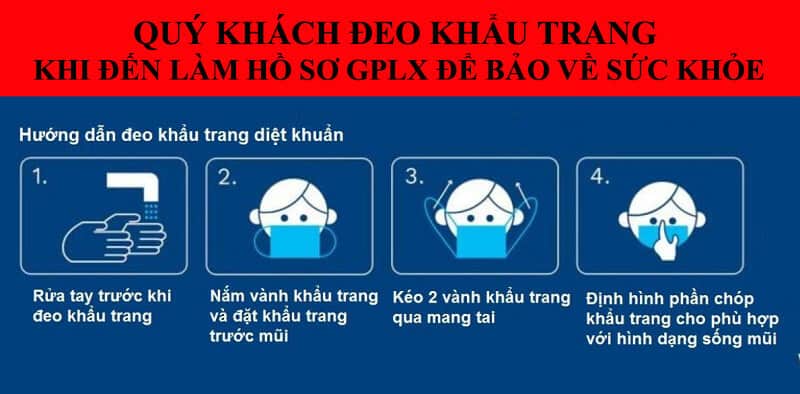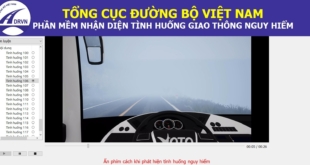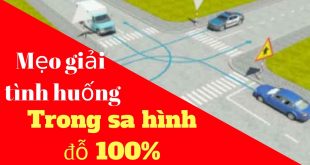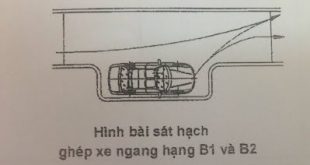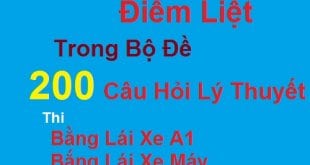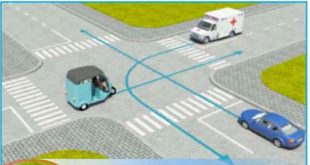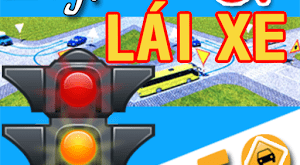As a prerequisite course for studying - taking the exam - obeying traffic laws when participating in the course Learn to drive a car in Ho Chi Minh City, easy to remember theoretical part 450 of these test questions Probably a concern of many of you when you are just starting out.
Note: It is expected that the Directorate of Roads will issue & apply set of 600 test questions enter the driving license test centers in August 8 (Applicable for exam courses from November 11).
The Latest 450 Question Papers For Theory Driving Test
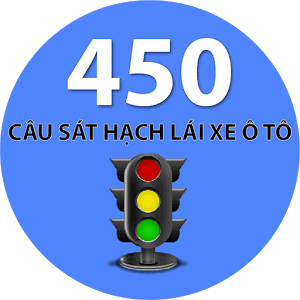
Questionnaire set by the training board of Ho Chi Minh City driving school compiled, in which notes are often wrong sentences, often clever ideas to deceive students hoping to bring accurate knowledge and a more intuitive way of learning for you.
In particular, the set of 450 questions for the driving test of cars of classes B1, B2, C, D, E, F helps you. learn to drive a car by yourself online without Download the software for the car driver's license exam Installation is laborious, troublesome, troublesome.
Study guide, remember the answer 450 car driving test questions in a simple way:
*How to watch:
– The correct answers will be bold (1 sentence may up to 2 answers are correct)
– Which sentences have meanings that need attention, or are there? Apply the driving license theory test tips will be colored for easy identification and learn quickly.
– This article limits complex effects for you to view easily both on computers and phones.
Question 1/ Is the act of delivering motor vehicles or special-use motorcycles to people who are not eligible to drive vehicles in traffic?
1- Not strictly prohibited.
2- Prohibited.
3- Prohibited on a case-by-case basis.
Question 2/ Are drivers of road vehicles with narcotic substances in their bodies prohibited?
1- Prohibited.
2- Not strictly prohibited.
Question 3/ Is driving a motor vehicle exceeding the prescribed speed limit, taking a road or passing a car in a prohibited manner?
1- Prohibited.
2- Prohibited on a case-by-case basis.
3- Not strictly prohibited.
Question 4/ Is the act of running away after causing an accident to evade responsibility or when there are conditions that intentionally do not help the person suffering from a traffic accident is strictly prohibited?
1- Not strictly prohibited.
2- Prohibited on a case-by-case basis.
3- Prohibited.
Question 5/ Is the practice of putting motor vehicles and special-use vehicles not up to technical safety standards and environmental protection into road traffic prohibited?
2- Prohibited.
3- Prohibited depending on the route.
4- Prohibited depending on vehicle type.
Question 6/ Are cars participating in road traffic required to have enough silencers and smoke reduction equipment?
1- Not required
2- Mandatory.
Question 7/ Overloaded, oversized vehicles need to comply with the regulations stated below?
1- Must be licensed by a competent road management agency and must take mandatory measures to protect roads and ensure traffic safety.
2- Vehicle owners and drivers only need to take measures to limit road damage.
3- To join traffic when necessary.
Question 8/ When backing up, what should the driver do to ensure safety?
2- Take advantage of the intersection where the road is wide enough to reverse.
3- You must look behind, have the necessary signal and only when it is not dangerous to reverse.
Question 9/ When stopping or parking at a permitted place on the street, the vehicle operator must comply with which of the following regulations?
3- All of the above ideas.
Question 10/ Which of the following conditions must be complied with when pulling a trailer when participating in traffic?
2- Must have a total weight equivalent to the total weight of the trailer or must have a braking system of the trailer.
11 / Which of the following rules must a road user obey?
2- Must go on the right in their own direction, stay in the correct lane and section of the road, and must obey the road signal system; If a car is equipped with a seat belt, the driver and the person sitting in the front row of the car must wear a seat belt.
Question 12/ On roads with many lanes for vehicles traveling in the same direction, which are separated by lane markings, how must drivers of vehicles run?
2- Vehicles must be allowed to travel in one lane and change lanes only where permitted; When changing lanes, there must be a warning signal and safety must be ensured.
3- The vehicle must be allowed to go in one lane, when changing lanes, there must be a warning signal, pay attention to observe to ensure safety.
Question 13/ At night, motor vehicles traveling in opposite directions meet, how must lights be used?
2- Must switch from high beam to low beam.
Question 14/ When there is a signal from the priority vehicle, what should people in traffic do?
2- Must speed up quickly, avoid the edge of the road to give way to convenient vehicles; prohibiting acts that obstruct the vehicle of choice.
3- Must slow down quickly, avoid or stop close to the right side of the road to give way; must not obstruct the vehicle with the right-of-way.
Question 15/ Can drivers of vehicles on the street stop or park their vehicles on tramways, on sewers, tunnels of telephone lines, high-voltage electricity, and a place reserved for fire trucks to collect water or not?
1- To stop and park the car in case of necessity.
2- Do not stop or park your car.
3- To stop and park the car.
4- Can stop the car.
Question 16/ Are drivers of two-wheelers, three-wheelers or mopeds allowed to use the vehicle to pull or push other vehicles and other objects when participating in traffic?
2- Depending on the case.
3- Not allowed.
2- Do not carry, carry.
3- Carrying, carrying but must ensure safety.
Question 18/ Is it allowed to have market meetings, illegal gatherings of people, and grazing animals on the road?
2- Allowed.
3- Allowed in some specific cases.
Question 19/ When driving a vehicle on a roundabout, at the top of a slope and in locations with limited visibility, how should the driver want to overtake another vehicle?
2- Do not pass.
3- If there is no vehicle going in the opposite direction and the road is wide enough, the vehicle can be overtaken but must ensure safety.
Question 20/ What should a driver do when making a U-turn on a bridge, under an overpass, an underground road or an area where the road intersects at the same level as the railway?
2- Take advantage of the large space and must have a signal behind the vehicle to ensure safety.
3- Take advantage of the large turnable space to turn the vehicle around safely.
Question 20/ What should a driver do when making a U-turn on a bridge, under an overpass, an underground road or an area where the road intersects at the same level as the railway?
2- Take advantage of the large space and must have a signal behind the vehicle to ensure safety.
3- Take advantage of the large turnable space to turn the vehicle around safely.
Question 22/ When meeting a convoy, a hearse or a group of people organized in teams, how should the driver handle it?
2- Do not cut through the convoy of people or convoys.
3- Signaling slowly for vehicles to pass to ensure safety.
Question 23/ Are dangerous goods, goods with stench or animals and other goods affecting the health of passengers being transported on passenger cars?
2- Do not carry.
Question 24/ Holders of class . driver's licenses FE What kind of cars can you drive?
2- Vehicles specified in Class E driving licenses with trailers, semi-trailers and allowed to operate vehicles: passenger cars connected to wagons and vehicles specified for driving licenses vehicles of class B1, B2, c, D, FB2, FD.
3- All vehicles mentioned above.
Question 25/ What types of vehicles can holders of FC class driving licenses drive?
2- Vehicles specified in the Class C driving license with trailers, semi-trailer tractors and allowed to operate the vehicles specified for the B1, B2, C and FB2 driving licenses. .
3- Two-wheeled motorcycles, vehicles specified in the Class C driving license with towing trailers, semi-trailer tractors and allowed to operate vehicles specified for B1, B2 class driving licenses , c and FB2.
4- All vehicles mentioned above.
Question 26/ How many years is the service life of passenger cars with over 9 seats (starting from the year of manufacture)?
2-20 years
3-25 years
Question 27/ How many years is the useful life of a truck (starting from the year of manufacture)?
2-20 years
3-25 years
Question 28/ How old is a person or older to operate a two-wheeled motorcycle or a three-wheeled motorcycle with a capacity magnetic cylinder 50 cm3 or more and vehicles of similar structure; trucks and tractors with a tonnage of less than 3,5 tons; Cars carrying people up to 9 seats?
2-18 years old.
3-17 years old.
Question 29/ How old is a person or older to operate a truck or tractor with a tonnage of 3,5 tons or more; Class B2 trailers (FB2)?
2-21 years old.
3-20 years old.
Question 30/ How old must the driver of a passenger car with 10 to 30 seats (class D) be, or a driver of a class C vehicle pulling a trailer (FC)?
2-24 years old.
3-22 years old.
Question 31/ How old must the driver of a passenger car with over 30 seats (Class E) or a driver of a Class D vehicle pulling a trailer (FD) be at least enough years old?
2-24 years old.
3-27 years old.
Question 32/ What is the maximum age of the driver of a passenger car with over 30 seats (class E)?
1- 55 years old for men and 50 years old for women.
2- 55 years old for men and women.
3- 60 years old for men and 55 years old for women.
Question 33/ Persons full 16 years old can drive which of the following vehicles?
1- 2-wheel motorcycles with a capacity of 50 cm3 or more.
2- Motorcycles with a capacity of 50 cm3 or less.
3- Trucks under 3,5 tons; passenger car with up to 9 seats.
4- All of the above ideas.
Question 34/ What type of vehicle can a holder of a Class B2 driving license drive?
1- Cars carrying people with more than 9 seats; truck; tractors with a tonnage of more than 3,5 tons.
2- Cars carrying people up to 9 seats; truck; tractors with a tonnage of less than 3,5 tons.
3- Cars carrying people from 10 to 30 seats; truck; tractors with a tonnage of more than 3,5 tons.
Question 35/ What type of vehicle can a holder of a Class C driver's license drive?
1- Cars carrying people with more than 9 seats; truck; tractors with a tonnage of more than 3,5 tons.
2- Cars carrying people from 10 to 30 seats; truck; tractors with a tonnage of more than 3,5 tons.
3- Cars carrying people up to 9 seats; truck; tractors with a tonnage of more than 3,5 tons.
Question 36/ Drivers of cars, tractors, and special-use motorcycles on the road with a blood or breath alcohol concentration exceeding how much is prohibited?
1- Drivers of special-use cars, tractors or motorbikes on the road with an alcohol concentration exceeding 50 milligrams per 100 milliliters of blood or 0,25 milligrams per 1 liter of breathing air.
2- Persons operating special-use cars, tractors or motorbikes on the road with alcohol content in their blood or breath.
3- Drivers of special-use cars, tractors or motorbikes on the road with an alcohol concentration exceeding 80 milligrams per 100 milliliters of blood or 40 milligrams per 1 liter of breathing air.
Question 37/ The driver of the car motorcycleMotorcycles on the road with a blood alcohol concentration in excess of how much is prohibited?
1- Alcohol concentration exceeds 50 milligrams per 100 milliliters of blood.
2- Alcohol concentration exceeds 40 milligrams per 100 milliliters of blood.
3- Alcohol concentration exceeds 30 milligrams per 100 milliliters of blood.
Question 38/ It is prohibited for drivers of motorcycles and mopeds on the road to have an excess of alcohol in their breath?
1- The alcohol concentration exceeds 0,25 milligrams per 1 liter of breathing air.
2- The alcohol concentration exceeds 0,20 milligrams per 1 liter of breathing air.
3- The alcohol concentration exceeds 0,15 milligrams per 1 liter of breathing air.
Question 39/ At the intersection, when the traffic controller gives a signal hand raised upright To signal, how should road users go?
1- People in traffic in front of and behind the traffic conductor must stop; Road users on the right and left side of the driver can go.
2- People in traffic in all directions must stop.
3- All of the above cases.
Question 40/ At the intersection, when the traffic controller gives the signal by right hand raised forward To signal, how should road users go?
1- People in traffic behind the operator must stop; the person in front of the operator is allowed to turn left; the person on the left side of the operator is allowed to turn left; Pedestrians crossing the street must stop behind the traffic conductor.
2- People in traffic behind and to the right of the operator must stop; the person in front of the operator is allowed to turn right; the person on the left side who directs traffic is allowed to go in all directions; Pedestrians crossing the street must go behind the traffic conductor.
Question 41/ At the intersection, when the traffic controller gives the signal by two hands Or a hand outstretched to signal, how should road users go according to traffic rules?
1- People in traffic in front of and behind the traffic conductor must stop; Road users on the right and left side of the driver can go.
2- People in traffic in front and behind the traffic conductor may go straight; Road users on the right and left side of the road, the operator can go straight and turn right.
Question 42/ On a traffic road, when a traffic conductor's signal is contrary to the signal of a light or signboard, which signal must road users obey?
1- Signal of the traffic controller.
2- Signals of traffic control lights.
3- Signals of road signs.
Question 43/ When detecting the act of falsely declaring the loss or erasure or falsification of information on the driver's license; using a driver's license or exchanging a fake driving record; have deliberately cheated to change, renew or re-issue a driver's license, in addition to being issued a decision to revoke the driver's license and original documents by the driver's license management agency, they are also responsible for Before the law, the driver is not licensed to drive for how many years?
1- 05 years.
2- 03 years.
3- 02 years.
Question 44/ What should a driver do when driving off the highway?
1- It is necessary to gradually change to the right lane, if there is a deceleration lane, let the vehicle run in that lane before leaving the expressway.
2- Immediately change to the right lanes. If there is a deceleration lane, the vehicle must run in that lane before leaving the expressway.
Question 45/ How is the concept of "highway" understood?
1- As a road for motor vehicles, there is a divider separating the road for two-way vehicles; do not intersect at the same level with one or the other lines; fully equipped with service equipment, ensuring continuous and safe traffic, shortening journey time and Only allow vehicles to enter and exit at certain points.
2- Is a road only for motor vehicles running at high speed, with a divider separating the road for vehicles traveling in opposite directions. do not intersect at the same level with other roads; fully arrange equipment to ensure traffic, safety and shorten journey time.
Question 46/ When driving a car on the highway, what are the things? do not allow?
1- Let the vehicle run in the emergency stop lane and the curb; turn the vehicle around, reverse the vehicle; allow the vehicle to exceed the maximum speed and below the minimum speed indicated on the sign, paint on the road surface.
2 – Drive the vehicle over the minimum speed and below the maximum speed indicated on the sign, paint on the road surface.
3 – Stop and park the car at the specified place.
Question 47/ Which of the following cases are not allowed to enter the expressway, except for people, vehicles and equipment serving the management and maintenance of the expressway?
1 – Pedestrians, rudimentary vehicles, motorbikes and cars.
2 – Motorcycles and special-use motorcycles with a design speed of less than 70km/h.
3 – Pedestrians, rudimentary vehicles, mopeds, mopeds and special-use motorcycles with a design speed of less than 70km/h.
Question 48/ On the highway, how should the driver stop and park?
1- Do not stop, park or only stop or park on wide roads. If stopping or parking on narrow roads, there must be a signal for other drivers to know.
2 – Only stop and park the vehicle at the specified place, in case of forced stopping or parking at the wrong place, the driver must take the car out of the roadway, if it is not possible, he must give a signal. let other drivers know.
3 – Only stopping or parking on wide roads; In case of stopping or parking at a narrow road, there must be a signal for other drivers to know to ensure safety.
Question 49/ On the highway, how does the driver handle when exceeding the exit of the road to turn?
1 – Turn, drive on the right curb and turn off the highway.
2 – Back to the right side of the road and turn off the highway.
3 – Continue running to the next exit.
Question 50/ What should the driver do when driving the car on the highway?
1 – Must have signal to enter and must give way to vehicles running on the road; when it is safe for the vehicle to merge into the traffic in the lane adjacent to the outer edge.
2 – There must be a signal and speed up onto the highway.
3 – If there is an acceleration lane, the vehicle must be driven in that lane before entering the expressway lane.
Question 51/ What specialized symbols indicate that goods transported must be protected from sunlight?
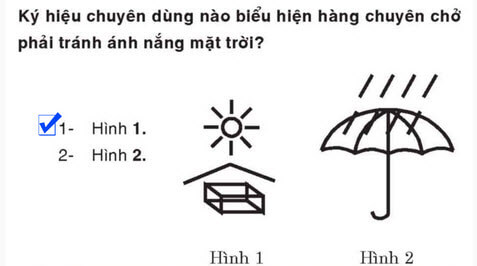
Question 52/ Which of the following goods symbols are anti-rain?
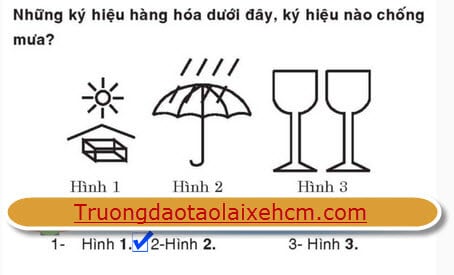
Question 53/ Which of the following figures shows that fragile goods must be handled with care?
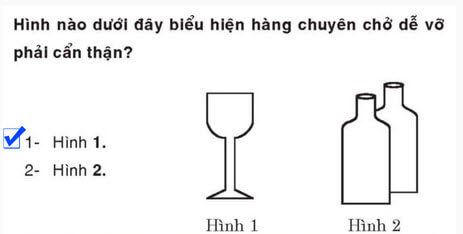
Question 54/ Which of the following figures shows that the cargo is liquid?
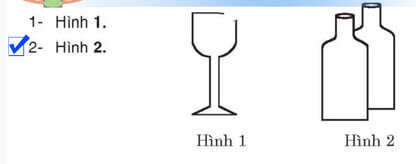
Question 55/ Which of the following figures requires the rows to be lined up vertically?
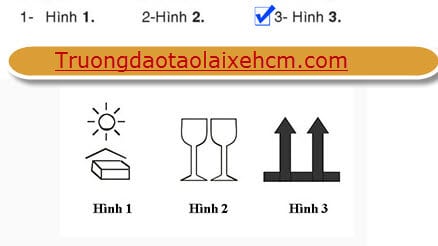
Question 56/ When the car engine has started, the instrument panel appears with a symbol as shown below, indicating what condition the car is in?
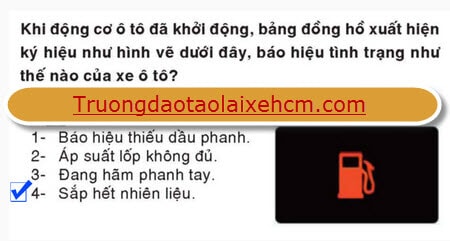
Question 57/ When the car engine has started, the instrument panel appears with a symbol as shown below, indicating what condition the car is in?
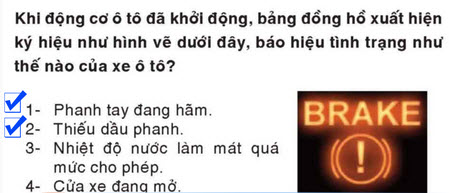
Question 58/ When the car engine has started, the instrument panel appears with a symbol as shown below, indicating what condition the car is in?
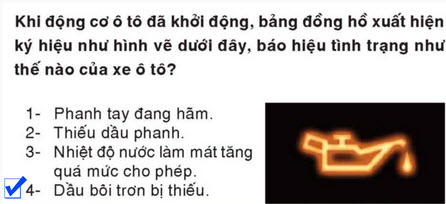
Question 59/ When the car engine has started, the instrument panel appears with a symbol as shown below, indicating what condition the car is in?
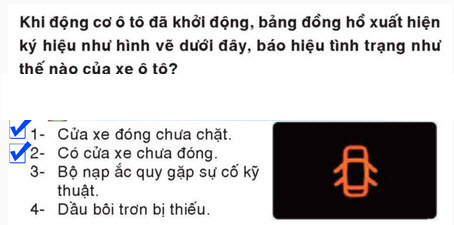
Question 60/ When the car engine has started, the instrument panel appears with a symbol as shown below, indicating what condition the car is in?
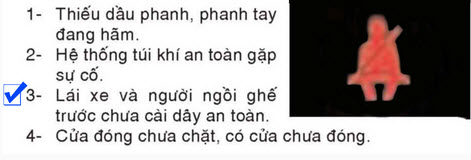
Question 61/ Tractors, agricultural vehicles, autorickshaws, mopeds, motor cyclos, motorbikes three floors What is the maximum speed allowed for motorbikes, special-use motorbikes and similar vehicles (types currently allowed to operate) in traffic?
1- 60km/h
2- 50km/h
3- 40km/h
4- 30km/h
Verse 62/ On the road in a densely populated area, car two-wheeled motorcycles, mopeds What is the maximum speed allowed in traffic?
1- 60km/h
2- 50km/h
3- 40km/h
4- 30km/h
Verse 63/ On the road in a densely populated areaWhat type of vehicle joins traffic with a maximum allowed speed of 40km/h?
1- Cars carrying people with over 30 seats, trucks with a tonnage of 3500 kg or more, semi-trailers, cars towing trailers, cars towing other vehicles, special-use cars, motorcycles and mopeds.
2- Cars carrying people up to 30 seats, trucks with a tonnage of less than 3500 kg
3- Tractors, agricultural vehicles, rickshaws, mopeds, motor cyclos, motor tricycles, special-use motorcycles and similar vehicles (which are currently licensed for operation).
Question 64/ On the road in a densely populated area, what type of motor vehicle can join the traffic with the maximum allowed speed? 50km/h?
1- Cars carrying people with over 30 seats, trucks with a tonnage of 3500 kg or more, semi-trailers, cars towing trailers, cars towing other vehicles, special-use cars, motorcycles and mopeds.
2- Tractors, agricultural vehicles, rickshaws, mopeds, motor cyclos, motor tricycles, special-use motorcycles and similar vehicles (which are currently licensed for operation).
3- Cars carrying people up to 30 seats, trucks with a tonnage of less than 3500 kg.
4- All of the above ideas.
Question 65/ On a road outside a densely populated area, what type of vehicle can join the traffic with the maximum allowed speed? 50km/h?
1- Cars carrying people up to 30 seats (except for buses), trucks with a tonnage of less than 3500 kg.
2- Cars carrying people with over 30 seats (except for buses), and trucks with a tonnage of 3500 kg or more.
3- Cars towing trailers, cars towing other vehicles, and motorcycles.
4- Buses, semi-trailers, special-use cars, and motorcycles.
Question 66/ On a road outside a densely populated area, what type of vehicle can join the traffic with the maximum allowed speed? 60 km/h?
1- Cars carrying people up to 30 seats (except for buses), trucks with a tonnage of less than 3500 kg.
2- Cars carrying people with over 30 seats (except for buses), trucks with a tonnage of 3500 kg or more.
3- Cars towing trailers, cars towing other vehicles, and motorcycles.
4- Buses, semi-trailers, special-use cars.
Question 67/ On a road outside a densely populated area, what type of vehicle can join the traffic with the maximum allowed speed? 70km/h?
1- Cars carrying people up to 30 seats (except for buses), trucks with a tonnage of less than 3500 kg.
2- Cars carrying people with over 30 seats (except for buses), trucks with a tonnage of 3500kg or more.
3- Buses, semi-trailers, special-use cars, and motorcycles.
Question 68/ On a road outside a densely populated area, what type of vehicle can join the traffic with the maximum allowed speed? 80 km/h?
1- Cars carrying people up to 30 seats (except for buses), trucks with a tonnage of less than 3500 kg.
2- Buses, semi-trailers, special-use cars, and motorcycles.
3- Cars carrying people with over 30 seats (except for buses), trucks with a tonnage of 3500 kg or more.
4- Cars towing trailers, cars towing other vehicles, and motorcycles.
69/ On highways, except when merging and separating lanes, provided that the road surface is dry, motor vehicles are traveling at a speed of up to 60 km/h, the driver must maintain a safe distance from the oncoming vehicle. What is the minimum forward run?
1-30m.
2-40m.
3- 50m
4-60m.
Question 70/ On a highway, unless merging and separating lanes, provided that the road surface is dry, motor vehicles are traveling at a speed of over 60 km/h to 80 km/h, the driver must maintain a distance What is the minimum safe distance from the vehicle ahead?
1-40m.
2-50m.
3-60m.
4-70m.
Question 71/ On a highway, unless merging and separating lanes, provided that the road surface is dry, motor vehicles are traveling at a speed of over 80 km/h to 100 km/h, the driver must maintain a distance What is the minimum safe distance from the vehicle ahead?
1-50m.
2-60m.
3-70m.
4-80m.
Question 72/ On a highway, unless merging and separating lanes, provided that the road surface is dry, motor vehicles are traveling at a speed of over 100 km/h to 120 km/h, the driver must maintain a distance What is the minimum safe distance from the vehicle ahead?
1-60m.
2-70m.
3-80m.
4-90m.
Question 73/What are the types of medians on roads?
1- Fixed type.
2- Portable type.
Question 74/“Vehicles participating in road traffic” What types are included?
1- Road motor vehicle.
2- Rugged road vehicles and special-use motorbikes.
Verse 75/“People” participation What are the subjects of road traffic?
1- Drivers and users of vehicles participating in road traffic.
2- Person who controls and leads animals; pedestrians on the road.
Question 76/"The driver means participation traffic" Which objects are included?
1- Motor vehicle operator, rudimentary vehicle operator
2- Drivers of special-use motorbikes participating in road traffic.
Question 77/ Behaviors Which of the following is strictly prohibited?
1- Vandalizing roads, bridges, hotbeds, road ferries, destroying signal lights, traffic posts, signboards, bridge mirrors, medians.
2- Destroying the drainage system and other works and equipment belonging to the road traffic infrastructure.
Question 78/ Behaviors Which of the following is strictly prohibited?
1- Racing, cheering for racing, organizing illegal racing.
2- Wandering around, hitting hammock.
Verse 79/ The behavior Which of the following is prohibited?
1- honking, whistling continuously, honking the horn during the period from 22pm to 5am.
2- Sound the air horn, use high beams in urban areas and residential areas, except for priority vehicles while on duty.
Verse 80/ The behavior Which of the following is prohibited?
1- Installing and using horns and lights not in accordance with the manufacturer's design for each type of motor vehicle.
2- Using audio equipment to disrupt traffic safety and public order.
Question 81/ In road transport activities, the behavior Which of the following is prohibited?
1- Transporting prohibited goods.
2- Illegally transporting or failing to fully comply with regulations on transportation of dangerous goods and wild animals.
Question 82/ In passenger transport activities, the behavior Which of the following is prohibited?
1- Threatening, insulting, competing, and manipulating passengers; forcing passengers to use the service unintentionally.
2- Conveying, unloading passengers or other acts to evade detection of overloaded vehicles, exceeding the specified number of people.
Question 83/ When a traffic accident occurs, the behavior Which of the following is strictly prohibited?
1- Infringing upon the life, health and property of the traffic accident victim; infringing on the life, health and property of the person causing the traffic accident.
2- Taking advantage of traffic accidents to assault, threaten, instigate, pressure, disrupt order, obstruct the handling of traffic accidents.
Question 84/ Drivers are not allowed to pass other vehicles when they encounter any of the following situations?
1- On a narrow bridge there is one lane; where the road intersects, the road intersects at the same level as the railway.
2- Weather or road conditions are not safe for overtaking; The priority vehicle is broadcasting a priority signal on duty.
Question 85/ What are the groups of road signs, meaning of each group?
1- Group of prohibition signs to indicate prohibitions; group of danger signs to warn of potentially dangerous situations. Group of command signs to signal the orders to be executed,
2- Group of signposts to show directions or things to know, group of auxiliary signs for additional explanations of prohibited signs, danger signs, command signs and direction signs.
Question 86/ When passing another vehicle, what should the driver do?
1- Must signal by lights or whistles; in urban areas and densely populated places from 22 pm to 05 am only signaled for overtaking by lights.
2- Vehicles applying to overtake may only pass when there are no obstacles in front, there are no vehicles traveling in the opposite direction in the section of the road to overtake, the vehicle ahead has not signaled other vehicles to overtake and has avoided to the right.
Question 87/ What should a vehicle driver do when he wants to stop or park his car on the road?
1- There is a signal to warn other vehicle drivers.
2- Allow the vehicle to stop and park at the place where the parking stops and stops have been built; where there is a wide roadside or an area of land outside the driveway; in case the roadside is narrow or there is no curb, the vehicle must stop and park close to the right edge of the road in the direction of travel.
Question 88/ In what cases are drivers of two-wheelers and mopeds allowed to carry a maximum of 2 people?
1- Transport the patient to the emergency room; children under 14 years old.
2- Escorting people who commit illegal acts.
Question 89/ What are the responsibilities of the people present at the place of the traffic accident?
1- Protect the scene, help and timely rescue the victim, protect the property of the victim.
2- Immediately notify the nearest police station, health department or people's committee; provide authentic information about the accident at the request of the competent authority.
Question 90/ What is the responsibility of the person who discovers that the road works are damaged or invaded or that the road safety corridor is encroached on?
1- Promptly notify the nearest People's Committee, road management agency or police agency for handling.
2- In case of necessity, there must be measures to immediately signal to traffic participants.
Question 91/ When learning to drive a car, what conditions must the person and the practice car meet?
1- Learners must practice driving on a practice car and have a teacher sponsor the steering wheel.
2- The driving practice vehicle must have a valid certificate of technical safety and environmental protection, have a valid auxiliary brake system, and the body of the vehicle must have a sun and rain cover and a sturdy seat for the driver. students sit, the name of the training institution is drawn on the vehicle according to regulations; have a valid driving license issued by a competent authority; pay road use fees according to regulations.
Question 92/ The business of passenger transport by car includes which of the following types?
1- Following a fixed route with defined departure and arrival stations with certain schedules and itineraries; under a contract not following a fixed route performed under a contract of carriage; Transport tourists according to routes, programs and tourist destinations.
2- By bus on a fixed route with stops for pick-up and drop-off and vehicles running according to the operating chart according to certain distances and operating ranges; By taxi with the schedule and itineraries at the request of the customer, the fee is calculated according to the meter.
Question 93/ Which of the following regulations must the carrier and passenger driver comply with?
1- Pick up and drop off passengers at the specified places, do not carry passengers on the roof, in the luggage compartment or let them hang around outside the vehicle; Do not carry dangerous goods, goods with stench or animals and other goods that affect the health of passengers.
2- Do not carry passengers, luggage or goods exceeding the prescribed weight and number of people; do not leave goods in the passenger compartment; Take measures to keep the car clean.
Question 94/ What are the obligations of a freight forwarder as specified below?
1- Provide the right vehicle of the right type, time and place and deliver the goods to the consignee as agreed in the contract; instructions for loading and unloading goods on vehicles.
2- To compensate the transport hirer for damage caused by the loss or damage of goods occurring in the course of transportation from the time of receipt of goods to the time of delivery, except for cases of exemption from compensation for damage as prescribed by law; compensate for damage caused by employees or representatives while performing the work assigned by the transport dealer; take responsibility for the consequences that the employee; caused by the representative's performance of the request of the transport dealer in contravention of the provisions of law.
95/ What are the obligations of the freight charterer as specified below?
1. Prepare all legal papers on goods before delivering the goods to the transport dealer; pack the goods properly, write the symbols and codes of goods fully and clearly; deliver the goods to the transport dealer at the time, place and other contents stated in the consignment note.
2. Make full payment of freight, transportation charges and expenses incurred by the transport dealer; appointing escorts for goods during transportation for goods requiring escorts.
96/ What are the obligations of the consignee listed below?
1- Receive the goods at the agreed time and place.
2 – Present the shipping papers and identification documents to the transport dealer before receiving the goods; pay the costs incurred due to late receipt of goods.
97/ Environmental sanitation vehicles, cars carrying waste and loose materials when transporting in urban areas must comply with the following regulations?
1- Must be covered so as not to drop or scatter on the street; In case of dropping or spilling, the carrier must be responsible for cleaning up immediately.
2- Only transport activities during the appropriate time of the day.
98/ The basic ethics of each person and driver are shown in the following points?
1- Honesty and principledness; humility and courage.
2- Love of labor and love of people.
99/ What are some beauties about the moral tradition of every Vietnamese person according to President Ho Chi Minh's thought?
1- To be frugal: Being an industrious and industrious worker; working with a plan, being creative and highly productive, with the spirit of self-reliance, not being lazy, not relying on, not relying on; save labor, save time, save money of the people, the country, and yourself, without wasting, not indiscriminately, without ostentatious appearance.
2- Integrity: Is not embezzled and always respects and preserves public and people's property; upright, not evil, righteous, righteous, doing right even if small, doing wrong even small is avoided.
100/ How is the concept of professional ethics of transport business drivers understood?
1- Always remember and follow Uncle's teachings: "Love cars like children, love gasoline like blood"; master the provisions of the law, strictly abide by the road traffic law, drive safely; consciously organize discipline, abide by the rules and regulations on building the unit where they work; have a spirit of cooperation and help colleagues; conscious of environmental protection; always cultivate themselves, have a healthy lifestyle, industrial style.
2- For passengers must respect, cordial, help; for the customer must be responsible, cooperate and fully perform the contract of transport; for road users must respect and protect.
100/ How is the concept of professional ethics of transport business drivers understood?
1- Always remember and follow Uncle's teachings: "Love cars like children, love gasoline like blood"; master the provisions of the law, strictly abide by the road traffic law, drive safely; consciously organize discipline, abide by the rules and regulations on building the unit where they work; have a spirit of cooperation and help colleagues; conscious of environmental protection; always cultivate themselves, have a healthy lifestyle, industrial style.
2- For passengers must respect, cordial, help; for the customer must be responsible, cooperate and fully perform the contract of transport; for road users must respect and protect.
102/ What are the basic responsibilities of organizations in managing, educating and improving the professional ethics of drivers?
1- Popular propaganda the provisions of the law, especially the provisions of the Law on Road Traffic, the management documents on transport for drivers to know and implement; regularly check and supervise the driver's implementation of the rules and regulations of the unit.
2- Understanding psychology, aspirations drivers, encourage them in difficult times, fully comply with the provisions of the law on workers' rights, pay attention to their material and spiritual lives, have a strict reward and punishment regime. help them complete the task.
103/ Drivers of passenger cars and buses need to perform what tasks listed below?
1- Always have a sense of organization, discipline, strictly follow the assigned driving chart; comply with the itinerary and schedule, pick up and drop off passengers at the specified place, operate the vehicle in accordance with the technical process to ensure the safety of people and vehicles with a high sense of responsibility.
2- Help passengers while riding, especially people with disabilities, the elderly, children and pregnant women with small children; Respect and be responsible for customers.
104/ What are the duties of a cargo truck driver listed below?
1- Strictly implement the contents of the contract between the vehicle owner and the goods owner in the transportation and preservation of goods during transportation; do not carry prohibited goods, do not load goods beyond the vehicle's weight, exceed the allowable load of bridges and roads.
2- When transporting oversized, overloaded, dangerous goods, extra-long and super-heavy goods must be licensed, must respect and Strictly follow the rules on the transportation of oversized, overloaded, oversized, super-heavy and dangerous goods.
105/ What tasks should a transport business driver do as listed below in order to regularly practice to improve professional ethics?
1- Must love the car, manage and use the vehicle well; regular maintenance of the vehicle; practice saving materials and fuel; Always cultivate yourself, have a healthy lifestyle, and work in an industrial manner.
2- Keep abreast of the provisions of the law, voluntarily obey the law, drive safely; consider passengers as relatives and reliable partners; consciously organizing discipline and building a strong business; have a spirit of cooperation, support and help colleagues.
106/ In addition to the qualities of a new socialist man, what professional ethical qualities should a driver have as listed below?
1- Organizational, disciplined, law-abiding; industrial working style, helping people.
2- Working independently and having the spirit to overcome difficulties.
107/ What are the responsibilities of the driver and the service staff on the passenger car according to the regulations listed below?
1- Check the vehicle's safety conditions before departure; have a civilized and polite attitude, guide passengers to sit in the right places; check the arrangement, tie the luggage, ensure safety.
2- Take measures to protect the life, health and property of passengers riding, maintain order and hygiene in the vehicle; Close the car's doors before and while the vehicle is running.
108/ How is the concept of traffic culture understood?
1- Being the understanding and strict observance of traffic laws; sense of responsibility to the community when participating in traffic.
2- Being a cultured behavior, with love for people in unfortunate situations when participating in traffic.
109/ In the following acts, which conditions must a driver with traffic culture meet?
1- Having a habit of obeying road traffic rules; give way to pedestrians, the elderly, children and people with disabilities.
2- Have a peaceful, civilized and polite behavior when a traffic collision occurs.
110/ People with traffic culture must ensure when operating a motor vehicle participating in road traffic, what conditions must be met?
1- Having a driver's license suitable for the type of vehicle allowed to drive; motor vehicles ensure the regulations on quality, technical safety and environmental protection.
2- Having a valid certificate of civil liability insurance of the motor vehicle owner; pay road use fees according to regulations.
111/ When a traffic accident occurs, the driver and the person present at the scene of the accident must perform the following tasks?
1- Place warning signs or signaling objects in front and behind the accident scene to warn; Check for the possibility of a fire due to a fuel leak.
2- Protect the accident scene and give first aid to the injured.
112/ When giving first aid to a person in a road traffic accident who is no longer breathing, what tasks must the driver and people present at the scene of the accident do?
1- Place the victim in a supine position and open the victim's airway.
2- Implement measures of artificial respiration; perform heart massage.
113/ When operating a vehicle through the railway, the driver needs to perform which of the following operations?
1- Stop the vehicle temporarily when there is an alarm or the barrier has been lowered.
2- Pull the handbrake if the road is steep or you have to wait a long time; In low gear, increase throttle slightly to avoid engine stalling.
114/ Which of the following regulations on quality, technical safety and environmental protection must be met by cars participating in road traffic?
1- Windshield, door glass must be safety glass, ensure visibility for the driver, have sufficient braking system and effective navigation system, the car's steering wheel is on the left side of the vehicle, have a horn with a volume in accordance with technical regulations.
2- There are enough lights near and far, license plate lights, brake lights, signal lights, have enough silencers, reduce smoke, structures must be durable and ensure stable operation.
115/ Please state technical safety requirements for wheels fitted to cars?
1- Enough quantity, enough pressure, the correct tire size of the manufacturer or the specified specification, the tire on both sides of the guide wheel has the same tread pattern, the tread height is uniform, no backfill tires are used, the tire does not wear leading to wear indicator marks. of the manufacturer, without cracking, blistering to expose the screen yarn.
2- Rims, rim discs are of the right type, no cracks, warping, wheels turning smoothly, not jamming or rubbing against other parts, hubs are not loose, installed firmly, have enough clamping details and prevent looseness.
116/ What is the purpose of regular maintenance for cars?
1- Regular car maintenance makes cars always have good technical features, reducing the intensity of wear and tear of details.
2- Prevention and timely detection of technical damage and deviations to overcome and preserve the appearance.
117/ Please state the technical requirements for car wipers?
1- Sufficient quantity, firm installation, normal operation.
2- The blade is not too worn, the scanning area ensures the driver's vision.
118/ How is the concept of “road” understood?
Roads include:
1- Roads, road bridges.
2- Road tunnels, road ferry terminals.
3- Roads, road bridges, road tunnels, road ferry terminals and other ancillary works.
119/ How is the concept of “road works” understood?
1- Road, parking places, parking on the road, signal lights, signboards, road markings, marker posts.
2- Barriers, traffic islands, medians, kilometer columns, walls, embankments, drainage systems, vehicle tonnage inspection stations, toll stations and other auxiliary works and equipment.
3- Roads, places to stop and park cars in areas of railway stations, airports.
120/ When towing vehicles and trailers, what behaviors are not allowed?
1- Towing trailers, semi-trailers towing more trailers or other vehicles.
2- Carrying people on towed vehicles; towing rudimentary vehicles, mopeds and mopeds.
3- Transporting goods on trailers or semi-trailers.
121/ When operating a two-wheeler, three-wheeler, and moped, what behaviors? unauthorized?
1- Let go of both hands or ride on one wheel in the case of a two-wheeler, or on two wheels in the case of a three-wheeler; exceed the specified speed.
2- Use the vehicle to pull and push other vehicles, other objects and carrying bulky objects; let your foot strike the ground and other acts that cause disorderly traffic safety.
3- Run at the prescribed speed and obey the rules of road traffic.
122/ In what cases can the following vehicle pass to the right of another vehicle moving in front?
1- When the vehicle ahead has signal to turn left or is turning left; when the tram is running in the middle of the road.
2- When a special-use vehicle is working on the road but cannot pass on the left.
3- When there is enough space to pass the vehicle.
123/ In what cases are cargo trucks with fixed containers to ensure traffic safety allowed to carry people?
1- Carrying people on duty preventing and fighting natural disasters or performing urgent tasks; transport officers and soldiers of the people's armed forces on duty; transport the victim to the emergency room.
2- Transporting maintenance workers Road; transport people to practice driving on a practice car; carrying people marching in groups; release people from dangerous areas or in case of emergency as prescribed by law.
3- It is allowed to carry people but must ensure safety.
124/ When crossing a ferry or a pontoon bridge, what should the driver do to ensure safety?
1-To the ferry terminal, pontoon bridge of all kinds of vehicles have to line up orderly, in the right place, without obstructing traffic; getting off the ferry, being on the ferry, and when disembarking, everyone has to get off the bus, except for motor vehicle drivers, the sick, the elderly and the disabled.
2- Motor vehicles must get off the ferry first, rudimentary vehicles, pedestrians disembark after the ferry; When disembarking, pedestrians go first, vehicles follow the instructions of the traffic controller.
3- Motor vehicles must get off the ferry after, rudimentary vehicles and pedestrians get off the ferry first.
125/ What is the correct traffic rule for a car towing another vehicle?
1- Being towed with a car or other special-use vehicles when this vehicle cannot run on its own and must ensure safety; The towed vehicle must have an operator and the vehicle's steering system must be in effect.
2- The connection of the trailer to the towed vehicle must be secure, safe; In case the braking system of the towed vehicle is no longer effective, the towing vehicle must connected by hard connecting rod.
3- Towing more other vehicles but must be sure and safe; In case the braking system of the towed vehicle is no longer effective, the towing vehicles must be connected by a cable of suitable length.
126/ Drivers of two-wheeled motorcycles, three-wheeled motorcycles, mopeds is not done Which of the following behaviors?
1- Ride in a horizontal row.
2- Ride onto the pedestrian crossing and other means; use umbrellas, cell phones, audio devices (except hearing aids).
3- Transport the patient to the emergency room; Children under 14 years old, escorting people who commit illegal acts
127/ What are the vehicle drivers and those directly involved in the accident?
1- Immediately stop the vehicle; keep the scene; give first aid to victims and must be present at the request of competent agencies; provide authentic information about the accident to the competent authority.
2- Stay at the accident site until police officers arrive, unless the driver of the vehicle is also injured and must be taken to the emergency room, or the victim must be taken to the emergency room or because of a life-threatening reason, but must immediately report it to the nearest police station. Best.
3- Leaving the scene where the traffic accident occurred.
128/ Under what circumstances must a driver slow down to a level that is not dangerous (can be stopped safely)?
1- When there is a speed limit sign or there are obstacles in the way; when visibility is limited; when crossing the intersection, where the road intersects with the railway, roundabout, rough, slippery, dusty road.
2- When crossing the bridge, the culvert is narrow; when approaching the top of the slope, when going downhill, when going through schools, crowded places, densely populated places, with houses near the road.
3- When driving a vehicle overtaking another vehicle on a highway.
129/ In the following cases, to ensure safety when participating in traffic, motorcyclists need to do how?
1- Must wear properly fastened helmets, neatly dressed.
2- Do not use umbrellas, cell phones, audio devices (except hearing aids).
3- Let go of both hands or ride on one wheel.
4- All of the above ideas.
130/ What rights does the consignee have as stated below?
1- Receive and check goods received by shipping or other equivalent document; request the transport business to pay the costs incurred due to late delivery of goods.
2-Request or notify the transport charterer to request the transport dealer compensation for damage caused by loss, damage goods, request inspection of goods when necessary.
3- Receiving goods without a shipping document or other equivalent document.
131/ In urban areas, drivers of buses, passenger taxis, truck taxis and freight cars must comply with the following regulations?
1- Bus drivers must run on the right route, on schedule and stop at the right place; Cargo drivers must operate on the correct route, range and time specified for each type of vehicle.
2- Passenger taxi driver, truck taxi driver pick up and drop off passengers and goods as agreed between passengers, shippers and drivers, but must Obey traffic safety regulations.
3- Passenger taxi drivers and truck taxi drivers are only allowed to pick up and drop off passengers and goods at bus stops or parking.
132/ In the following behaviors, which conditions must a cultured driver meet when participating in traffic?
1- Be responsible to yourself and to the community; respect and concede to others.
2- Dedicated to helping traffic participants in trouble; help people with disabilities, children and the elderly.
3- There is no need for the above two conditions.
133/ When avoiding each other on a narrow road, what points should drivers pay attention to?
1- Do not try to enter the narrow road; vehicles going on the mountain side should stop first to give way; When stopping to give way, you must park neatly.
2-While avoiding each other should not change numbers; when avoiding each other at night, yes Turn off the headlights and turn on the low beams.
3- When avoiding each other at night, turn on the headlights and turn off the low beams.
134/ When driving a car in heavy rain or fog, what should the driver do?
1- Turn on the low beam and yellow lights, control the wipers, control the car to go at a slow speed to be able to observe.
2- Find a safe place to stop the car, turn on the emergency lights to warn other vehicles.
3- Turn on the high beam and yellow lights, control the wipers, increase the speed of driving the car through the rainy or foggy area.
135/ Cars participating in road traffic must have enough lights?
1- Lights near and far.
2- License plate lights, brake lights and signal lights
3- Seamless headlights on the roof of the car.
136/ When avoiding vehicles traveling in the opposite direction, how should vehicles give way?
1 -Where the road is narrow enough for only one car to run and there is a place to avoid cars The vehicle that is closer to the avoidance must enter the avoidance position, give way to the other vehicle.
2 - Vehicles going downhill must give way for vehicles going uphill; Vehicles with obstacles ahead must give way to vehicles without obstacles ahead.
3 – Vehicles going uphill must give way to vehicles going downhill.
137/ On a road with many lanes, how does the driver of a vehicle participating in traffic use the right lane?
1 -On a road with multiple lanes for vehicles traveling in the same direction, separated by lane markings, vehicle drivers must keep the vehicle in one lane and change lanes only where allowed; When changing lanes, there must be a warning signal and ensure safety.
2 – Vehicles participating in road traffic move at a lower speed to the left.
3 -On a one-way street with lane markings, rudimentary vehicles must travel in the innermost right lane, motor vehicles, special-use motorcycles traveling on the left lane; Vehicles participating in road traffic move at a lower speed to the right.
138/ In which of the following cases, a driver must not pass another vehicle?
1 - The overtaken vehicle suddenly accelerates.
2 – The overtaken vehicle slows down and gives way.
3 - Detecting a vehicle going in the opposite direction.
139/ What are the obligations of the passenger transport business?
1 - Correct and complete implementation commitments on the quality of transport services, the contents stated in the transport contract; purchase insurance for passengers; Insurance fees are included in the customer fare.
2 – No compensation for damage caused by employees or representatives due to the fulfillment of requests of transport dealers in contravention of the Law on Road Traffic.
3 - Delivery of tickets and receipts of toll collection, freight charges for passengers; compensate for damage caused by employees or representatives due to the fulfillment of requests of transport dealers in contravention of the Law on Road Traffic.
140/ What obligations do passengers have when traveling on passenger vehicles?
1 - Buy a ticket and pay the fare, charges for carriage of excess baggage; be present at the place of departure at the agreed time; comply with regulations on transportation; strictly follow the instructions of the driver, the service staff on the vehicle on the regulations to ensure traffic order and safety.
2 – Carrying luggage and goods prohibited by law from circulation when paying freight and transportation fees.
3 - Do not bring luggage and goods prohibited by law from circulation.
141/ What rights does a freight forwarder have according to the provisions set out below?
1 - Request the transport charterer to provide necessary information about the goods to record on the shipping document and have the right to check the authenticity of such information.
2 – Requires loading of goods transported on vehicles exceeding the specified height but must be securely fastened.
3 - Request the transport hirer to pay the freight in full, freight and incidental costs; request the transport charterer to compensate for the damage caused by the breach of contract; request inspection of goods when necessary.
142/ The transportation of live animals is subject to which of the following regulations?
1 - Depending on the type of live animal, the transport operator requires the escort carrier to take care of it during the process carriage; the transport charterer is responsible for loading and unloading live animals according to the instructions of the transport dealer; in case the transport hirer is unable to do so, he/she must pay the freight and loading and unloading charges to the transport dealer.
2 – The transportation of live animals on roads must use specialized motor vehicles.
3 -The transportation of live animals on the right road obey the law on hygiene, epidemic prevention and environmental protection.
143/ In the following behaviors, how should a motorcyclist with traffic culture behave?
1 - Drive the vehicle to the right in the direction you go.
2 – Driving the vehicle on the part of the road or lane with few vehicles participating in traffic.
3 - Go on the right part of the road, the prescribed lane; Wear a helmet properly.
4 – Wear a helmet where there are signs that require helmets.
144/ In the following behaviors, how should a car driver with traffic culture behave?
1 - Drive the car to the right in your direction; go in the right part of the road, the prescribed lane; Stop and park your vehicle in the right place.
2 – Driving the vehicle on the part of the road or lane with little traffic.
3 – Stop and park at a convenient place for the delivery of passengers and goods.
4 - If you drink alcohol, don't drive.
145/ When a traffic accident occurs and someone is seriously injured, what tasks should the driver and people present at the scene of the accident do?
1 - Report the accident to law enforcement.
2 – Quickly drive the accident vehicle or hitchhike away from the scene of the accident.
3 - Perform first aid in an emergency.
146/ When operating a dump truck, what points should the driver pay attention to?
1 -When running on bad roads, many potholes should be run slowly so that the body of the vehicle is not shaken strongly and does not cause a "ben" deviation; when running into a roundabout need reduce speed, do not take the steering wheel and do not brake suddenly.
2 – When the vehicle is running on the highway, it is not necessary to lower the entire body of the vehicle.
3 -When loading goods right choose a location with a hard and flat roadbed, come to a complete stop, pull the handbrake firmly; only then control the lifting mechanism "ben" to empty the goods, after emptying the goods, lower the box
147/ Where are you not allowed to make a U-turn?
1 - Pedestrian part of the road Crossroads, narrow roads, ramps, and curves where visibility is obscured.
2 – At the place where the road intersects at the same level.
3 - On the bridge, at the top of the bridge, under the overpass, underground, in road tunnels, highways, where roads intersect at the same level as railways.
148/ Which of the behaviors listed below are prohibited?
1 – Use sidewalks for walking.
2 -Using roadbeds and curbs illegal.
3 -Use the sidewalk illegal.
149/ Where are you not allowed to back up?
1 – In an area where parking is allowed.
2 - In the no-stop area and on the pedestrian crossing.
3 - Where roads intersect, roads intersect at the same level with railways, where visibility is obscured, in road tunnels, highways.
150/ People sitting on two-wheeled, three-wheeled motorbikes or mopeds when participating in traffic is not done Which of the following behaviors?
1 – Wear a helmet and properly fasten the straps.
2 - Use umbrellas; grip, pull or push other vehicles.
3 - Standing on the saddle, rack or sitting on the handlebars; other acts causing disorderly traffic safety.
151/ When you want to change direction, how should the driver do it?
1 – Vehicle drivers must increase their speed and have a direction signal to turn.
2 - Vehicle drivers must slow down and signal the direction of the turn; only give a turn when it is observed that it does not cause an obstacle or danger to other people and vehicles.
3 - While changing direction, drivers and operators of special-use motorbikes must yield the right of way to pedestrians and cyclists who are traveling on a section of the road reserved for them; give way to oncoming vehicles.
152/ How is the concept of "traffic controller" understood?
1 – Being the driver of a vehicle participating in traffic.
2 - The person assigned to guide traffic at the construction site, at a traffic jam, at a ferry terminal, at a road bridge with railways.
3 - As a traffic police.
4 – All of the above ideas.
153/ At a junction or intersection no safe island, how must the driver give way in the following cases?
1 – Yield to vehicles traveling on the side road from any direction.
2 - Yield to pedestrians on the crosswalk.
3 - Give way to vehicles traveling on priority roads, main roads coming from any direction, give way to priority vehicles, give way to vehicles coming from the right.
154/ What rights does a passenger transport business have according to regulations?
1- Arbitrarily change the pick-up and drop-off location according to the contract of carriage but the person already has a ticket or the person on the contract list.
2 - Collect freight, transport fees.
3 - Refuse to ship before the vehicle leaves the berth, leaves the pick-up and drop-off position according to the contract of carriage, but the person who has the ticket or the person on the list of contracts acts of disturbing public order, obstructing transport business, affecting the health and property of others, cheating on tickets or passengers suffering from dangerous diseases.
155/ The transport of goods by car must comply with which of the following regulations?
1 – Loading goods to be transported on vehicles exceeding the specified height but must be securely tied.
2 - Goods transported on the vehicle must be neatly stowed and secured.
3 - When transporting bulk goods, they must be covered to prevent spillage.
156/ In the following behaviors, how should a motorcyclist with traffic culture behave?
1- Driving the vehicle on the part of the road or lane with few vehicles participating in traffic, wearing a helmet where there are signs requiring helmet wearing.
2 - Obey the rules about speed, signal lights, signs, road markings when driving.
3 - Obey orders, instructions of the traffic controller; give way to pedestrians, the elderly, children and people with disabilities.
4 – All three of the above ideas.
157/ In the following behaviors, how should a car driver with traffic culture behave?
1 – Driving a vehicle on a roadway or lane with few vehicles on it, wearing a helmet where there are signs requiring helmet wearing.
2 - Obey the rules about speed, signal lights, signs, road markings when driving, stopping and parking at the right places.
3 - Obey orders, instructions of the traffic controller; give way to pedestrians, the elderly, children and people with disabilities.
4 – All three of the above ideas.
158/ To achieve the highest braking efficiency, what skills must motorcyclists use?
1 – Use the front brake.
2 – Use the rear brake
3 - Use both front and rear brakes at the same time
4 - Reduce gas.
159/ How is the concept of “lane” understood?
1 – A part of the road divided horizontally by the road, wide enough for the vehicle to park safely.
2 - Part of a longitudinally divided roadway, having a width sufficient for safe driving.
3 – Both of the above ideas.
160/ How is the concept of “limited gauge of the road” understood?
1 - A space with limited dimensions in terms of height and width of roads, bridges, ferries, and tunnels for vehicles, including goods loaded on vehicles, to pass safely.
2 – A space with a limited size on the width of roads, bridges, ferry terminals, tunnels on roads for vehicles including goods loaded on vehicles to pass safely.
2 – A space with a limited size on the height of bridges, ferry terminals, tunnels on the road for vehicles to pass safely.
161/ How is the concept of "separator" understood?
1 - A part of a road that divides the road surface into two separate lanes of traffic or divides the road section of motorized vehicles and rudimentary vehicles.
2 – Is the part of the road to define the boundary of the land for the road in the horizontal direction of the road.
3 – Part of the road to separate vehicles from entering unauthorized places
162/ How is the production, sale, and use of number plates for motor vehicles and special-use motorcycles regulated in the road traffic law?
1 – Prohibited production, allowed to use.
2 – Prohibit trading, allowing use.
3 - Prohibition of illegal production, trading and use.
163/ In a residential area, where is it allowed for drivers and operators of special-use motorcycles to make a U-turn?
1 - At intersections and where there are signs that allow U-turns.
2 – Where there is a wide road for one-way vehicles.
3 – Anywhere.
164/ On a road that is not divided into two separate directions, how do two vehicles traveling in opposite directions avoid each other?
1 – The operator must increase speed.
2 - The driver must let the vehicle go to the left in the direction of his or her vehicle.
3 - The driver must slow down and let the vehicle go to the right in the direction of the vehicle.
165/ Drivers are allowed to stop or park their vehicles in the following cases?
1 - On the road with enough width for two lanes, outside the range of 5 meters on either side of the gate of the headquarters of the agency or organization.
2 – In front of the gate and within 5 meters of both sides of the gate of the headquarters of the agency or organization.
3 – On the road with enough width for one lane, outside the range of 5 meters on either side of the gate of the headquarters of the agency or organization.
166/ Vehicles that, when going on an emergency mission with horns, flags and lights according to regulations, are not subject to speed restrictions, can enter the opposite direction, other roads can only be followed and must be followed. as directed by the traffic controller?
1 – Fire fighting vehicle, dyke protection vehicle, police vehicle, military vehicle; The convoy is marching in an organized manner.
2 - Fire engines, military vehicles, police vehicles, ambulances on emergency duty, dyke protection vehicles, convoys led by police, vehicles on duty to remedy natural disasters or epidemics or vehicles on duty in an emergency as prescribed by law.
3 – Fire engines, military vehicles, police vehicles, ambulances, dyke protection vehicles, convoys led by police, organized parades, hearses, and vehicles on remedial duty natural disasters as prescribed by law.
167/ At the intersection, the driver walking on a non-priority road How to give way?
1 – Yield to the vehicle on the right of you coming.
2 – Yield to the vehicle going on your left.
3 - Yield to vehicles traveling on priority roads or main roads from any direction.
168/ What rights does a freight charterer have as specified below?
1 - Refuse to load goods onto a vehicle that is not as agreed in the contract; to request the transport dealer to deliver the goods at the time and place agreed upon in the contract; request the transport business person to compensate for damage according to the provisions of law.
2 – Refusing to load goods on a vehicle when it is found that the vehicle does not conform to the requirements; request the transport dealer to deliver the goods before the time limit agreed in the contract; to request the transport business person to compensate for damage when the transport business person causes damage.
169/ When driving a vehicle on the road, what documents must the driver carry?
1 – Driving license, vehicle registration, vehicle circulation permit.
2 – Transport order, vehicle registration, vehicle circulation permit.
3 - Driving license suitable for that type of vehicle, vehicle registration, certificate of technical inspection and environmental protection, certificate of civil liability insurance of the motor vehicle owner and transportation license (if the vehicle type is that should have).
170/ Where and how must the test for a car driver's license be taken?
1 – At driving training institutions.
2 – At the driving practice of the driver training institution and must ensure publicity and transparency.
3 - At the driving test centers that are qualified and must ensure publicity and transparency.
171/ When operating a motor vehicle, the driver must turn on the turn signal light In which of the following cases?
1 – When driving straight.
2 - Before changing lanes.
3 – After changing lanes.
172/ On a one-way street, before reaching the pedestrian crossing, there is a truck stopping in front of the right lane, what should the driver do if his vehicle is traveling in the left lane?
1 – Give a warning signal and pass the truck.
2 - Watch, slow down, or stop for possible pedestrians crossing the street, then continue.
3 – Quickly pass if you do not see pedestrians crossing the street from the left.
173/ How much is the working time of a driver in a day?
1 – No more than 8 hours and must not drive continuously for more than 5 hours.
2 - No more than 10 hours and no more than 4 hours of continuous driving.
3 – No more than 8 hours and must not drive continuously for more than 3 hours.
174/ How are super-long and super-weight goods understood?
1 – A cargo whose size or weight exceeds the size or weight of the vehicle.
2 – An item whose size or weight exceeds the specified limit but can be disassembled.
3 - An item whose size or weight exceeds the specified limit but cannot be disassembled.
175/ The driver intentionally violates the road traffic law, regardless of lanes, lane markings, speeding, reckless overtaking, red light crossing, entering a forbidden road, a one-way street is considered an act in the following behaviors?
1 – Is normal.
2 - Is the lack of traffic culture.
3 – There is a traffic culture.
176/ When releasing the handbrake, what actions should the driver take?
1 – Use the right hand force to pull the handbrake lever to the rear end of the journey; If the brake lock is stuck, push the handbrake forward hard, then squeeze the brake lock.
2 - Use the right hand force to squeeze the brake lock and push the handbrake lever forward all the way; If the brake lock is stuck, pull the handbrake lever backwards and simultaneously squeeze the brake lock.
3 – Use the right hand force to push the handbrake lever forward to the end of the journey; If the brake lock is stuck, push the handbrake lever to the front, then squeeze the lock.
177/ When starting a car on a level road, what actions should the driver perform in the following order?
1 – Check the safety around the car; slowly release to 1/2 stroke of the clutch pedal and hold for about 3 seconds; on number 1; fully release the handbrake, signal by horn and light before starting; Increase the throttle enough to start, then increase the throttle while releasing the clutch to let the car move.
2 - Check the safety around the car; pedal the clutch all the way; on number 1; fully release the handbrake, signal by horn and light before starting; accelerate enough to start; Slowly release to 1/2 the clutch pedal stroke and hold for about 3 strokes, then increase the throttle while releasing the clutch to let the car move.
178/ When going downhill, what should the driver do to stop the vehicle?
1 - Having signal to turn right, drive the vehicle close to the right side of the road; apply the brakes earlier and harder when stopping on a level road so that the vehicle is traveling so slowly that it can be easily stopped; 1st gear, half-press the clutch to bring the car to a stop; When the vehicle has stopped, return to zero (0), apply the foot brake and pull the handbrake.
2 – There is a signal to turn right, control the vehicle close to the right side of the road; fully depress the clutch and release the gas pedal so that the vehicle travels at a speed so slow that it is easy to stop at the stop; When the vehicle has stopped, apply and hold the foot brake.
3 – There is a signal to turn right, control the vehicle close to the right side of the road; apply the brakes earlier and harder when stopping on the road by letting the vehicle go so slow that it is easy to stop; Return to zero (0) to let the car come to a stop, when the car has stopped, pull the handbrake.
179/ When driving a vehicle through a large trench that cuts across the road surface, what actions should the driver take?
1 – Put the first gear (1) and slowly let the two front wheels down into the groove, increase the throttle for the two front wheels to go out of the groove, increase the gear, increase the speed so that the rear wheel crosses the groove.
2 – Increase the throttle, increase the gear so that the front and rear wheels pass out of the groove and run normally.
3 - Put the first gear (1) and slowly let the two front wheels down into the groove, increase the throttle for the front two wheels to go out of the groove, continue to let the rear wheel slowly descend into the groove and then gradually increase the throttle for the car to come out of the groove.
180/ When driving a car on a slippery road, what should you pay attention to?
1 – Hold the steering wheel firmly to keep the car in the right track of the front wheel, use a low gear to go slowly, keep the gas evenly, turn the steering wheel and brake quickly when necessary.
2 - Hold the steering wheel firmly to keep the car in the right track of the front wheel, use a low gear to go slowly, keep the throttle evenly, do not take a lot of steering, do not make sharp turns and brake suddenly.
181/ In what order does the vehicle have the right to go before crossing the intersection?
1 – Ambulance is on emergency duty.
2 – Military vehicles, police vehicles going on special urgent missions; convoy led by police.
3 - Fire truck on duty.
182/ How is the concept of "road motor vehicle" understood?
1 – Including cars; tractor; two-wheeled motorcycles; three-wheeled motorcycles; motorcycle; motor vehicles for the disabled and special-use motorcycles.
2 - Including cars; tractor; trailers or semi-trailers towed by cars or tractors; two-wheeled motorcycles; tricycles, mopeds (including electric mopeds) and similar vehicles.
183/ How is the concept of "rudiment road vehicle" understood?
1 - Includes bicycles (including motorized bicycles), cyclos, wheelchairs for the disabled, animal-drawn carts and similar vehicles.
2 – Including cars; tractor; two-wheeled motorcycles; tricycles; motorcycle; motor vehicles for the disabled and special-use motorcycles.
3 – Including cars; tractor; trailers or semi-trailers towed by cars or tractors; two-wheeled motorcycles; tricycles, mopeds (including electric mopeds) and similar vehicles.
184/ What are the types of “road vehicles”?
1 - Motorized road vehicles, rudimentary road vehicles.
2 – Rough means of transport by road; road motor vehicles and special-use motorcycles.
3 – Both of the above ideas.
185/ How is “road marking” understood?
1 - Road markings are lines indicating the division of lanes, position or direction, stopping position.
2 – Road markings are lines indicating the distinction of stopping and parking positions on the road.
3 – All of the above ideas.
186/ How is the concept of "street'" understood correctly?
1 - Streets are urban roads, including roadbeds and sidewalks.
2 – A street is a road outside an urban area with a roadbed wide enough for vehicles to pass through.
3 – Both of the above ideas.
187/ How is the concept of “stopping a vehicle” understood to be in accordance with traffic rules?
1 – Stopping is a stationary state of a vehicle with no time limit to let people get on and off that vehicle, load or unload goods or perform other work.
2 - Stopping means a temporary stationary state of a vehicle for a period of time necessary to allow people to get on or off the vehicle, load or unload goods or perform other work.
3 – Both of the above ideas.
188/ How is the concept of “parking” understood to be in accordance with traffic rules?
1 – The stationary state of a vehicle for a limited period of time necessary to allow people to get on and off that vehicle, load or unload goods or perform other work.
2 - Is the stationary state of the vehicle with no time limit.
3 – Both of the above ideas.
189/ How is the concept of “main road” understood?
1 - The main road is the main road to ensure traffic in the area.
2 – Main road is a national highway with names and numbers classified and decided by competent agencies.
3 – Main roads are roads in urban areas or provincial roads.
190/ At intersections, when traffic control lights yellow signal, the vehicle driver must do?
1 - The vehicle must be stopped before the stop line, unless the vehicle has already crossed the stop line, it is allowed to continue; In the case of a flashing yellow signal, you are allowed to go, but you must slow down, pay attention to observe, and yield to pedestrians crossing the street.
2 – The vehicle must quickly cross the stop line to cross the intersection and pay attention to safety; When the yellow light is flashing, you are allowed to go but must slow down, pay attention to observe pedestrians to ensure safety.
3 – Both of the above ideas.
191/ In which of the following cases must the driver reduce the speed below the maximum allowed speed to a level that is not dangerous?
1 – When passing another vehicle
2 - When you let the vehicle behind you pass.
3 – Both of the above ideas.
192/ How is the concept of “dangerous goods” understood?
1 – The goods are flammable and explosive and are prohibited to be transported on the road because of the potential to cause harm to people. In special cases, special-use vehicles must be used to ensure safety.
2 - Goods containing dangerous substances that, when transported on the road, are potentially dangerous to life, human health, the environment, safety and national security..
3 – Both answers 1 and 2.
193/ How is the concept of overloaded vehicles on the road understood?
1 – A vehicle whose total weight exceeds the load capacity of the bridge or whose axle load exceeds the load capacity of the roadway.
2 – A vehicle whose cargo weight exceeds the load capacity of the bridge or whose axle load exceeds the load capacity of the roadway.
3 – Both of the above ideas.
194/ On a one-way street with lane markings, how should rudimentary vehicles and motor vehicles follow the traffic rules?
1 – Rustic vehicles must travel in the leftmost lane, motor vehicles and special-use motorcycles must travel in the right lane.
2 - The rudimentary vehicle must travel on the innermost right lane; Motor vehicles and special-use motorcycles travel on the left lane.
3 – Rude vehicles traveling on suitable lanes that do not obstruct traffic, motor vehicles and special-use motorbikes traveling on the right lane.
195/ When driving a vehicle on the road knowing that there is a vehicle behind, please pass if it is safe to do so, what should the driver do?
1 – Increase speed and signal to the vehicle behind to overtake, do not obstruct the vehicle behind to pass.
2 - The driver of the vehicle in front must slow down, stay close to the right of the road until the vehicle behind has passed, and must not obstruct the vehicle behind.
3 – Allow the vehicle to move to your left and signal to the vehicle behind to overtake; if there is an obstacle ahead or there is a lack of safety conditions that cannot be overtaken, it must signal to the following vehicle; It is forbidden to obstruct the vehicle applying for overtaking.
196/ How is the concept of “priority line” understood?
1 – Priority road is a road on which vehicles participating in road traffic must give way to vehicles coming from other directions when crossing the intersection, which may be marked with priority road signs.
2 - Priority road is a road on which vehicles participating in road traffic are given way by vehicles coming from other directions when crossing the intersection, with priority road signs attached.
3 – Priority road is a road only for certain types of vehicles participating in traffic, with priority road signs attached.
197/ How is the concept of “the part of the roadway” understood?
1 - A portion of a road used by vehicles.
2 – The part of the road used for passing vehicles, the strip of land along both sides of the road to ensure traffic safety.
3 – The part of the road used for passing vehicles, other auxiliary works and equipment, and the strip of land along both sides of the road to ensure traffic safety.
198/ Whose responsibility is it to ensure road traffic order and safety?
1 – It is the responsibility of the Transport sector and the Public Security sector.
2 - Responsibilities of agencies, organizations and individuals.
3 – It is the responsibility of the traffic police.
199/ Where there are permanent signs and temporary signals, which signals must road users obey?
1 – Fixed signboard.
2 - Signaling temporarily.
200/ Drivers of vehicles participating in traffic in road tunnels, in addition to complying with traffic rules, must also comply with which of the following regulations?
1 - Motor vehicles and special-use motorcycles must have their lights on; rudimentary vehicles must have lights on or light-emitting objects to signal; Only stop and park at the designated places.
2 – Motor vehicles must have their lights on even when the tunnel is bright; must keep vehicles on one lane and change lanes only where permitted; to turn around and reverse when necessary.
3 – Special-use motorbikes must turn on their lights even when the tunnel is bright; must keep vehicles on one lane and change lanes only where permitted; to turn around and reverse when necessary.
201/ When must drivers and riders on motorcycles wear helmets with properly fastened straps?
1 - When participating in road traffic.
2 – Only when participating in traffic on national highways; urban area.
202/ When do people sitting on 2-wheel motorcycles, 3-wheeled motorbikes, mopeds have to wear helmets with properly fastened straps?
1 - When participating in road traffic.
2 – Only when traveling on highways.
203/ In special cases, vehicles that are overloaded, oversized or oversized on the roadway, or tracked vehicles can be circulated on the road, but which agency must be permitted?
1 – Competent traffic police agency.
2 - Competent traffic management agency.
3 – Provincial People's Committee.
204/ Which agency regulates no-go road sections, one-way roads, places where stopping, parking, turning, and installing road signs are prohibited? local management?
1 – Transport management agency.
2 - Provincial People's Committee.
3 – Road traffic police agency.
4 – Road traffic inspection.
205/ In which of the following cases must the driver reduce the speed below the maximum allowed speed to a level that is not dangerous?
1 - There are danger signs.
2 – There are signs prohibiting stopping and parking.
3 – There are signs prohibiting overtaking.
206/ What are the roads in densely populated areas?
1 – Roads located within the inner city, inner town, inner town, industrial park with a large number of people and vehicles participating in traffic.
2 -Roads are in the area inner city, inner town and road sections determined from the effective position of signboards “Starting the densely populated area to the effective position of the sign “End of the densely populated area”.
3 – Roads with a large number of people, vehicles participating in traffic and road sections determined from the effective position of the sign "Start of the densely populated area" to the effective position of the sign "The end of the densely populated area".
207/ Towing connection with towed vehicle in case brake system of the towed vehicle not valid then how to use?
1- Use a cable with a length of 10m.
2 – Use a cable with a length of 5m.
3 - Use stiffeners.
208/ At the place where the road intersects at the same level with the railway, there are only signal lights or signal bells, when the red signal light is on or the bell rings, traffic participants must stop immediately and keep What is the minimum distance from the nearest rail?
1 - 5,00m
2 - 4,00 m
3 - 3,00 m
4 - 7,00 m
209/ What is the volume of the electric horn installed on the car (measured at a height of 1,2m with a distance of 2m from the front of the vehicle)?
1 - Not less than 90dB(A), not more than 115dB(A).
2 – Not less than 80dB(A), not more than 105dB(A).
3 – Not less than 70dB(A), not more than 90dB(A).
210/ When giving first aid to a person who has been in a road traffic accident, there is a dark red external bleeding wound on the face of the wound, small amount of bleeding what do you have to do?
1 - Perform direct hemostasis.
2 – Perform non-direct hemostasis (arterial blocking).
3 – Perform hemostasis with garo.
211/ When giving first aid to a person suffering from a road traffic accident or injury bright red external bleeding spray and strong spray what to do when the pulse beats?
1 – Perform direct hemostasis.
2 - Perform non-direct hemostasis (blocking the artery).
3 - Perform hemostasis with garo.
212/ How is multimodal transport understood?
1 – The transportation of goods from the place of receipt to the place of delivery to the consignee by road transport on the basis of a multimodal transport contract.
2 -Is the transportation of goods from the place of receipt to the place of delivery to the consignee by at least two methods transport, including road transport on the basis of a multimodal transport contract.
3 – Answers 1 and 2.
213/ When loading goods past the front and rear of cargo cars in traffic, during the day and at night, how should the flags and signal lights be shown to be in accordance with the traffic rules?
1 – During the day, there must be a blue flag, at night or when it is dark, there must be a bright light.
2 - During the day, there must be red flags, at night or when it is dark, there must be red lights.
3 – All of the above ideas.
214/ Vehicles transporting dangerous goods must comply with which of the following regulations?
1 - Must have a permit issued by a competent authority, vehicles transporting dangerous goods must not stop or park in crowded places, places prone to danger..
2 – Must be transported on special vehicles for transporting dangerous goods; Vehicles transporting dangerous goods must run continuously and must not stop or park during transportation.
3 – Both of the above ideas.
215/ What is the correct interpretation of road transport activities?
1 – Road transport activities are road transport business activities; Road transport business is a conditional business line as prescribed by law.
2 - Road transport activities include non-commercial transport activities and road transport business activities; Road transport business is a conditional business line as prescribed by law.
3 – Both of the above ideas.
216/ What rights do passengers have when traveling on passenger transport vehicles?
1 - To be transported in accordance with the transport contract, the dealer's commitment to the quality of transport; baggage allowance with a weight not exceeding 20 kg and with dimensions suitable to the vehicle's design; be denied the trip before the vehicle departs and be refunded the fare according to the regulations of the Ministry of Transport.
2 – To be transported in accordance with the transport contract, the commitment of the transport business person; free baggage allowance with a weight not exceeding 50 kg and with dimensions not too bulky; be denied the trip before the vehicle departs and have the fare refunded.
3 – All of the above rights.
217/ Of the reasons listed below, what causes diesel engines not to explode?
1 - Out of fuel, clogged fuel filter, clogged air filter, fuel and air.
2 – Out of fuel, clogged fuel filter, clogged air filter, fuel mixed with air, no spark
3 – Out of fuel, clogged fuel filter element, clogged air filter, fuel mixed with air and water, no spark
Diesel engine is a type of explosive compression engine, when the fuel is compressed to the critical pressure in the combustion chamber, it will ignite automatically, without the need for spark plugs to start sparks like in gasoline engines. So the "no spark" in answers 2 & 3 is wrong -> answer 1 is correct.
218/ What is a 2-stroke engine?
1 - As the type of engine: to complete a working cycle of the engine, the piston performs 2 (two) strokes, including 1 time of work.
2 – As the type of engine: to complete 1 working cycle of the engine, the piston performs 4 (four) strokes, including 1 time of work.
219/ What is a 4-stroke engine?
1 – As the type of engine: to complete a working cycle of the engine, the piston performs 2 (two) strokes, including 1 work.
2 - As the type of engine: to complete 1 working cycle of the engine, the piston performs 4 (four) strokes, including 1 time of work.
220/ List the uses of the car's powertrain?
1 - Used to transmit torque from the engine to the driving wheels of the car.
2 – Use to change the direction of movement or keep the car moving in a certain direction
3 – Used to slow down, stop the movement of the car.
221/ Describe the use of a car's clutch?
1 – Used to transmit torque between axes that are not on the same line and the angle of misalignment always changes during the car's motion.
2 - Used to transmit or disconnect the transmission from the car engine to the car's gearbox in necessary cases.
3 – Used to transmit the transmission from the gearbox to the active wheel of the car.
222/ Describe the use of a car's gearbox?
1 – Transmit and increase torque between perpendicular axes, ensuring that the active wheels rotate at different speeds when the resistance to movement on the two wheels is not equal.
2 – Transmit and change torque between axes that are not on the same line and the angle of misalignment always changes during the car's motion, smooth shifting, easy to control.
3 - Transmit and change the torque from the engine to the active wheel, cut off the transmission from the engine to the active wheel, ensuring the car's reverse movement.
223/ Please state the use of the car's steering system?
1 – Use to change the torque from the engine to the active wheels when the car moves in a specified direction.
2 – Used to change the rotational torque between perpendicular axes when the car moves in a specified direction.
3 - Used to change the direction of motion or keep the car moving in a certain direction.
224/ Describe the use of the car's brake system?
1 - Used to change the speed, stop the car's movement and keep the car stationary on the slope.
2 – Used to change the direction of motion or keep the car moving in a specified direction
3 – Used to transmit or disconnect the transmission from the engine to the active wheel of the transmission.
225/ List the uses of a car engine?
1 - When working, thermal energy is converted into mechanical energy and transmitted to the active wheels to create reciprocating motion for the car..
2 – When working, mechanical energy is converted into heat and transmitted to the active wheels, creating reciprocating motion for the car.
3 – Both of the above ideas.
226/ Please state technical safety requirements for car seat belts.
1 - Sufficient quantity, sure to install without tearing, breaking, closing, opening gently, not self-opening, not getting stuck, easy to pull in and out, locking mechanism to keep the rope tight when pulling the rope suddenly.
2 – Sufficient quantity, sure to install without tearing, breaking, locking closure, opening gently, not self-opening, not getting stuck, easy to pull in and out, the brake mechanism opens when pulling the rope suddenly.
3 – Both of the above ideas.
227/ Please state the requirements of the car windshield?
1 - Is a type of safety glass, laminated glass, proper specifications, no cracks, ensuring clear, undistorted images..
2 – It is a transparent glass, properly specified, without cracks, ensuring the driver's vision to the front and sides.
3 – Both of the above ideas.
228/ When driving a car up a steep slope, what actions should the driver perform?
1 – Adjust the throttle for the car to slowly go uphill; approaching the top of the slope must increase the throttle to quickly cross the slope; Shift to low gear, keep close to the right side of the road, have signals (horns, lights) to warn drivers going in the opposite direction.
2 - In low gear from the bottom of the slope, adjust the throttle for the car to slowly go uphill; approaching the top of a slope must go slowly, stay close to the right side of the road, have signals (horns, lights) to warn drivers going in the opposite direction..
3 – All of the above ideas.
229/ When driving a car down a steep slope, which of the following actions should the driver perform?
1 – Increase to a high gear, release the gas pedal at an appropriate level, combined with the foot brake to control the speed.
2 - In low gear, release the accelerator pedal at an appropriate level, combined with the foot brake to control the speed.
3 – Return to zero (0), release the gas pedal at an appropriate level, combined with the foot brake to control the speed.
4 – All three of the above ideas.
230/ To reduce the speed when the car goes down a long slope, what actions must the driver perform?
1 – Release the accelerator pedal, depress the clutch to the end of the journey, and apply the foot brake to slow down.
2 - Release the gas pedal, shift to low gear, apply the foot brake to the right degree to slow down.
3 – Release the gas pedal, increase to high gear, apply the foot brake with a suitable degree to slow down.
231/ When driving a car on a road with many "potholes", how should the driver perform the operation?
1 - Slow down, downshift, and keep the throttle steady.
2 – Increase the speed for the car to pass quickly
3 – Both of the above ideas
232/ When driving a car through a flooded road, what actions should the driver take?
1 – Increase to a high gear, increase the throttle and hold the steering wheel firmly to let the car pass the flooded road.
2 – Depress the clutch all the way, increase the gas and hold the steering wheel firmly to let the car pass the flooded road.
3 - In first gear (1), keep the throttle steady and hold the steering wheel firmly to let the car pass the flooded road
233/ When the headlights of the vehicle running in the opposite direction cause glare, reducing visibility on the road, how should the driver handle it?
1 - Slow down, if necessary, stop the vehicle.
2 – Turn on the headlights and keep the speed steady
3 – Both of the above ideas.
234/ When driving on a roundabout, what should the driver do?
1 - Carefully observe obstacles and signal with horns and lights; Decelerate to the required level, shift to low gear, and perform a turn at a speed appropriate to the roundabout radius.
2 – Watch carefully for obstacles and signal with horns and lights; Accelerate to quickly cross the detour, depress the clutch and slow down after the detour.
3 – Both of the above ideas.
235/ On a car lane with a large puddle, there are many motorcyclists on the adjacent lane, how should car drivers handle traffic culture?
1 – Let the car run as fast as possible through the puddle.
2 - Slow down for slow cars through puddles.
3 – Reduce your vehicle speed through the motorcycle lane to avoid puddles.
236/ When a car coming from the opposite direction gets very close, the car behind in the same direction deliberately overtakes, how does the driver handle it?
1 – Stay in lane and increase speed.
2 - Slow down and drive close to the right curb.
3 – Continue running without slowing down.
237/ How should the motorcyclist handle when the motorcycle behind passes?
1 - Drive to the right side of the road and slow down to let the car behind you pass.
2 – Drive to the left side of the road and slow down to let the vehicle behind pass.
3 – Drive to the right side of the road and increase your speed to let the vehicle behind you pass.
238/ When driving on an empty road and feeling sleepy, how should the driver choose to handle it?
1 – Increase the speed combined with listening to music to continue.
2 - Stop the car and rest until drowsy is gone.
3 – Use some wine and beer to stop being sleepy and move on.
239/ In the following cases, to ensure traffic safety, how does the driver control when visibility is limited by fog?
1 – Increase speed, run close to the car in front, look at the taillights for orientation.
2 - Slow down, run away from the vehicle in front with a safe distance.
3 – Increase speed, turn on the headlights to pass the vehicle ahead
240/ When turning the vehicle, what actions should the driver observe and perform?
1 - Watch for signs to see where turning is allowed; carefully observe the terrain where you choose to turn; select the appropriate turning trajectory; turning the vehicle at the lowest speed; regularly signal to people and vehicles around to know; If you make a U-turn in a dangerous place, turn the front of the vehicle to the dangerous side and turn the rear of the vehicle to the safe side.
2 – Observe signs to know where to turn; carefully observe the terrain where you choose to turn; select the appropriate turning trajectory; turning the vehicle at the lowest speed; regularly signal to people and vehicles around to know; If you make a U-turn in a dangerous place, turn the rear of the vehicle to the dangerous side and the front of the vehicle to the safe side.
241/ When driving a car to approach an oncoming vehicle at night, what actions should the driver take?
1 - Switch from high beam to low beam; Do not look directly at the lights of the vehicle traveling in the opposite direction, but look to the right in the direction of your vehicle's movement.
2 – Switch from low beam to high beam; Do not look directly at the lights of the vehicle traveling in the opposite direction, but look to the right in the direction of your vehicle's movement.
3 – Switch from high beam to low beam; look directly at the lights of oncoming vehicles to avoid vehicles to ensure safety.
242/ When parking a car close to the right side of the road, which of the following actions must the driver perform when opening the door to get off the vehicle to ensure safety?
1 - Observe the traffic situation behind, open the door slightly, if it is safe, open the door as necessary to get off the car.
2 – Open the door slightly and observe the traffic situation ahead, if it is safe to open the door as necessary to get off the car.
3 – Open the door all the way and quickly get out of the car.
243/ When driving a car to turn left at an intersection, what actions should the driver take?
1 - About 30m from the turn, slow down, there is a signal to turn left, please change lanes; Observe safety around especially the left side; change to the left lane; Allow the vehicle to slow down to the inside of the center of the intersection, then turn left to control the vehicle through the intersection.
2 – About 30m from the turn, there is a left turn signal, increase the speed so that the vehicle can quickly cross the intersection.
3 – There is a signal to change lanes; Observe safety around especially the left side; Change lanes to the right to widen the turn.
4 – All three of the above ideas.
244/ When driving a car to turn right at an intersection, what actions should the driver take?
1 – There is a right turn signal; rear safety observation; steer the vehicle to the left lane; Slow down and look safely on the right side to steer the vehicle through the intersection.
2 - About 30m from the turn, there is a right turn signal; rear safety observation; control the vehicle closely to the right side of the road; Slow down and look safely on the right side to steer the vehicle through the intersection.
3 – About 30m from the turn, there is a right turn signal; rear safety observation; control the vehicle closely to the right side of the road; Speed up and look safely on the left side to steer the vehicle through the intersection.
245/ At the intersection there is a signal to follow the roundaboutHow must vehicle drivers give way?
1 – Must give way to vehicles going on the right.
2 – The vehicle signals to ask for the way in front of the vehicle that is allowed to go first.
3 - You must give way to vehicles going on the left.
246/ At the intersection no signal to follow the roundaboutHow must vehicle drivers yield to traffic rules?
1 - You must give way to vehicles coming from the right.
2 – The vehicle signals to ask for the way in front of the vehicle that is allowed to go first.
3 – Must give way to vehicles coming from the left.
247/ When driving a car with an automatic transmission, how should the driver use his feet?
1 - Do not use the left foot, the right foot controls the brake and gas pedals.
2 – The left foot controls the brake pedal, the right foot controls the gas pedal.
3 – Without using the right foot, the left foot controls the brake and gas pedals.
248/ When entering gears to advance or reverse a car with automatic transmission, what actions must the driver take to ensure safety?
1 - Depress the foot brake pedal all the way, enter the gear and check to see if the gear is wrong before rolling the wheel..
2 – Depress the pedal to increase the throttle with the appropriate level, enter the gear and check again for the wrong gear before rolling the car.
3 – Both of the above ideas.
249/ When a car engine with an automatic transmission goes on a slippery, muddy road or down a high and long slope, where should the driver put the gear lever?
1 – EASY position
2 - L position or 2 . position
3 – Women's position
250 / When the car engine has started, to adjust the driver's seat, what position must we adjust the gear lever?
1 - N or 0 . position
2 – D position or number 1
3 – Both of the above ideas.
251/ When driving increase numberWhat should car drivers pay attention to?
1 - Do not look down at the cockpit, need to increase the order from low to high, coordinate movements must be rhythmic and accurate.
2 – Do not look down at the cockpit, need to increase the order from low to high, coordinate movements must be rhythmic, throttle must be suitable for speed.
252/ When driving a vehicle reduce the numberWhat points should drivers pay attention to?
1 – Do not look down at the cockpit, need to reduce the order from high to low, coordination of movements must be precise and rhythmic.
2 - Do not look down at the cockpit, need to reduce the order from high to low, coordinate movements must be rhythmic, accurate, throttle must be suitable for speed..
253/ When a car breaks down at the intersection between the road and the railway, how does the driver handle it?
1 - Quickly get the car out of the railway or find a way to signal the train to stop.
2 – Put a warning sign at the broken car position to stop the train.
3 – Both of the above ideas.
254/ When driving a car through a railway with no barriers, no traffic controller, how should the driver handle it?
1 - Pause the vehicle at a position at least 5m from the railway, lower the window, turn off the audio equipment on the vehicle, observe, if there is no train passing, shift to low gear, slightly increase the throttle to pass the railway..
2 – At a position at least 5m from the railway, observe ahead, if there is no train running, increase the gear, increase the speed for the vehicle to quickly pass the railway.
3 – Both of the above ideas.
255/ On a road section that intersects at the same level with a railway or a road bridge that goes together with a railway, which type of vehicle has the right to go first?
1 – Which vehicle on the right is not entangled.
2 – Which vehicle gives the signal to ask for the way first?
3 - Rail transport.
256/ Which sign prohibits pedestrians?
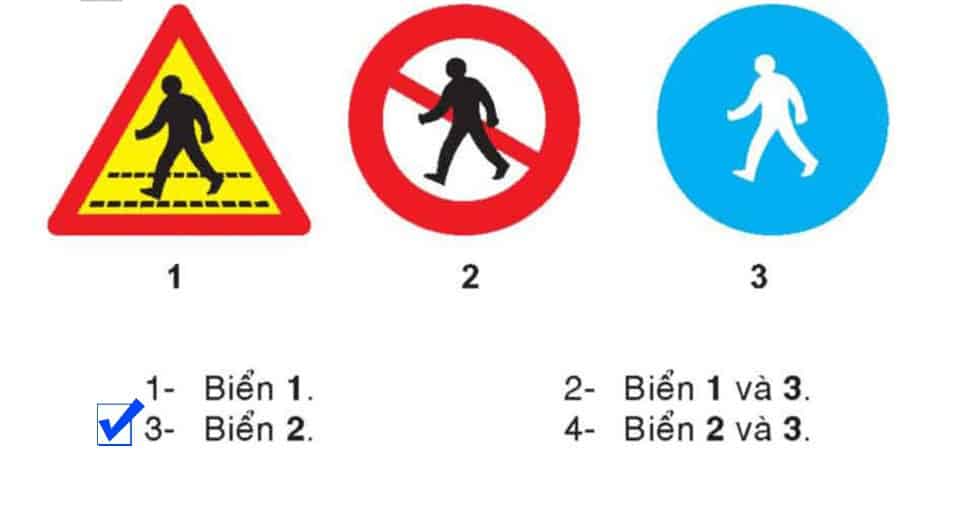
257/ At which sign does the driver have to yield to pedestrians?
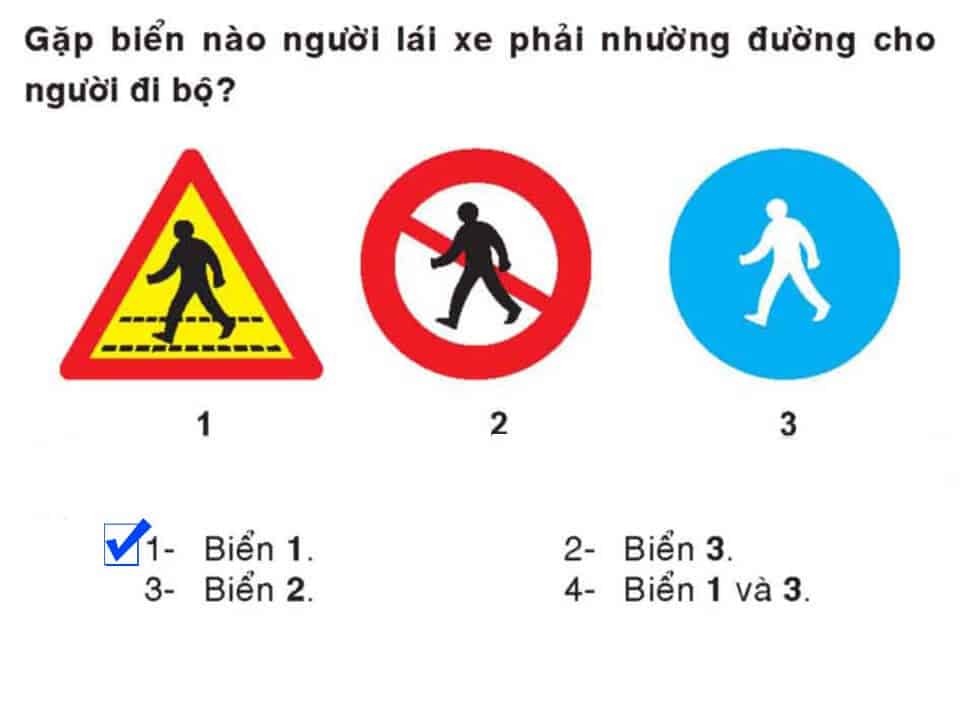
Question 258/ Which sign indicates the way for pedestrians, vehicles cannot enter when encountering this?
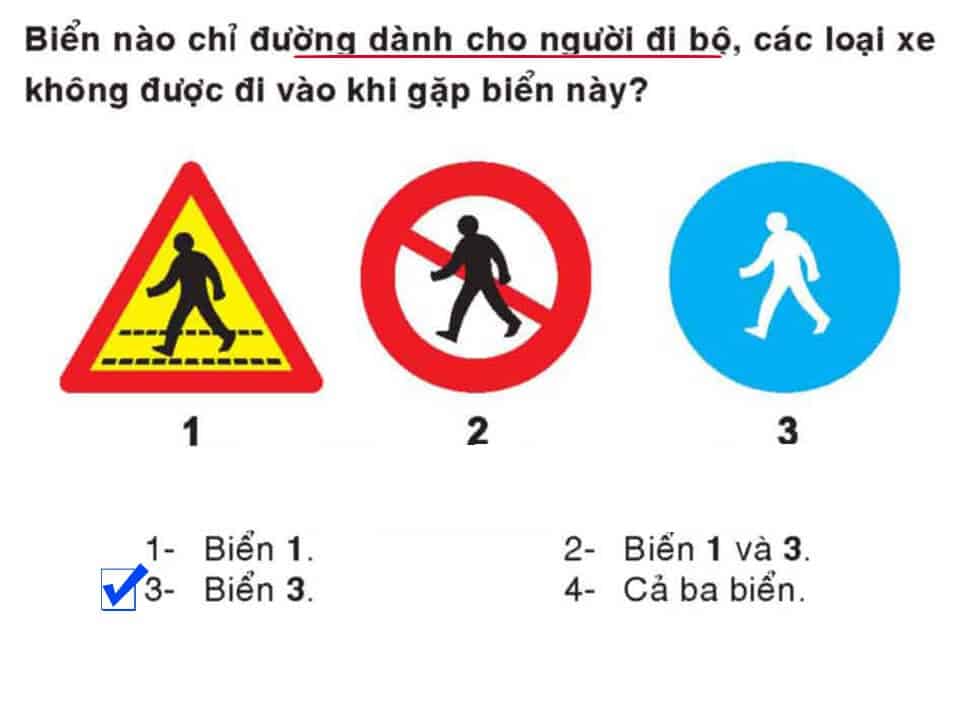
Question 259/ Which sign is forbidden to enter by motor vehicles, except motorcycles, two-wheelers and priority vehicles according to the law?
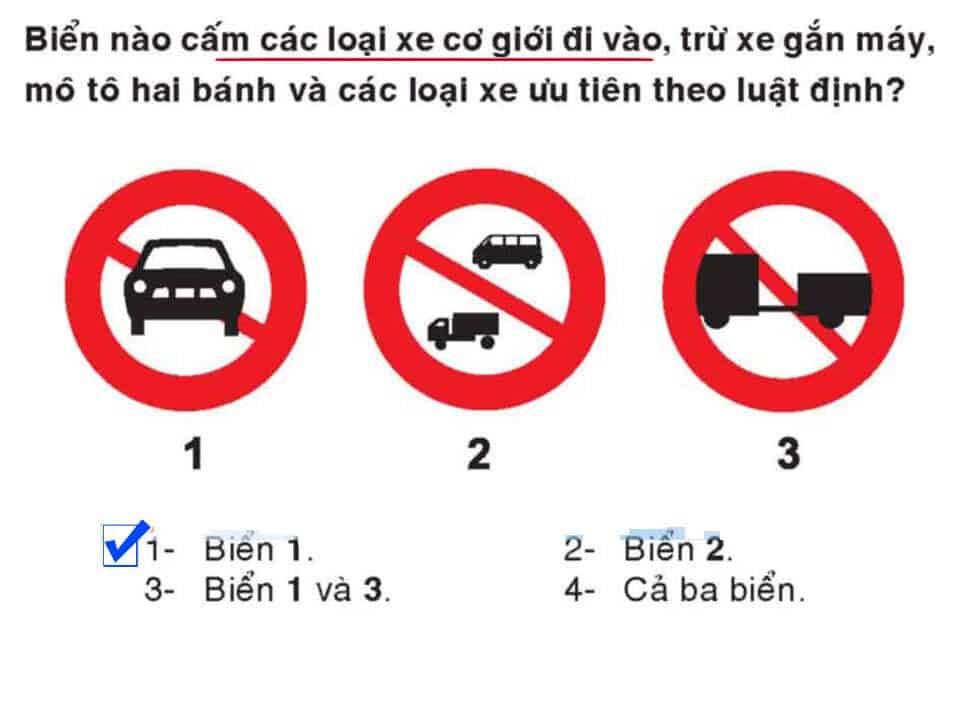
Question 260/
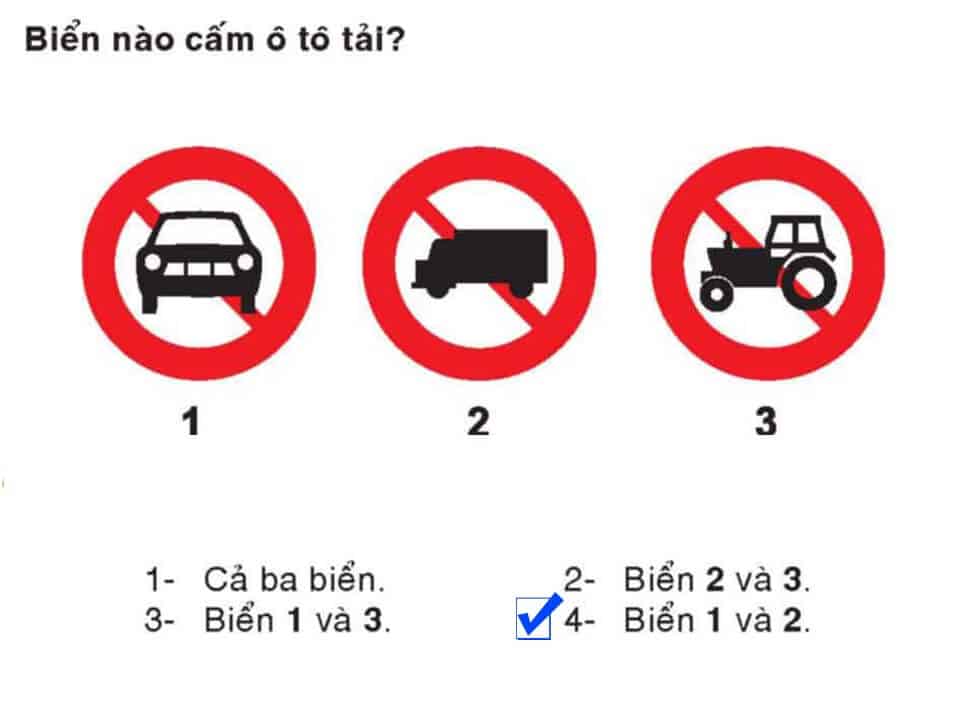
Question 261:
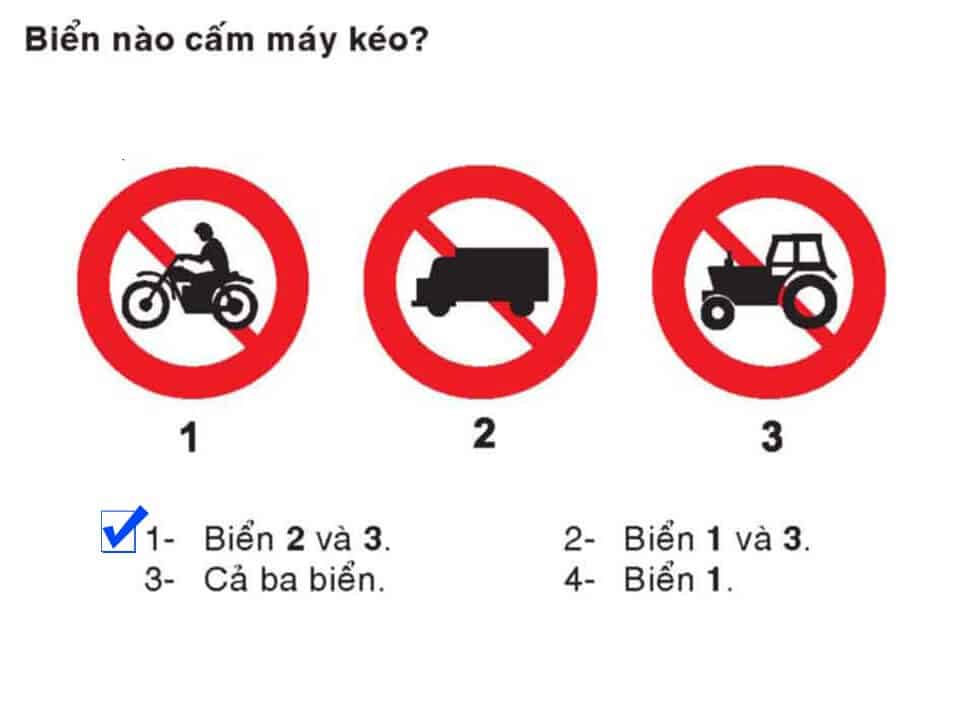
Question 262:
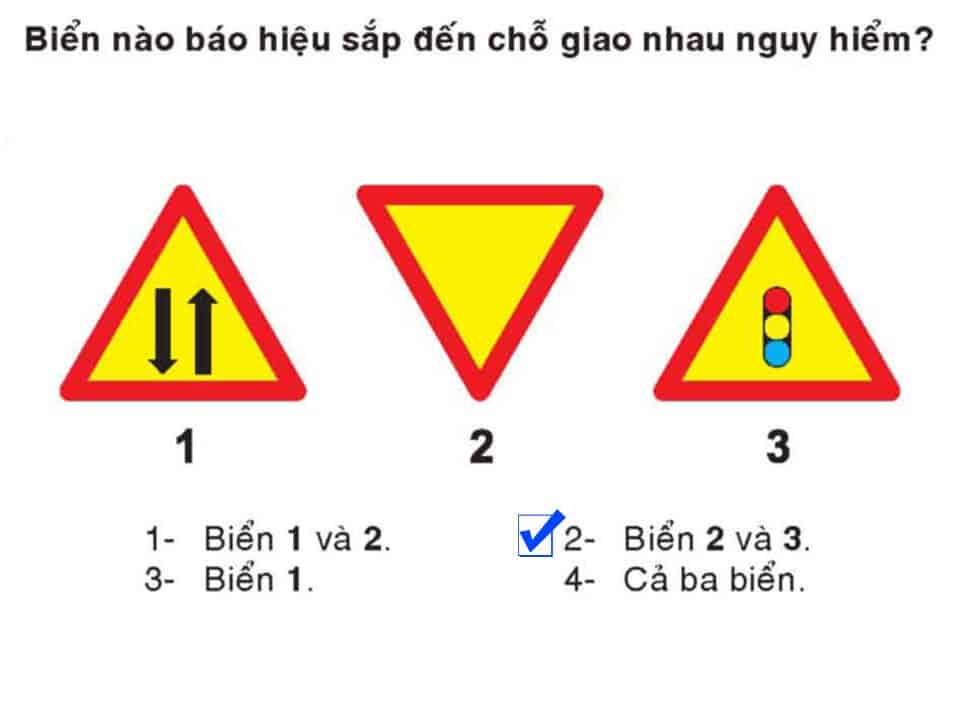
Question 263:
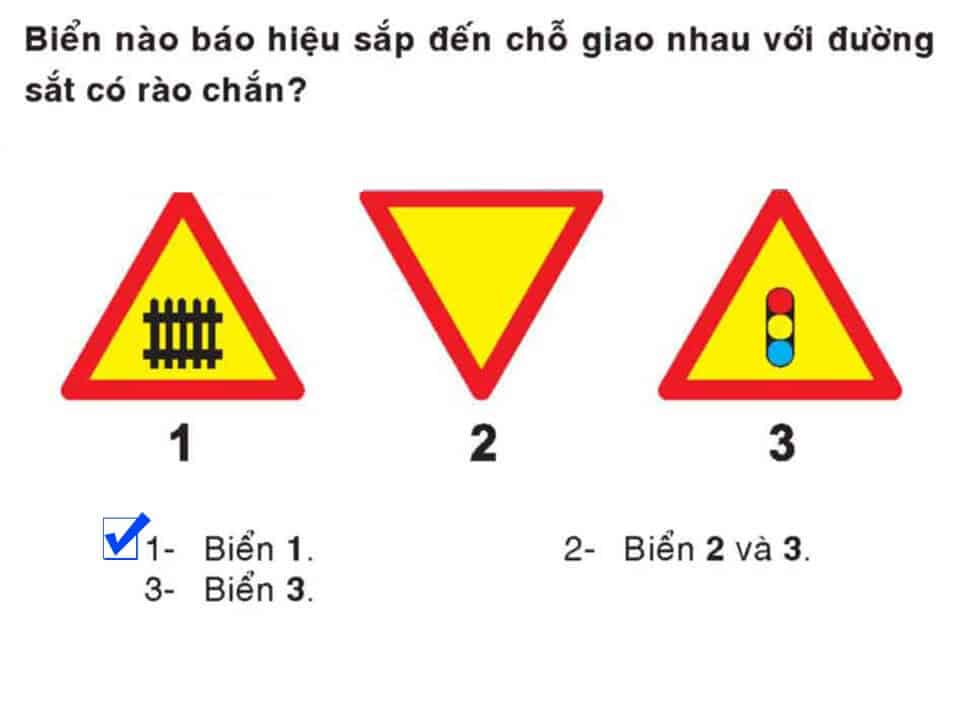
Question 264:
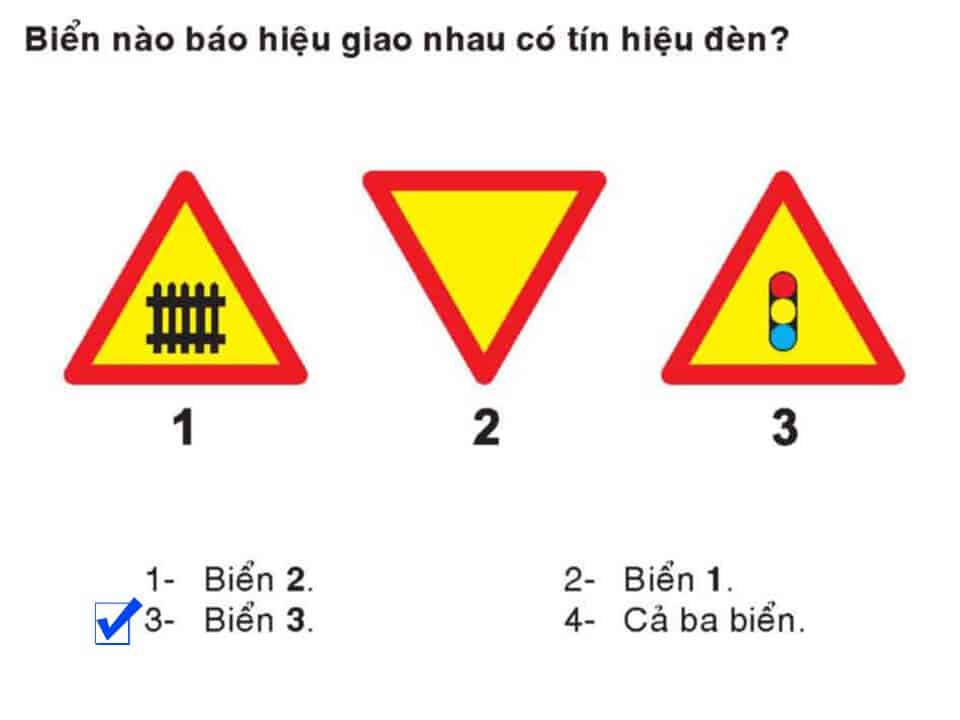
Question 265:
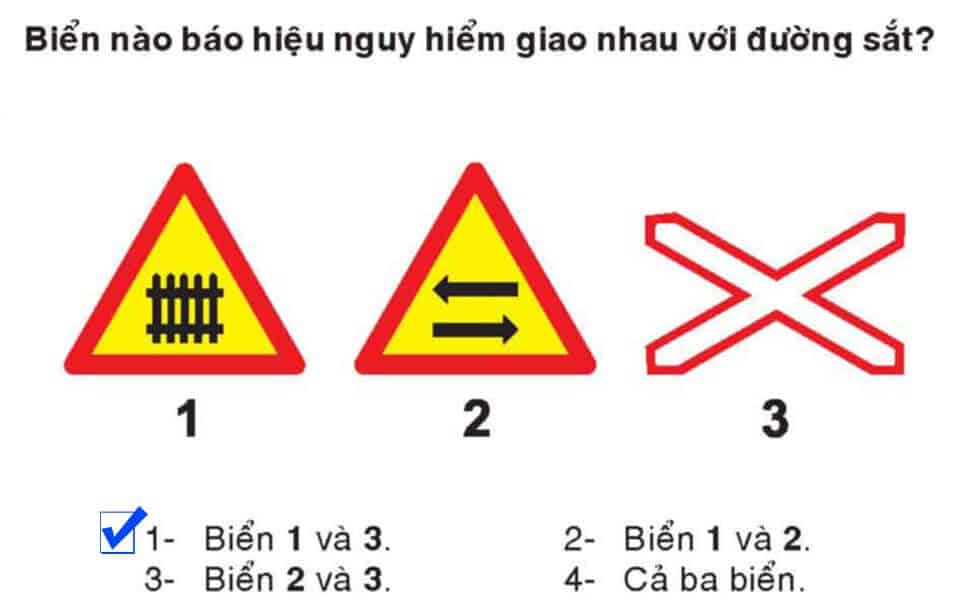
Question 266:
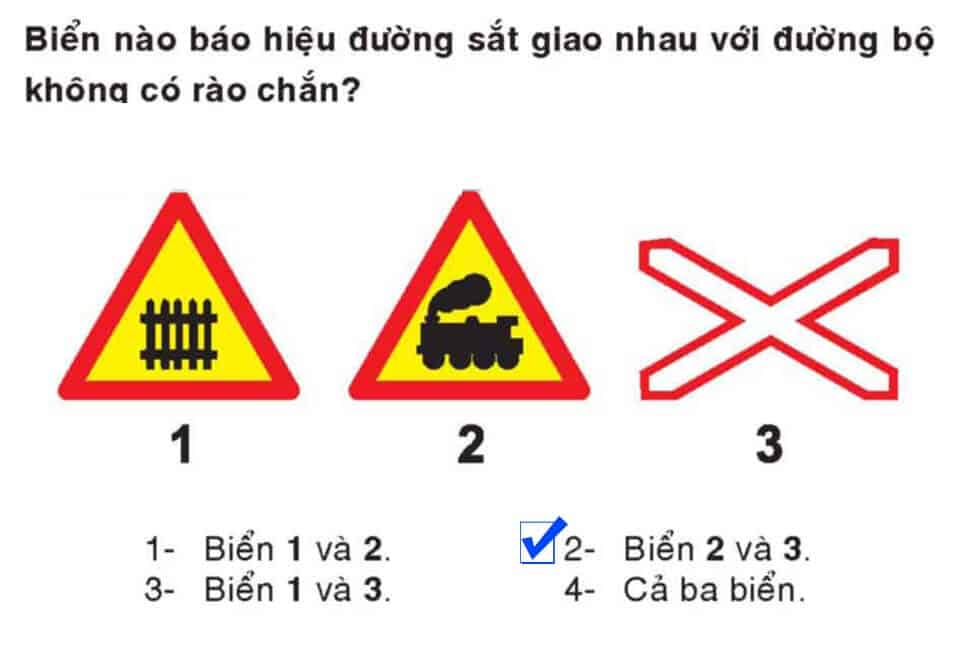
Question 267:
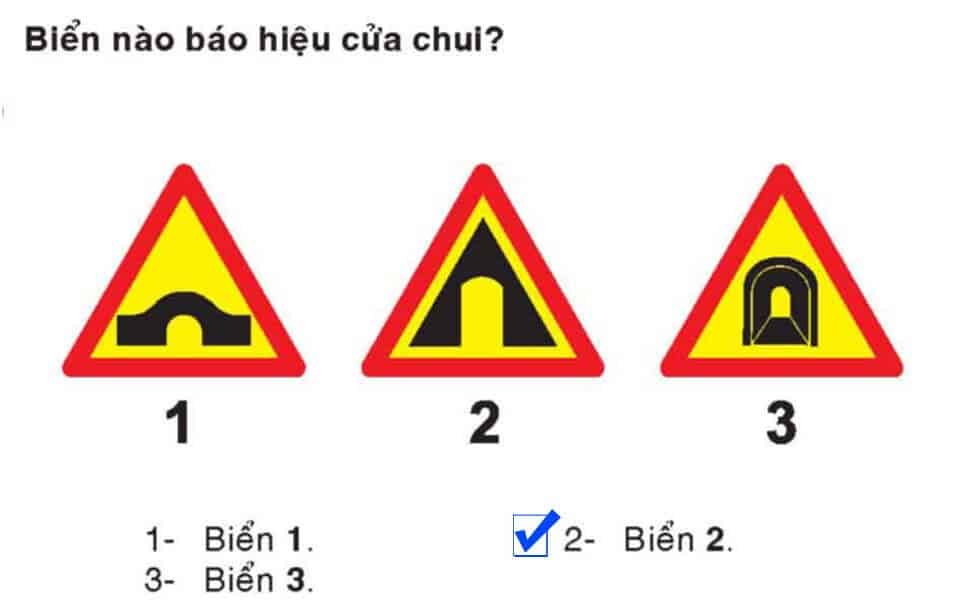
Question 268:
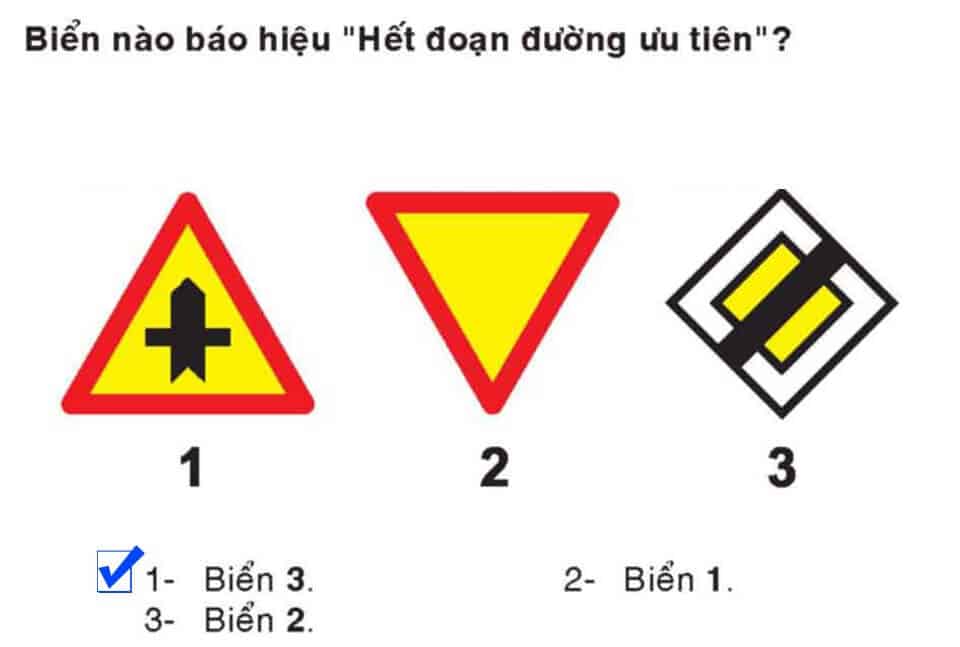
Question 269:
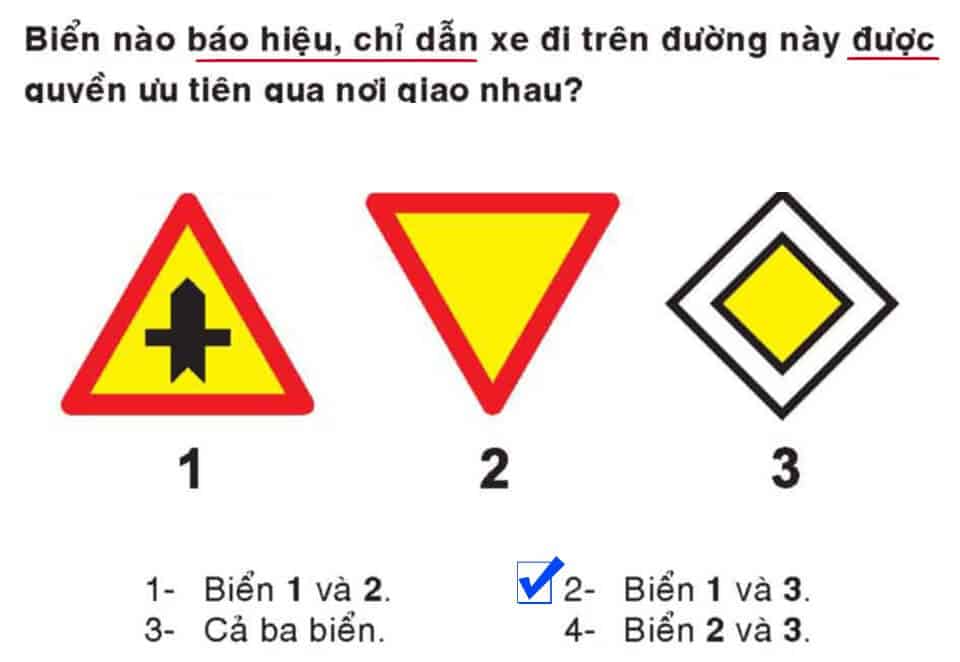
Question 270:
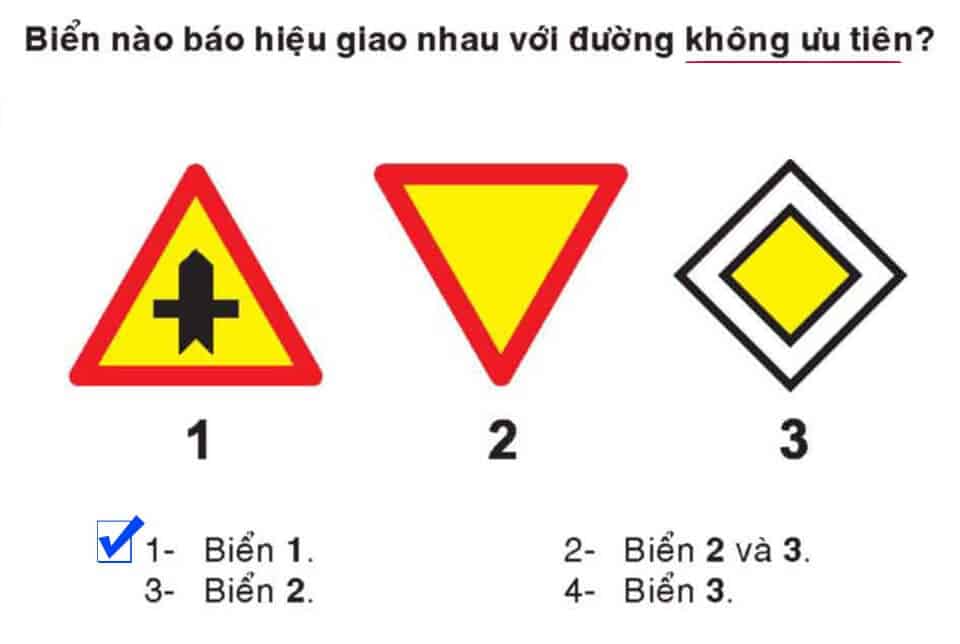
Question 271:
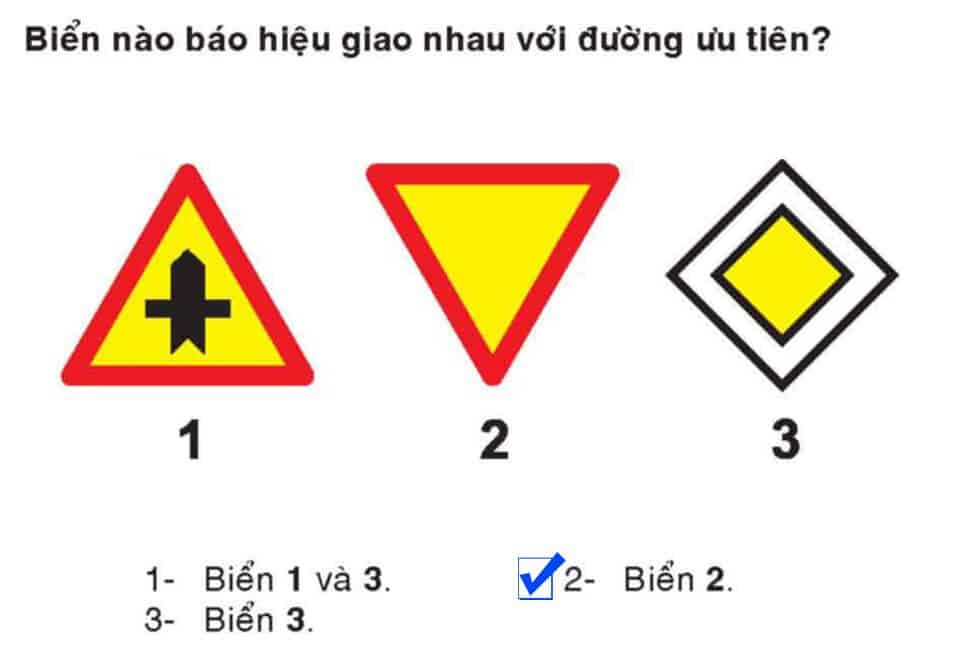
Question 272:
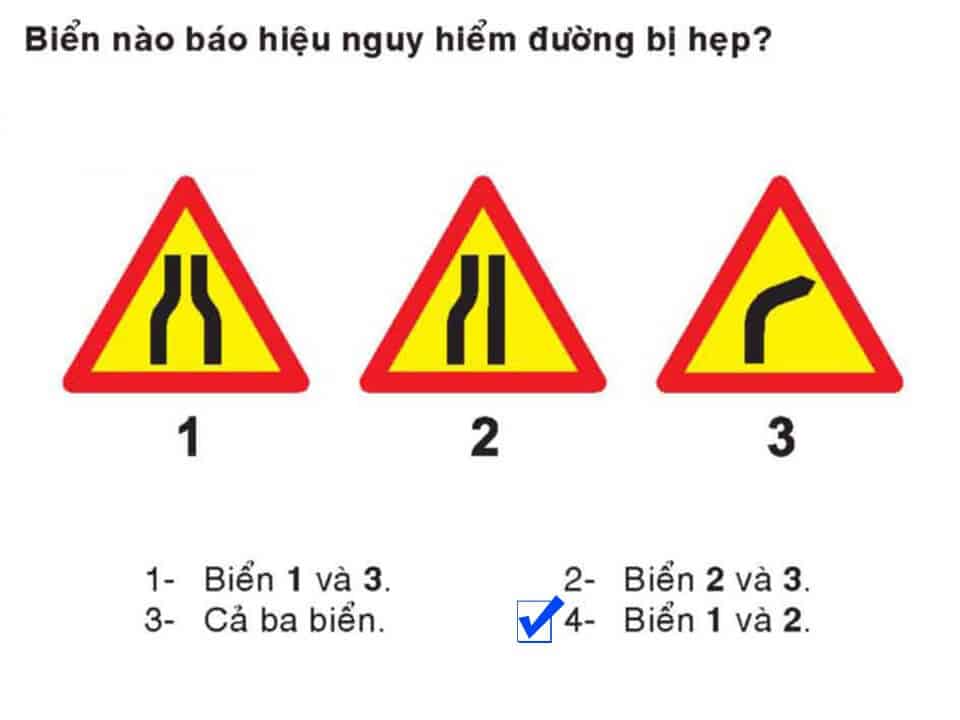
Question 273:
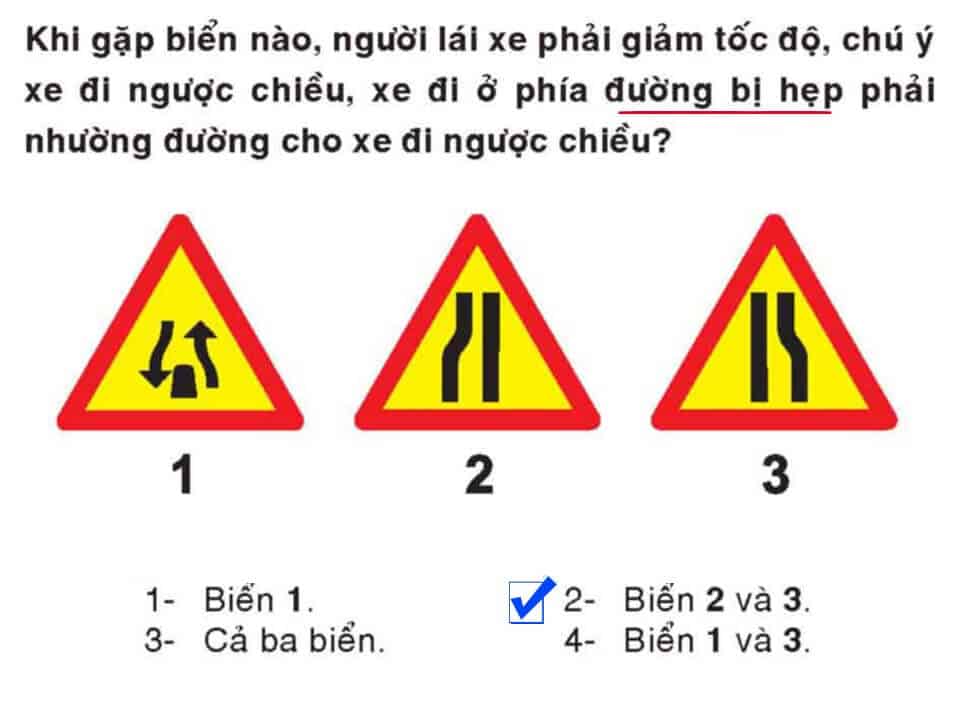
Question 274:
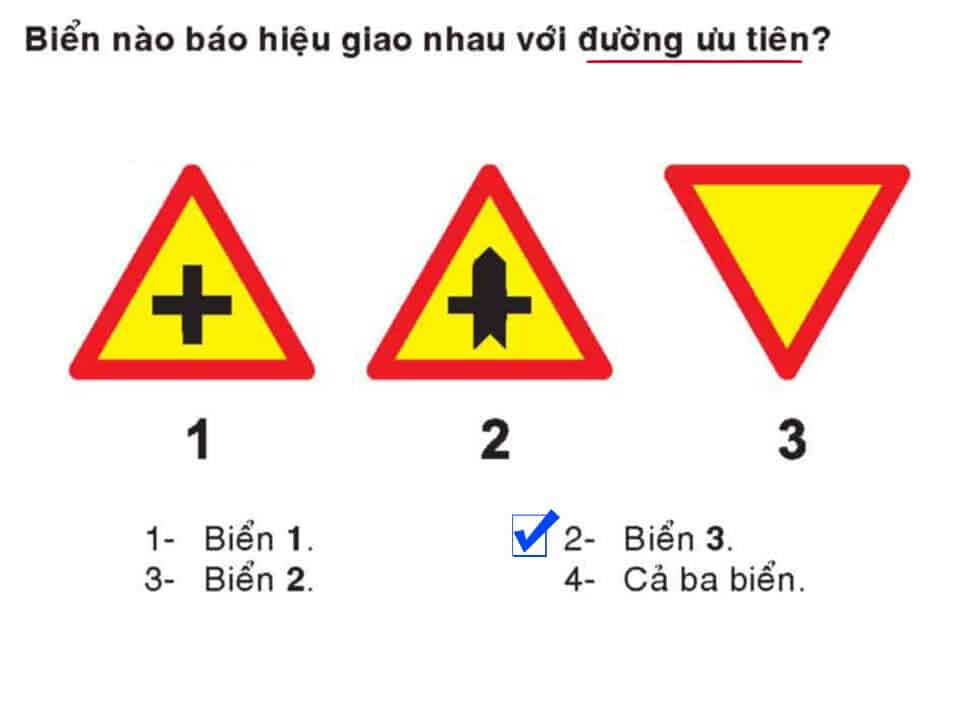
Question 275:
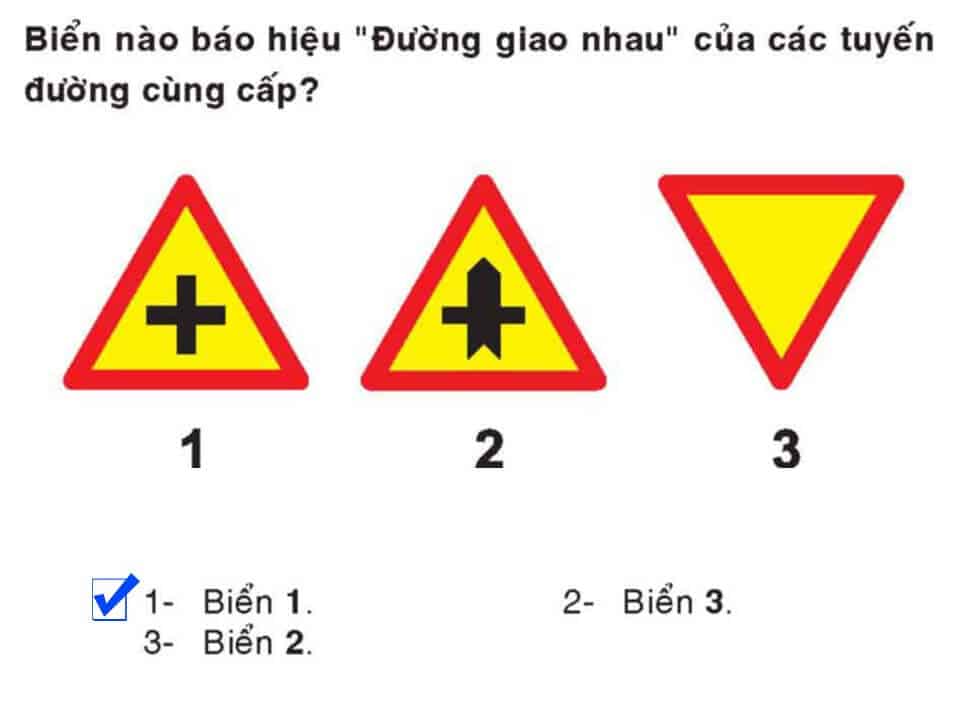
Question 276:
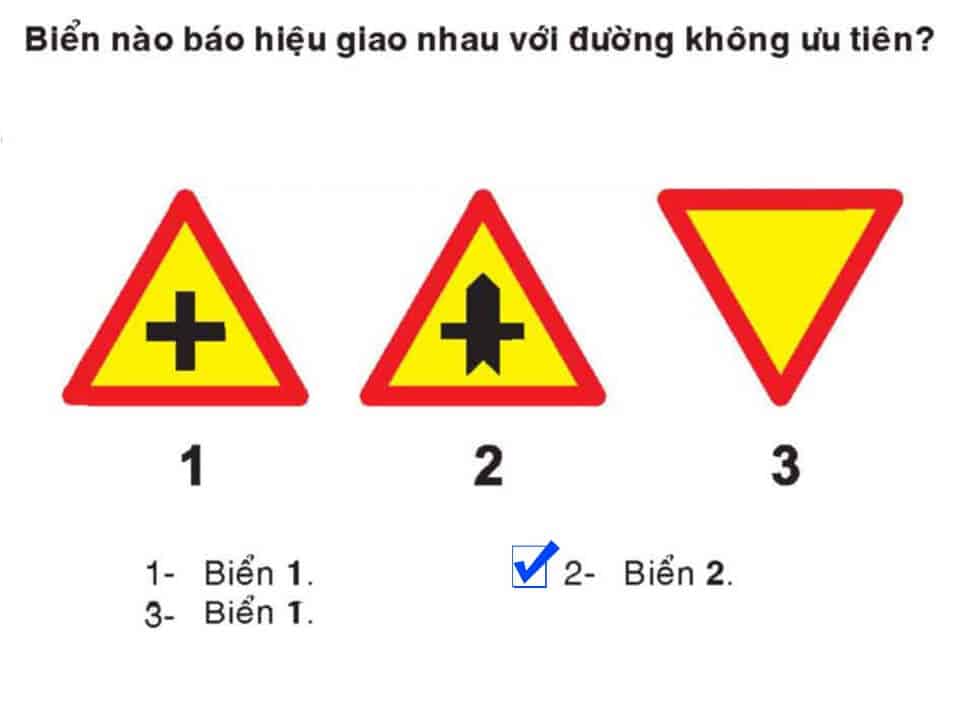
Question 277:
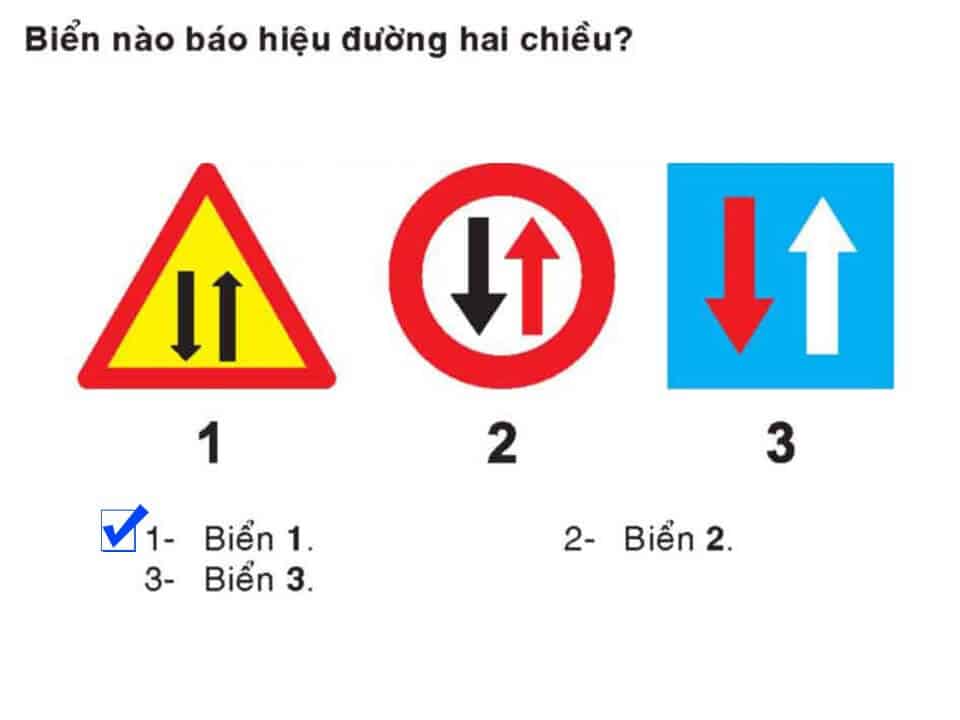
Question 278:
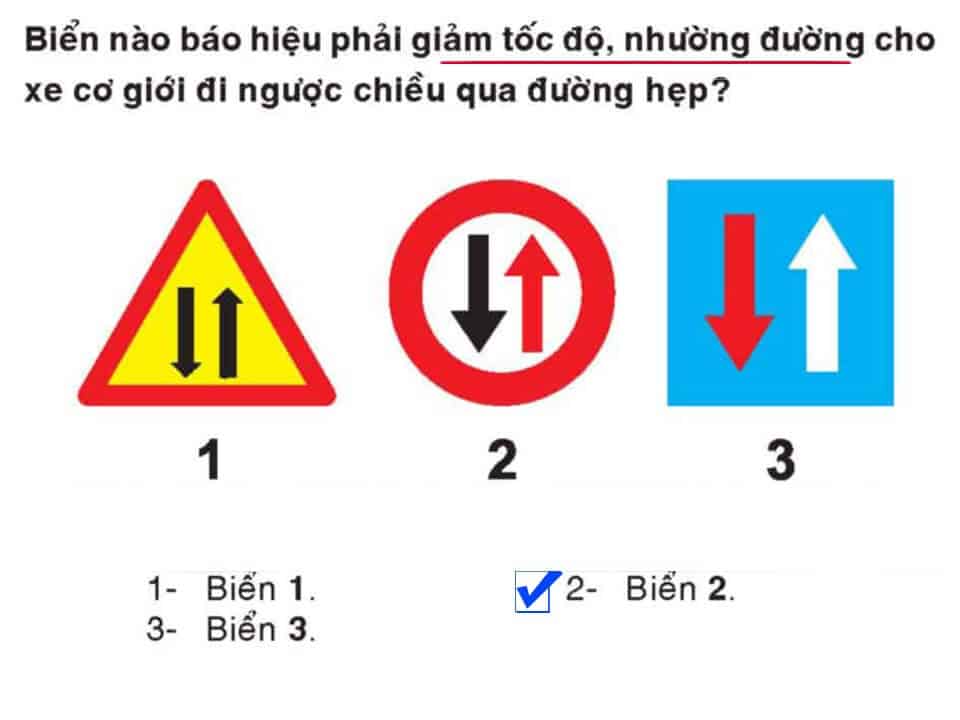
Question 279:
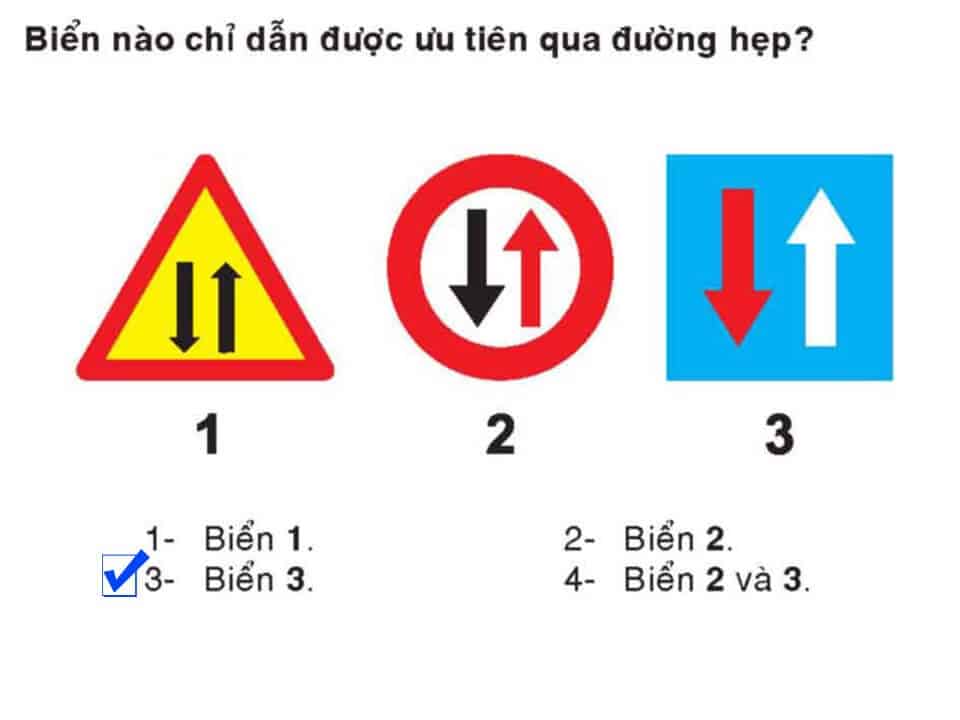
Question 280:
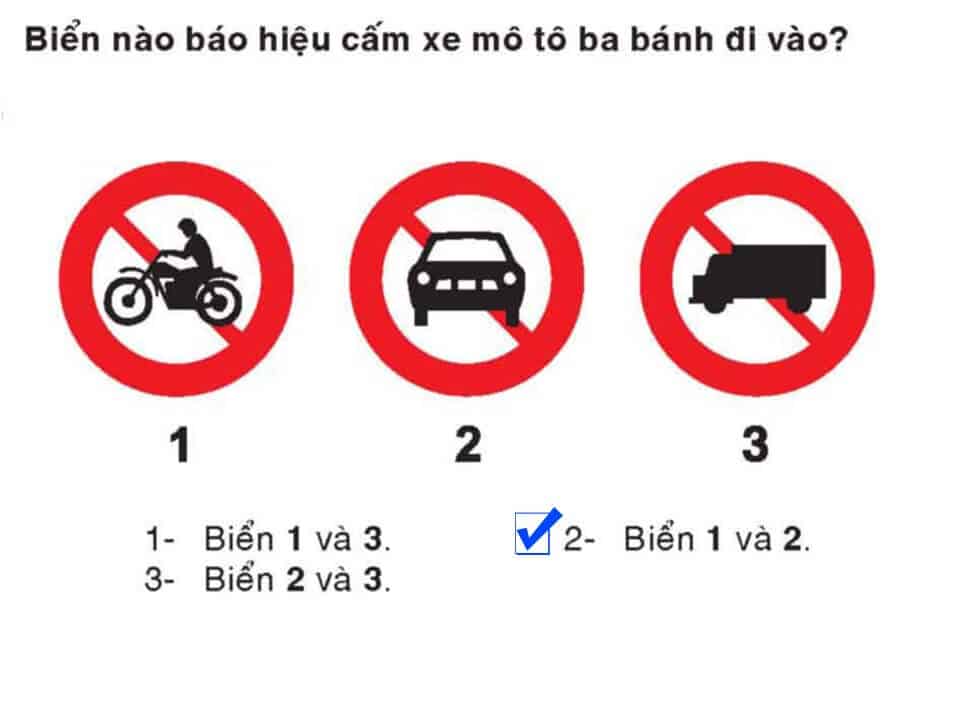
Question 281:
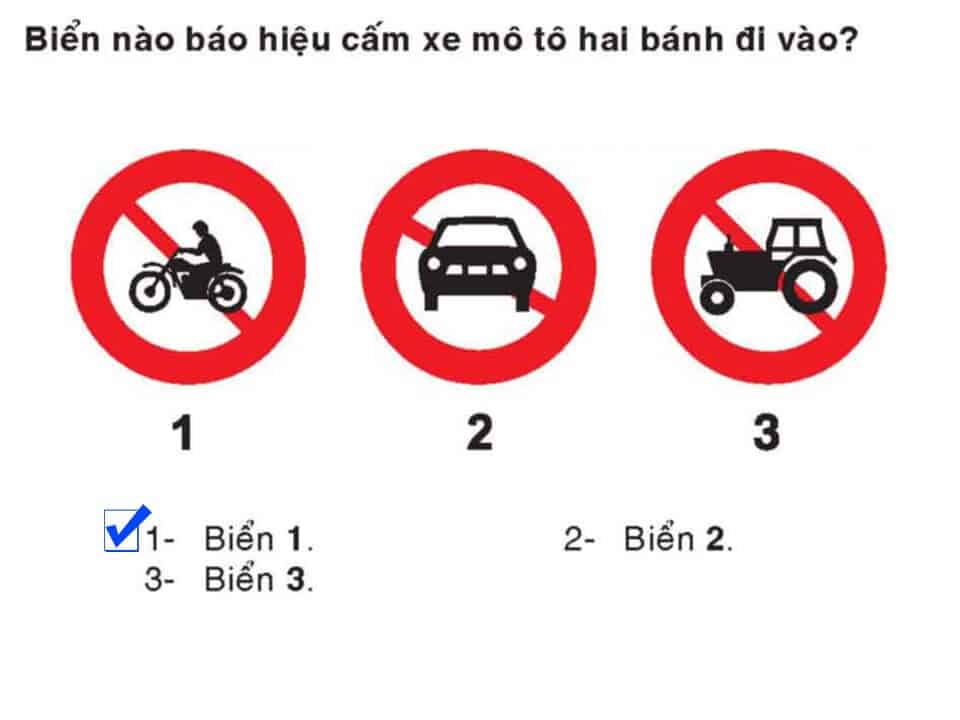
Question 282:
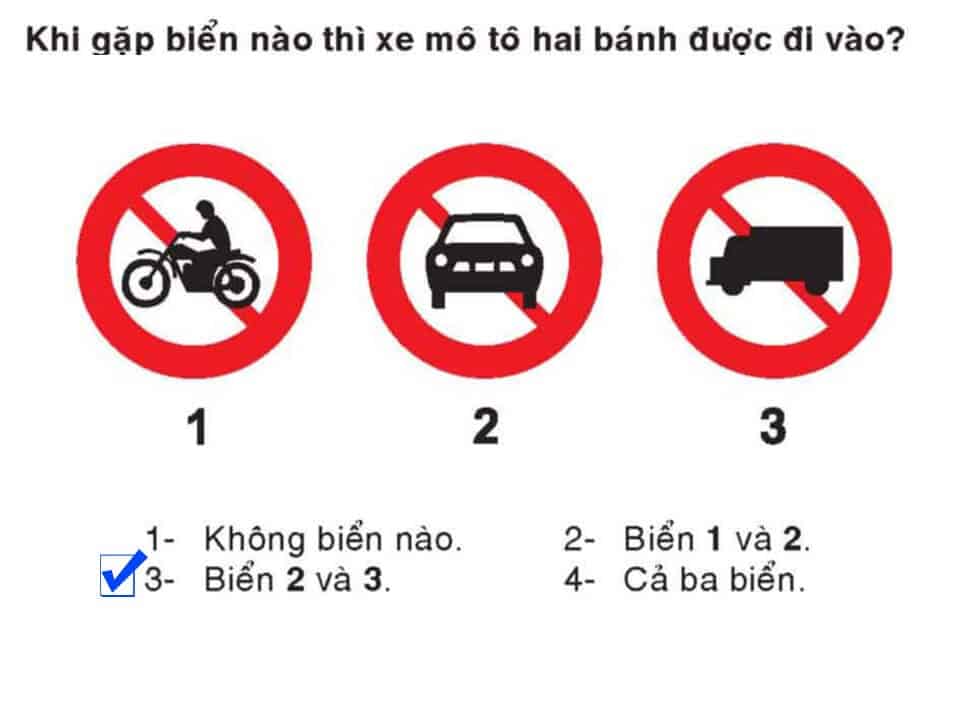
Question 283:
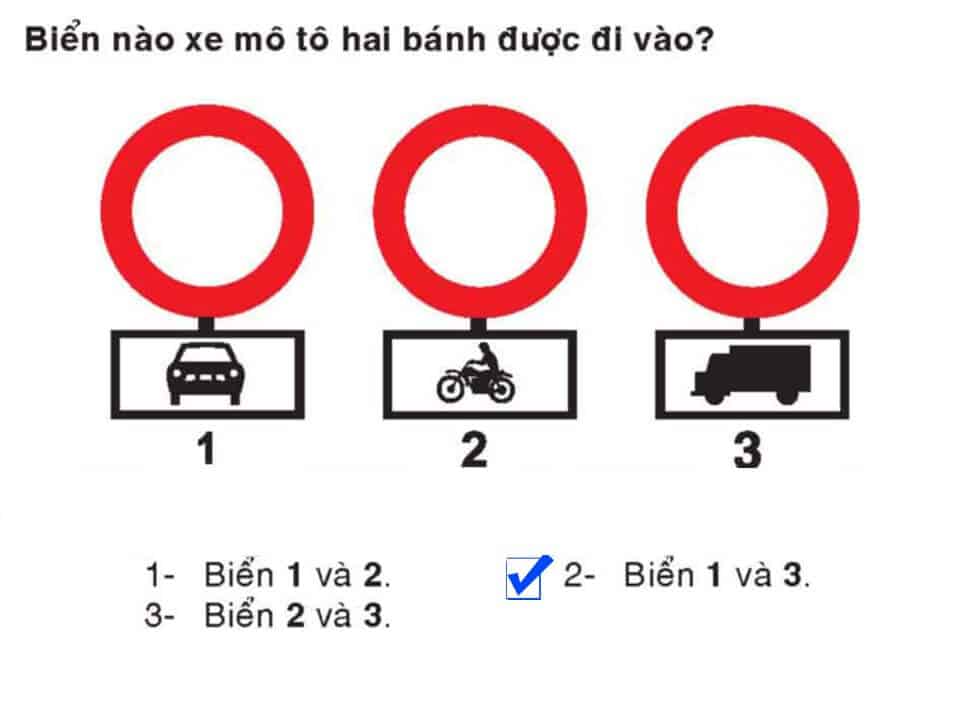
Question 284:
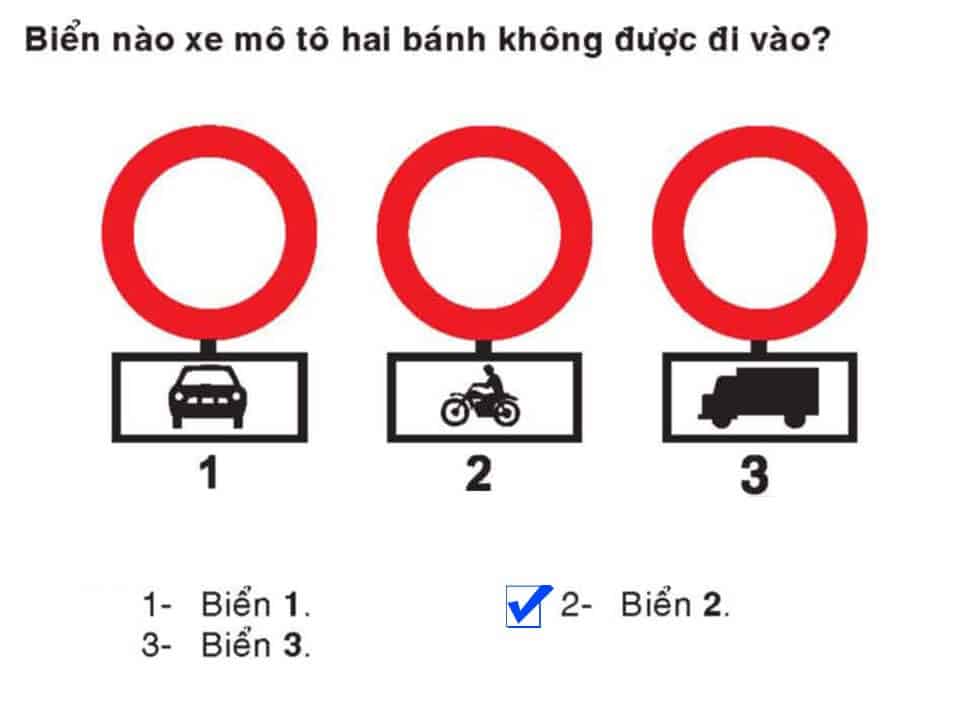
Question 285:
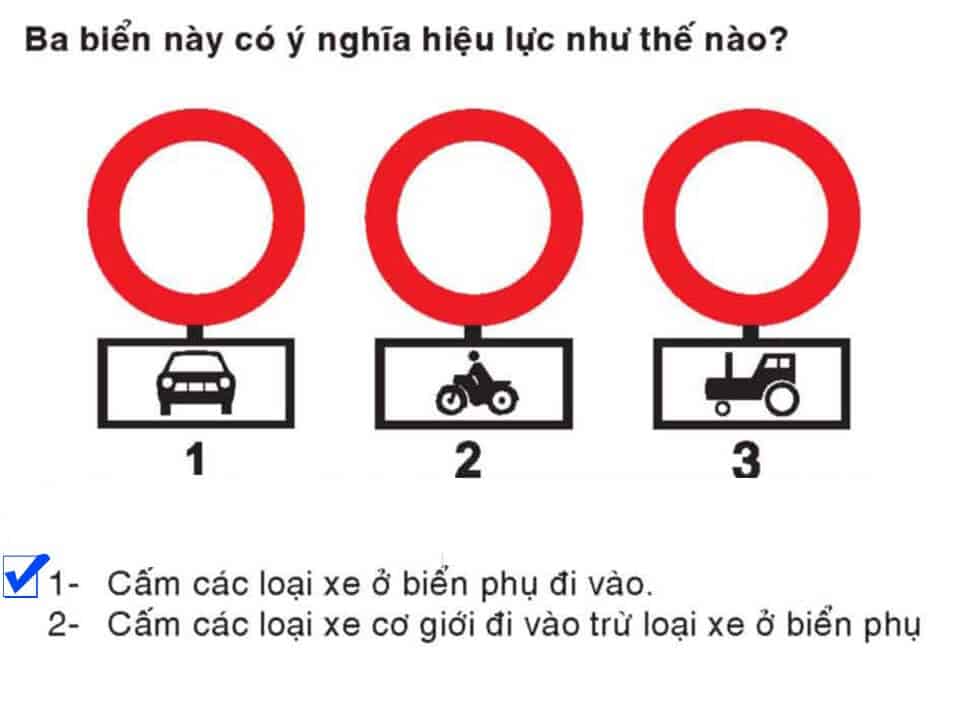
Question 286:
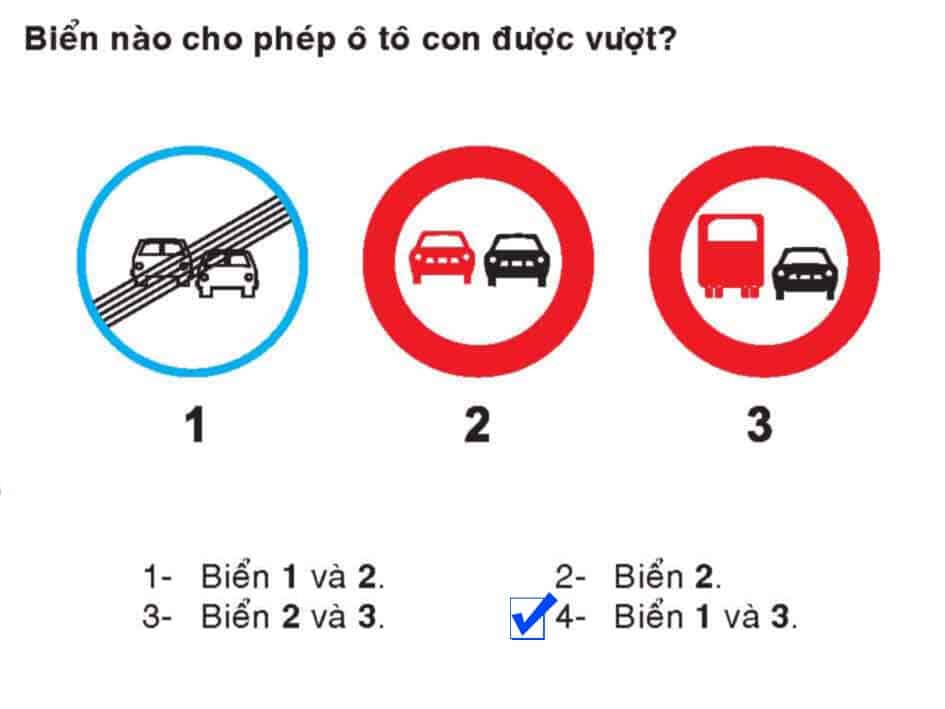
Question 287:
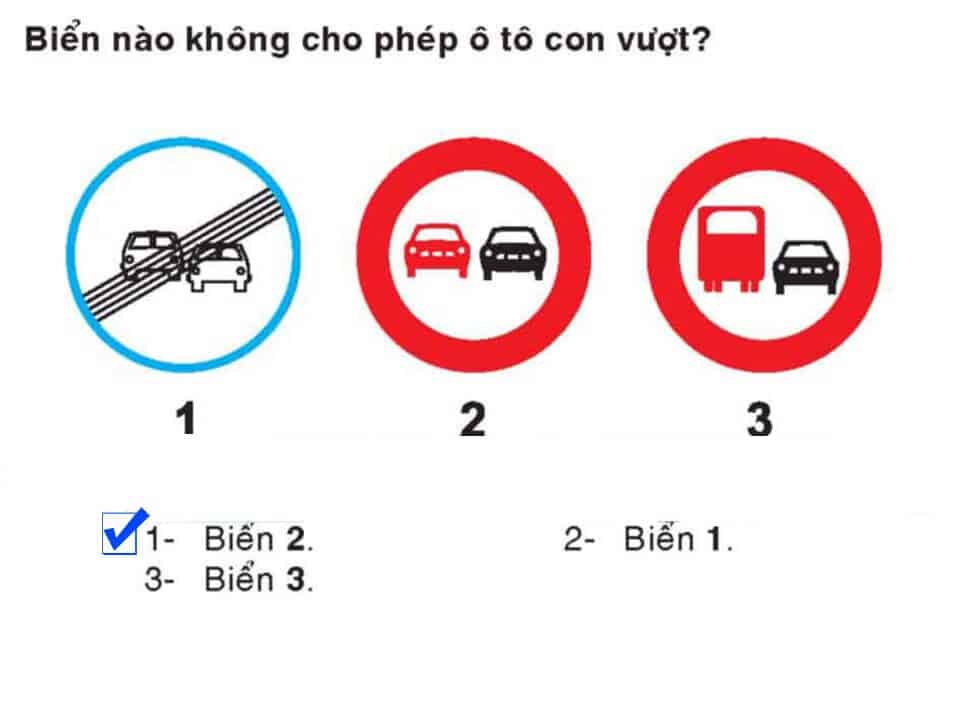
Question 288:
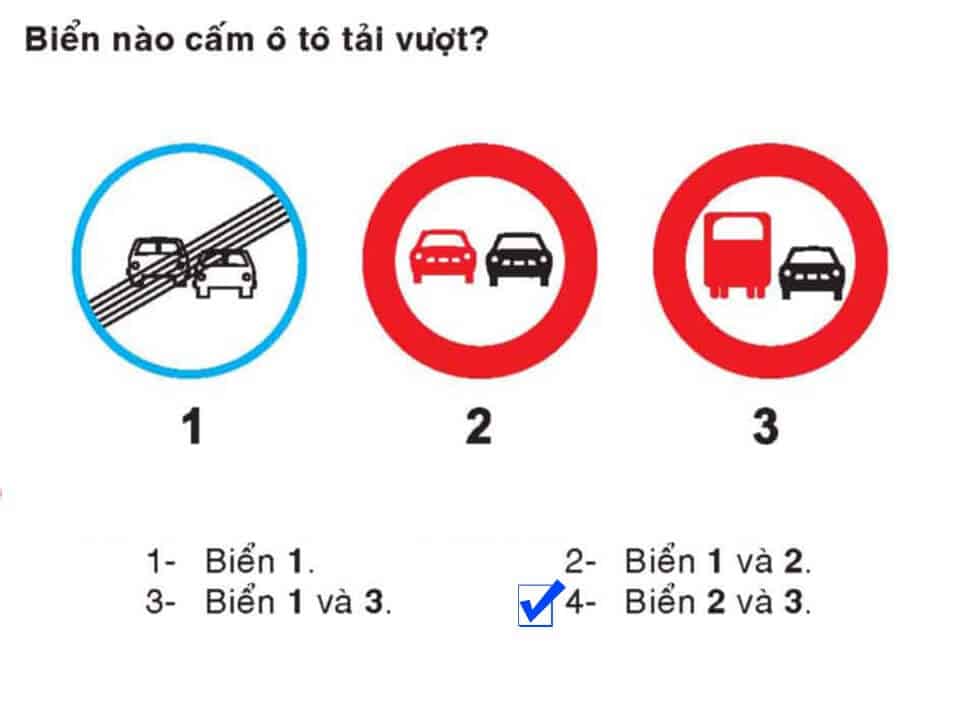
Question 289:
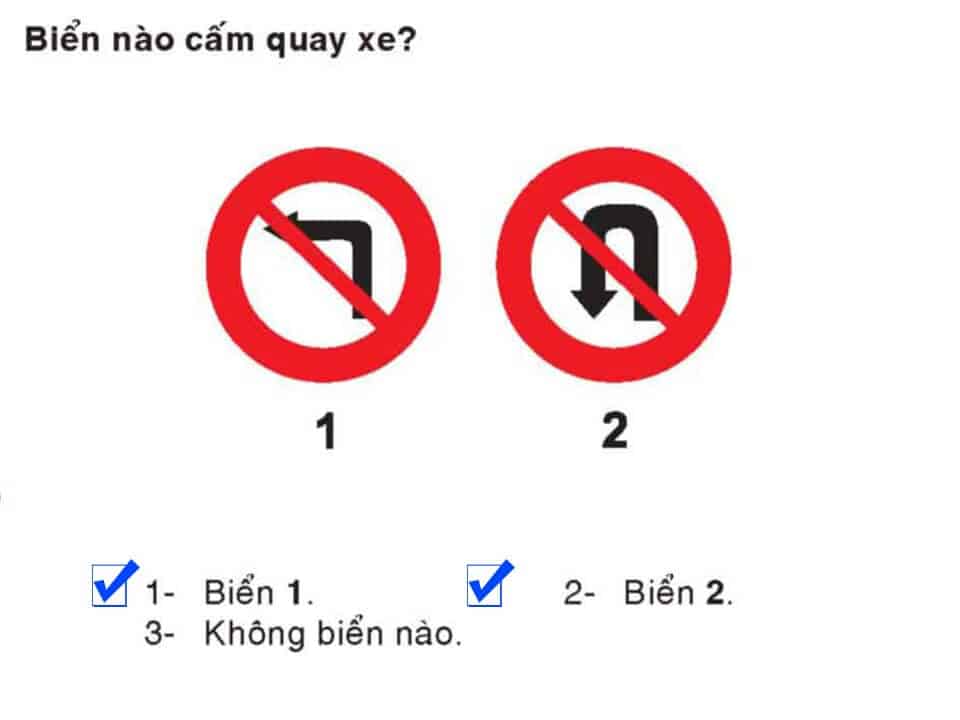
Question 290:
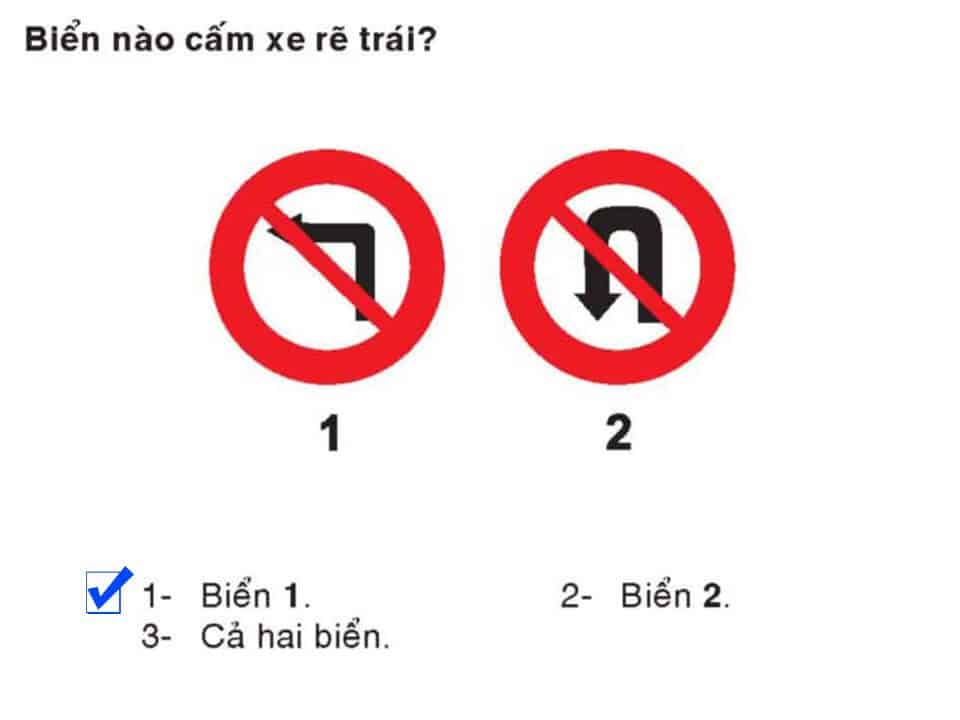
Question 291:

Question 292:
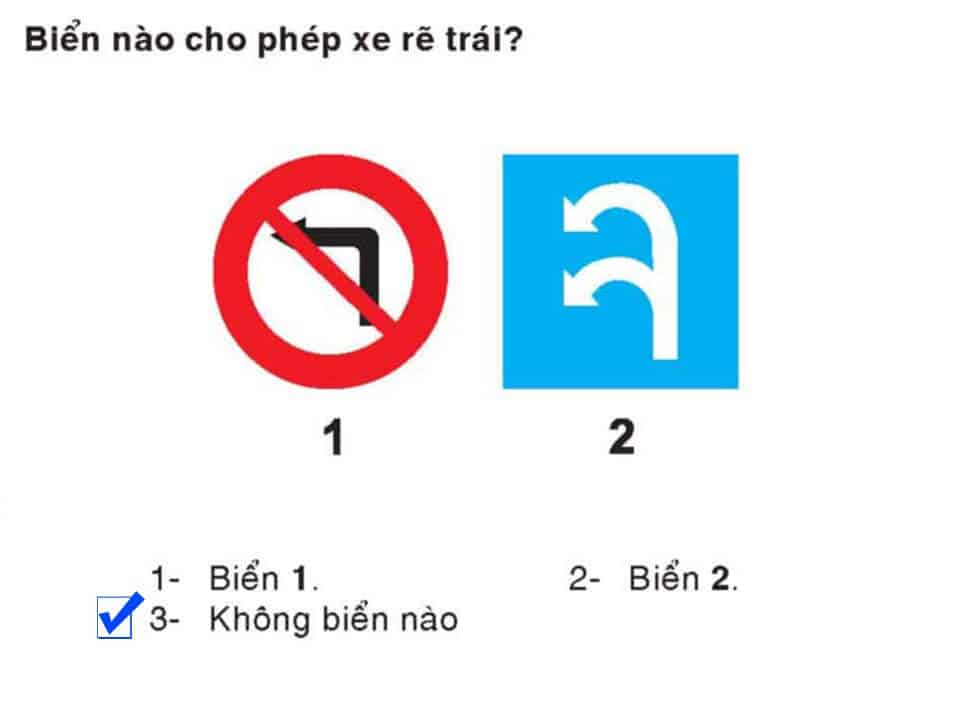
Question 293:
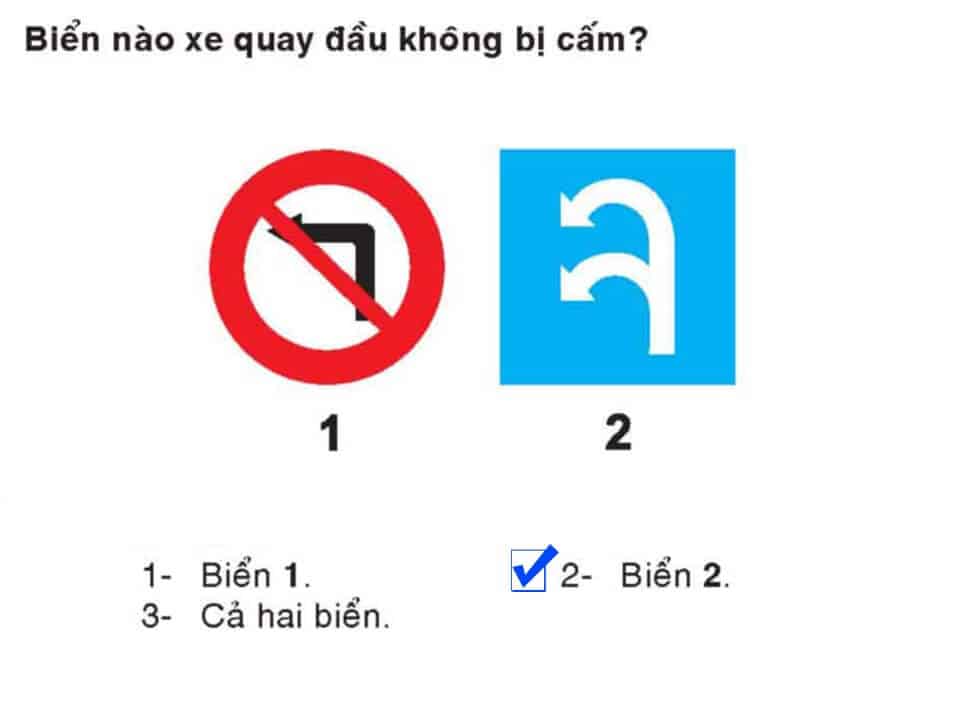
Question 294:
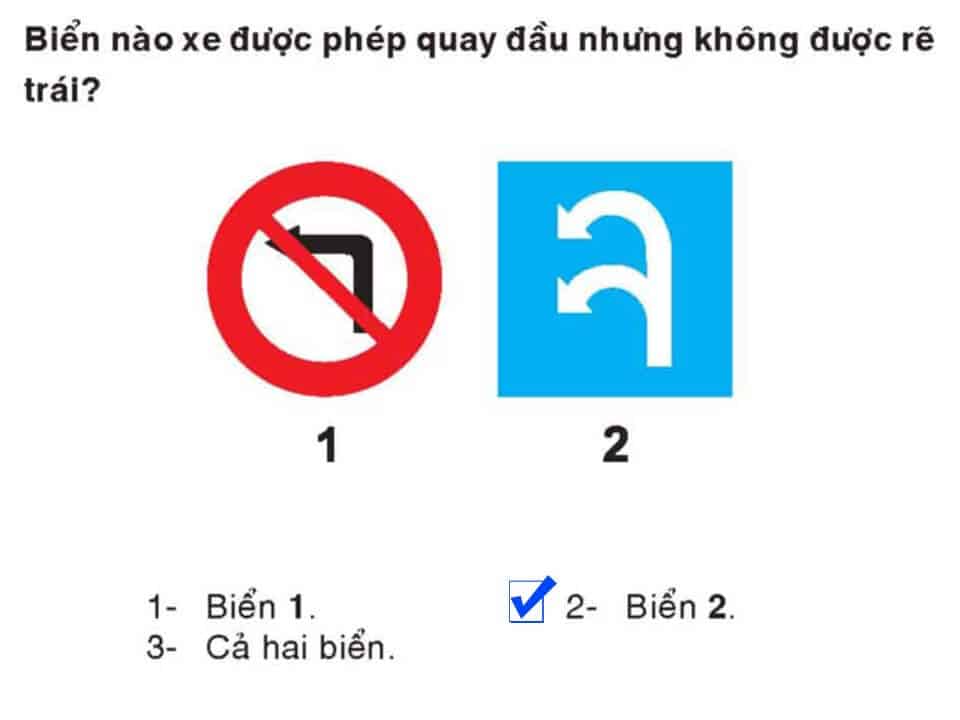
Question 295:
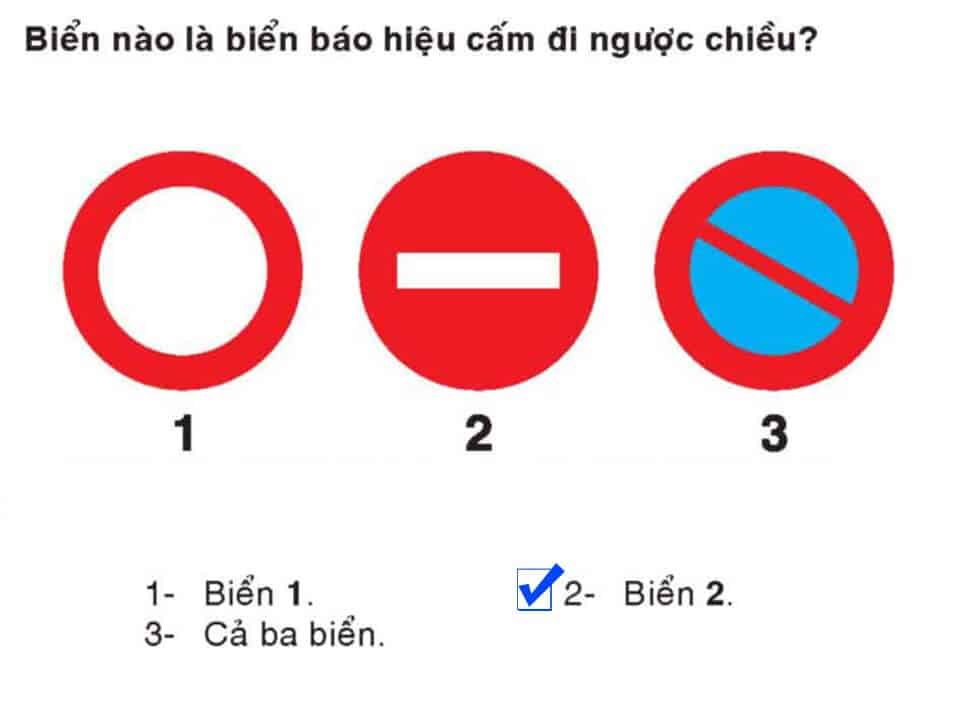
Question 296:
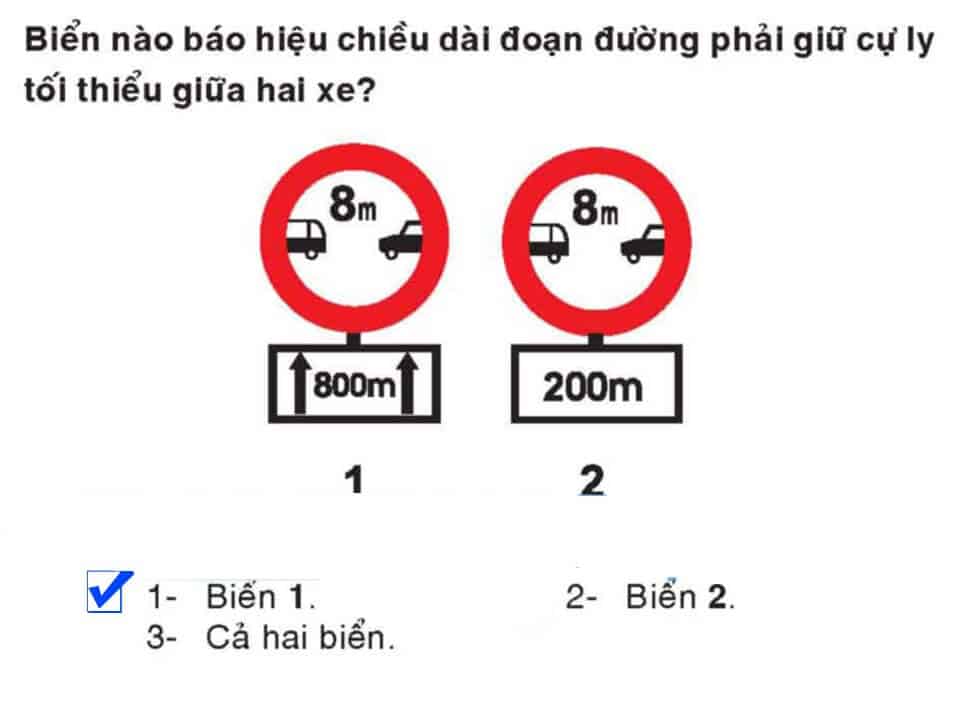
Question 297:
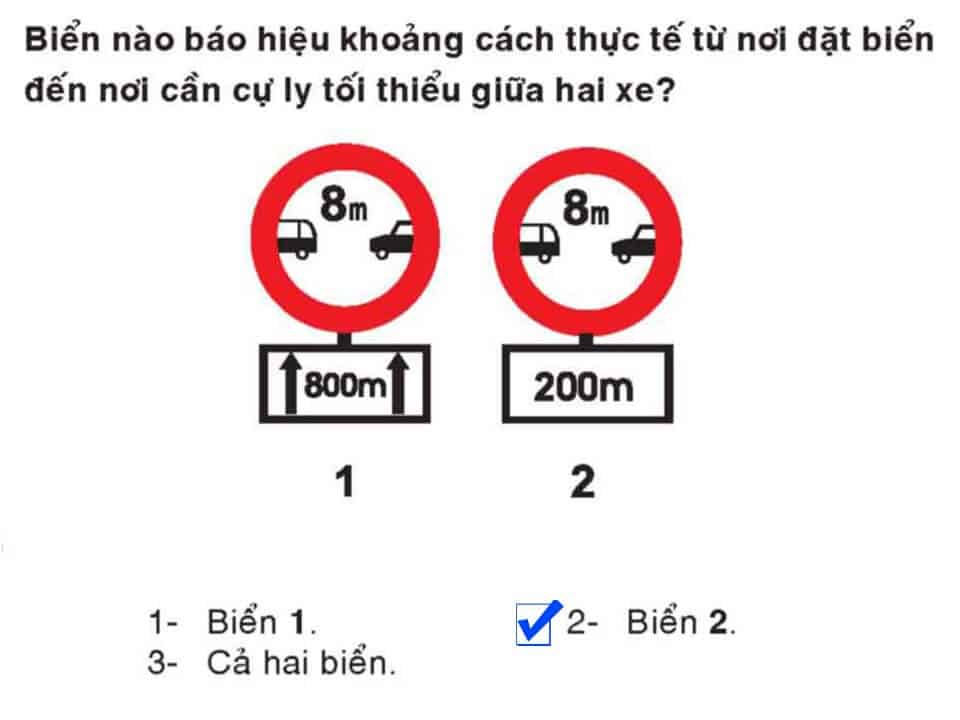
Question 298:
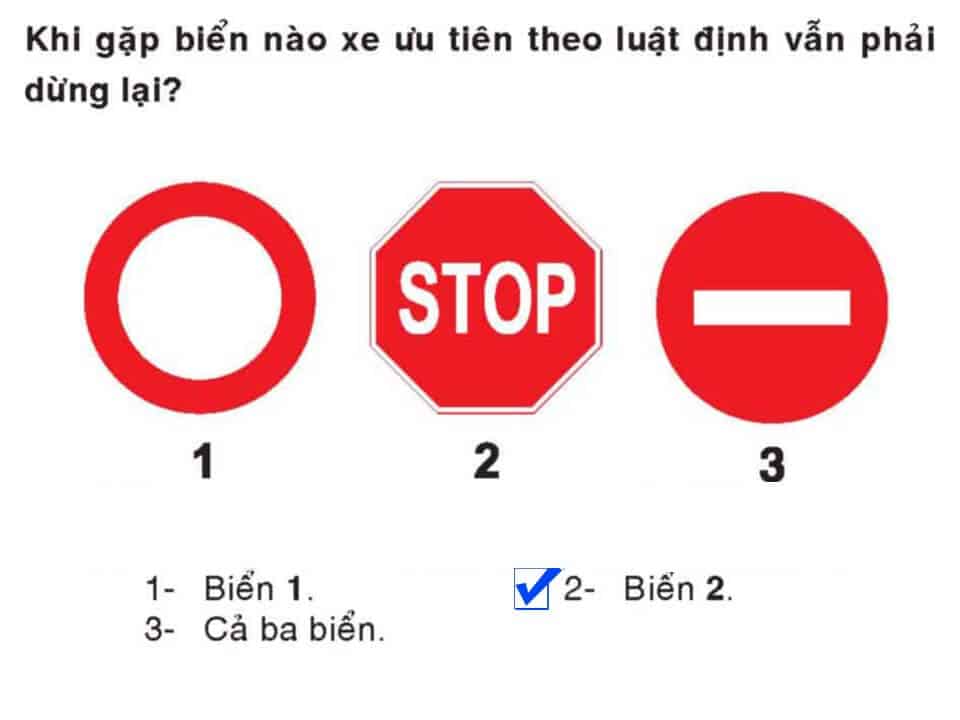
Question 299:
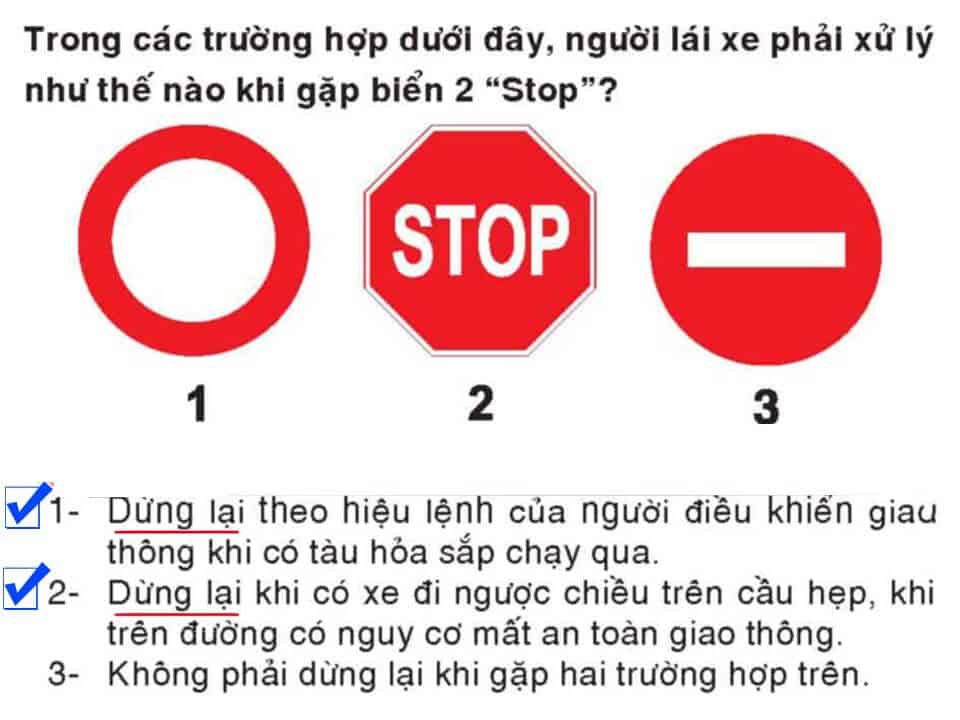
Question 300:
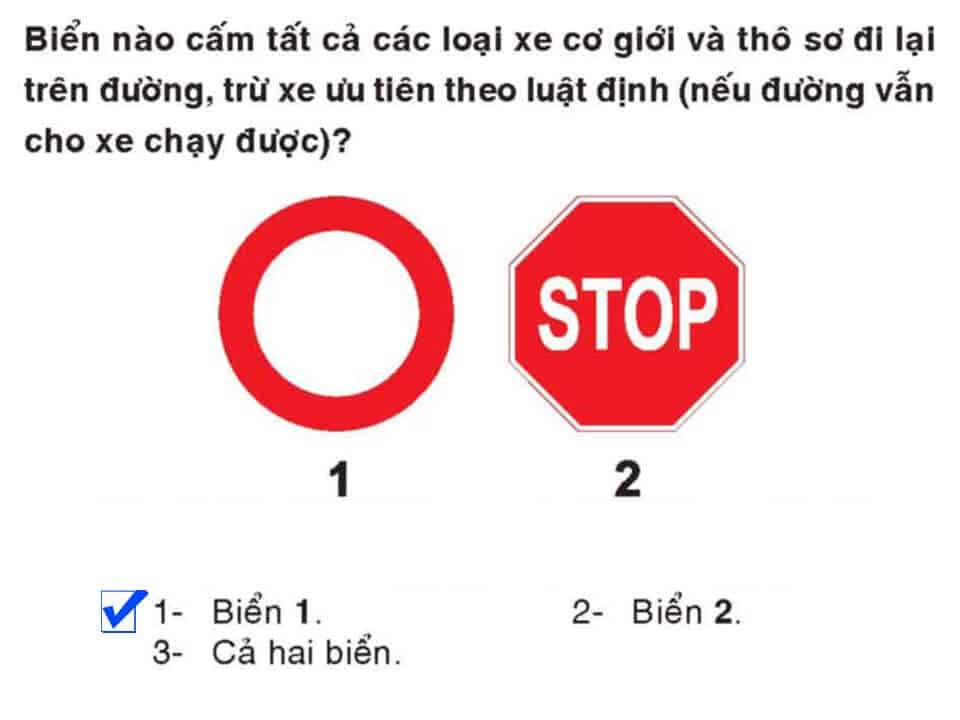
Question 301:

Question 302:
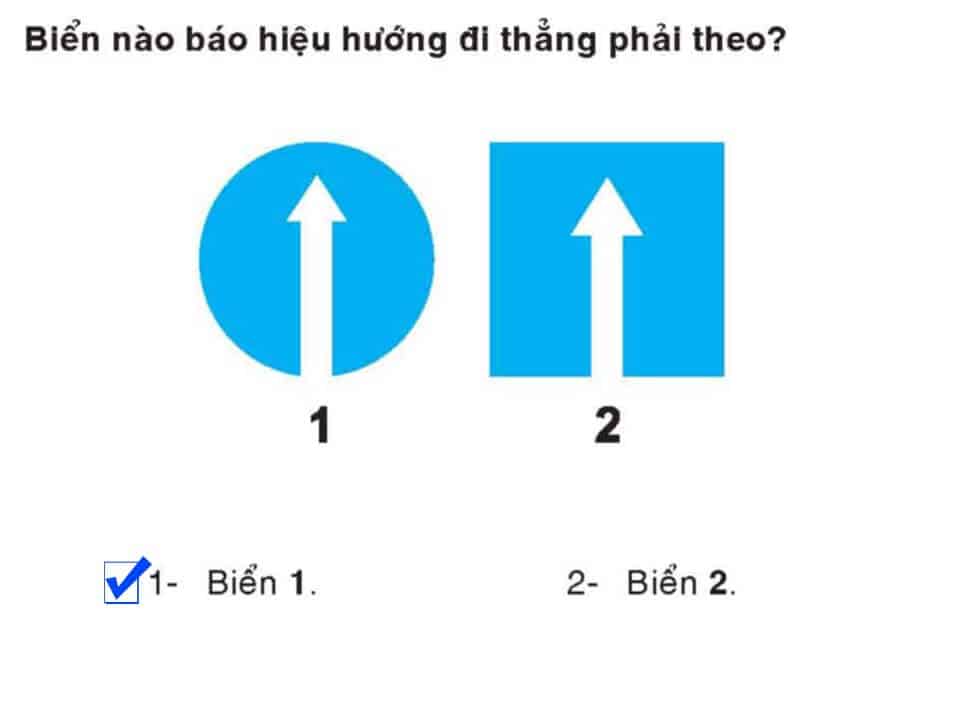
Question 303:
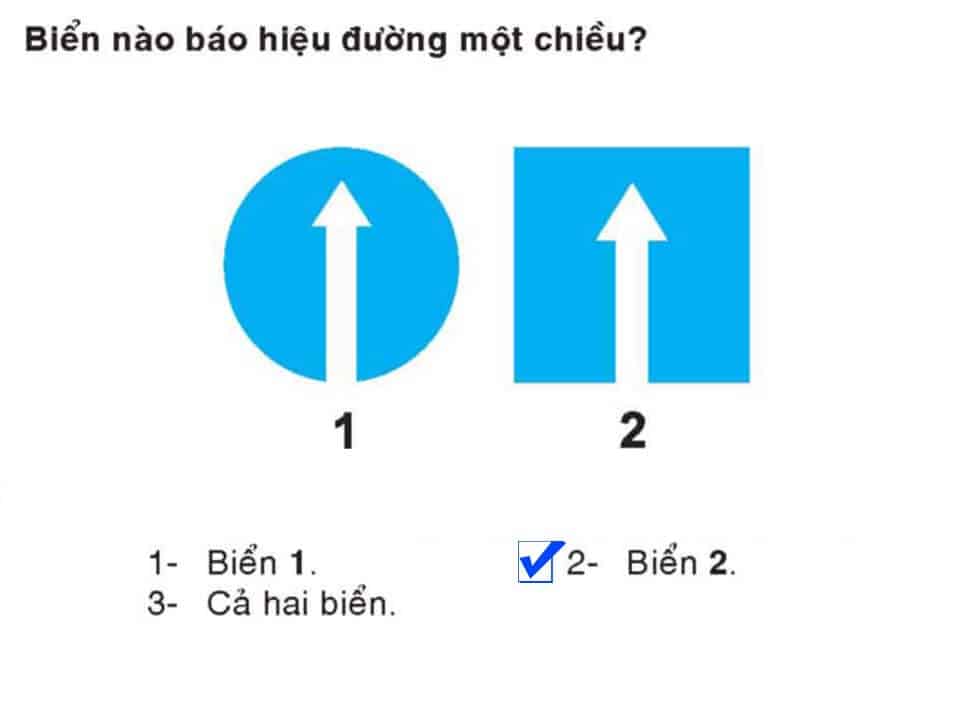
Question 304:
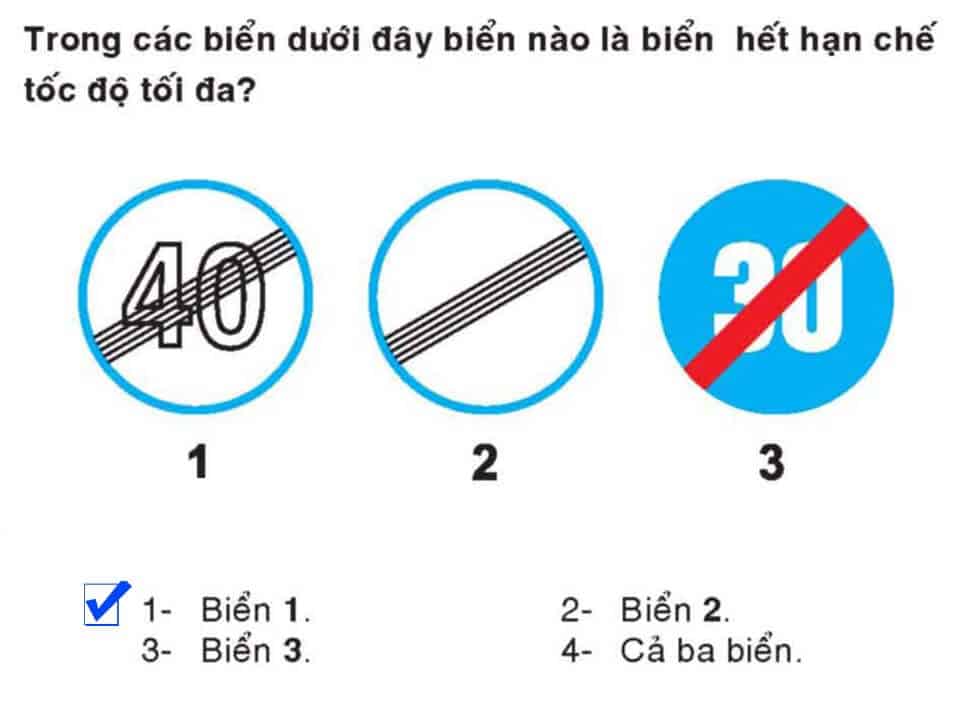
Question 305:
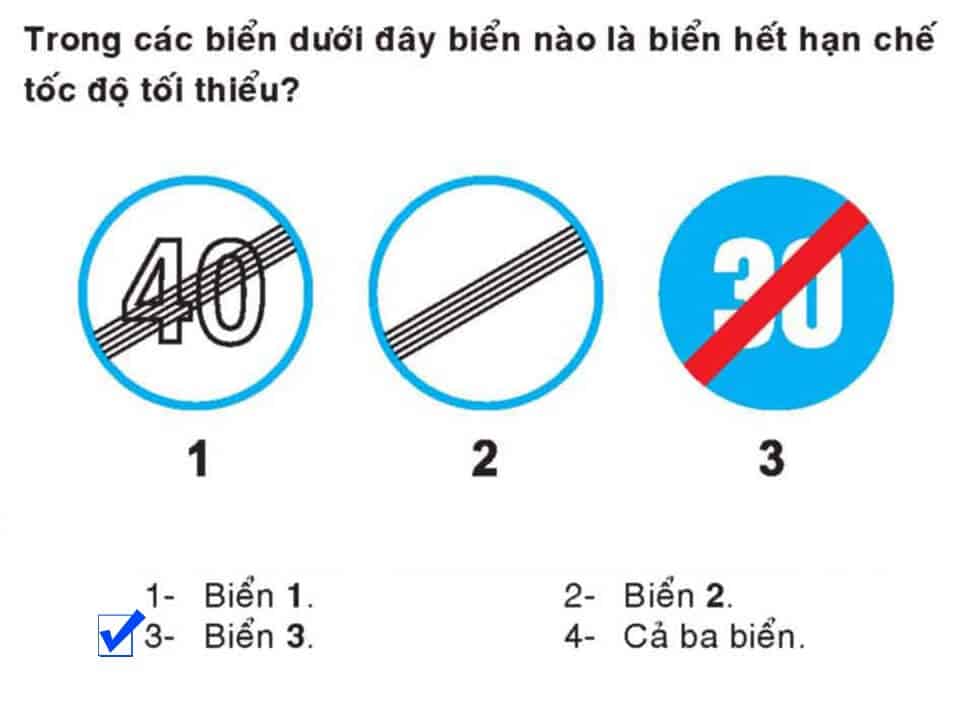
Question 306:
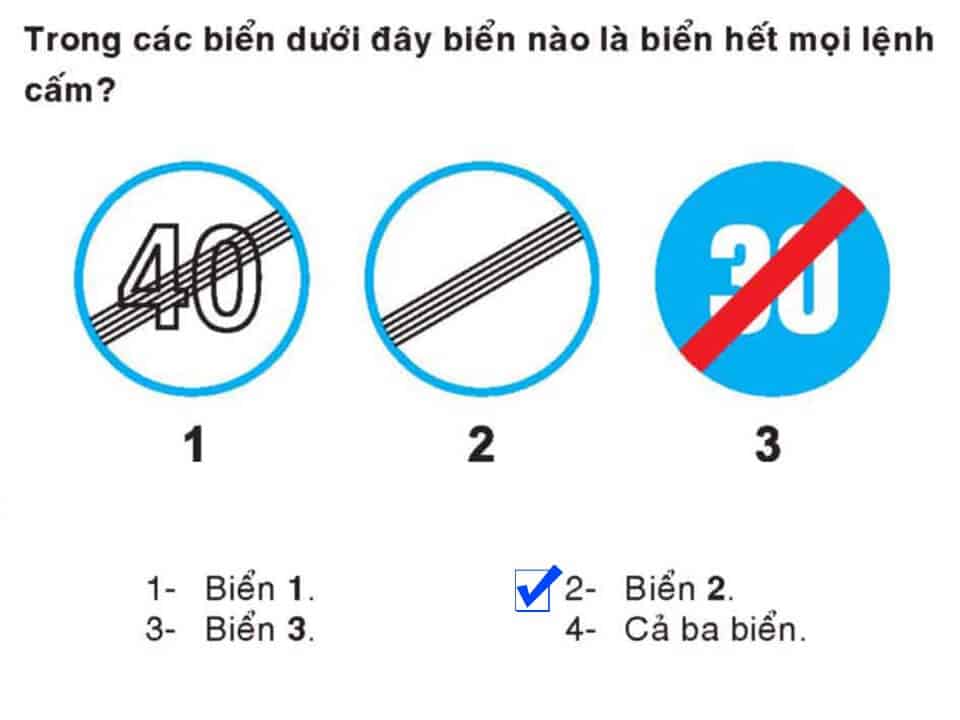
Question 307:
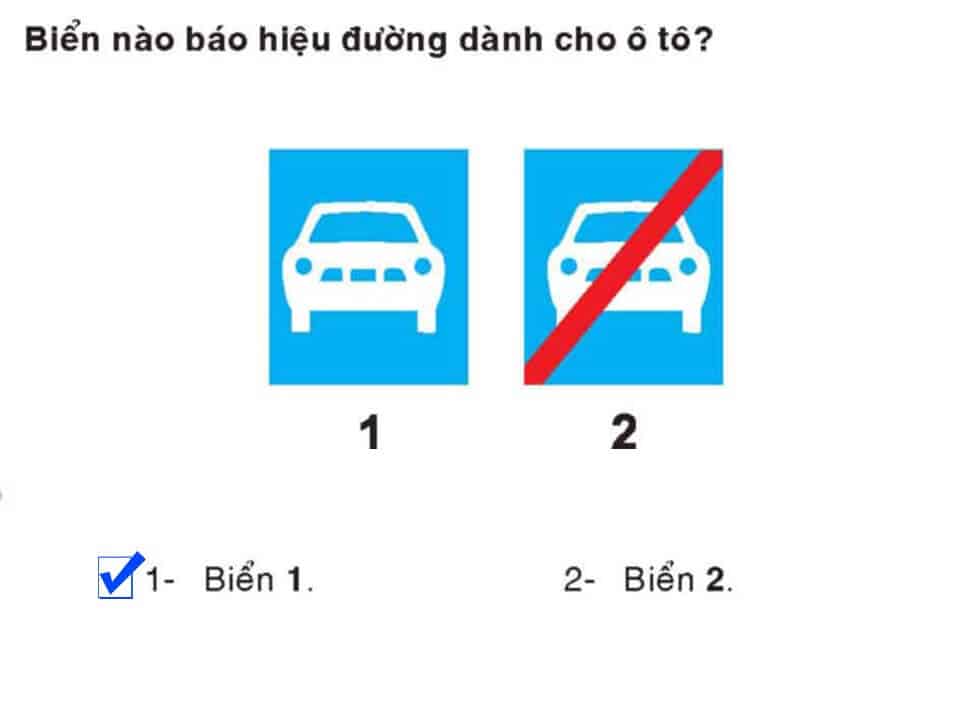
Question 308:
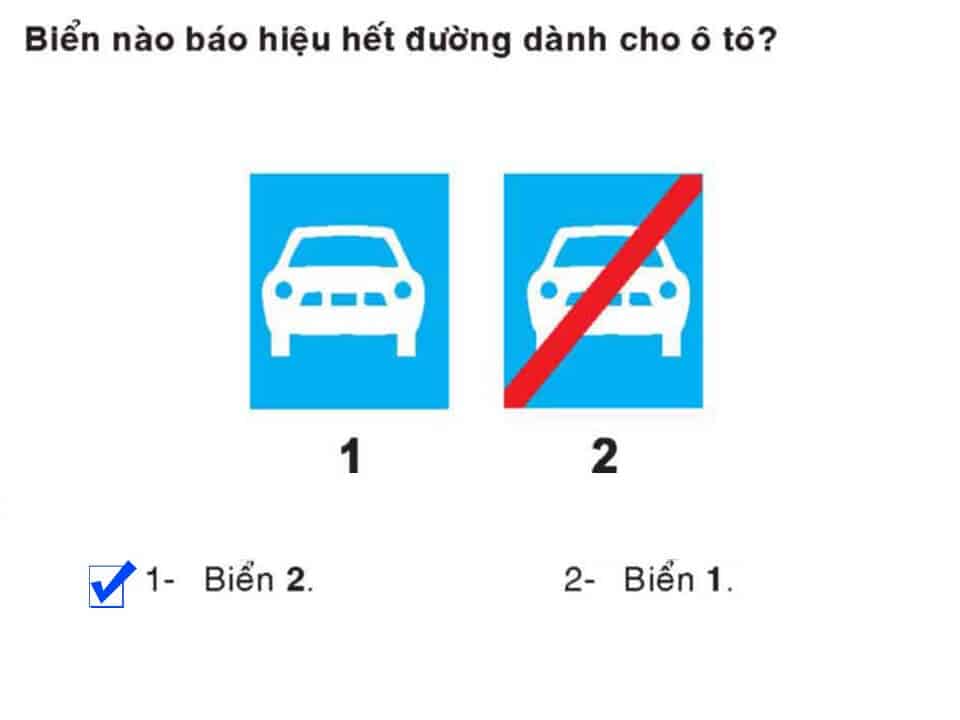
Question 309:
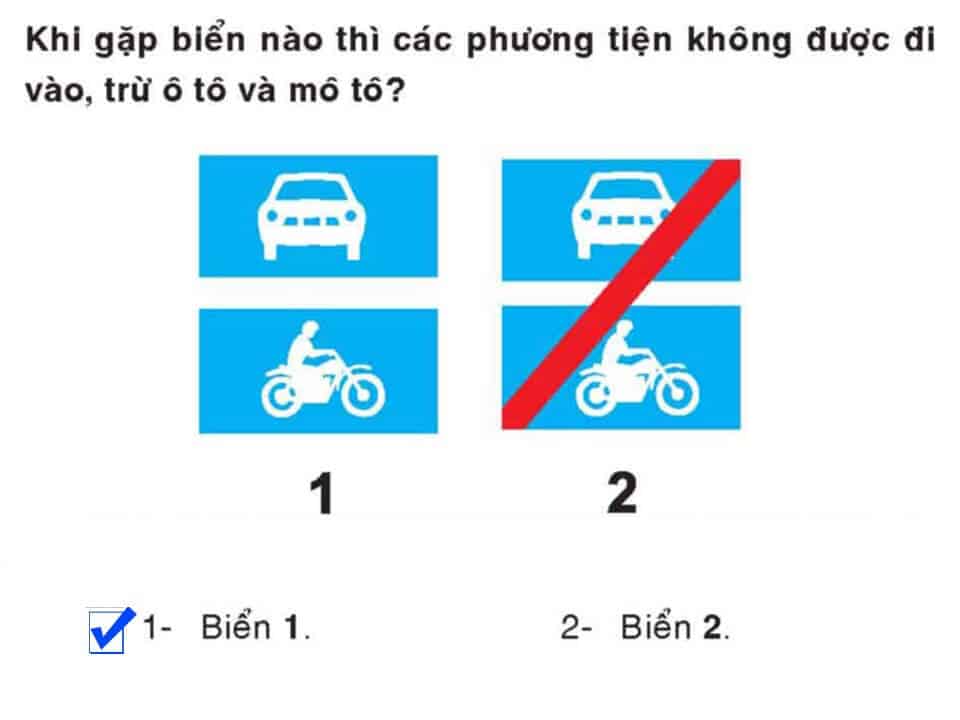
Question 310:
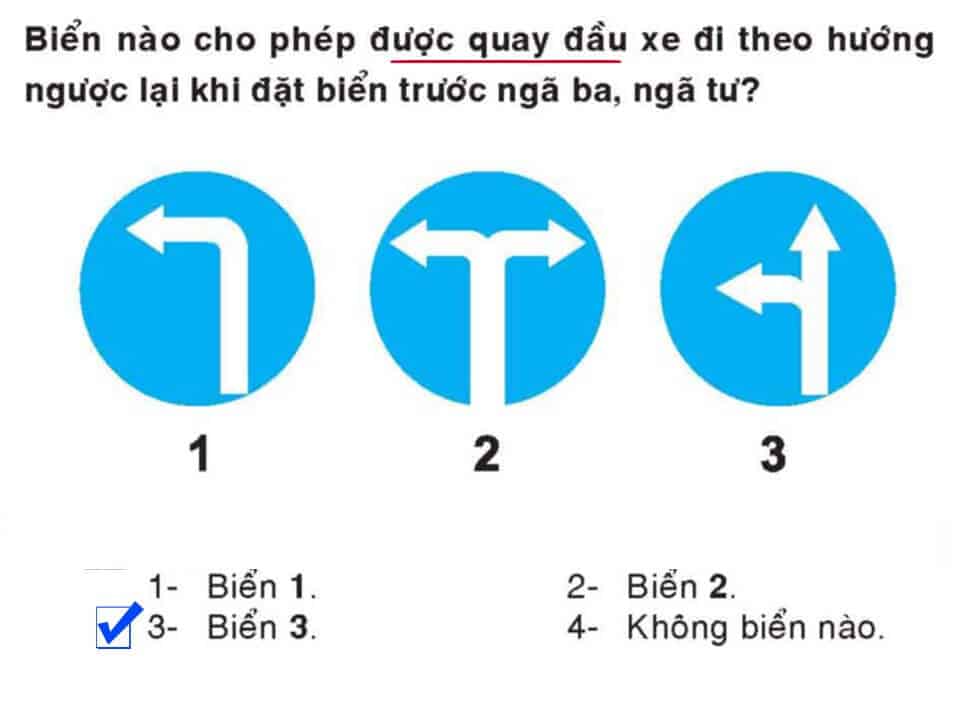
Question 311:
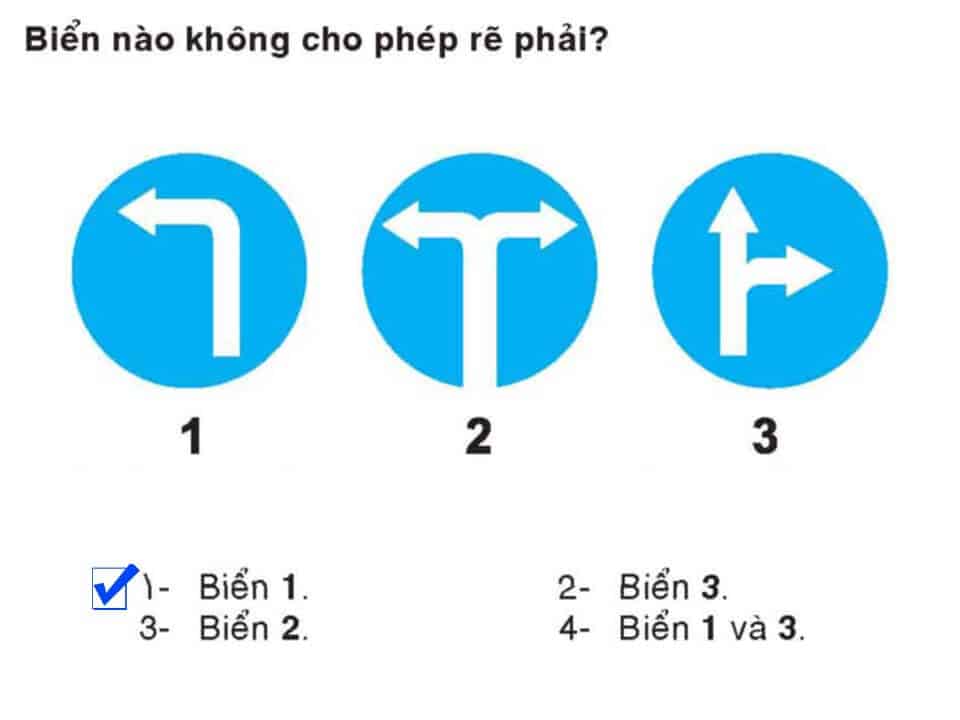
Question 312:
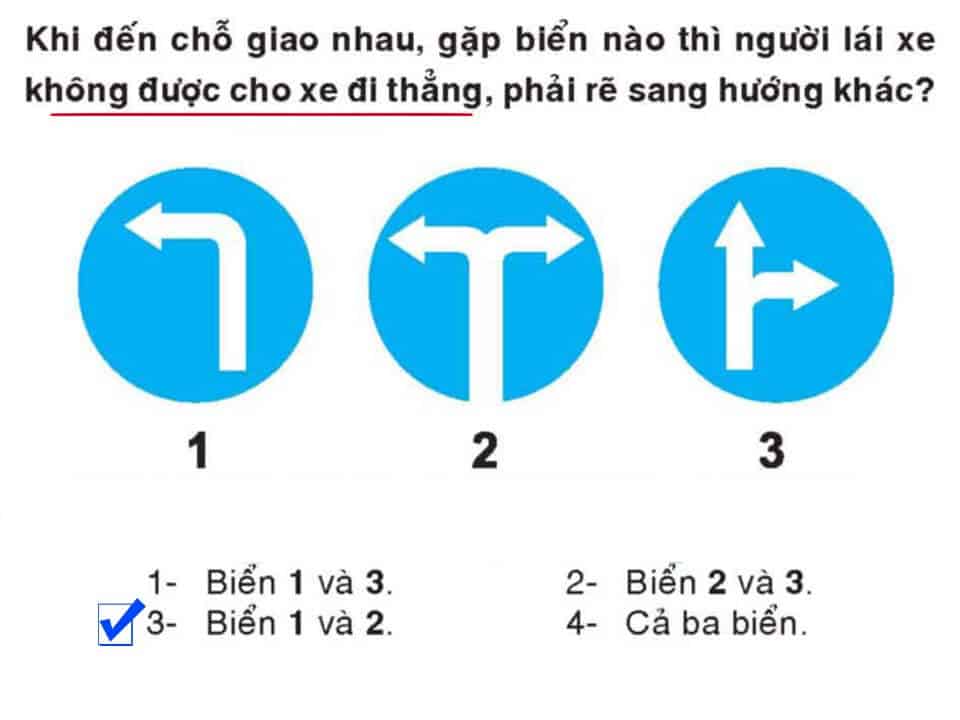
Question 313:
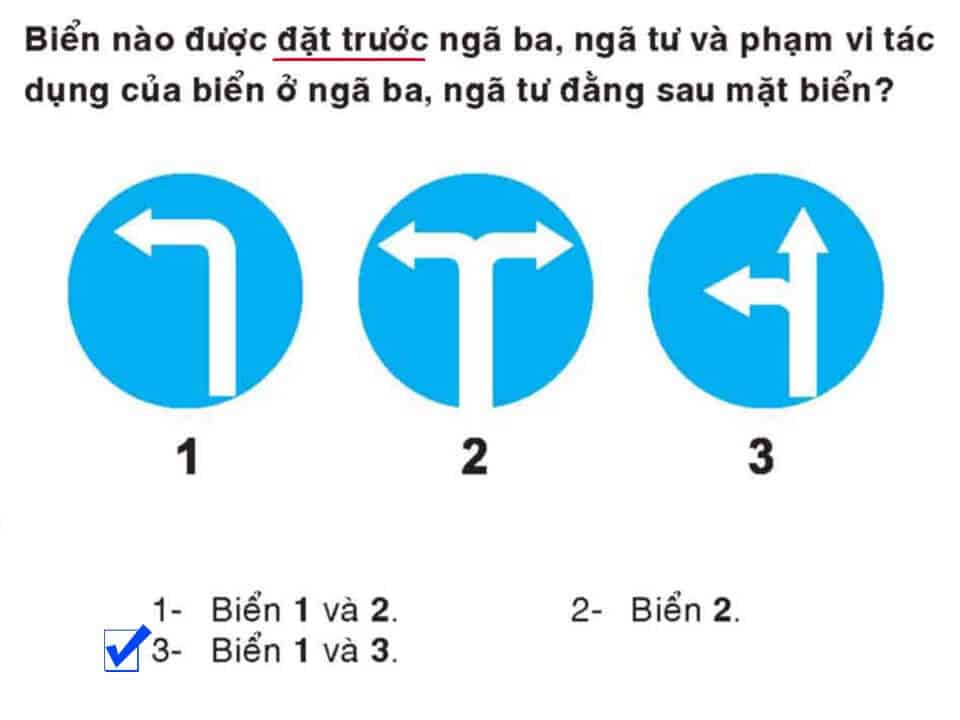
Question 314:
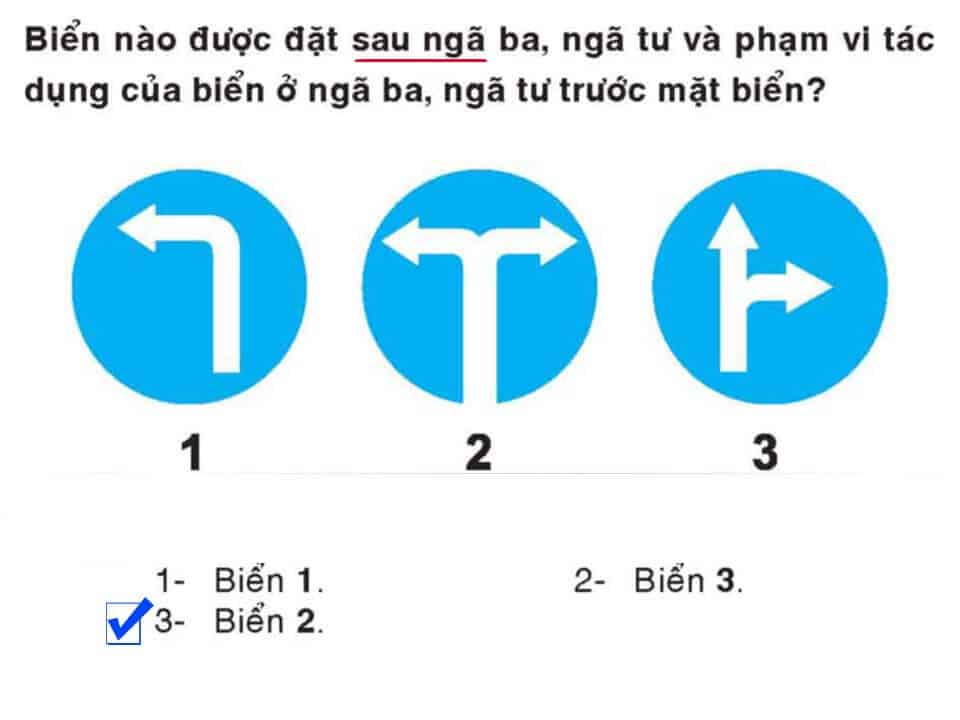
Question 315:
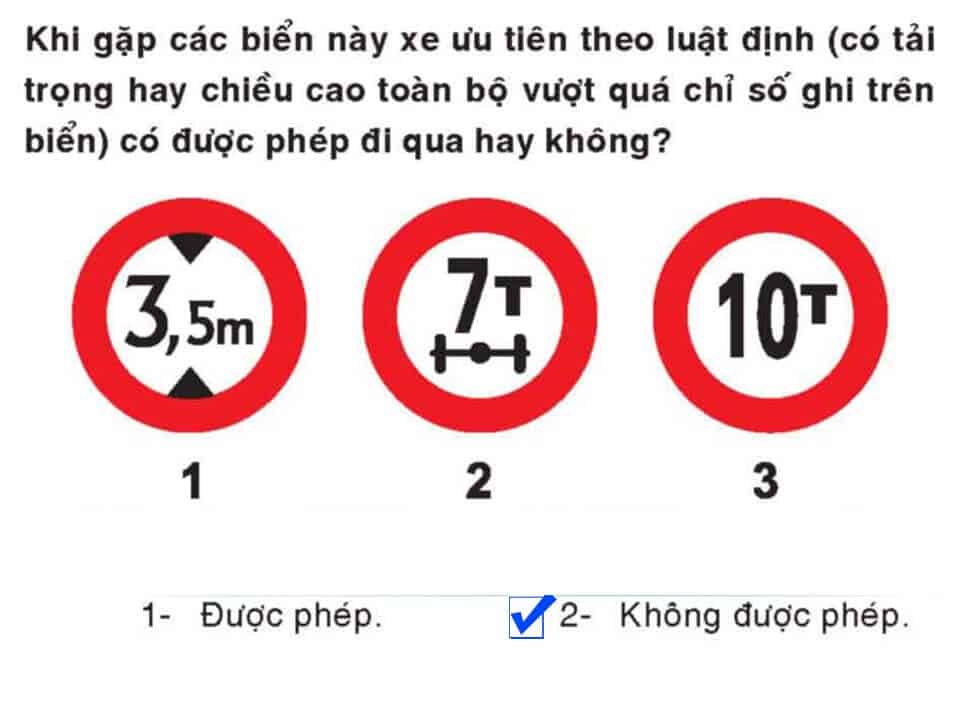
Question 316:
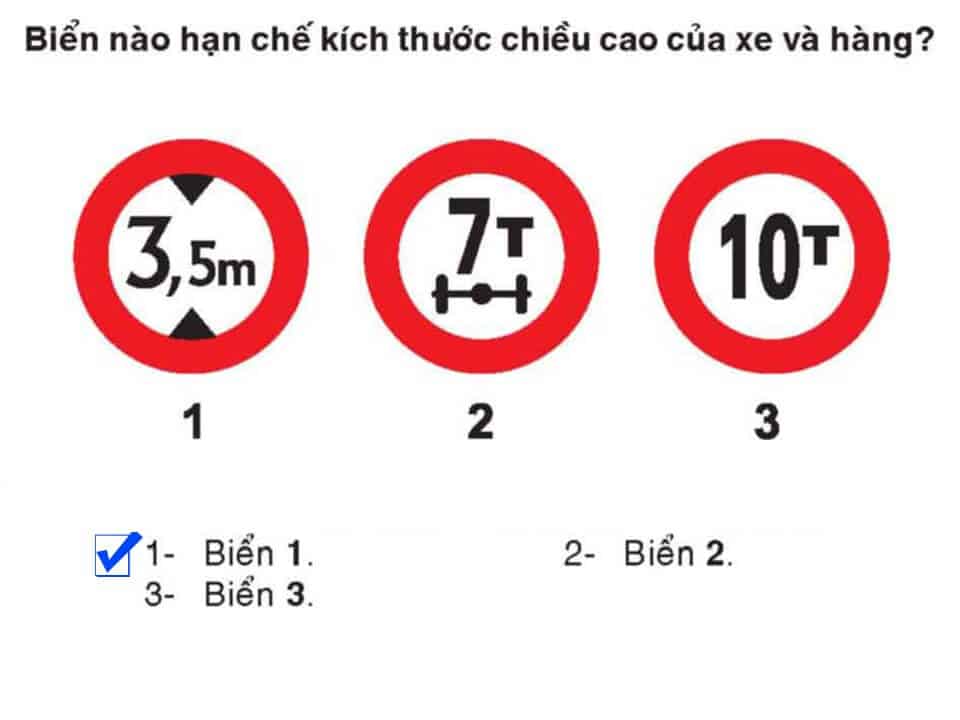
Question 317:
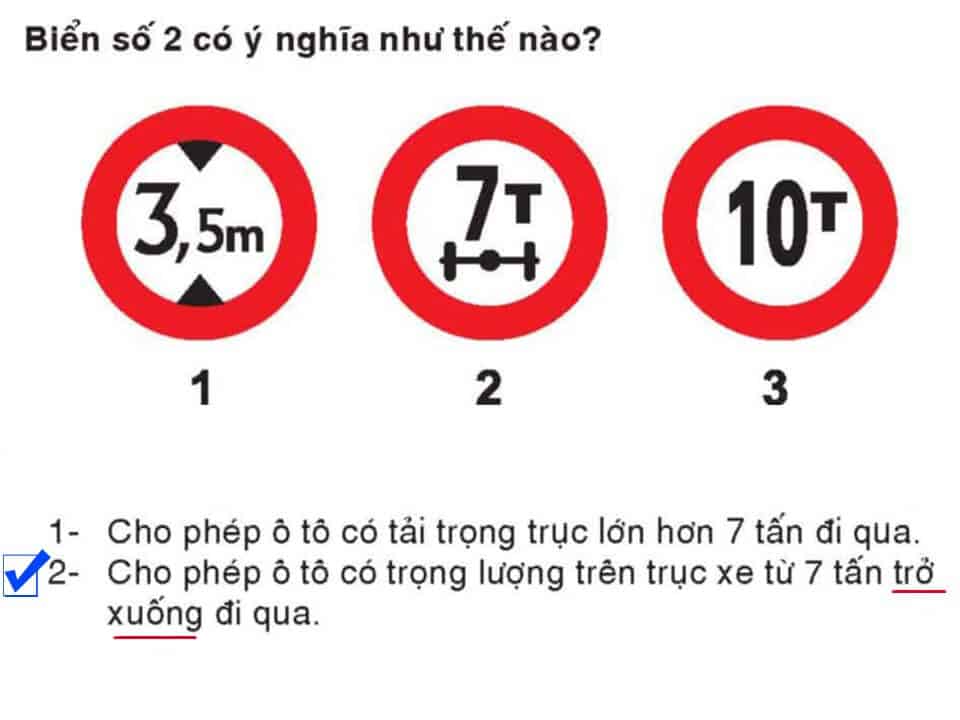
Question 318:
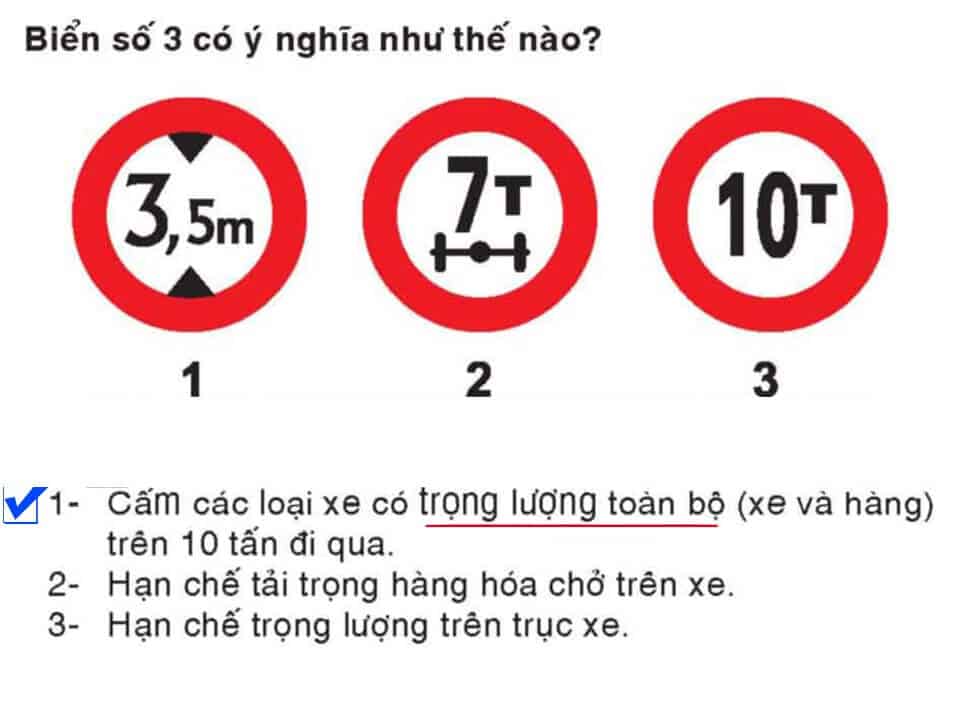
Question 319:
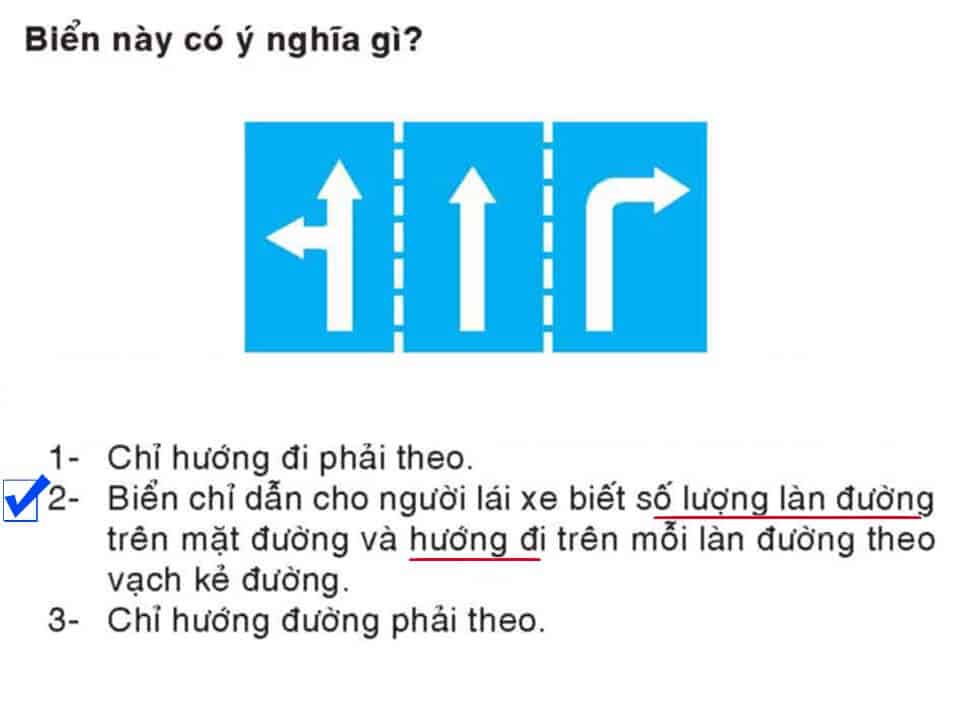
Question 320:
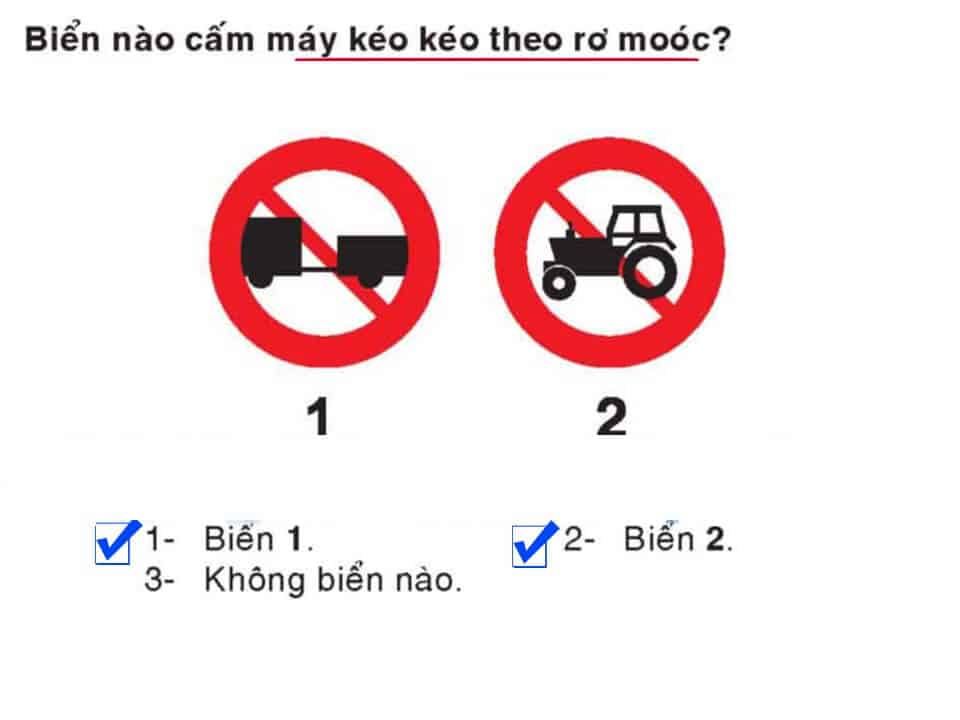
Question 321:
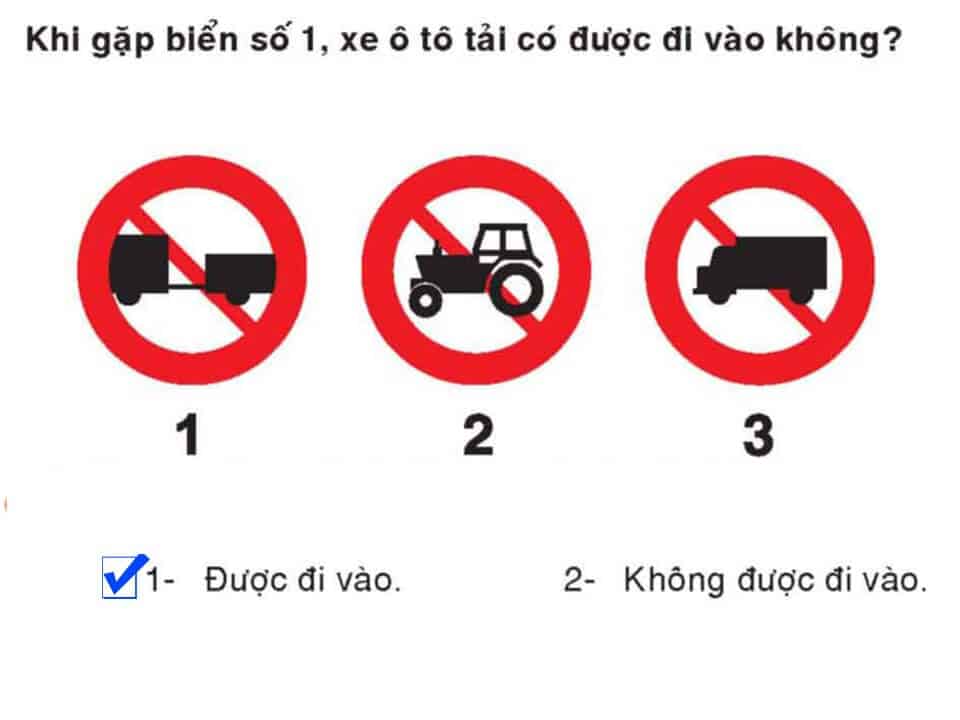
Question 322:
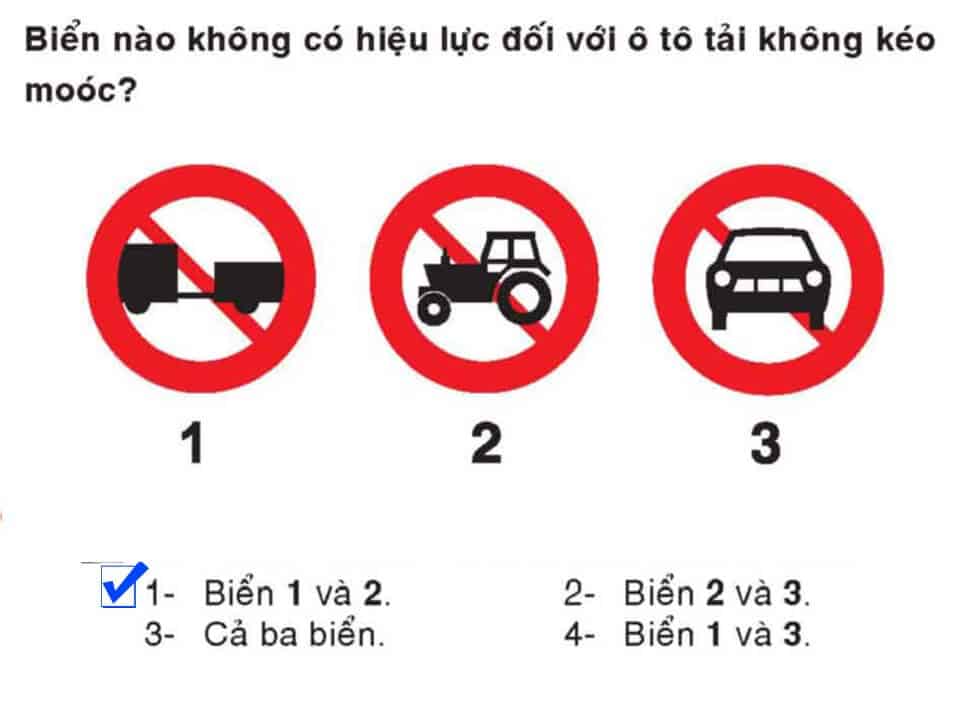
Question 323:
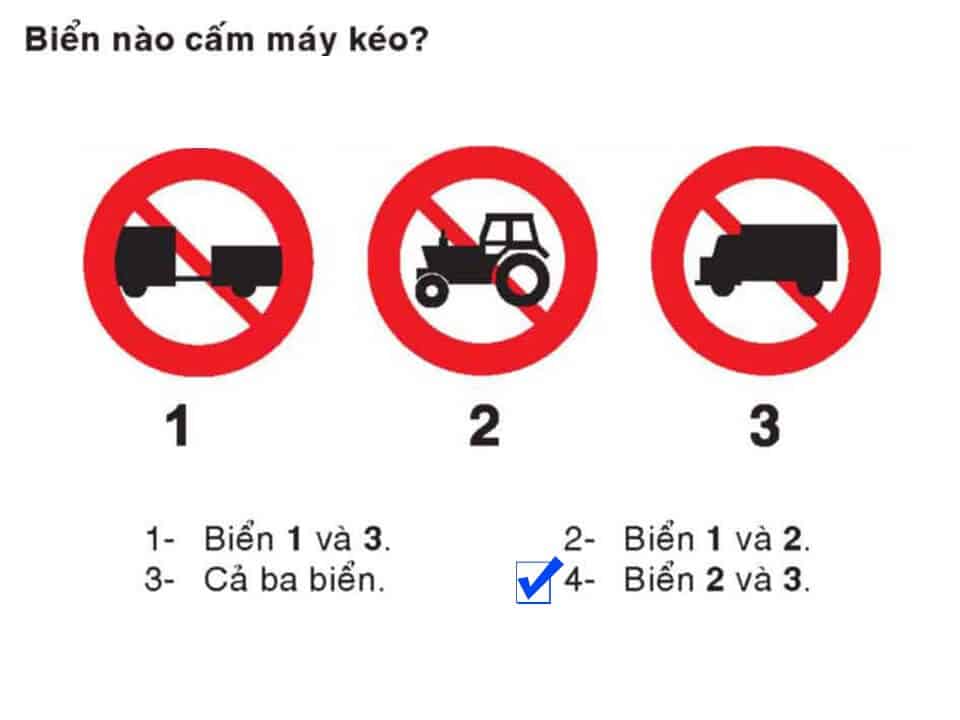
Question 324:
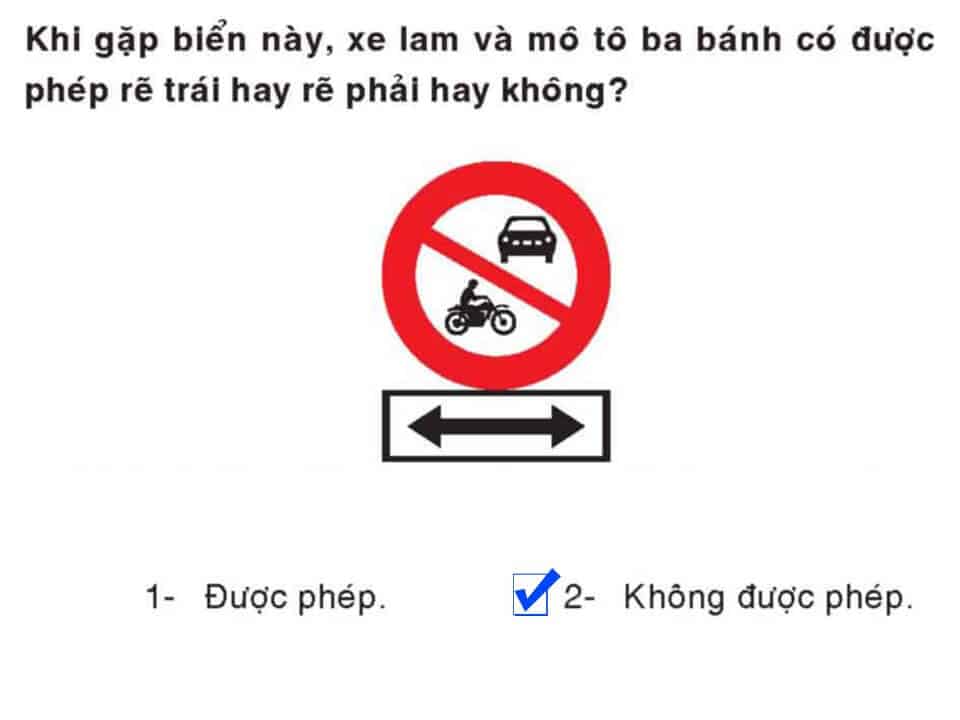
Question 325:
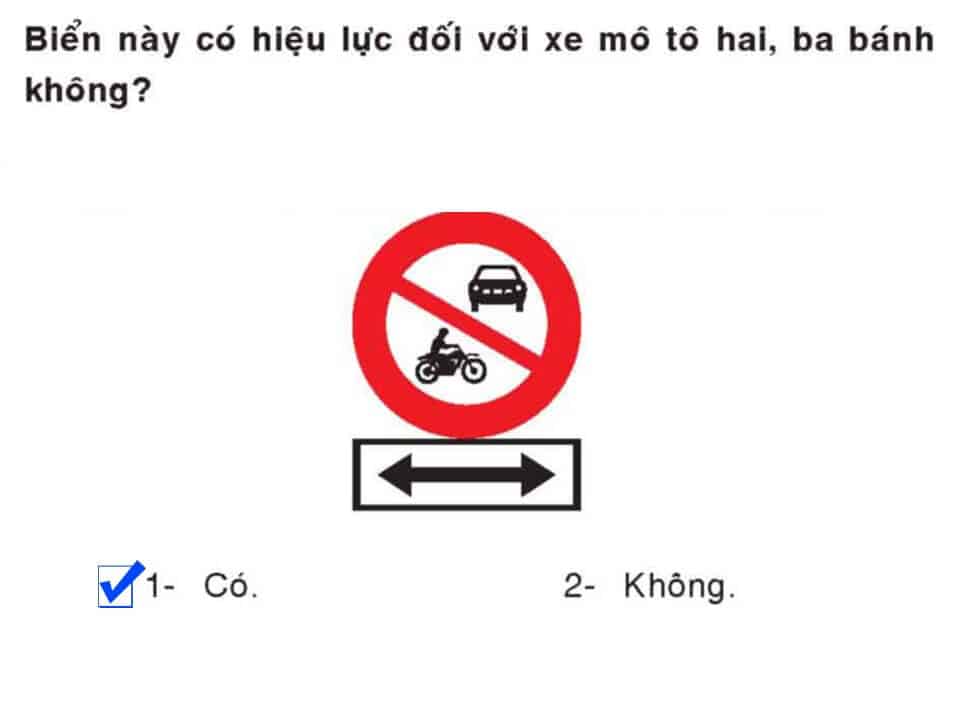
Question 326:
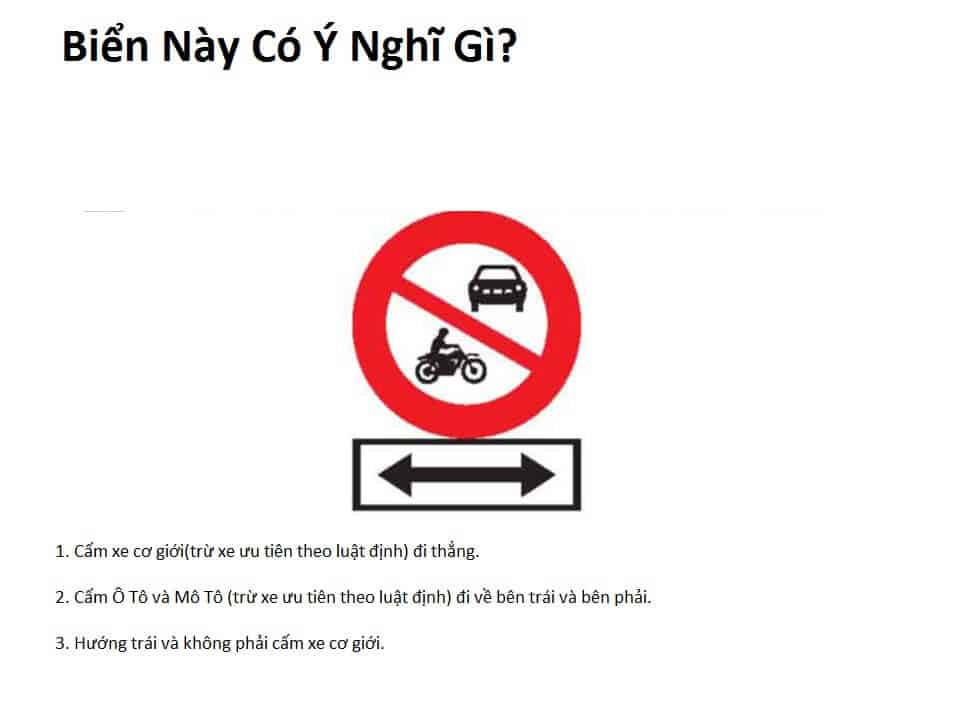
Question 327:
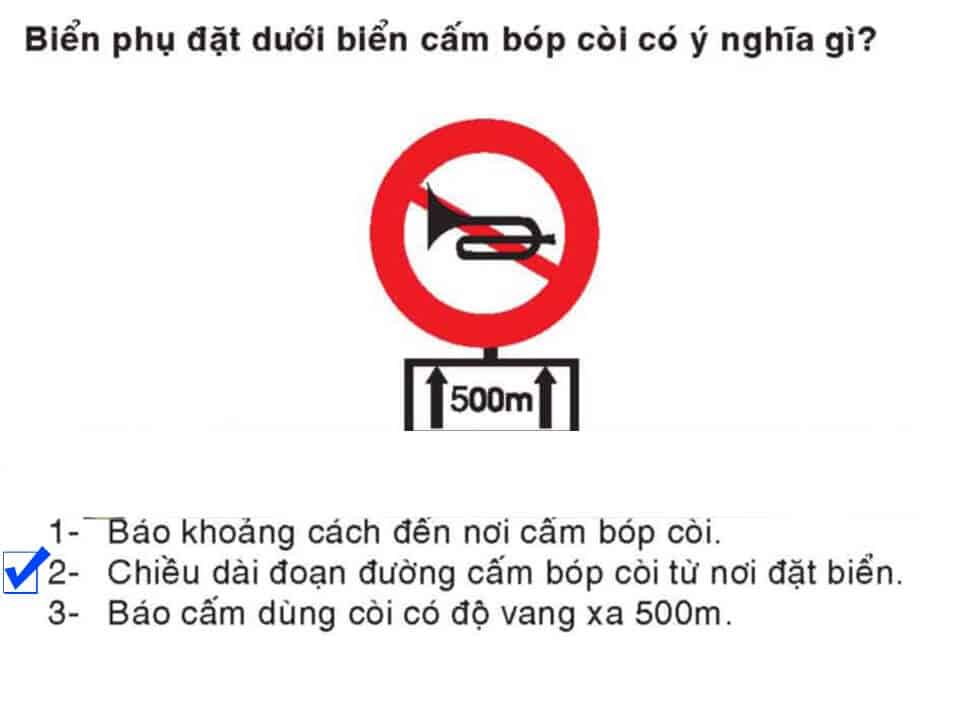
Question 328:
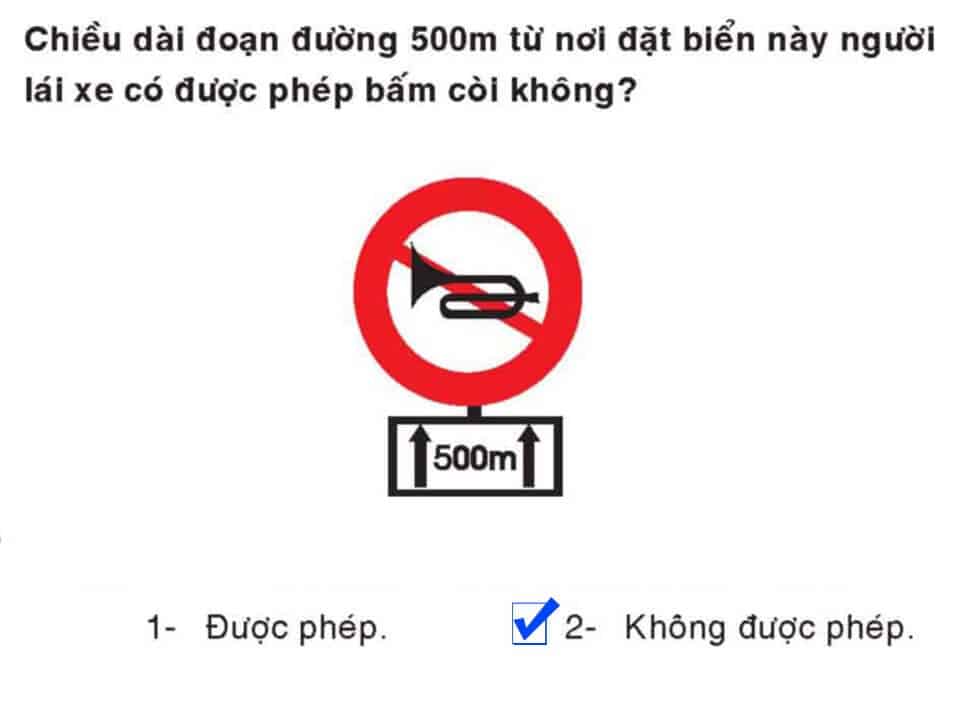
Question 329:
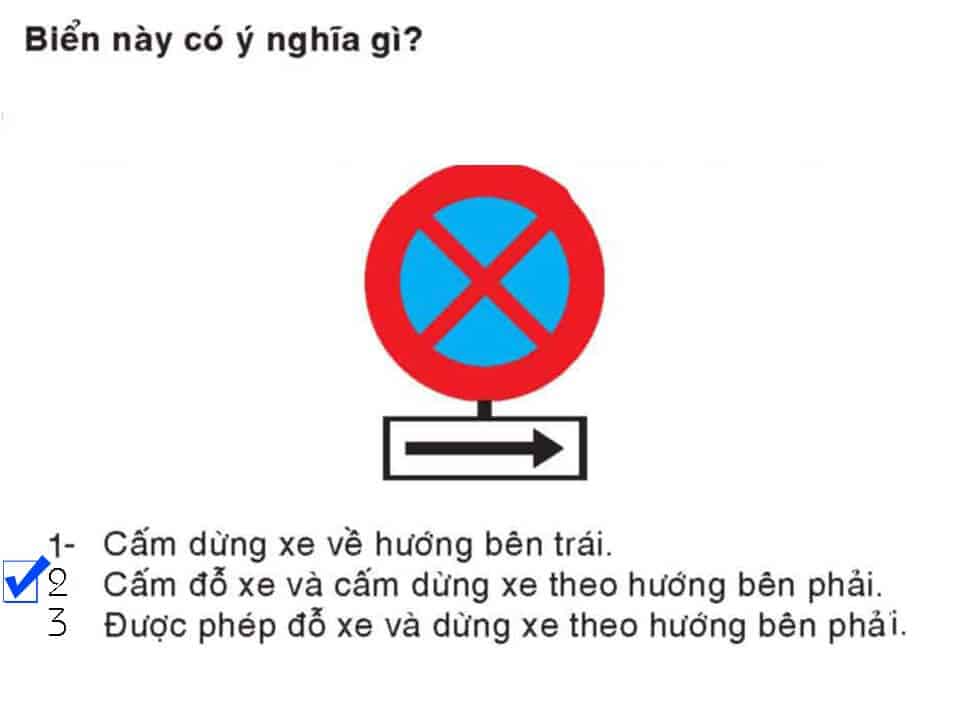
Question 330:

Question 331:
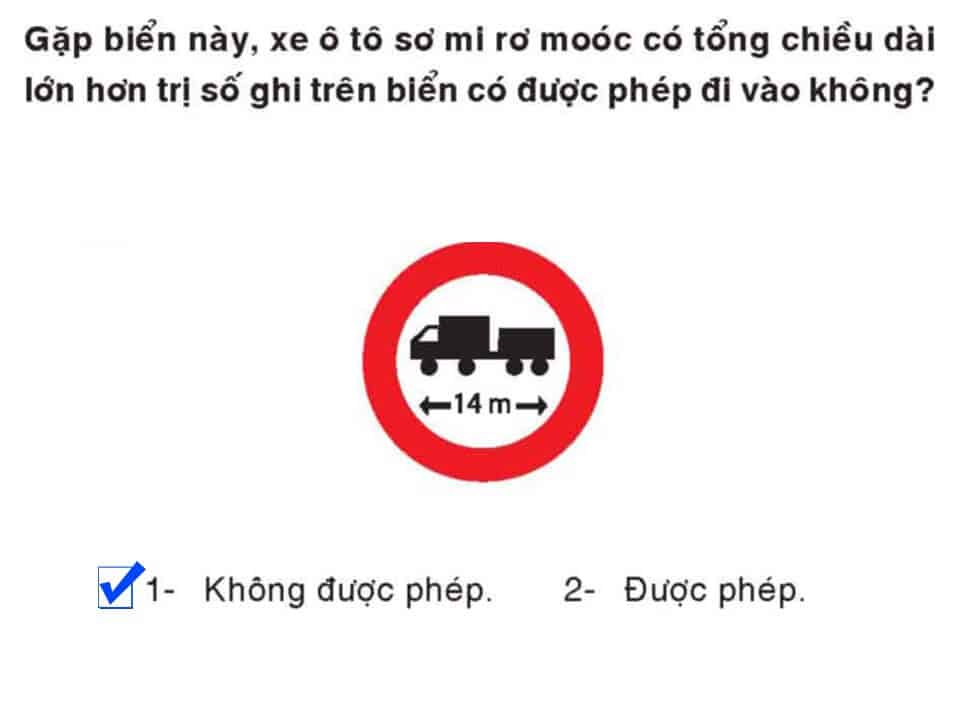
Question 332:
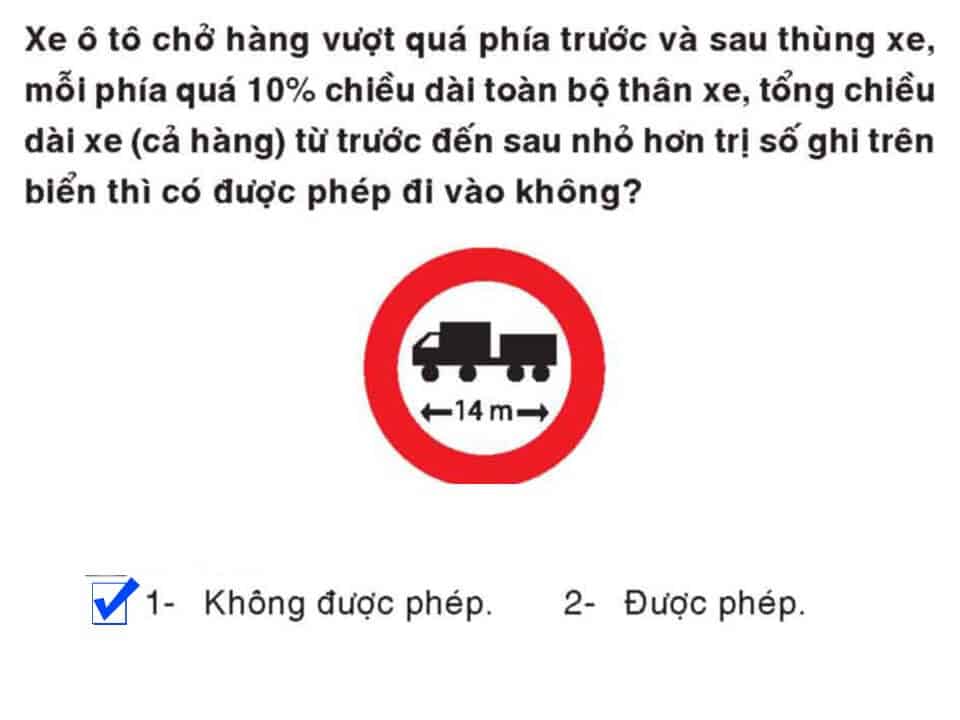
Question 333:
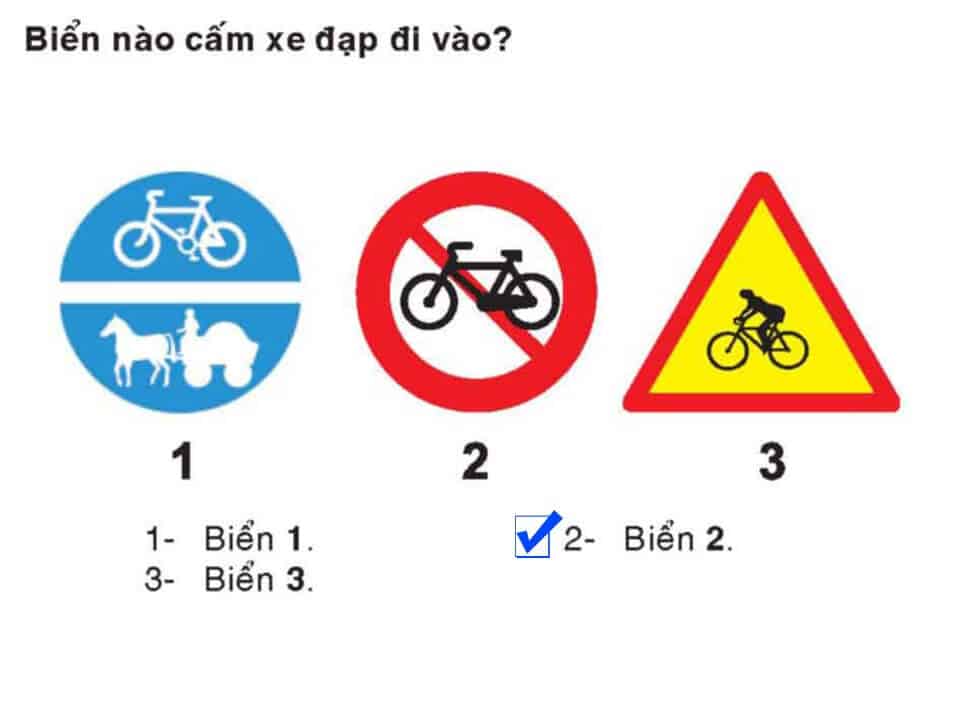
Question 334:
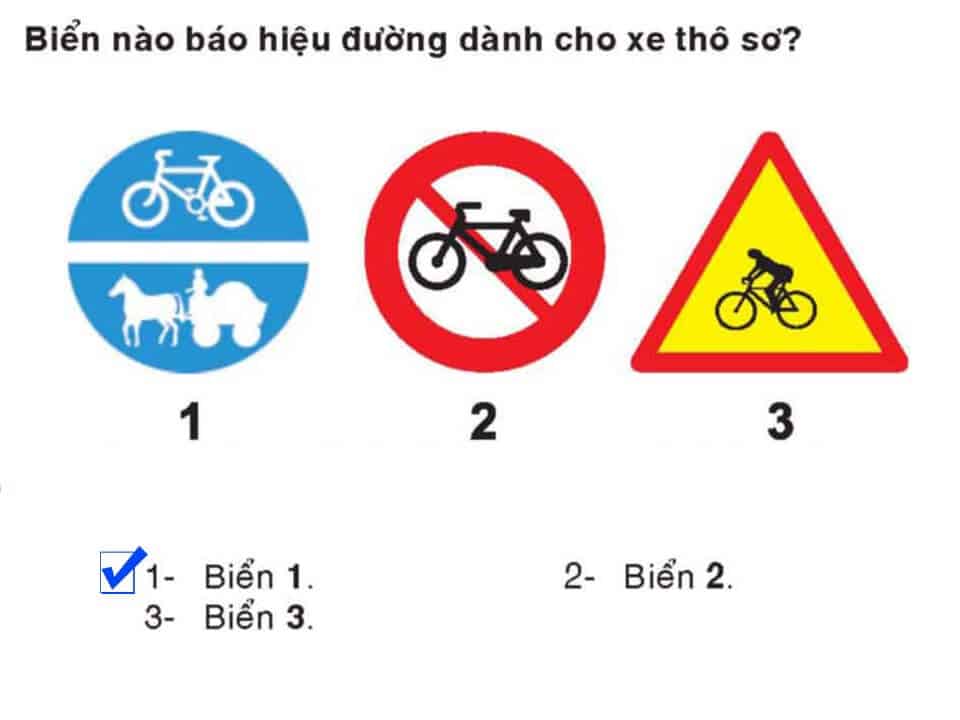
Question 335:
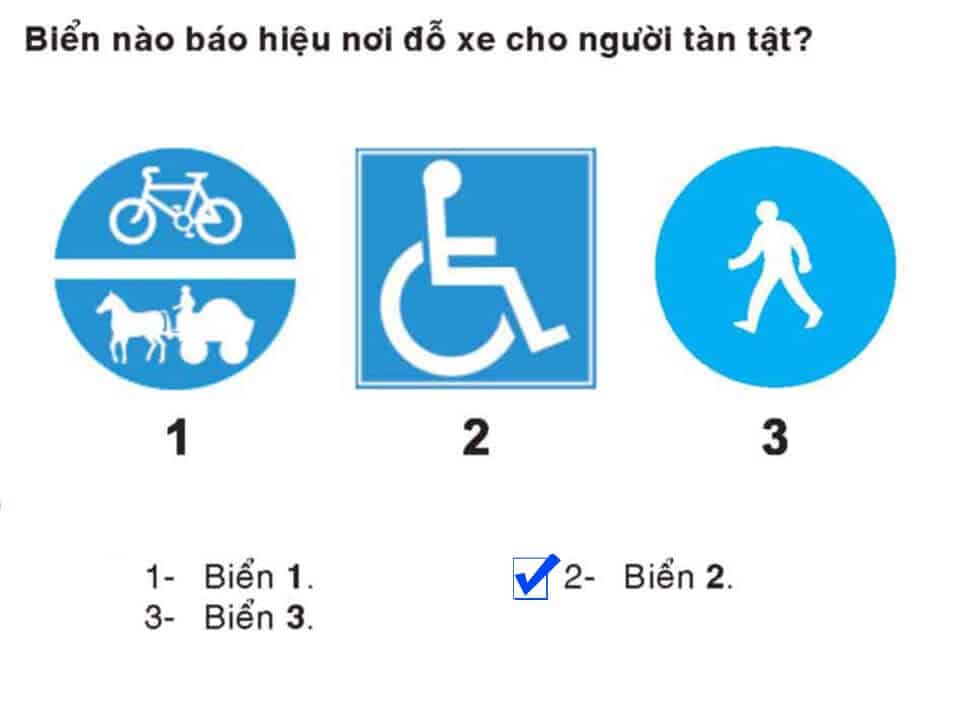
Question 336:
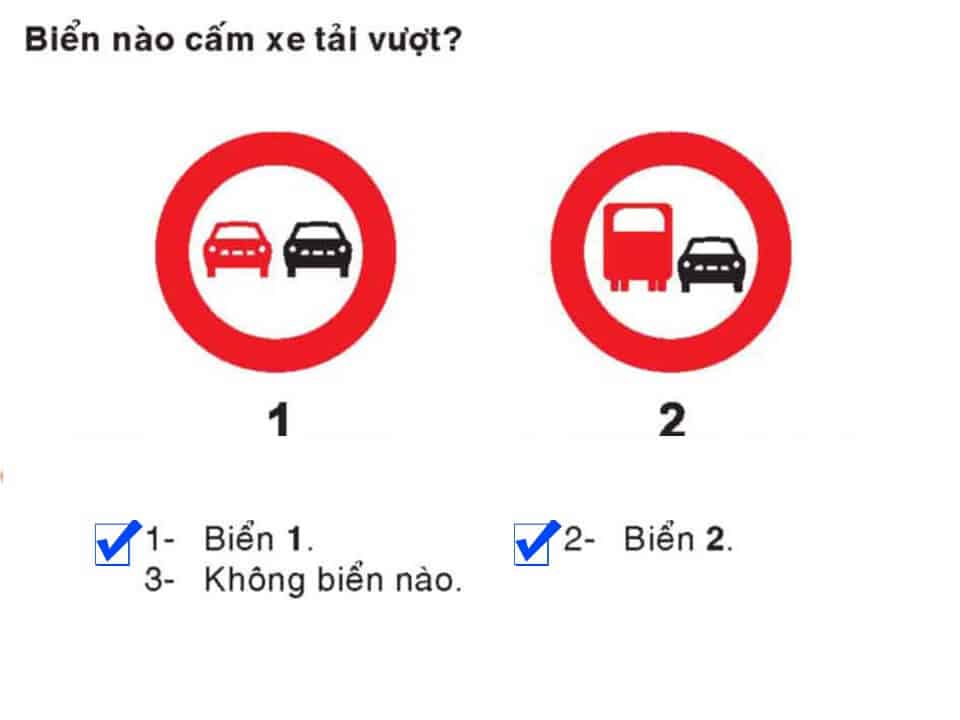
Question 337:
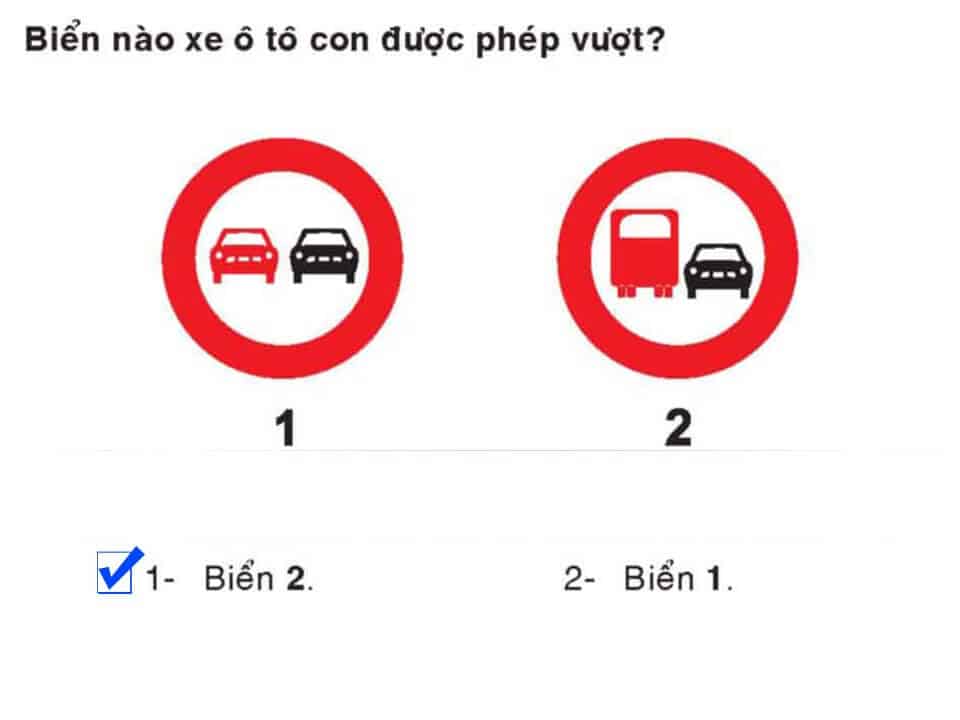
Question 338:
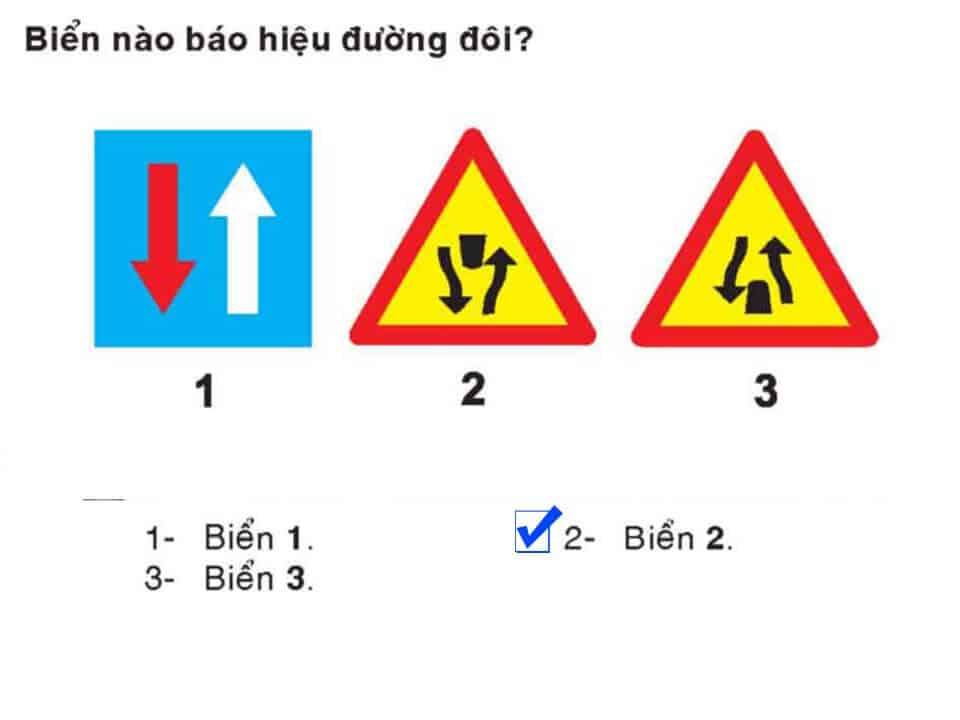
Question 339:
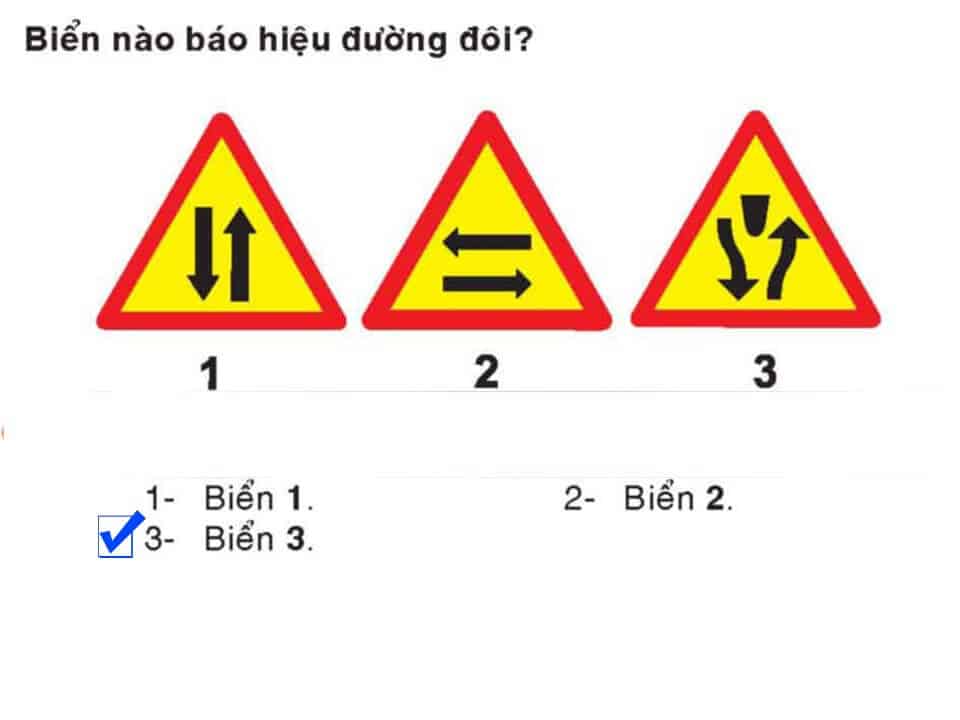
Question 340:
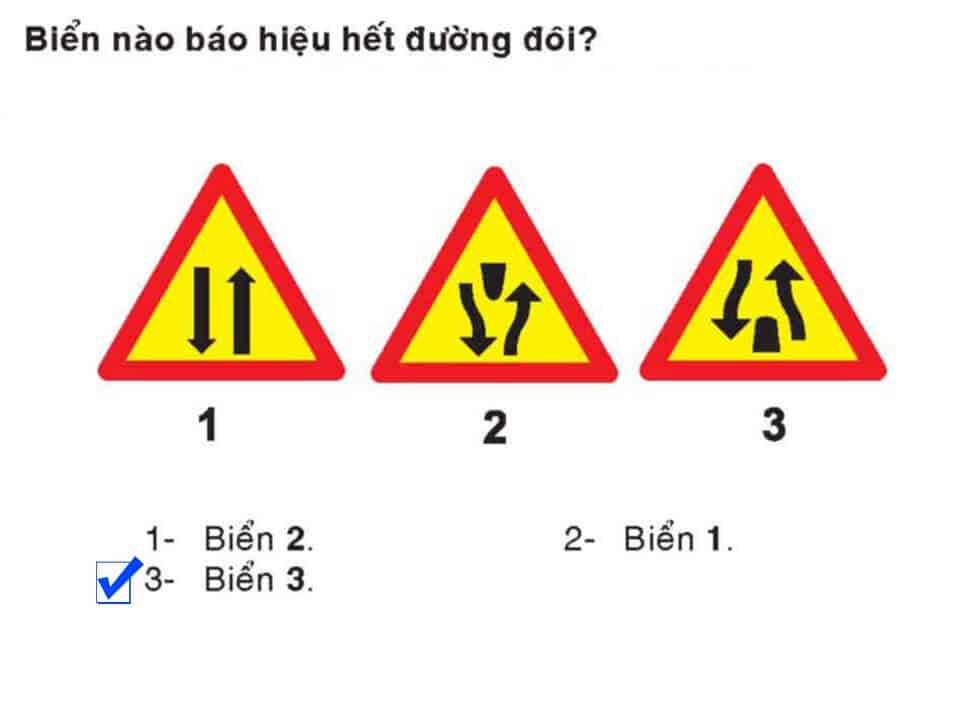
Question 341:
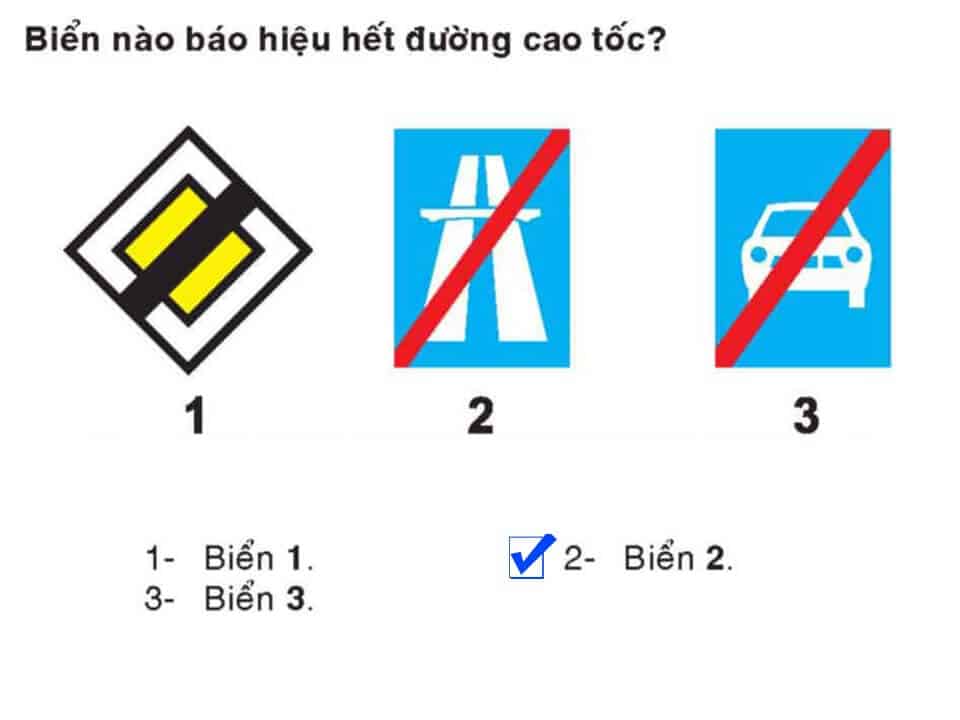
Question 342:
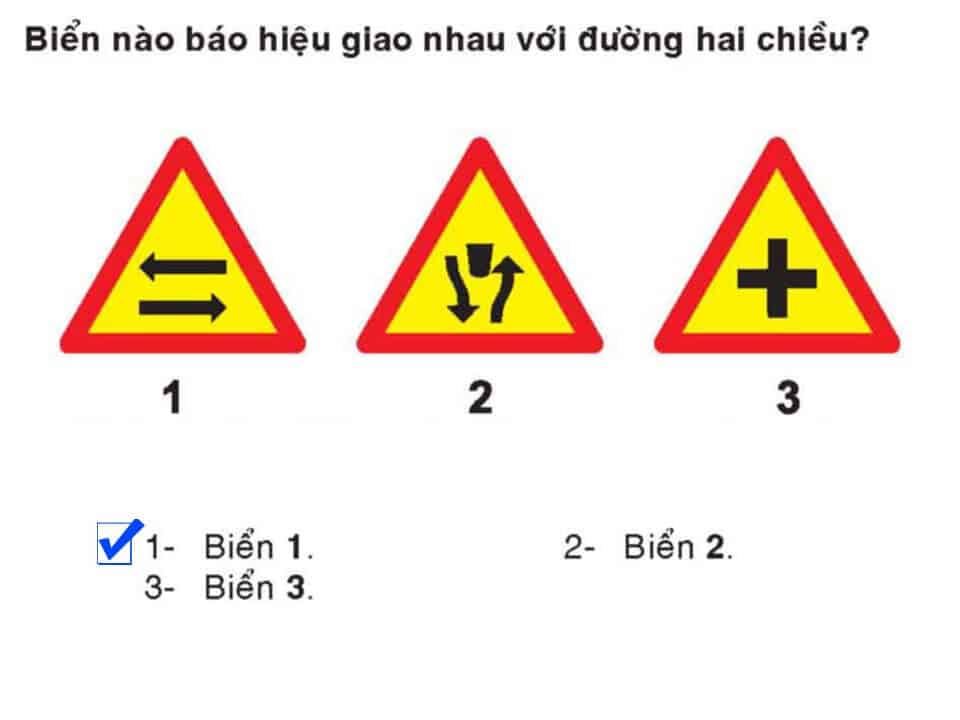
Question 343:
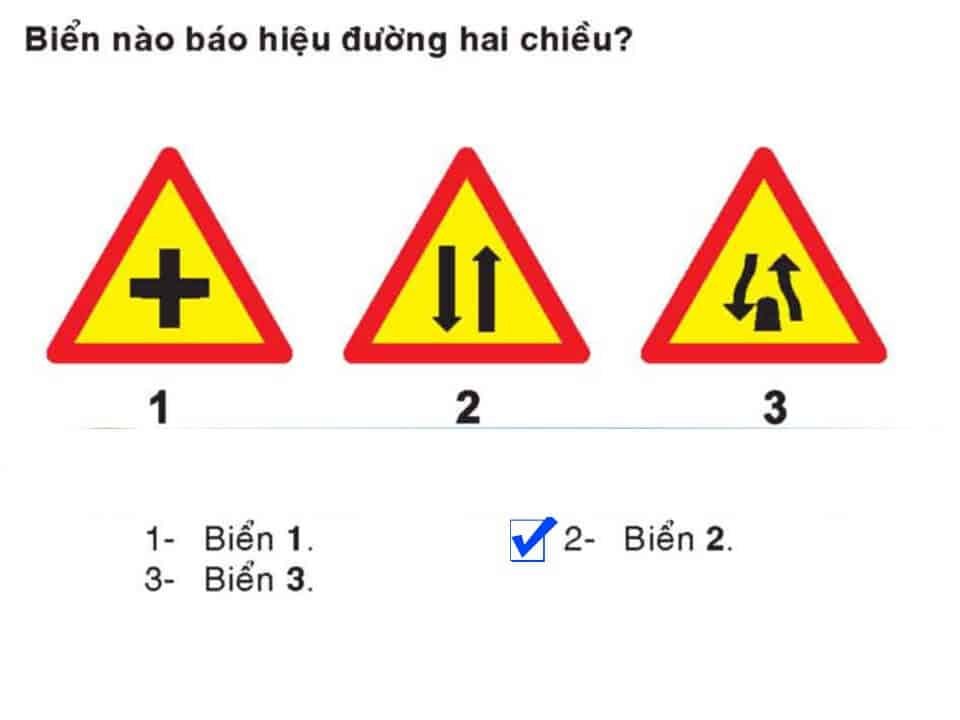
Question 344:
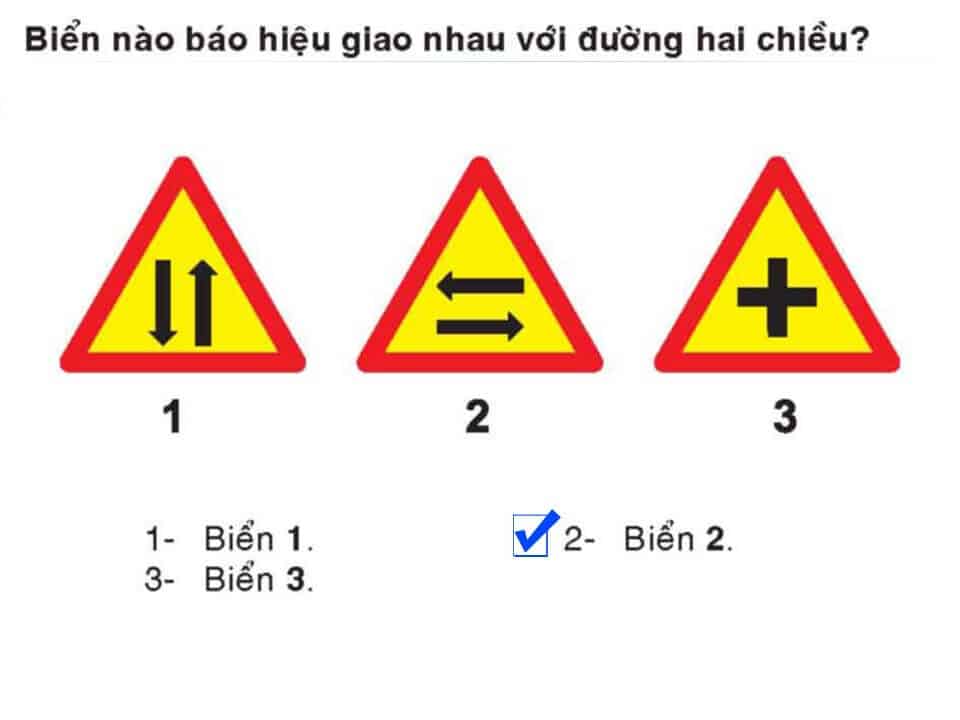
Question 345:
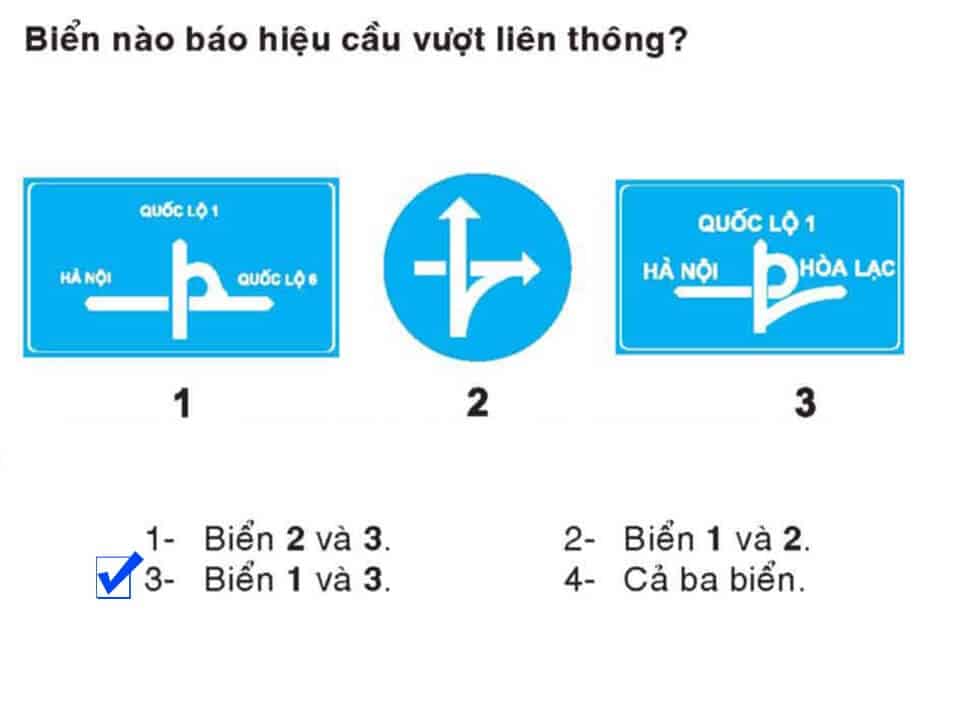
Question 346:
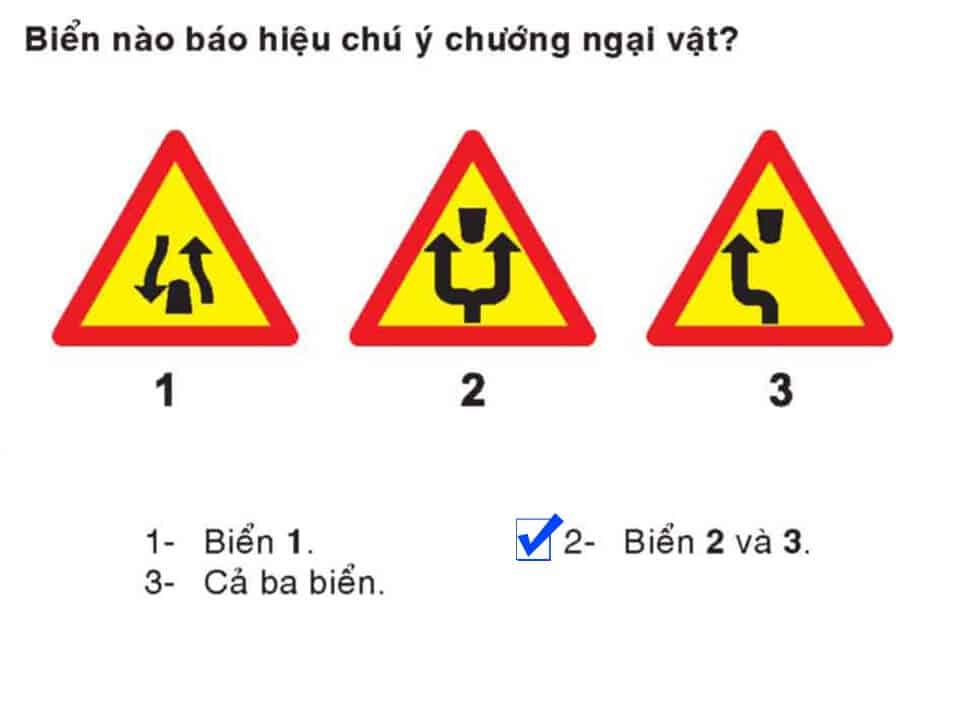
Question 347:
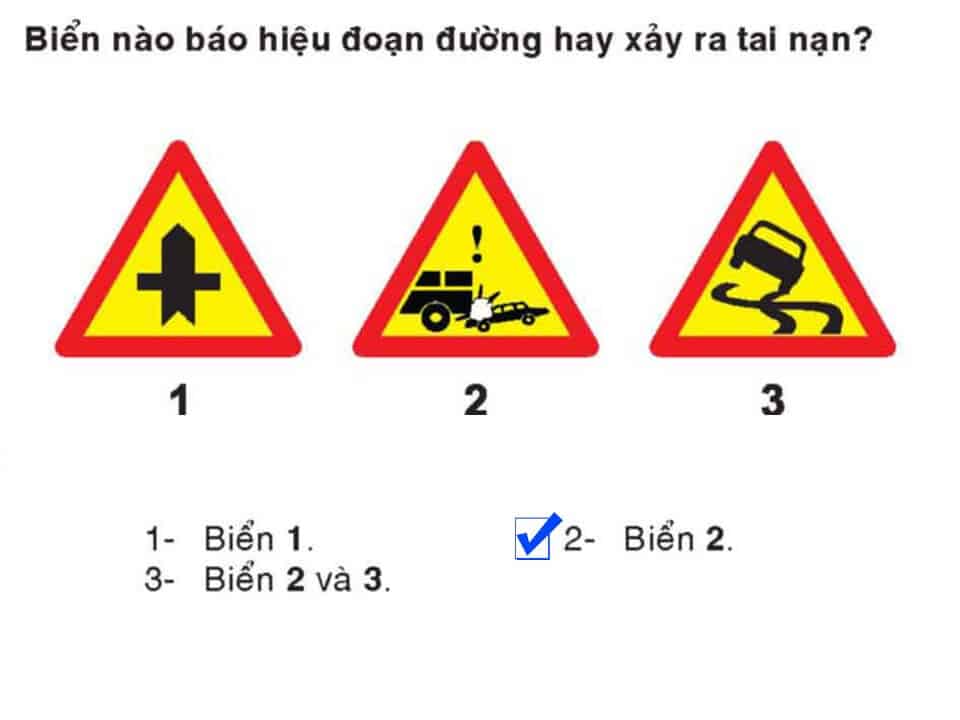
Question 348:
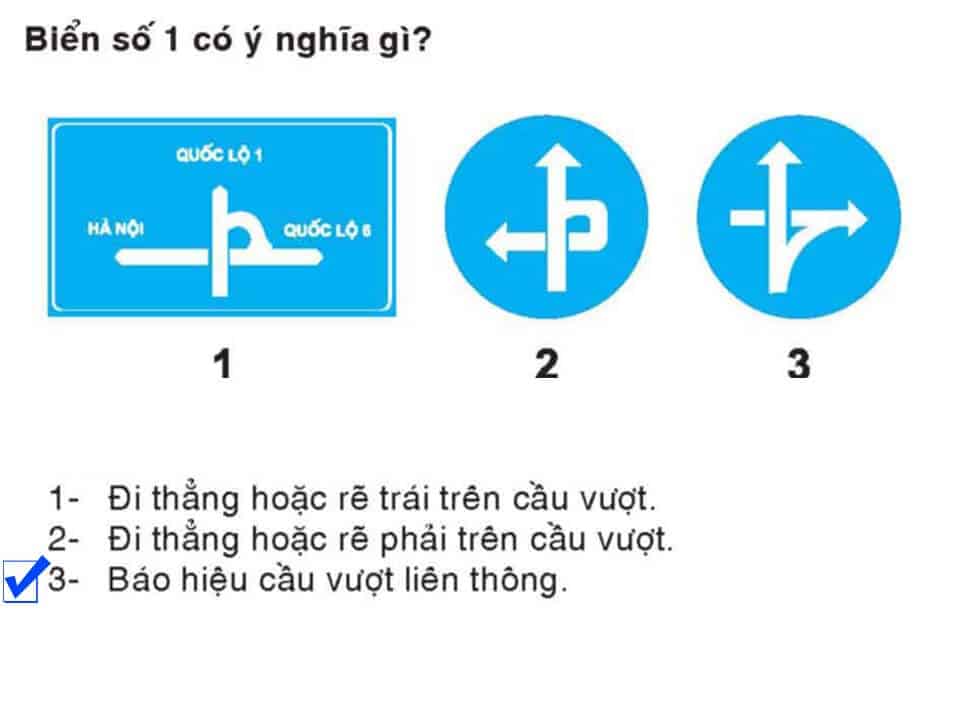
Question 349:
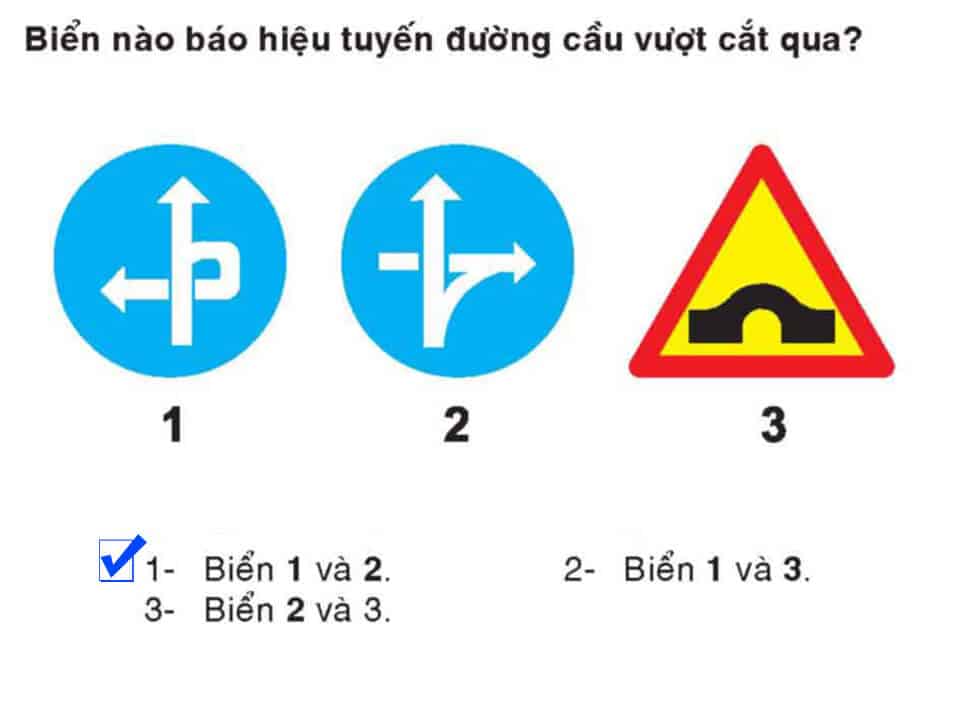
Question 350:
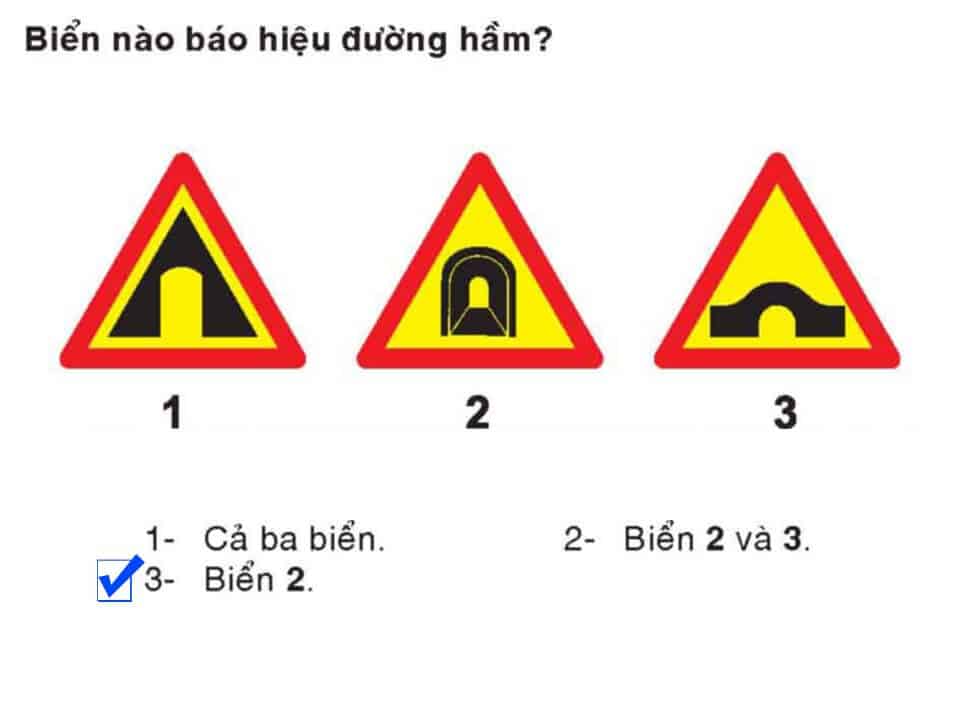
Question 351:
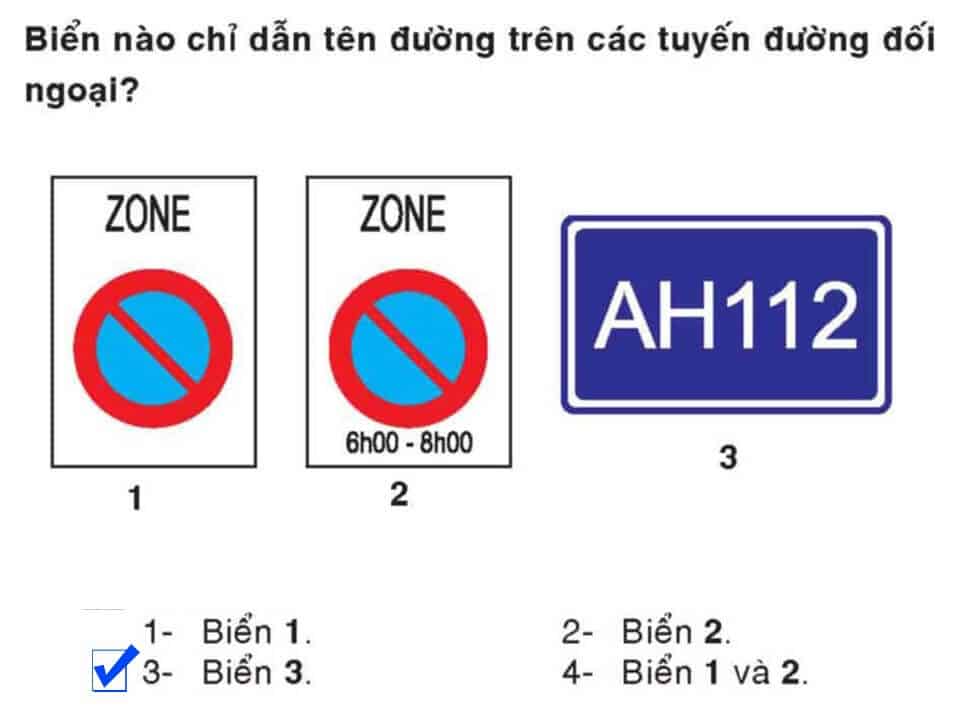
Question 352:
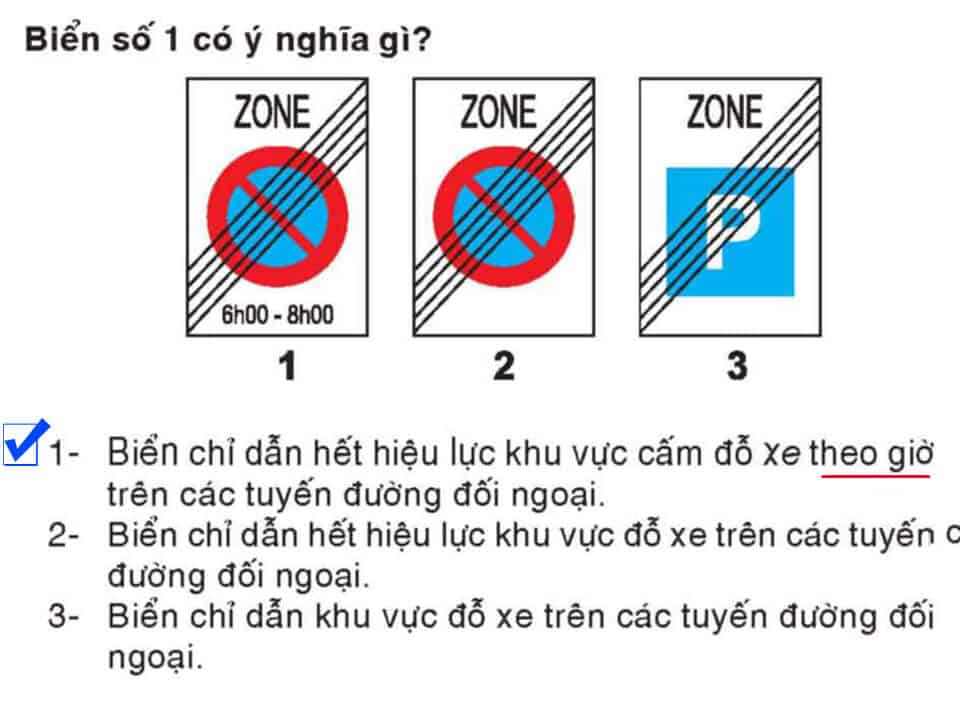
Question 353:
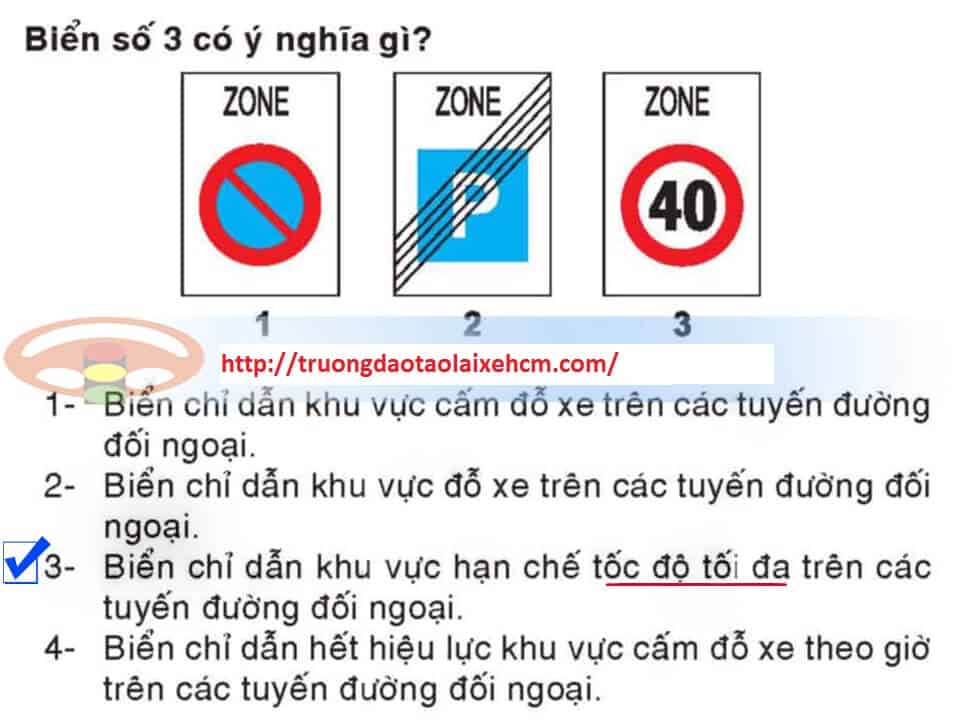
Question 354:
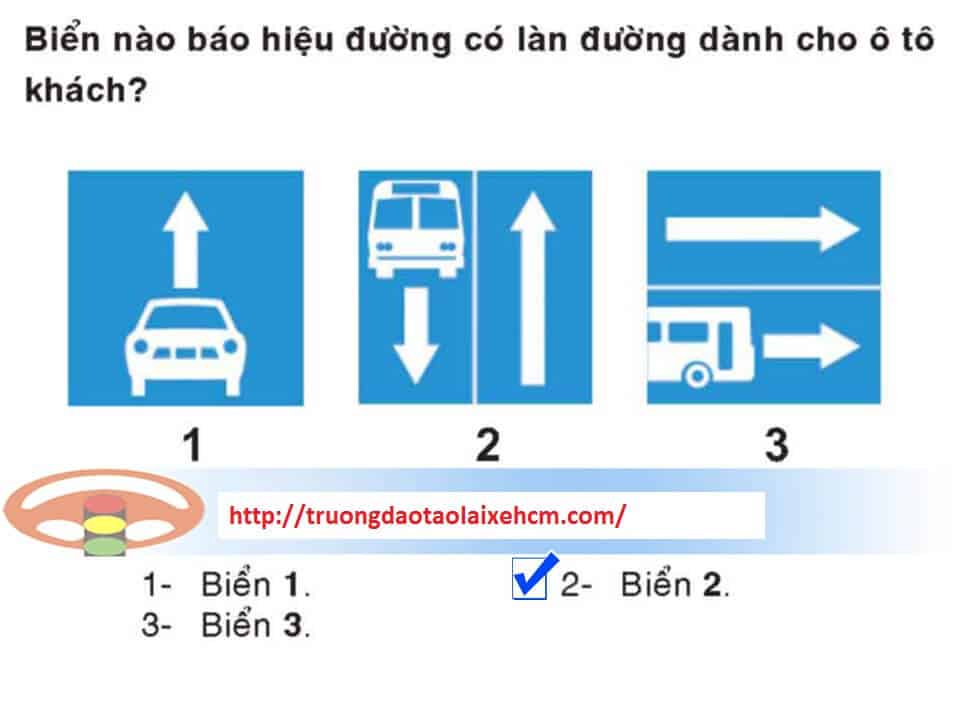
Question 355:
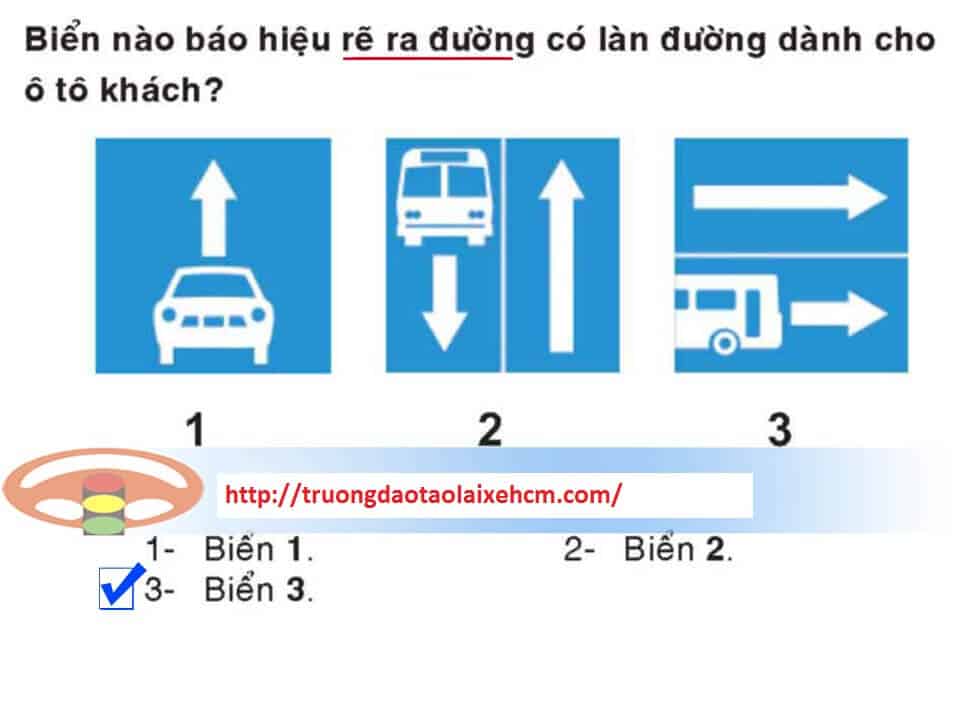
Question 356:
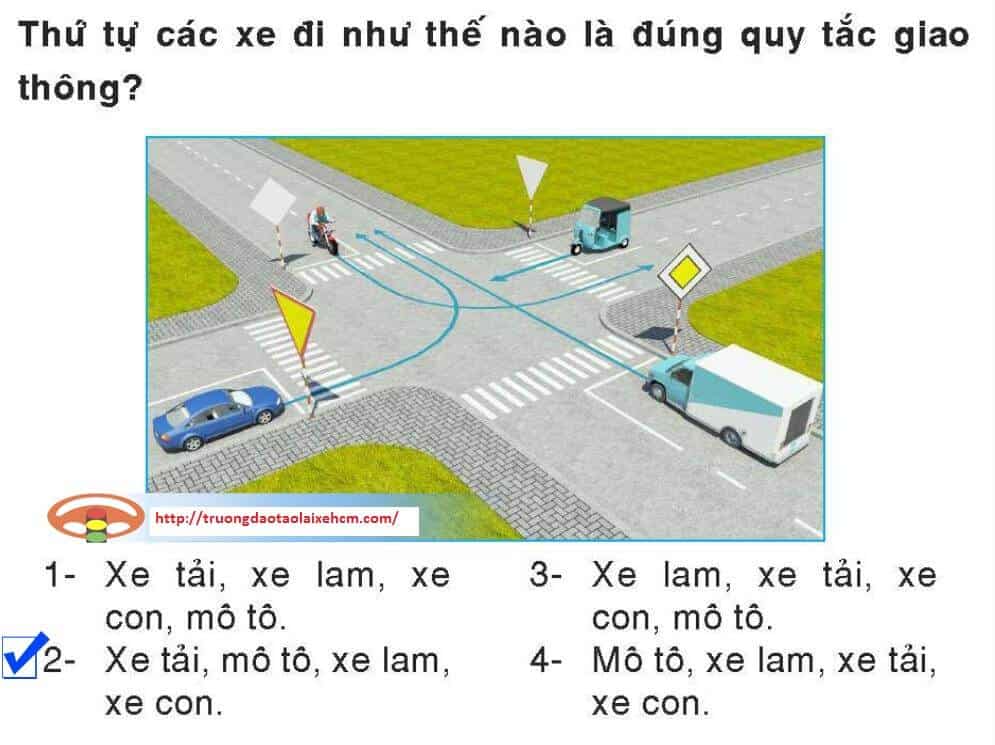
Question 357:
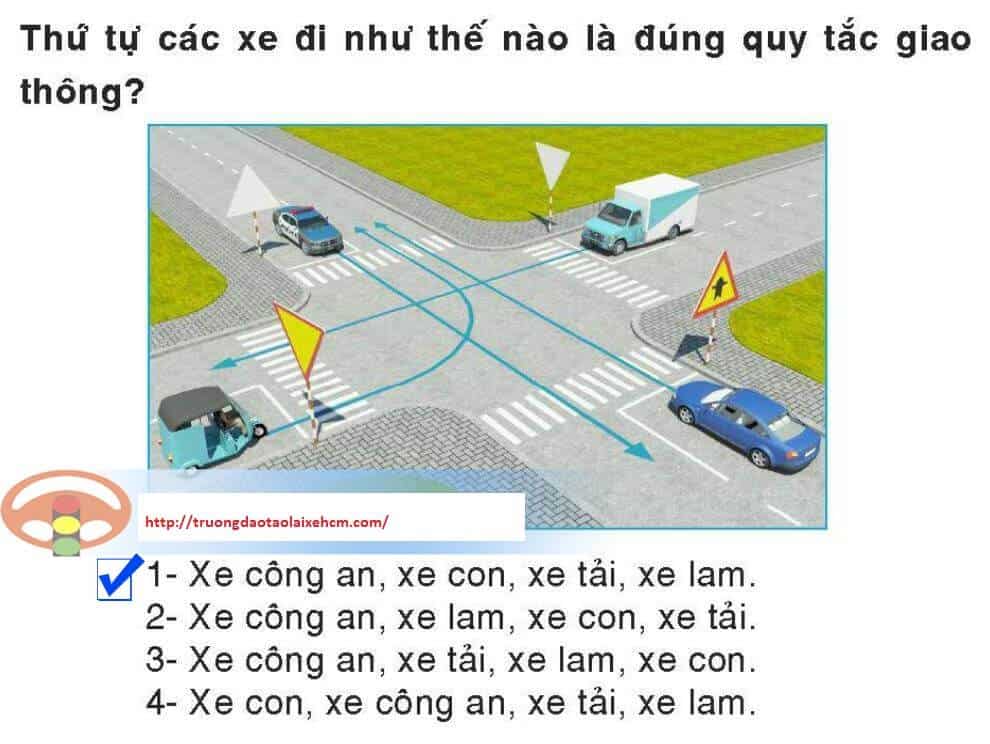
Question 358:
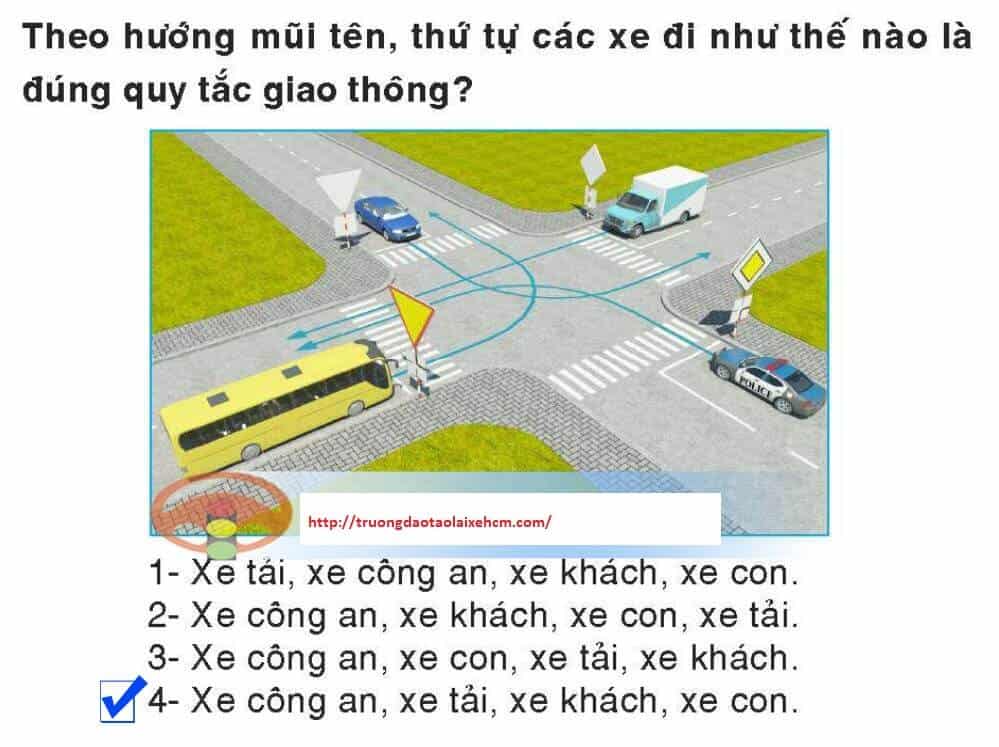
Question 359:
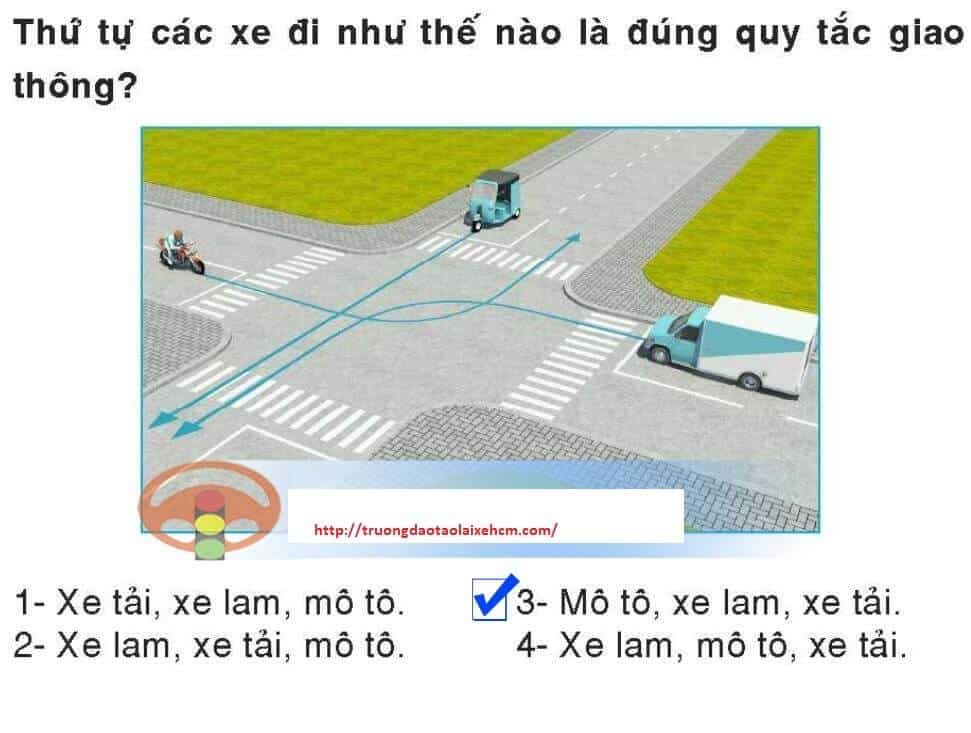
Question 360:
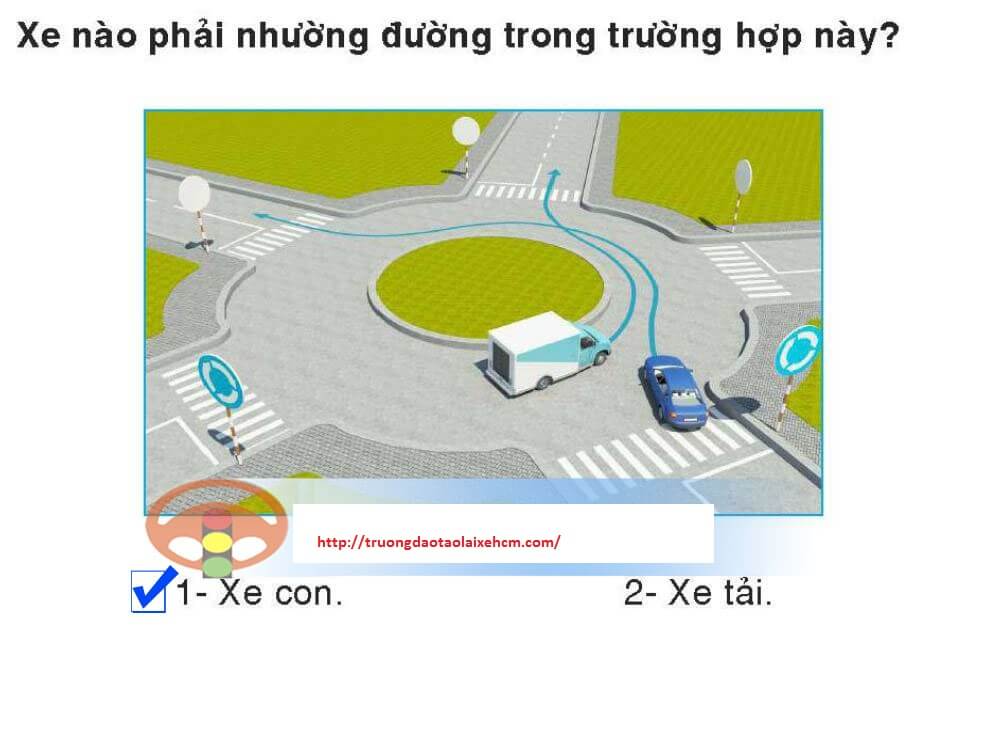
Question 361:
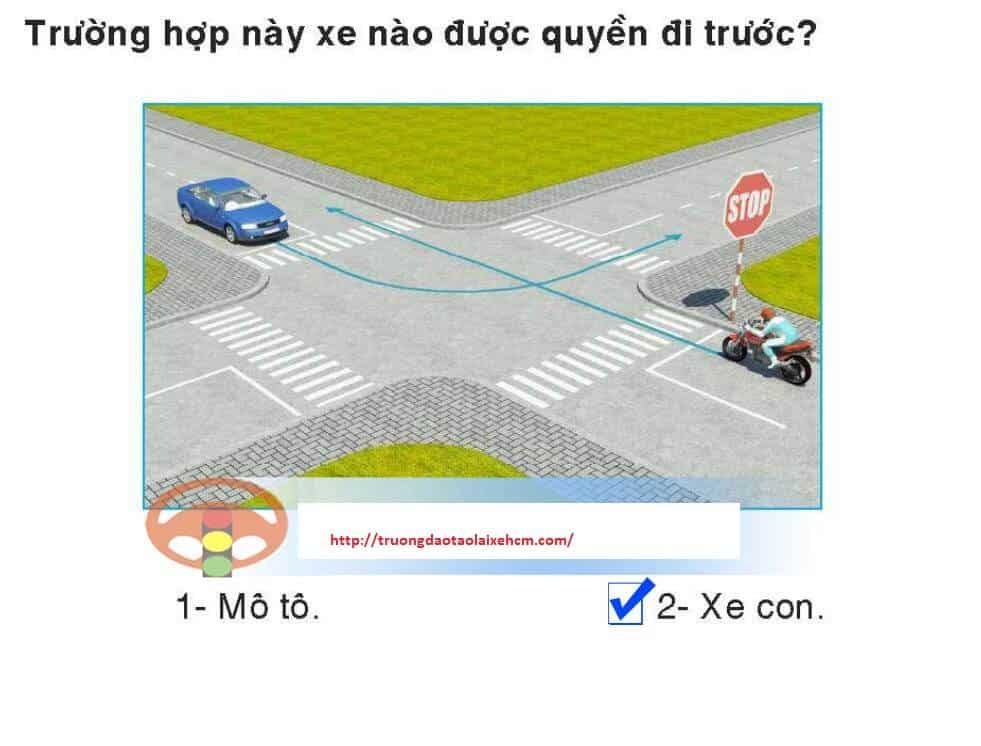
Question 362:
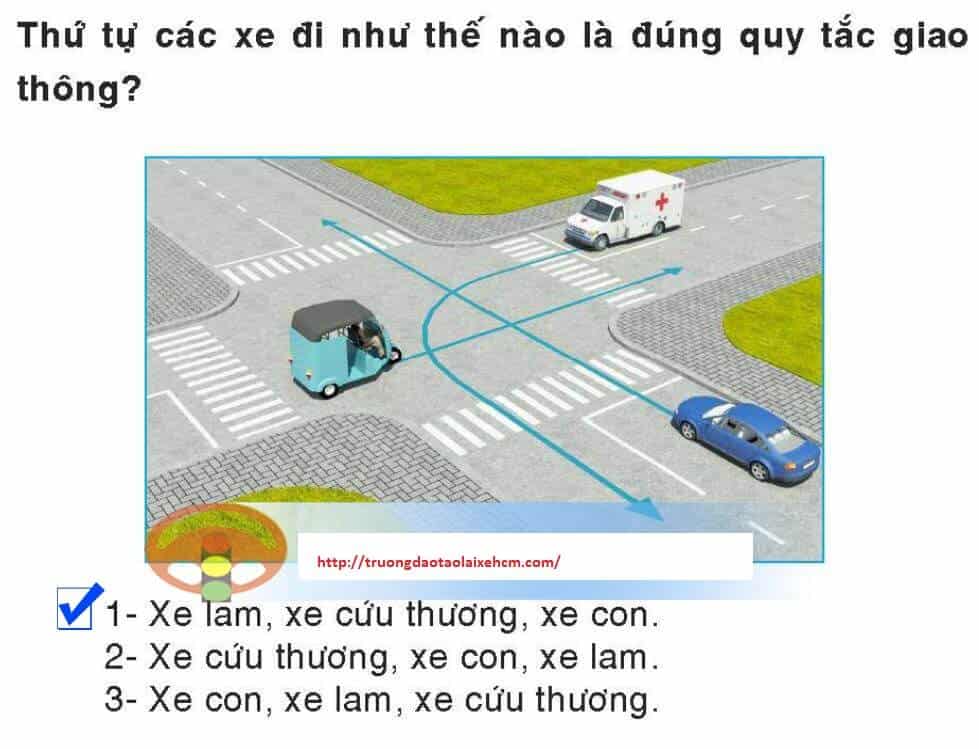
Question 363:
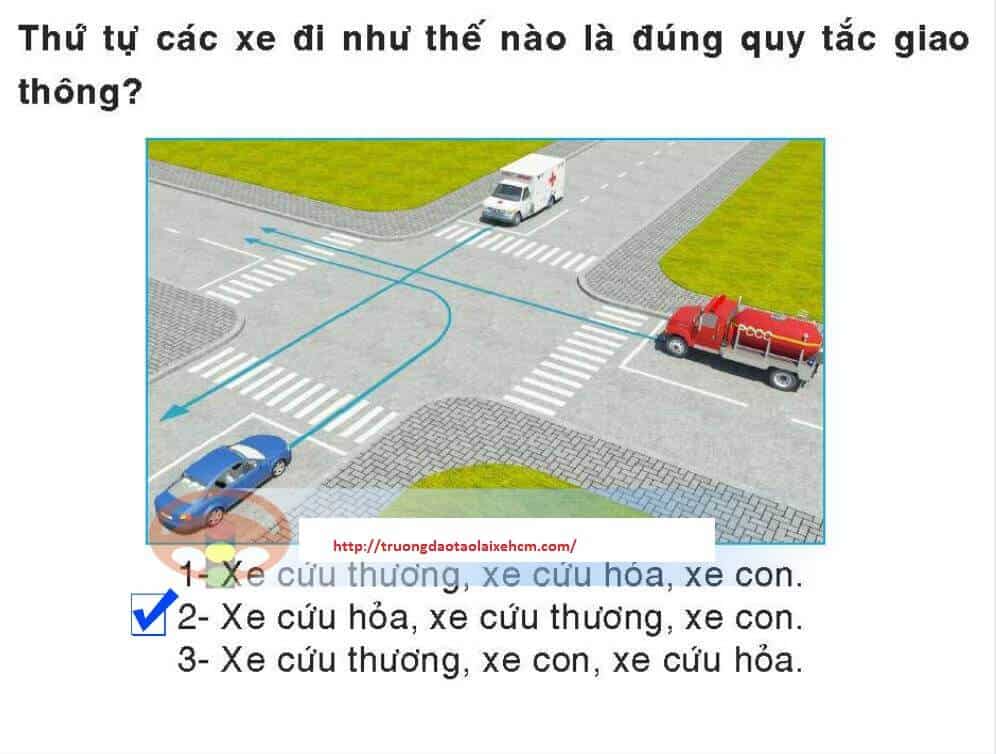
Question 364:
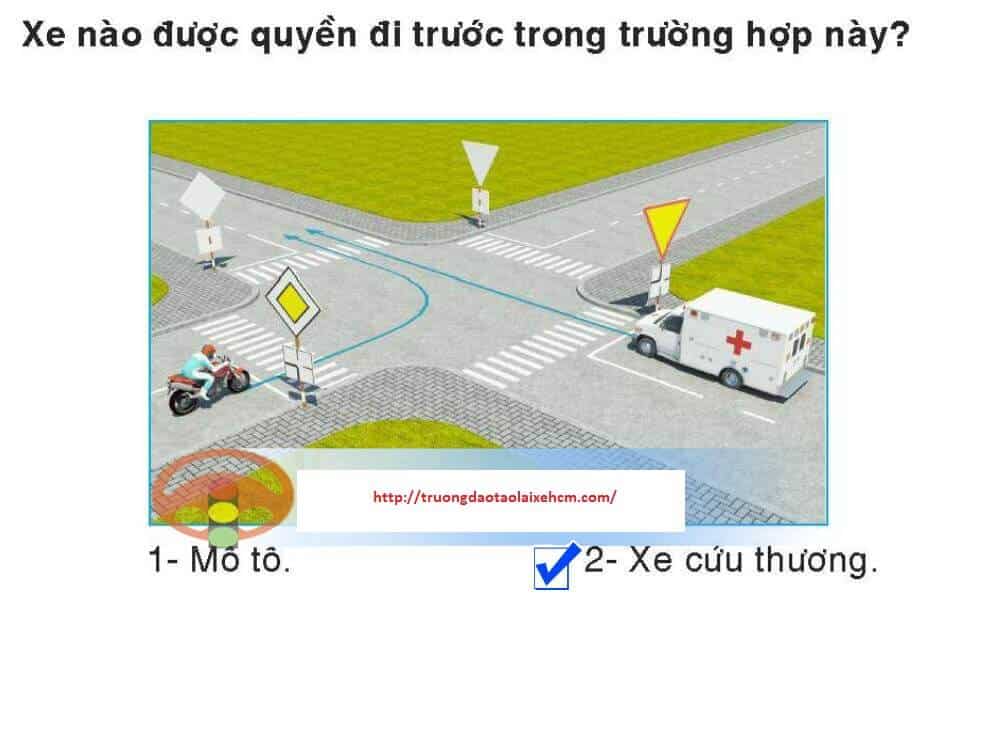
Question 365:
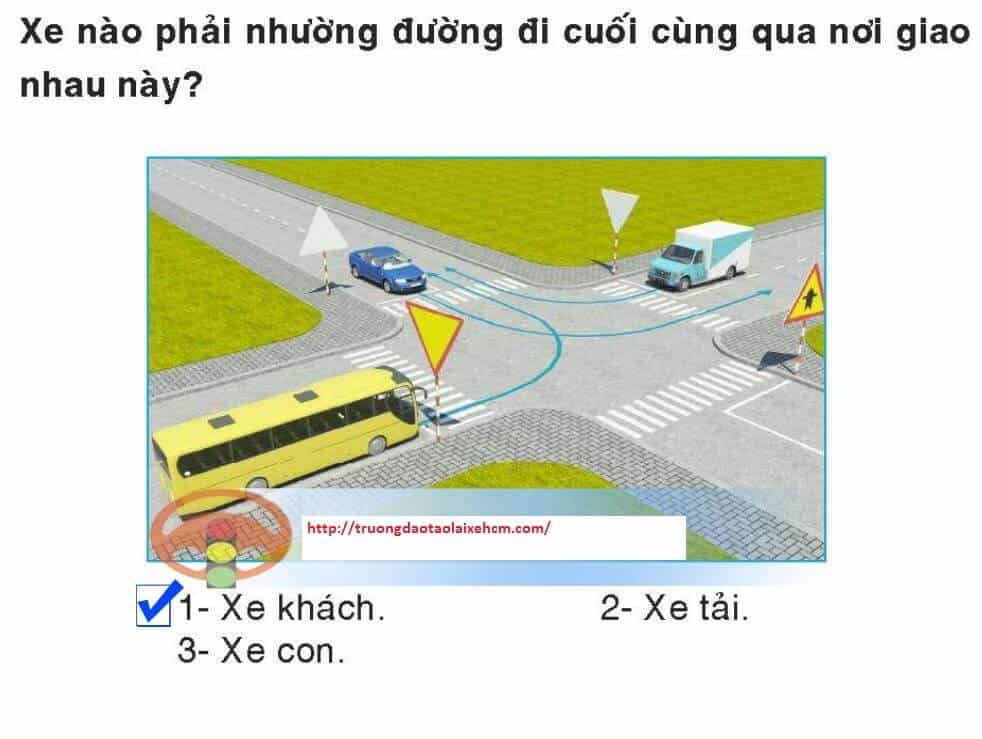
Question 366:
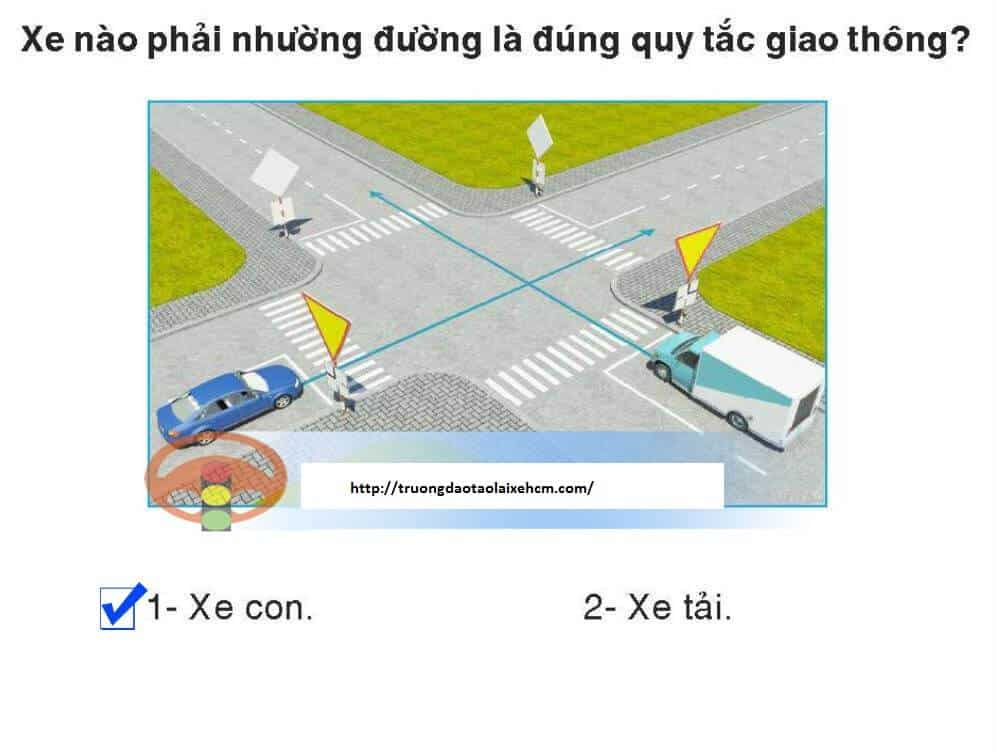
Question 367:
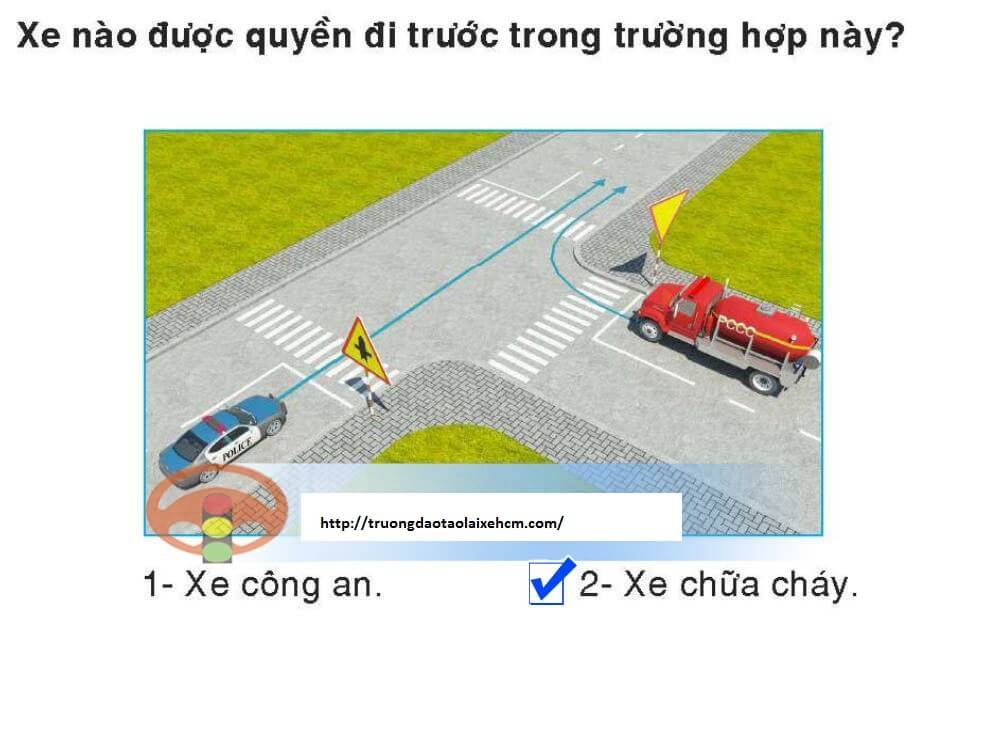
Question 368:
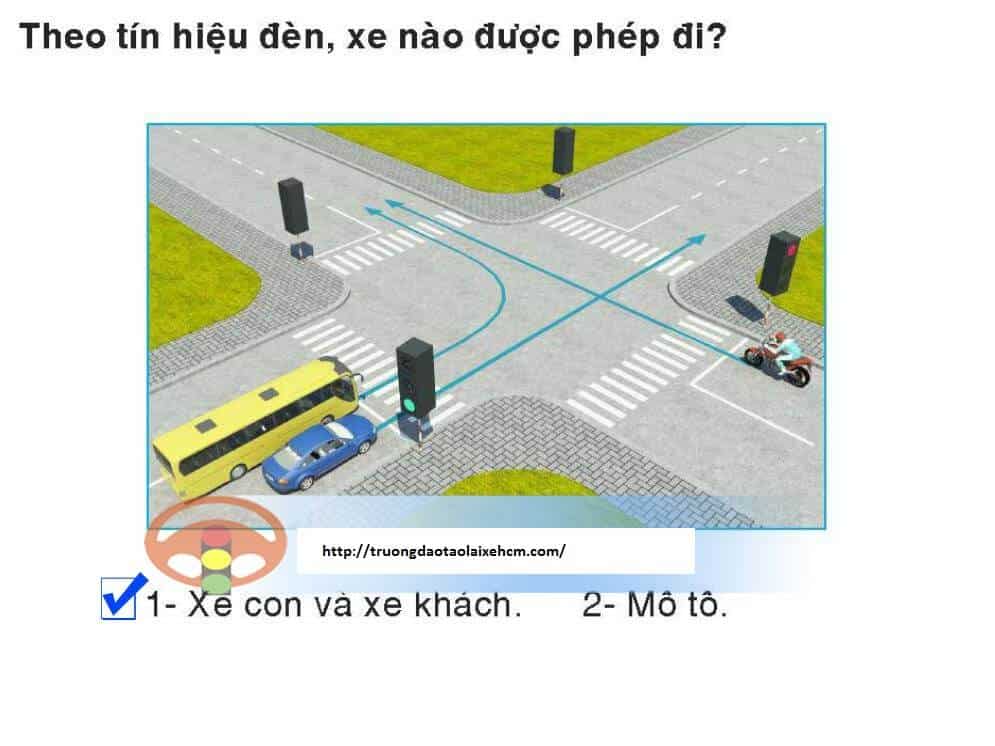
Question 369:
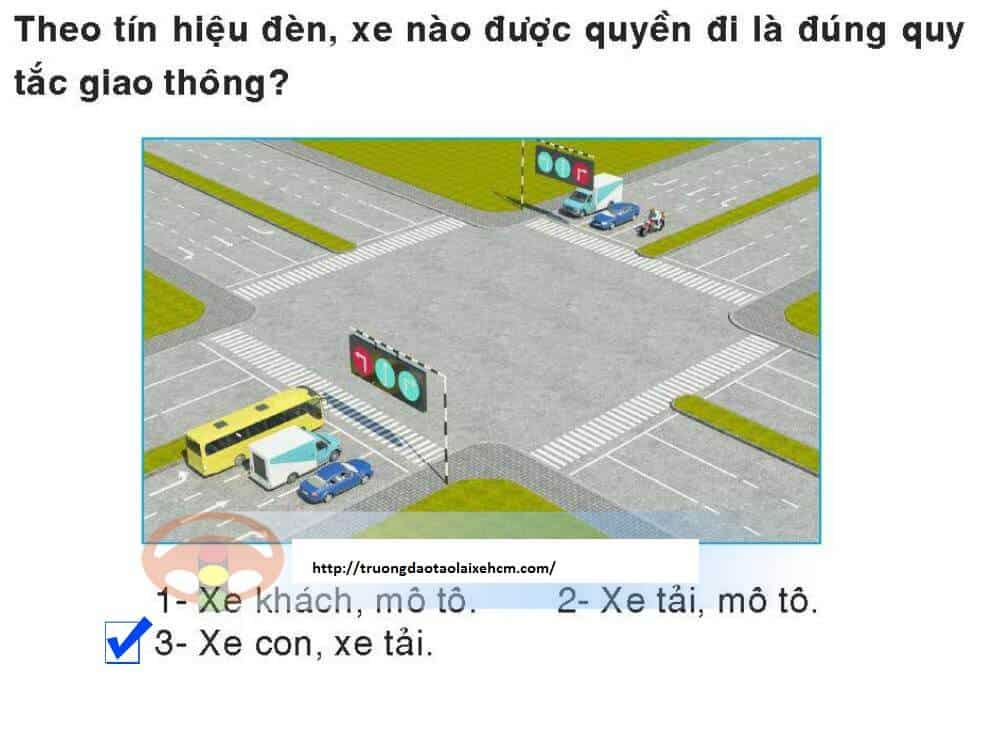
Question 370:
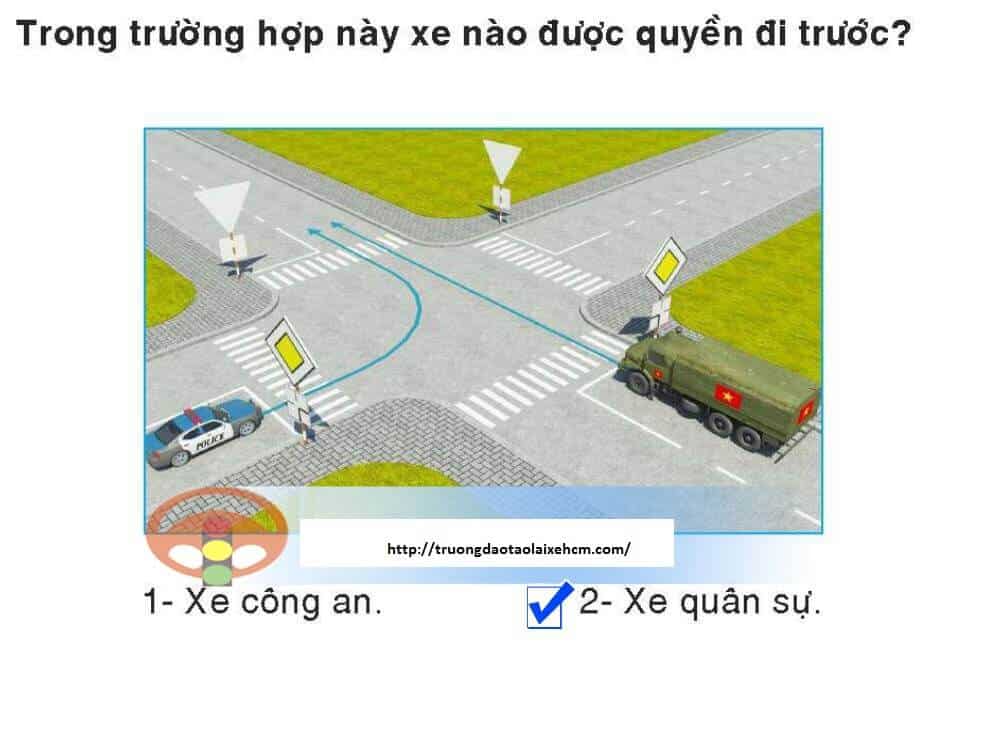
Question 371:
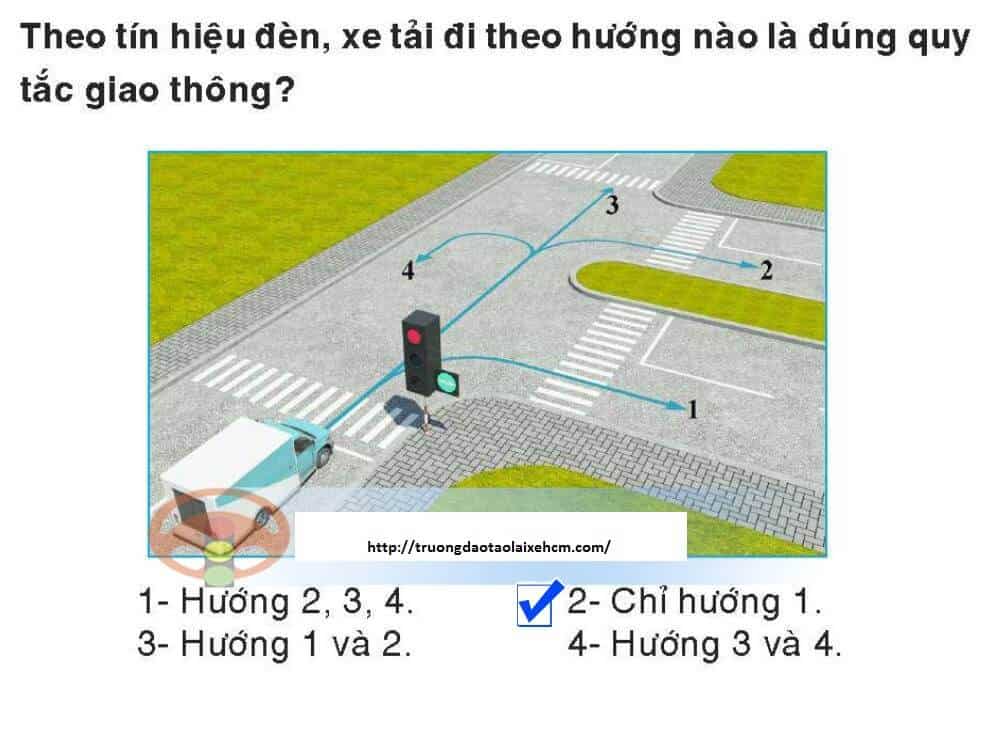
Question 372:
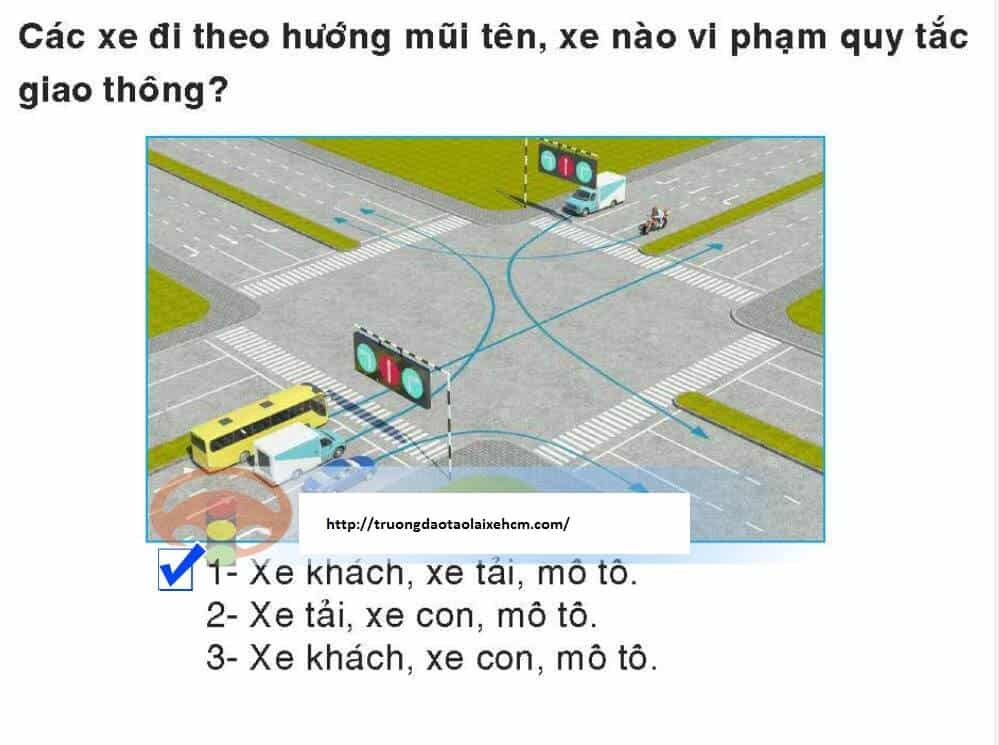
Question 373:
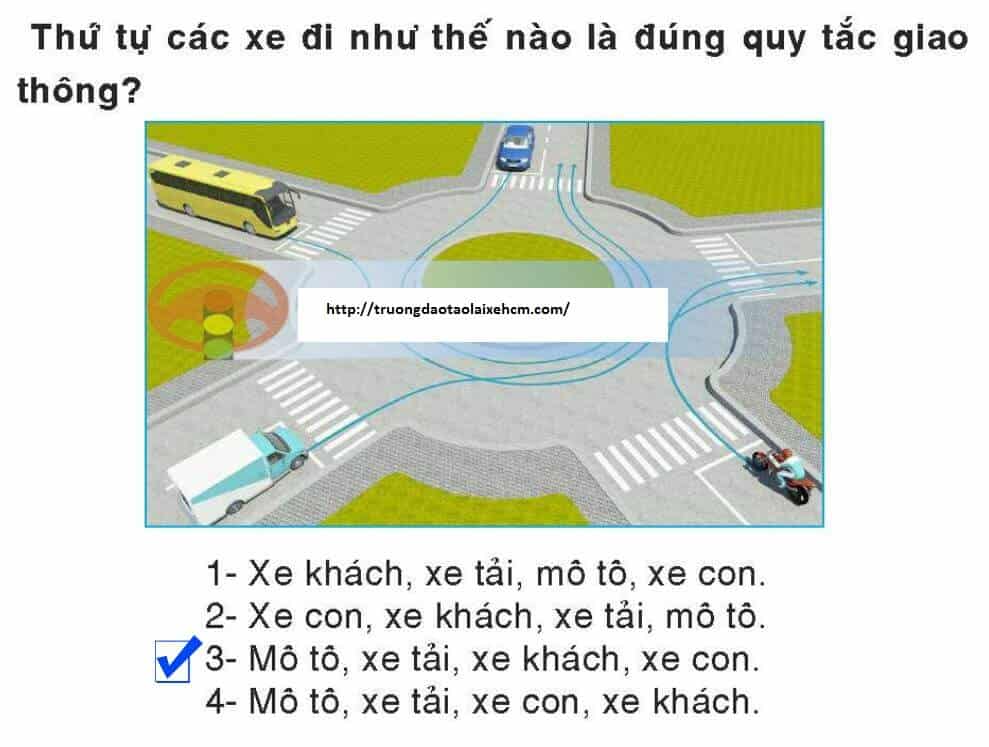
Question 374:
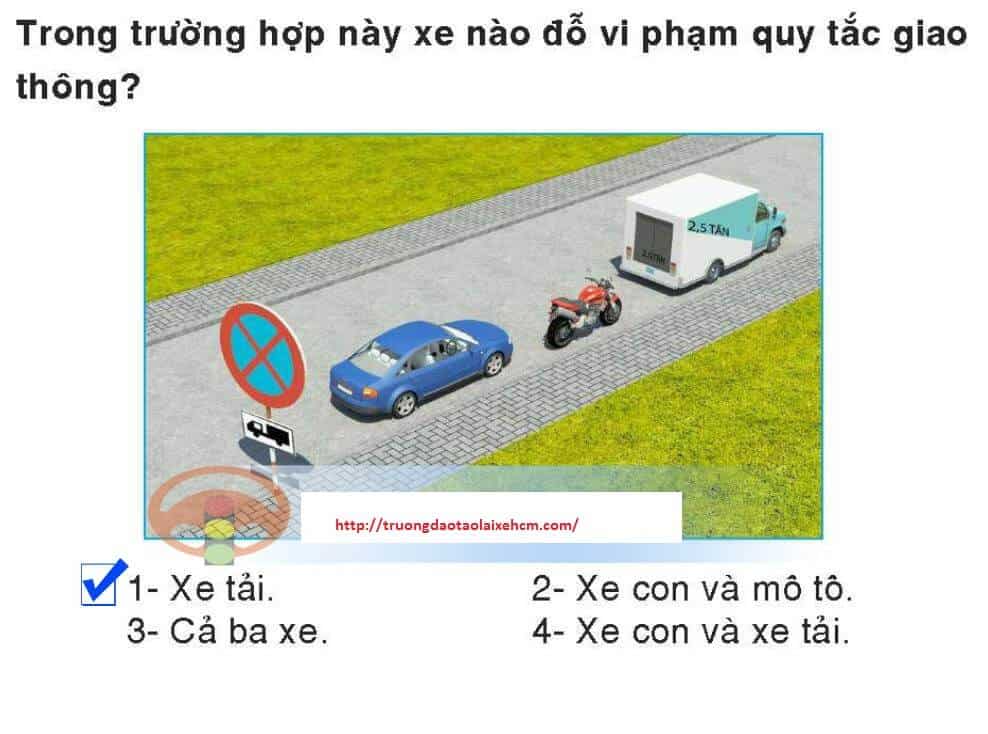
Question 375:
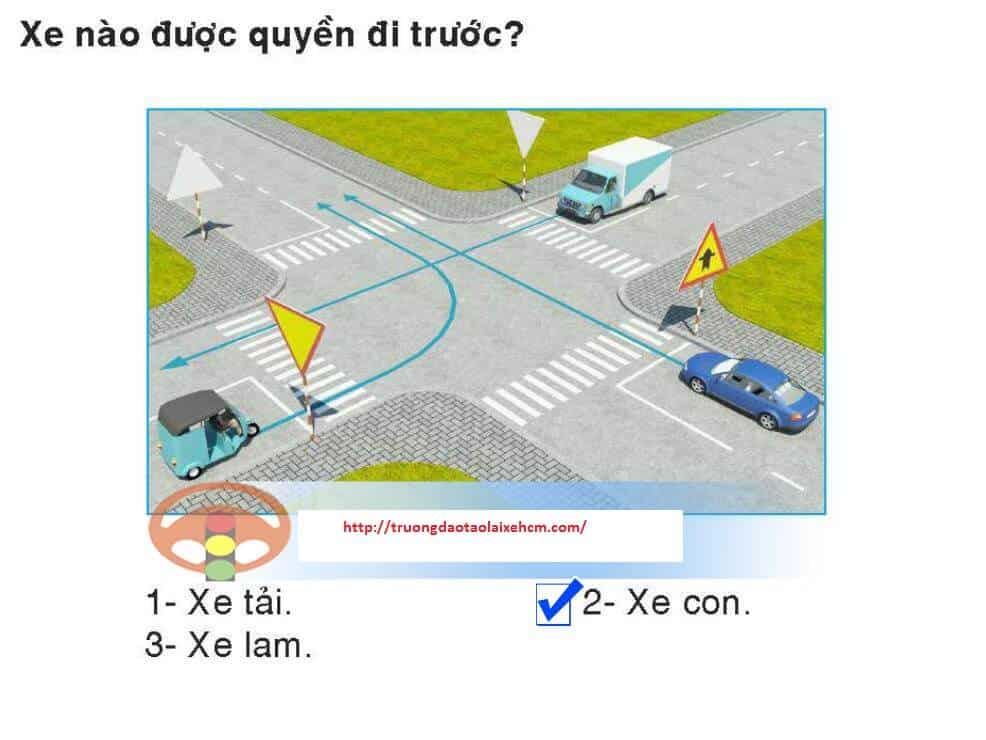
Question 376:
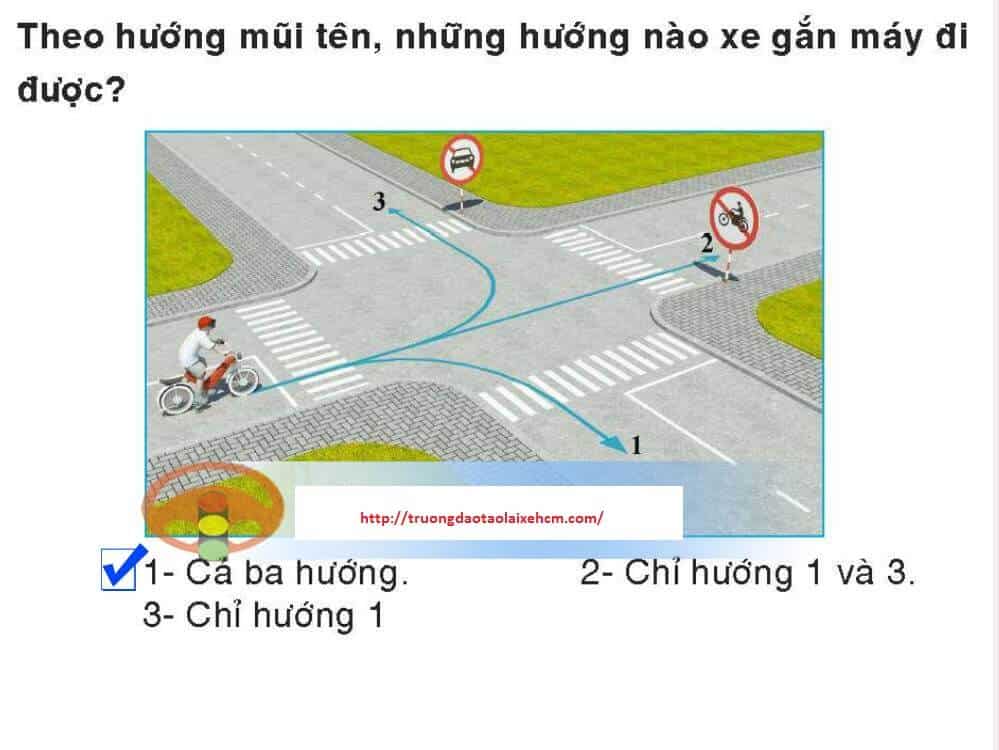
Question 377:
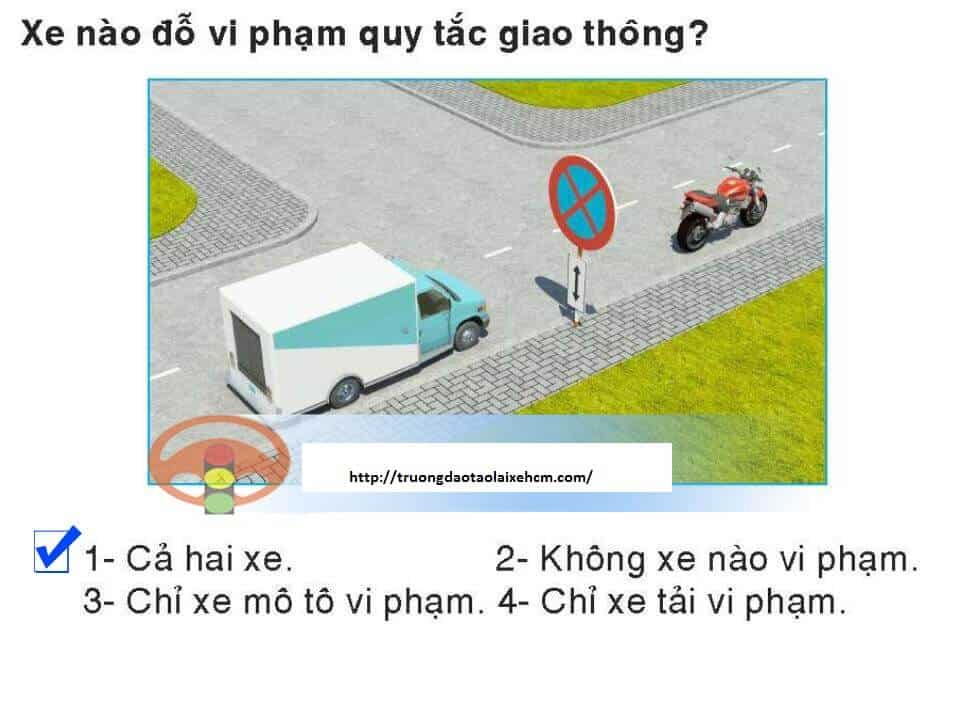
Question 378:
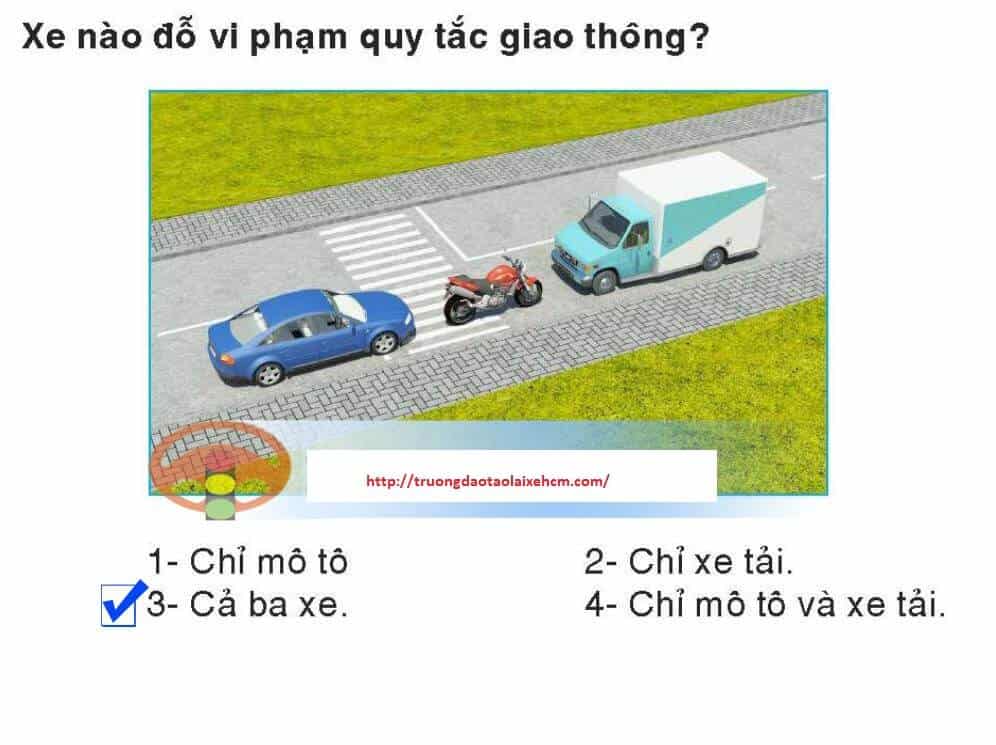
Question 379:
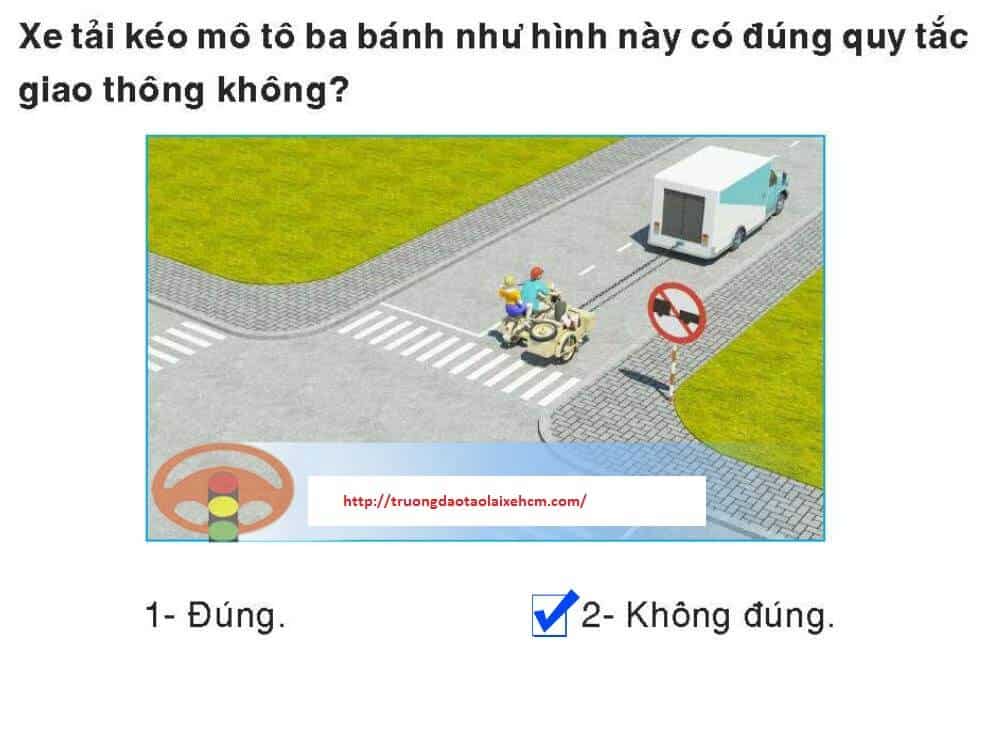
Question 380:
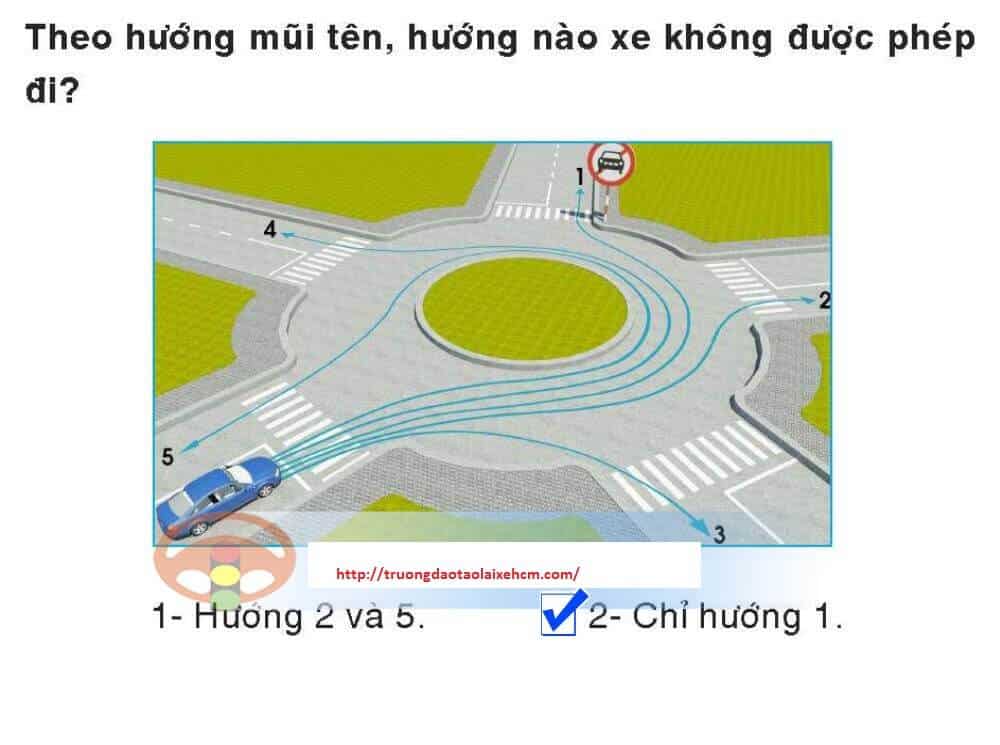
Question 381:
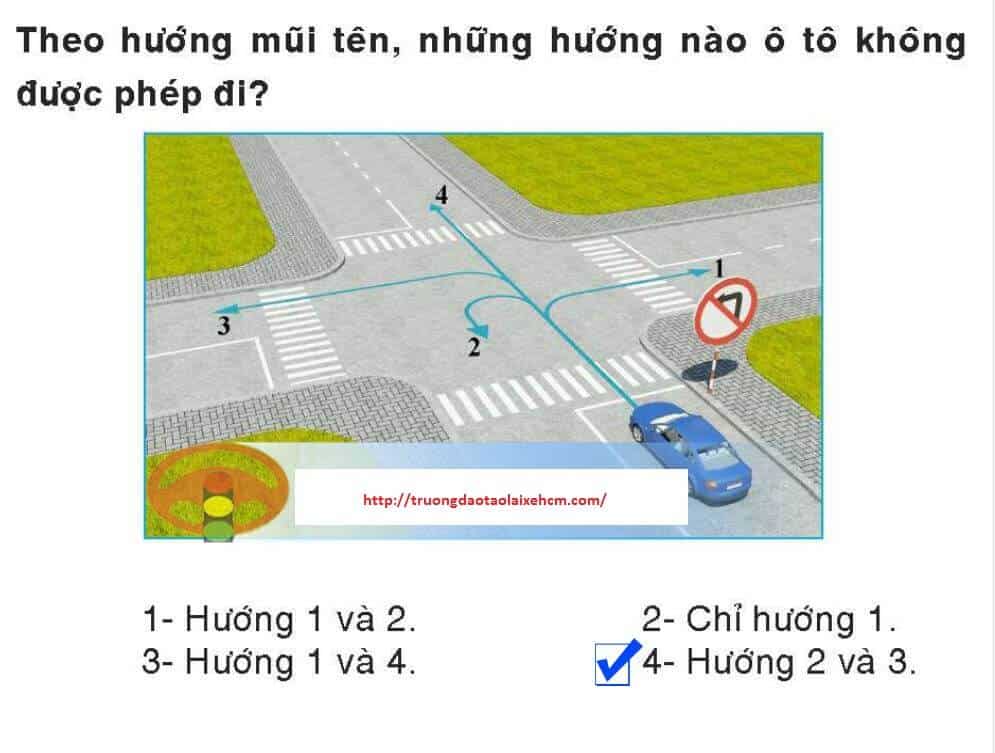
Question 382:
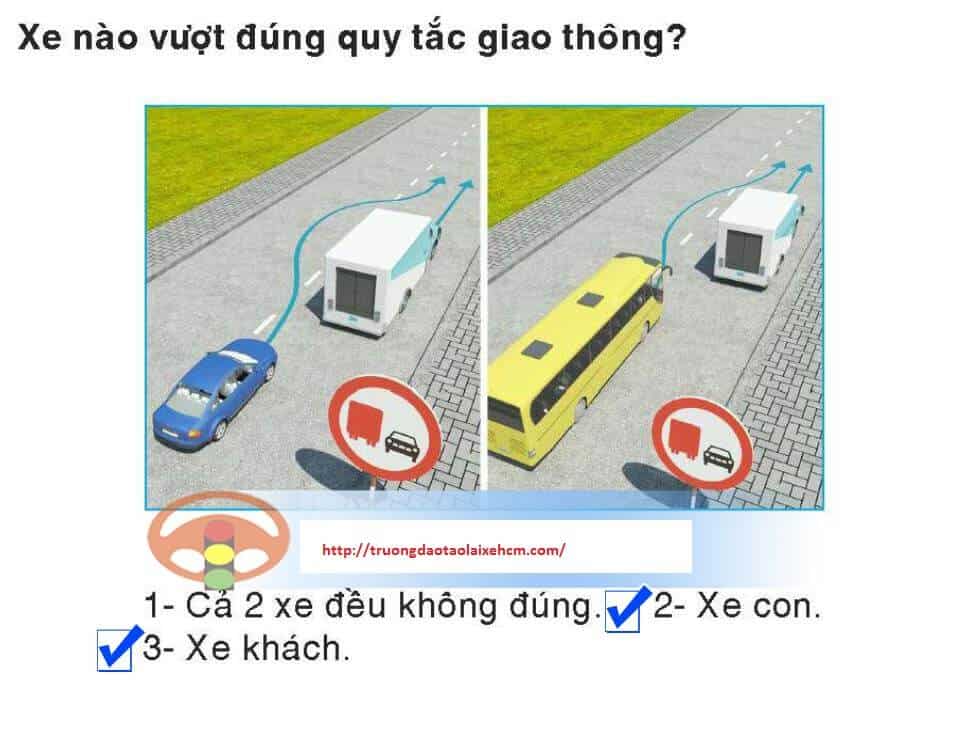
Question 383:
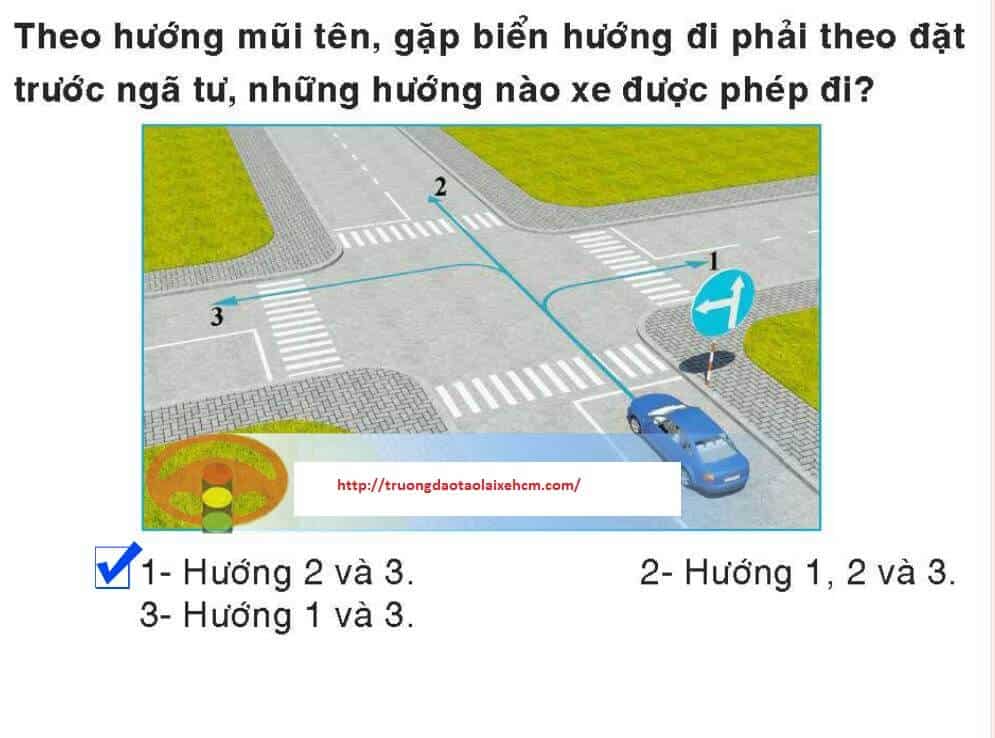
Question 384:
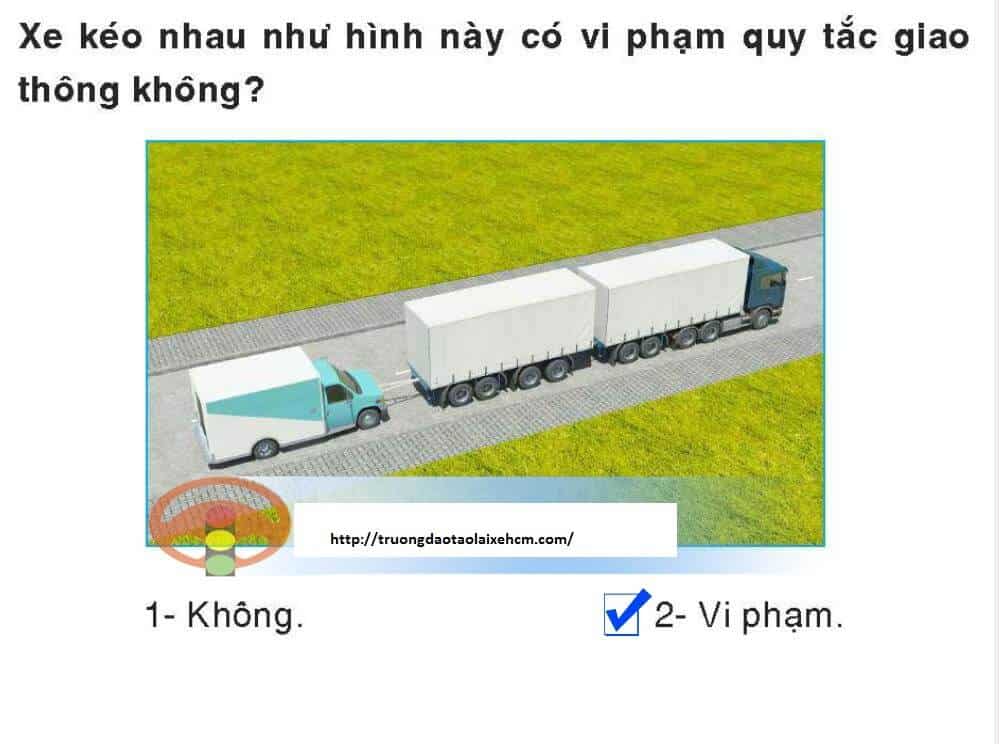
Question 385:
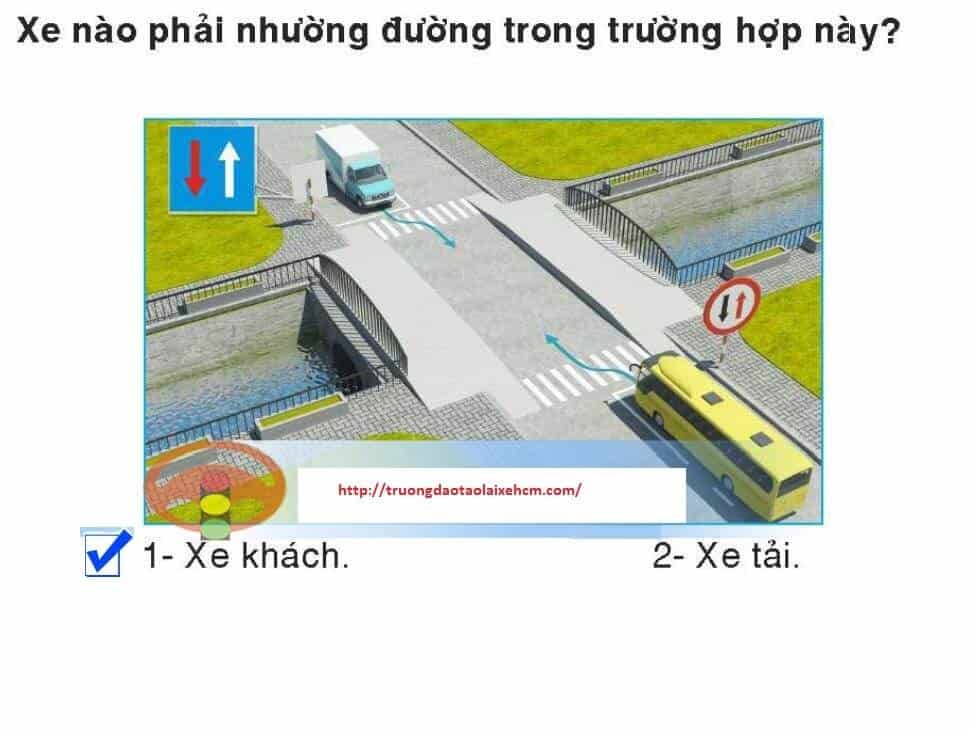
Question 386:
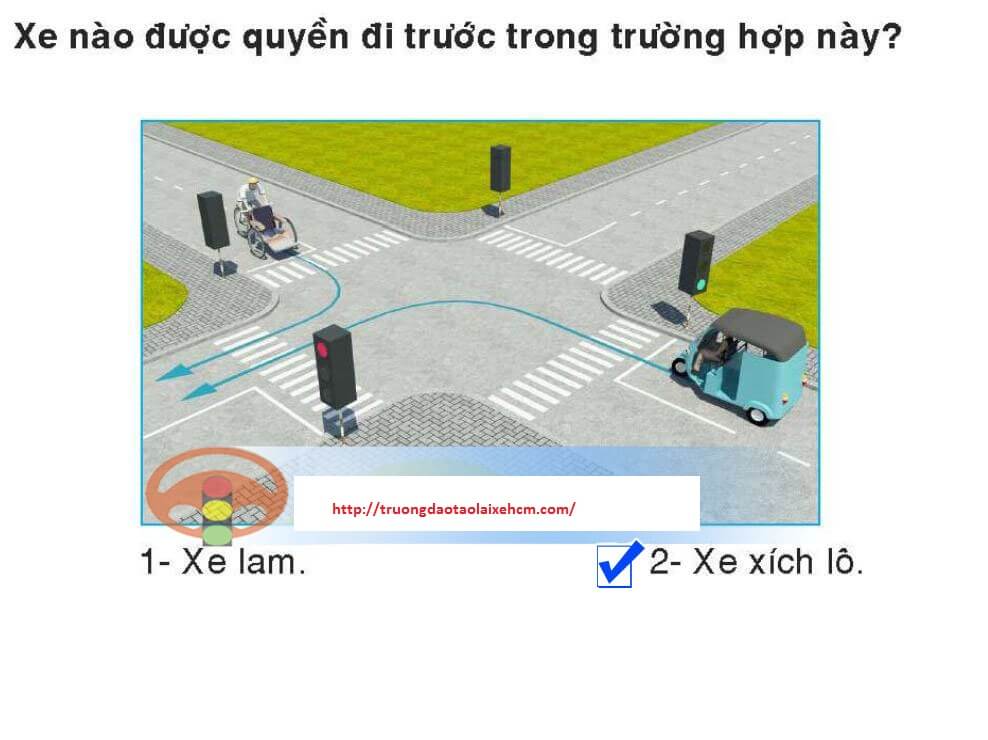
Question 387:
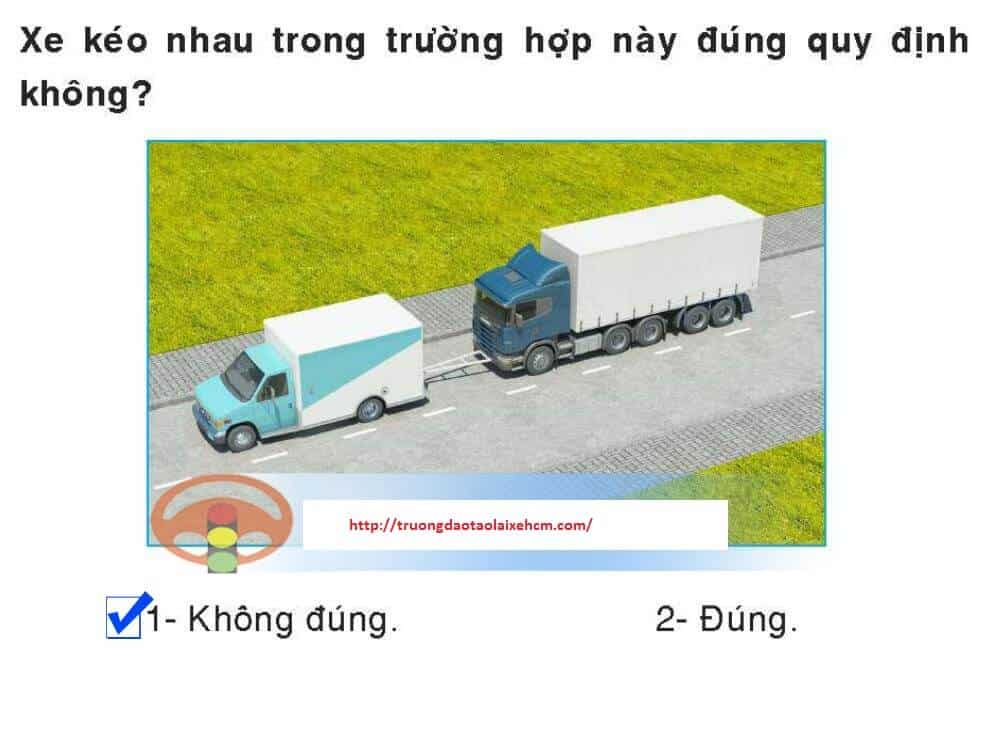
Question 388:
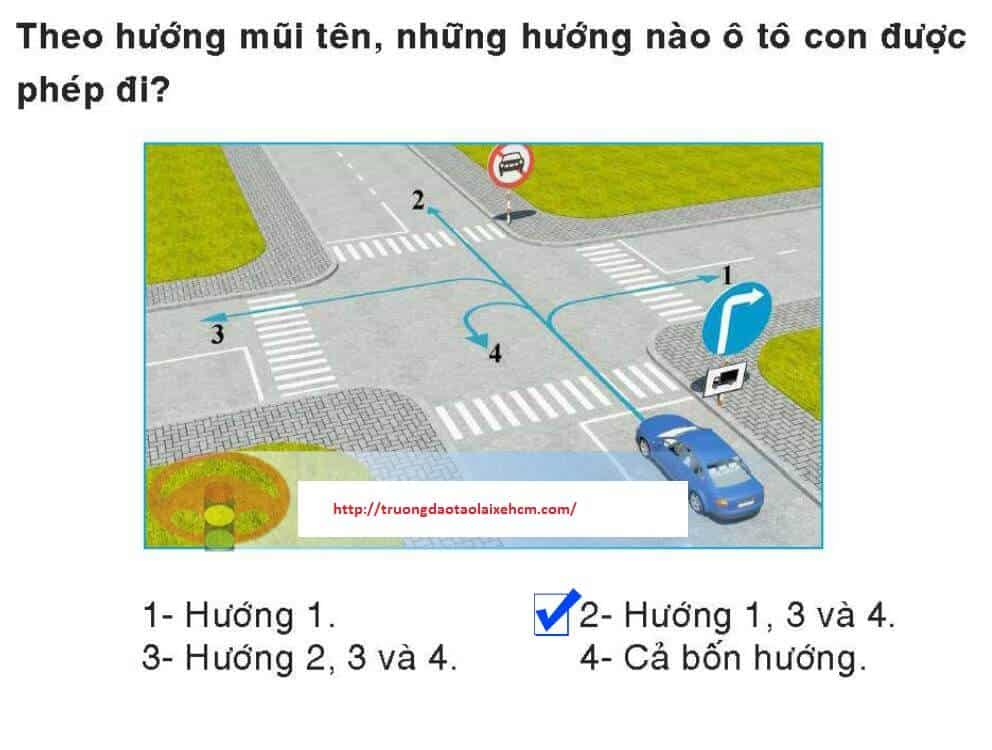
Question 389:
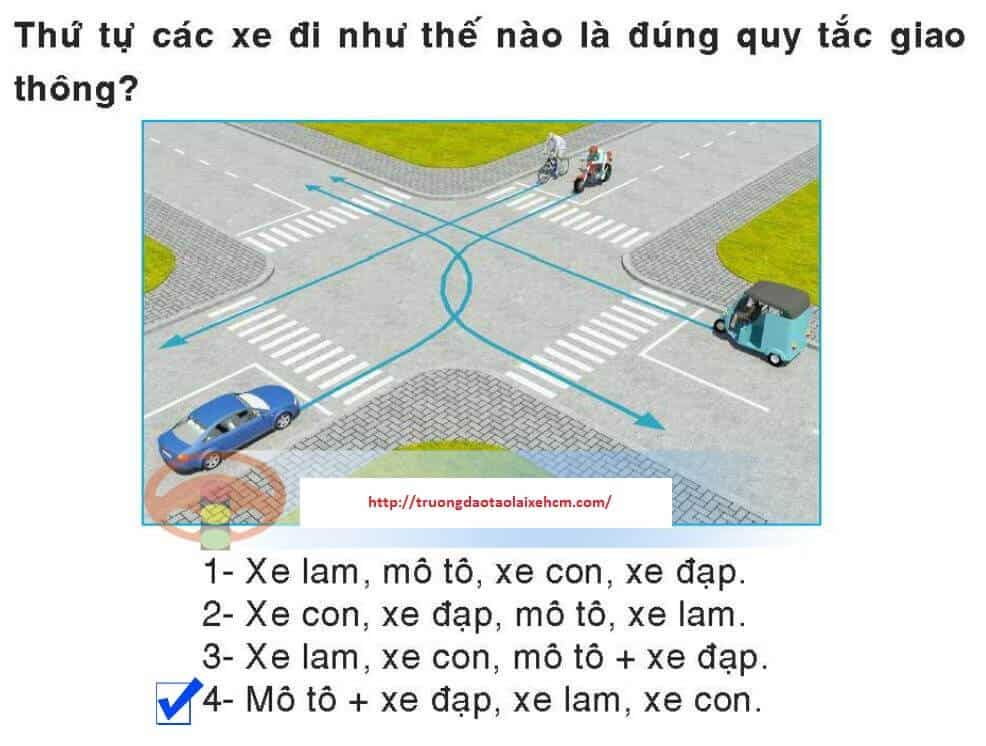
Question 390:
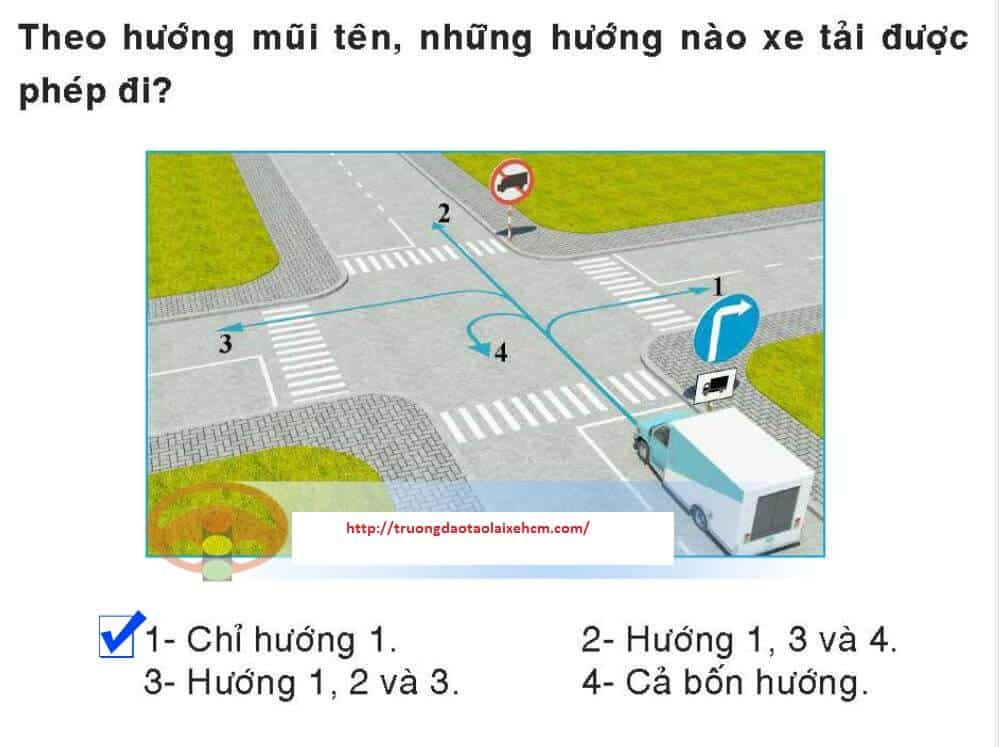
Question 391:
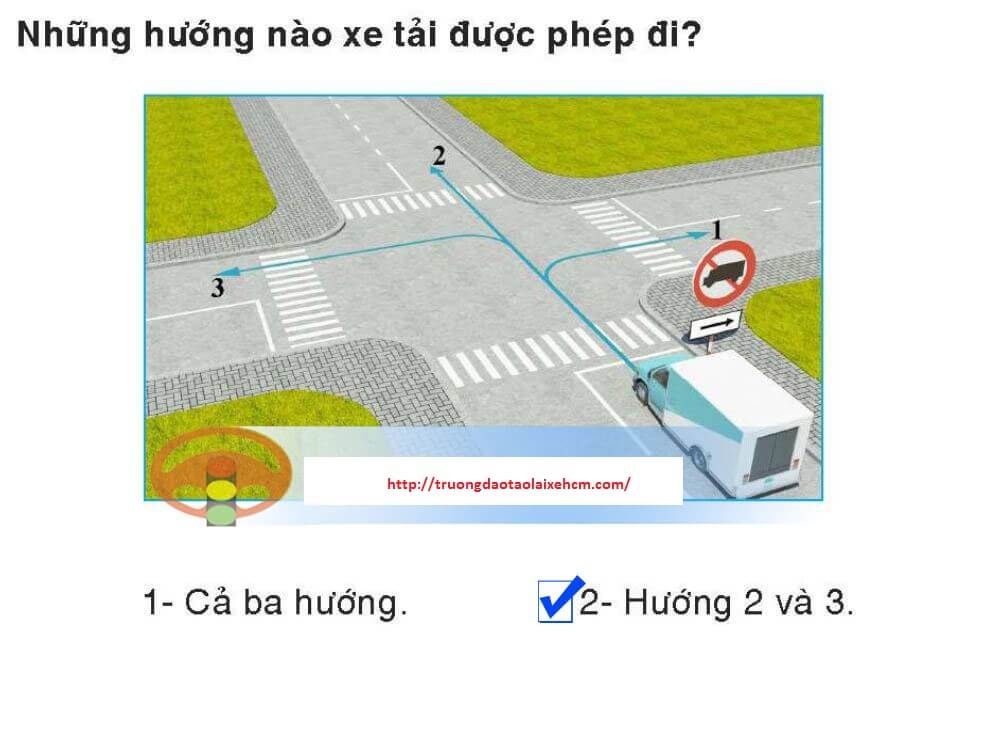
Question 392:
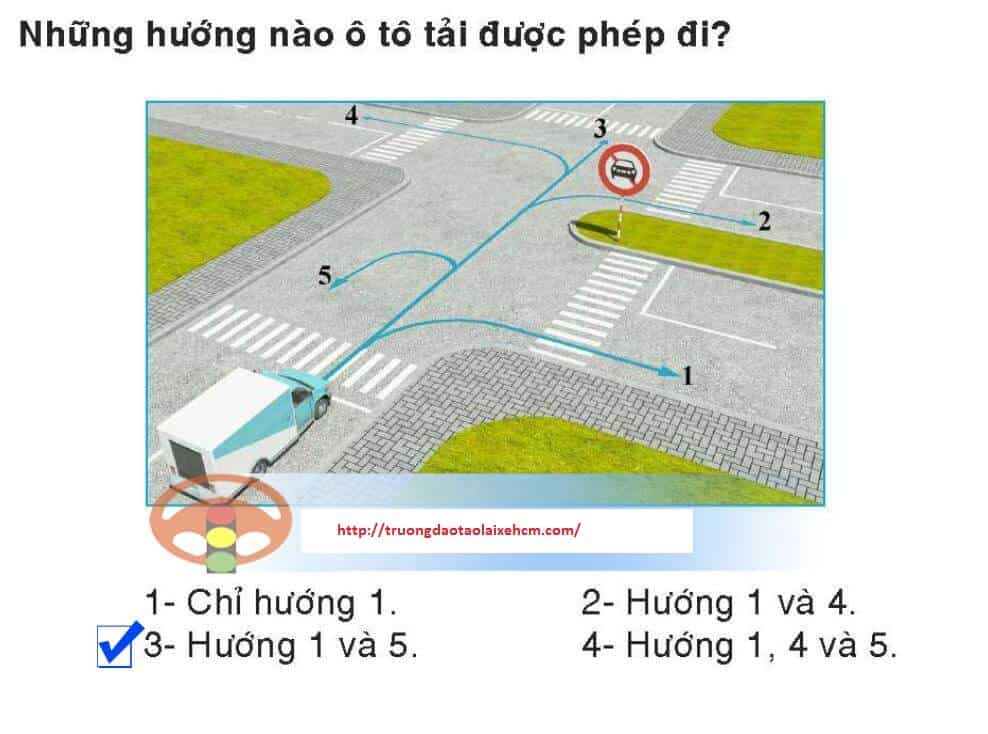
Question 393:
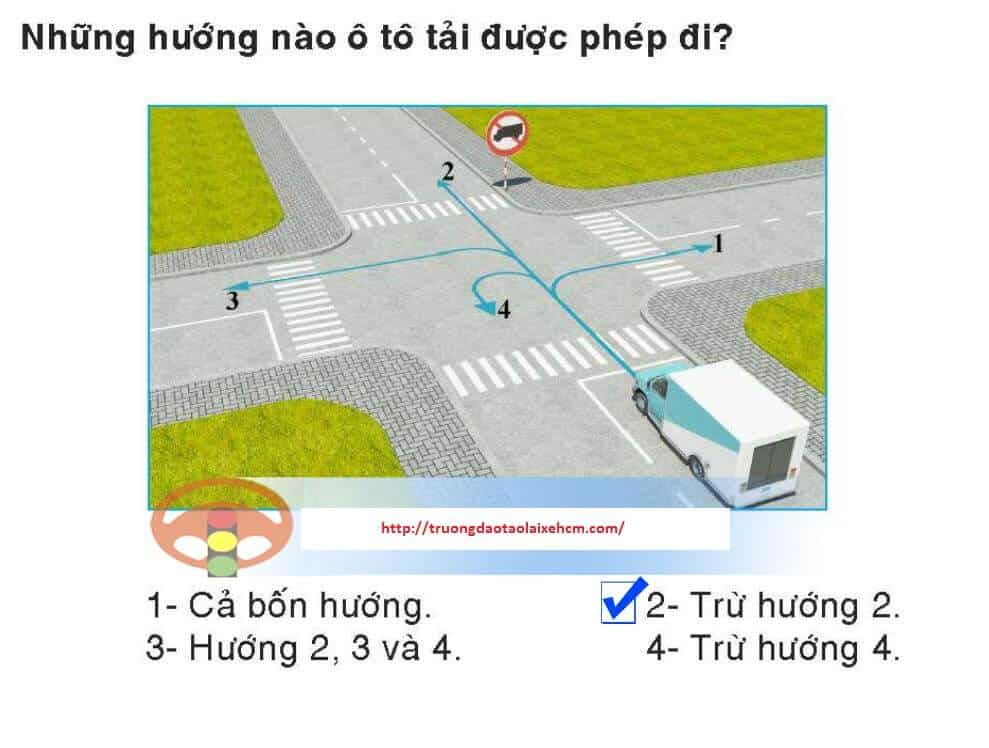
Question 394:
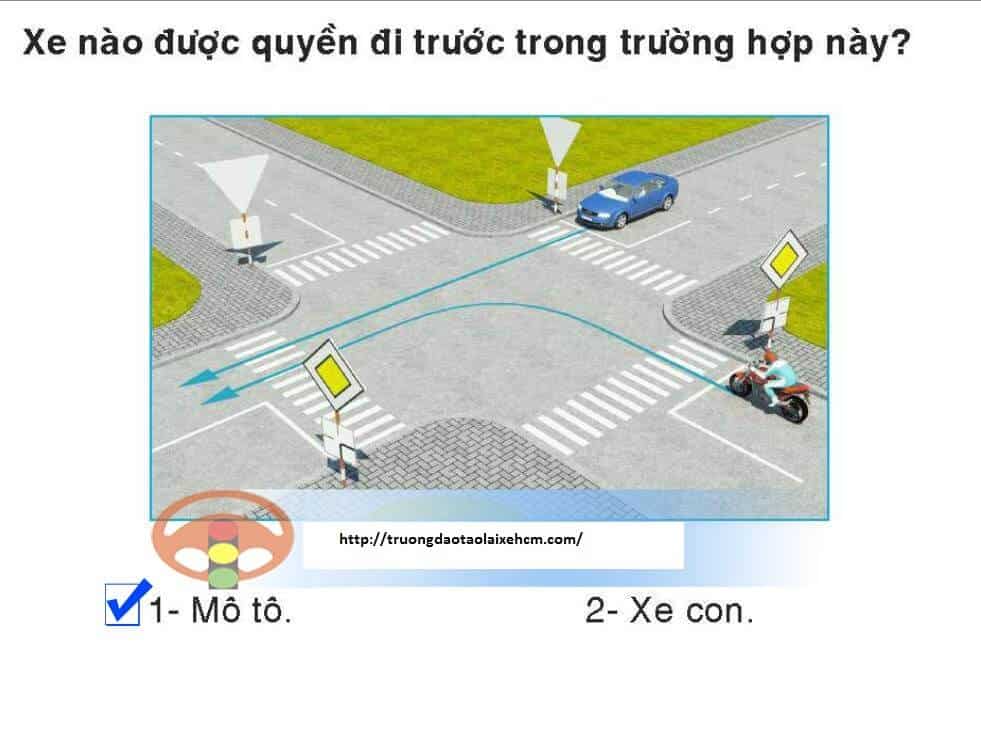
Question 395:
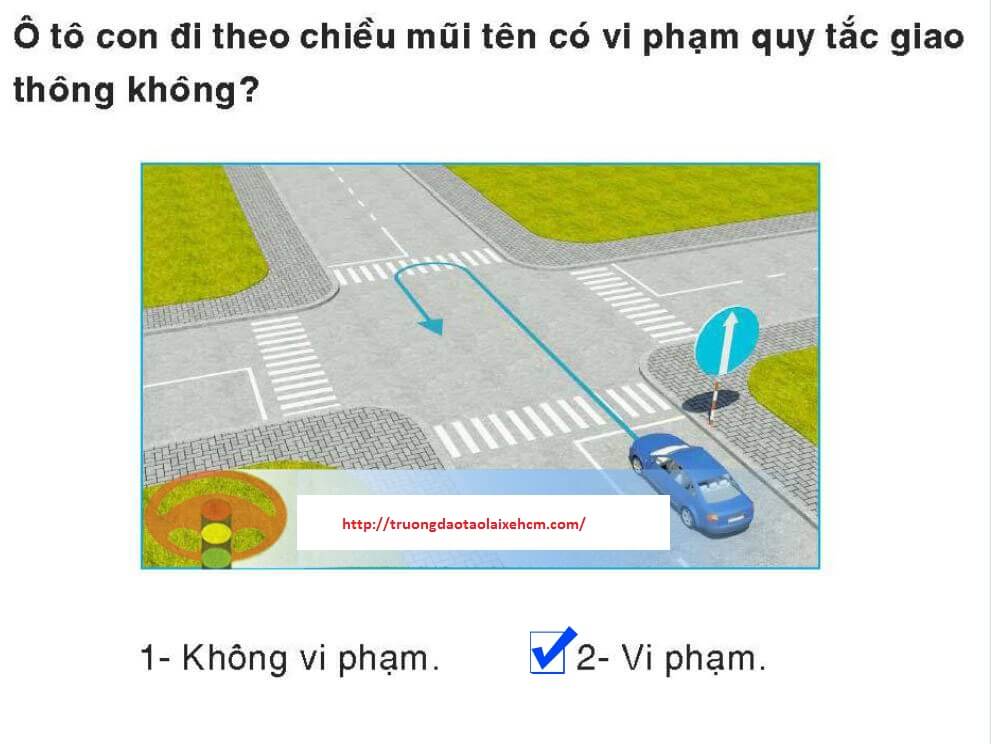
Question 396:
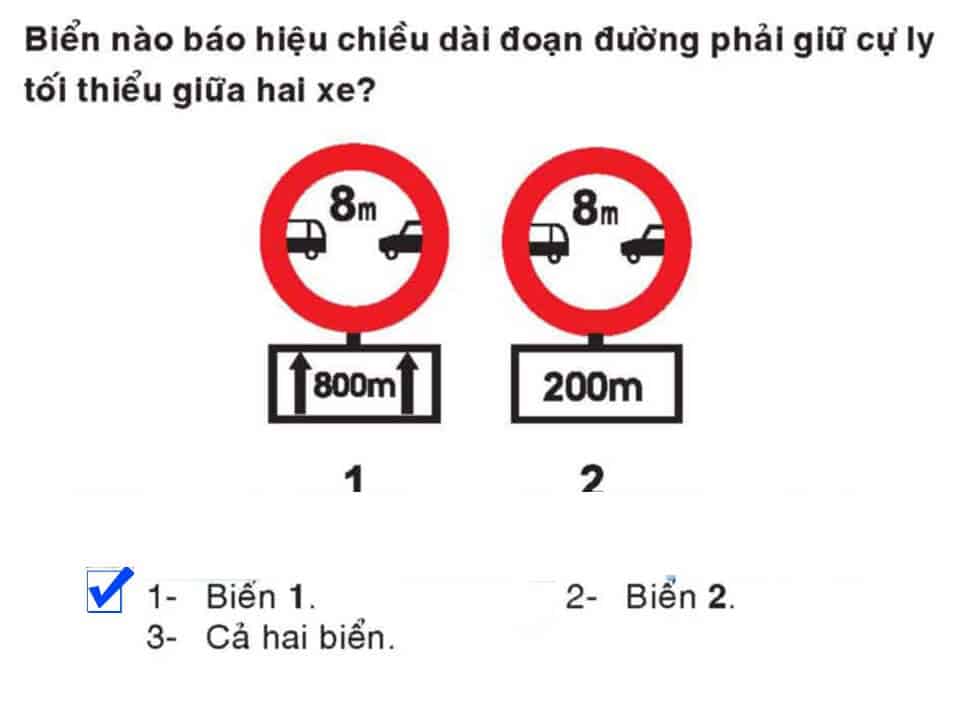
Question 397:
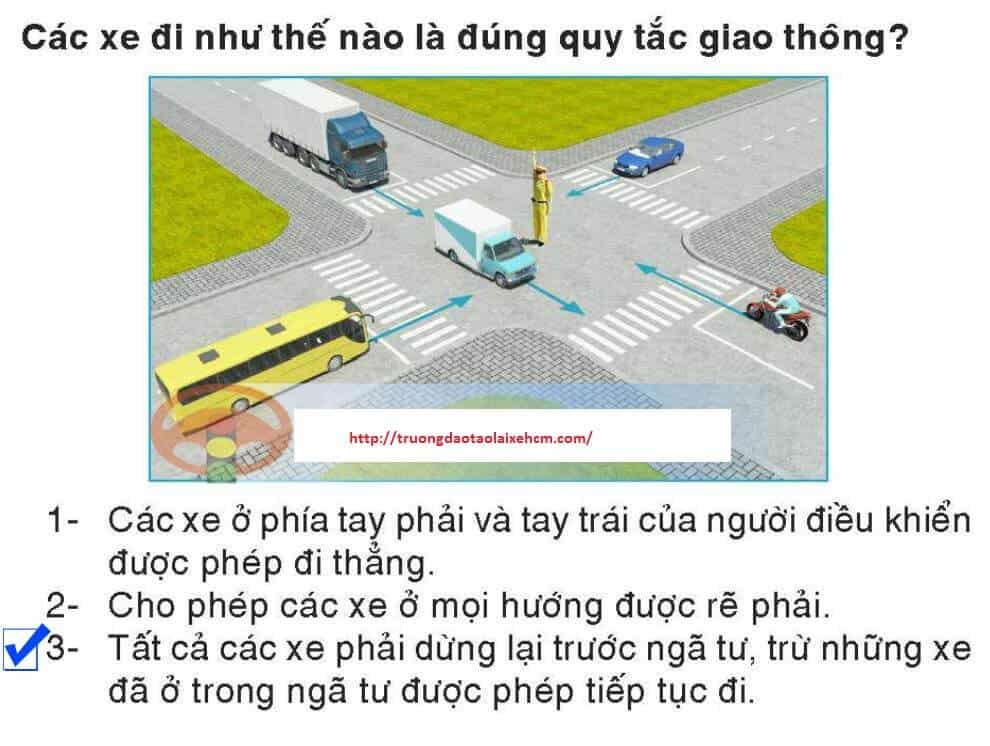
Question 398:
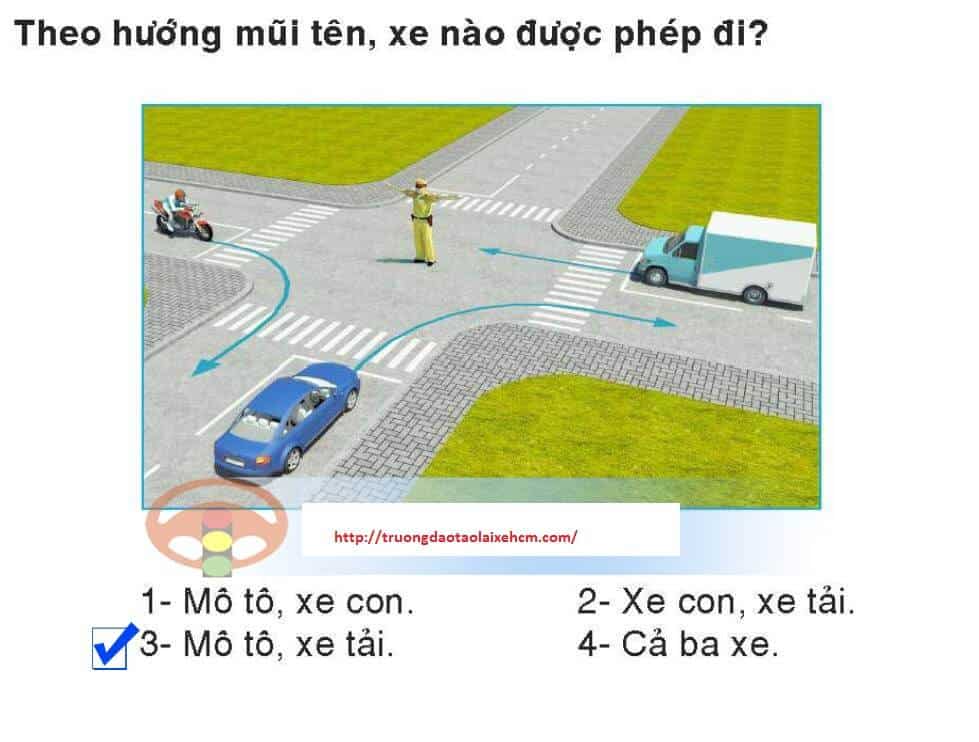
Question 399:
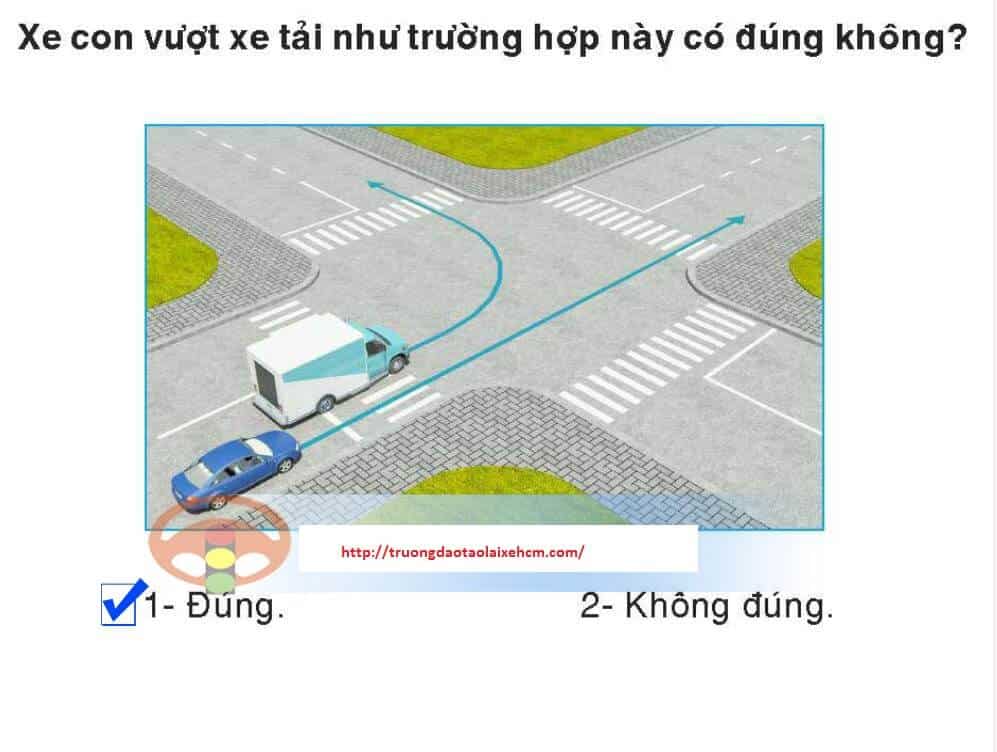
Question 400:
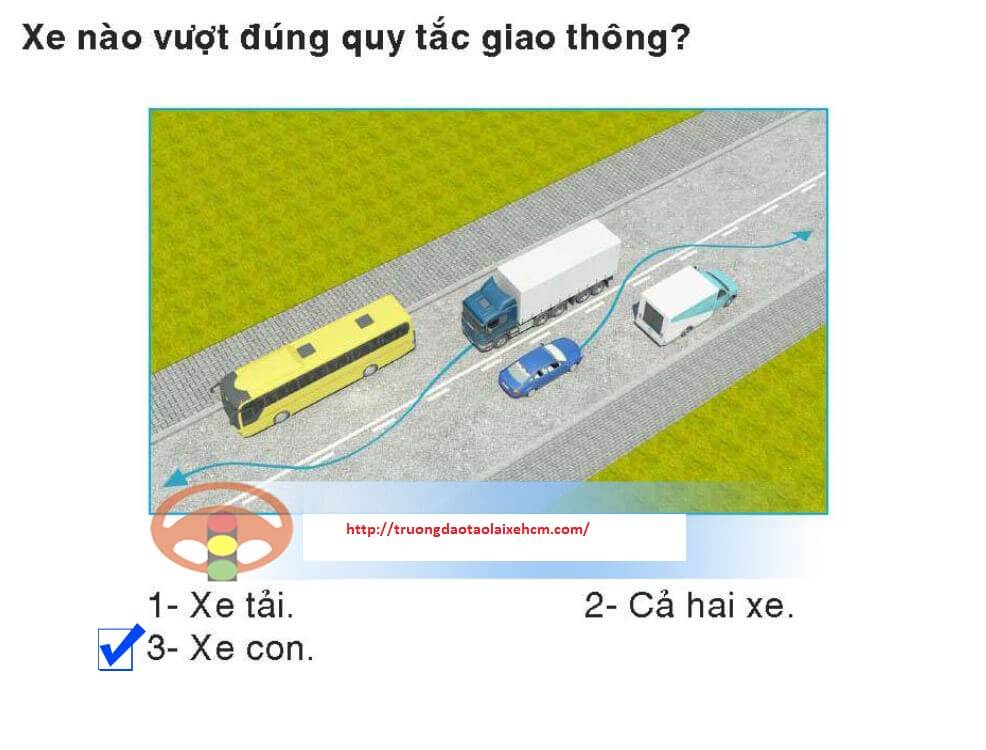
Question 401:
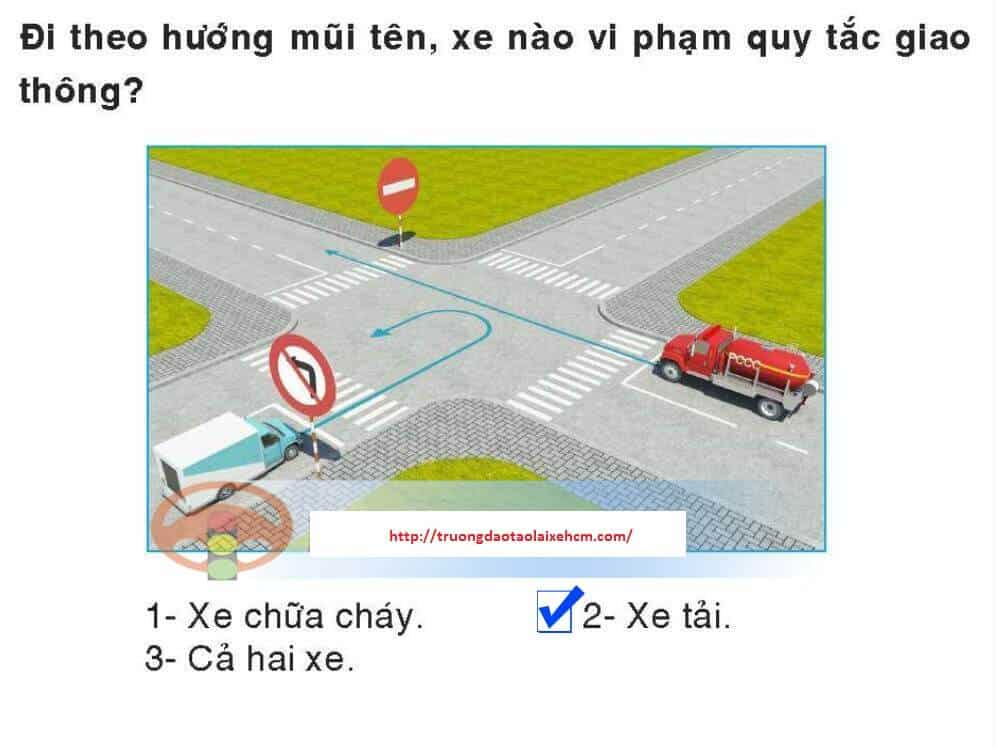
Question 402:
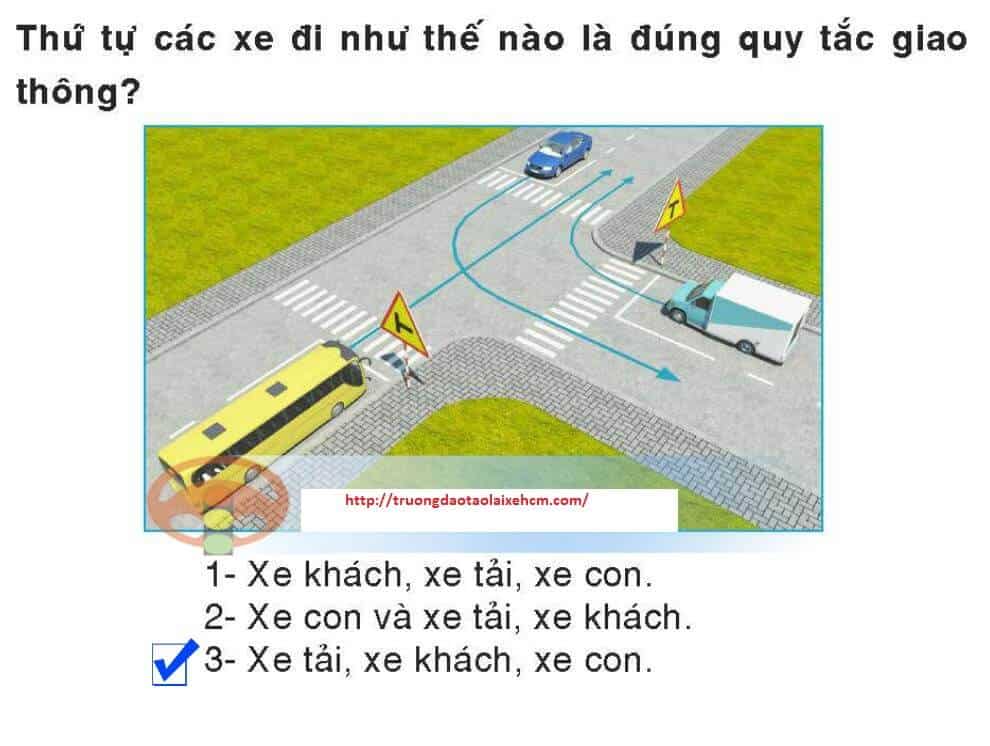
Question 403:
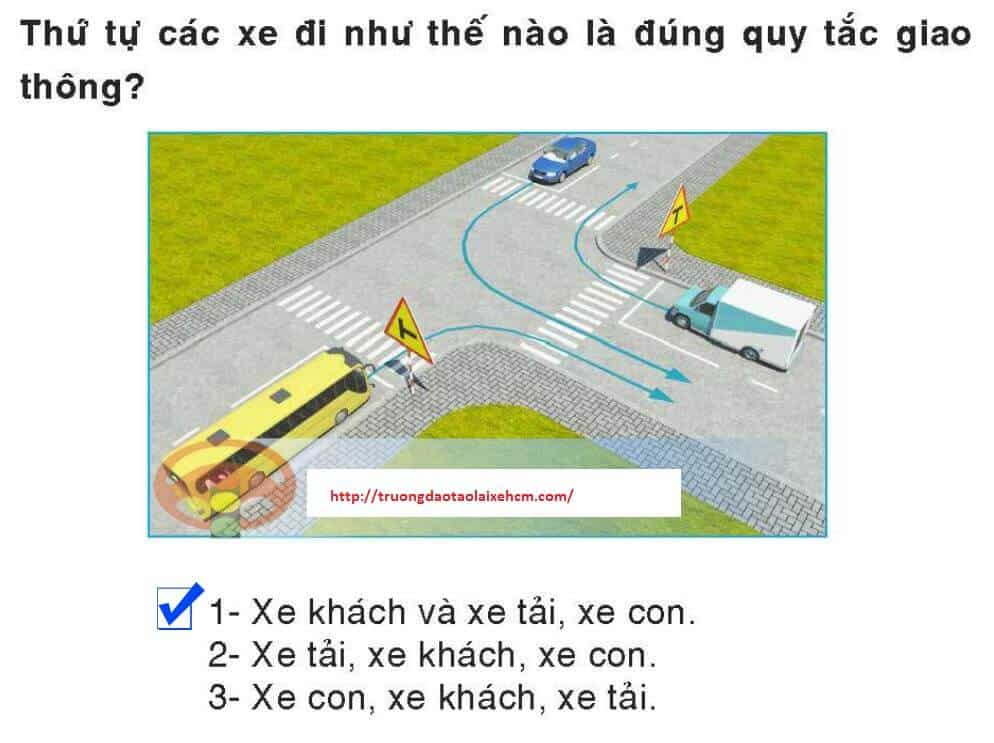
Question 404:
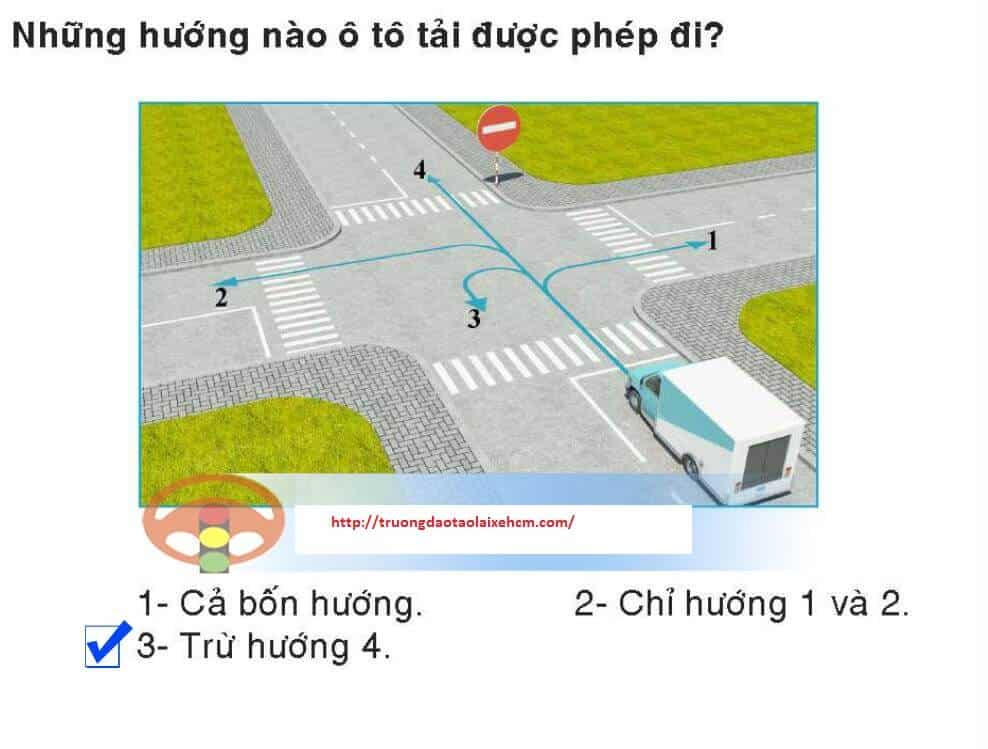
Question 405:
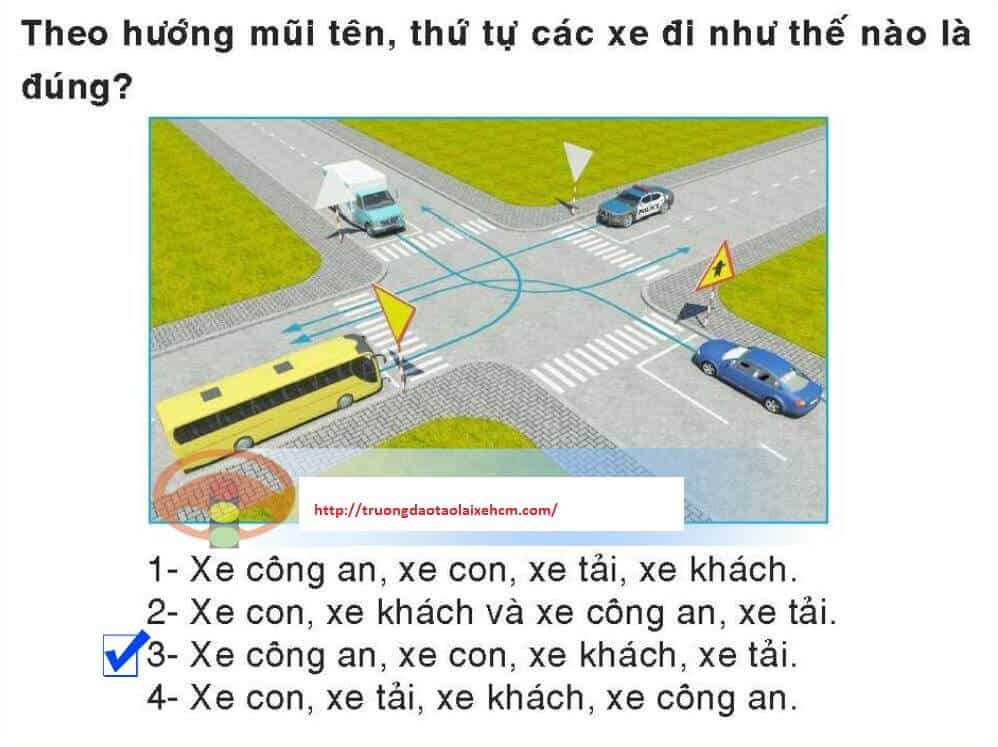
Question 406:
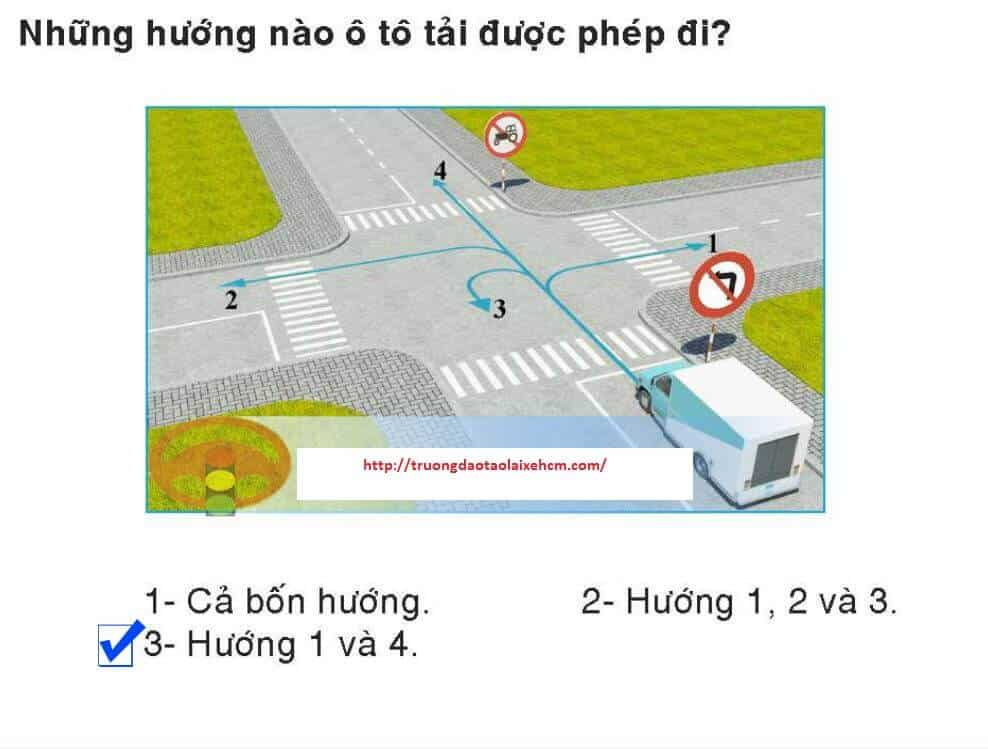
Question 407:
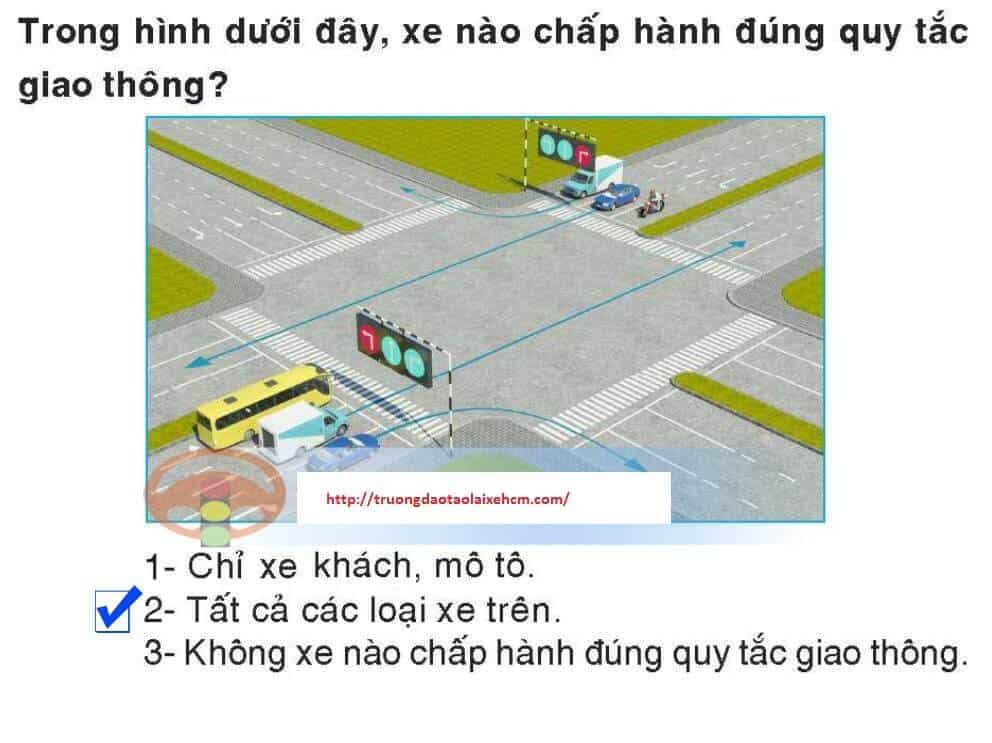
Question 408:
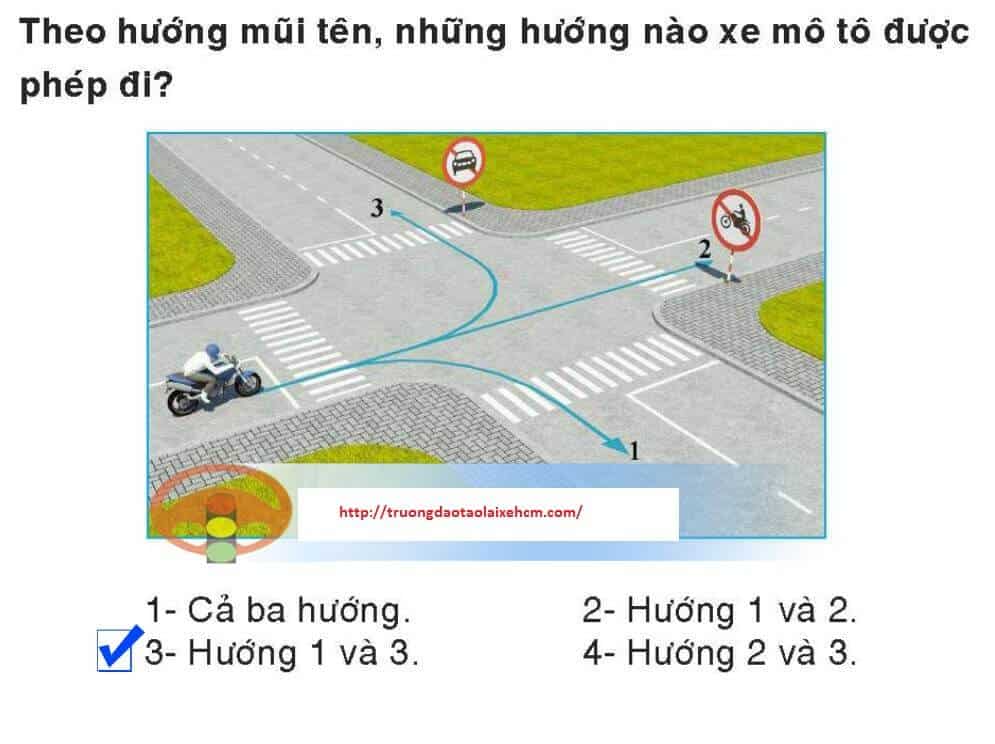
Question 409:
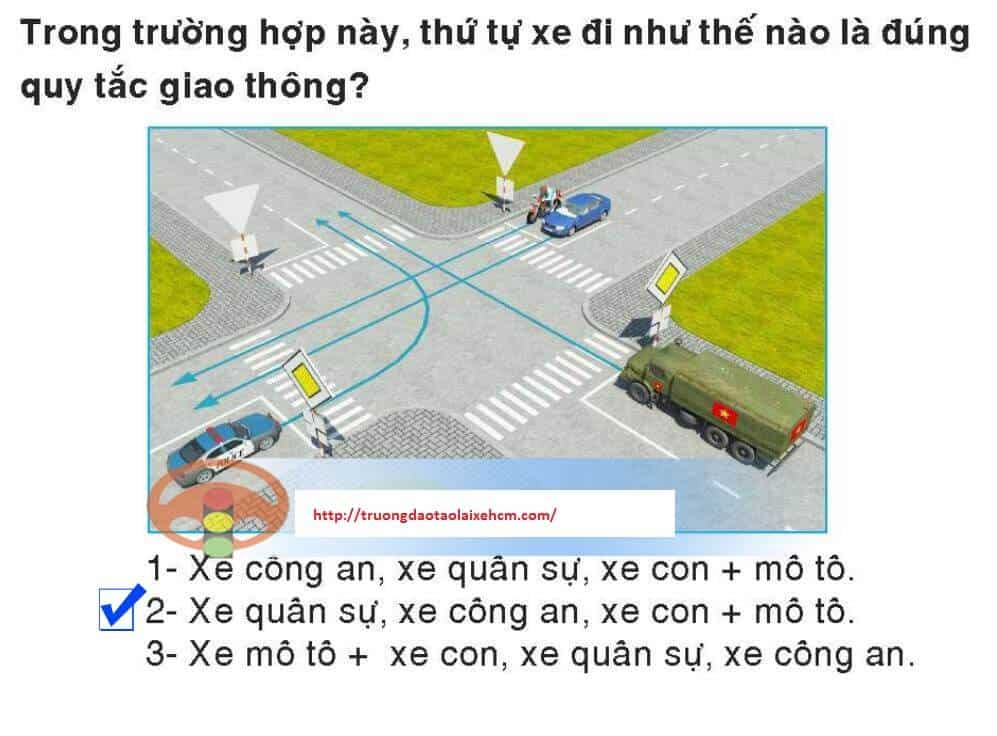
Question 410:
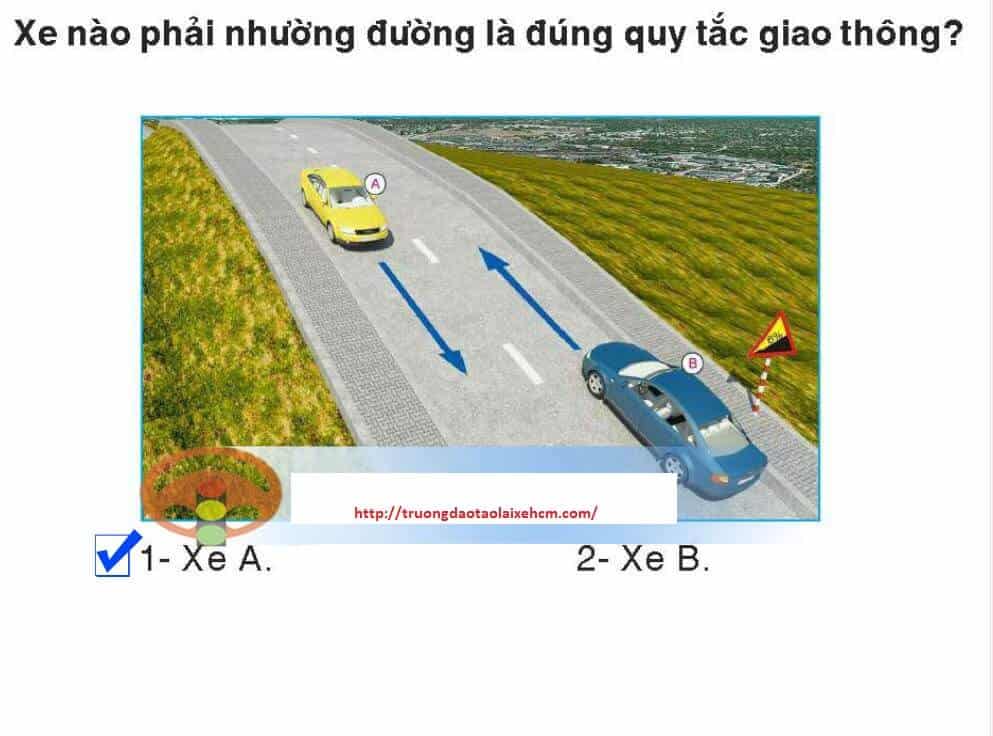
Question 411:
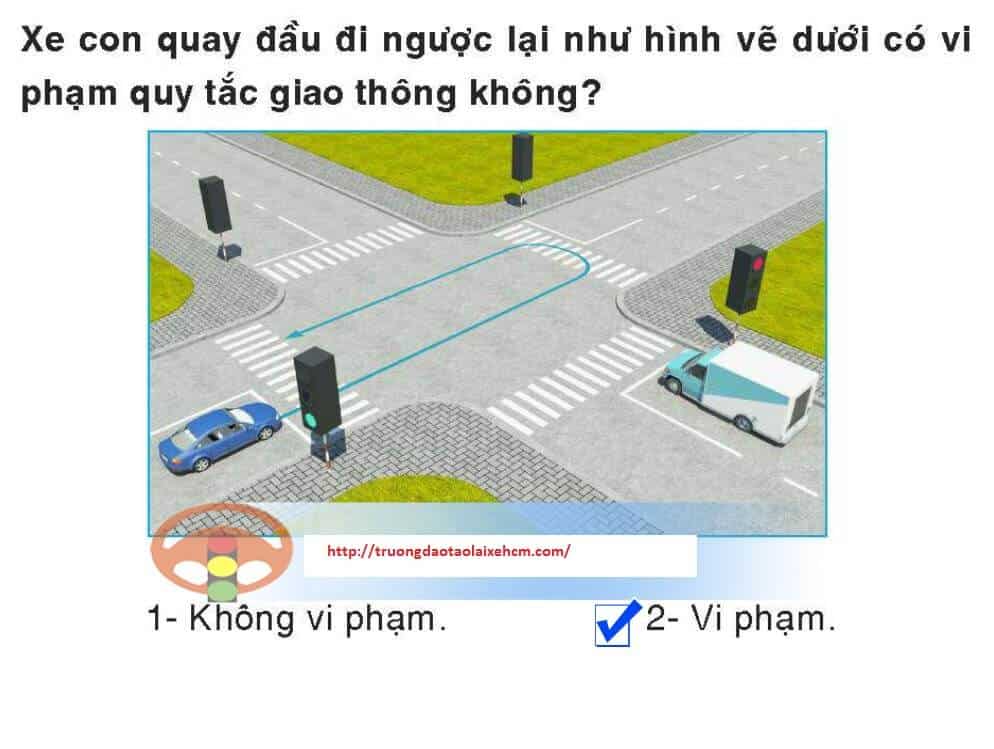
Question 412:
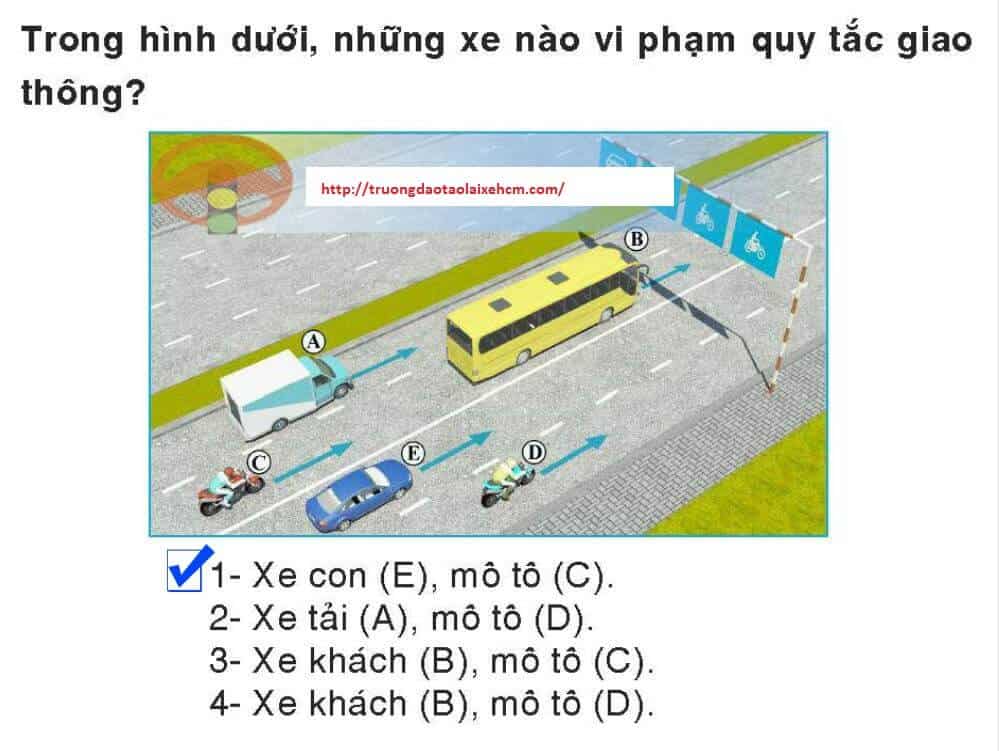
Question 413:
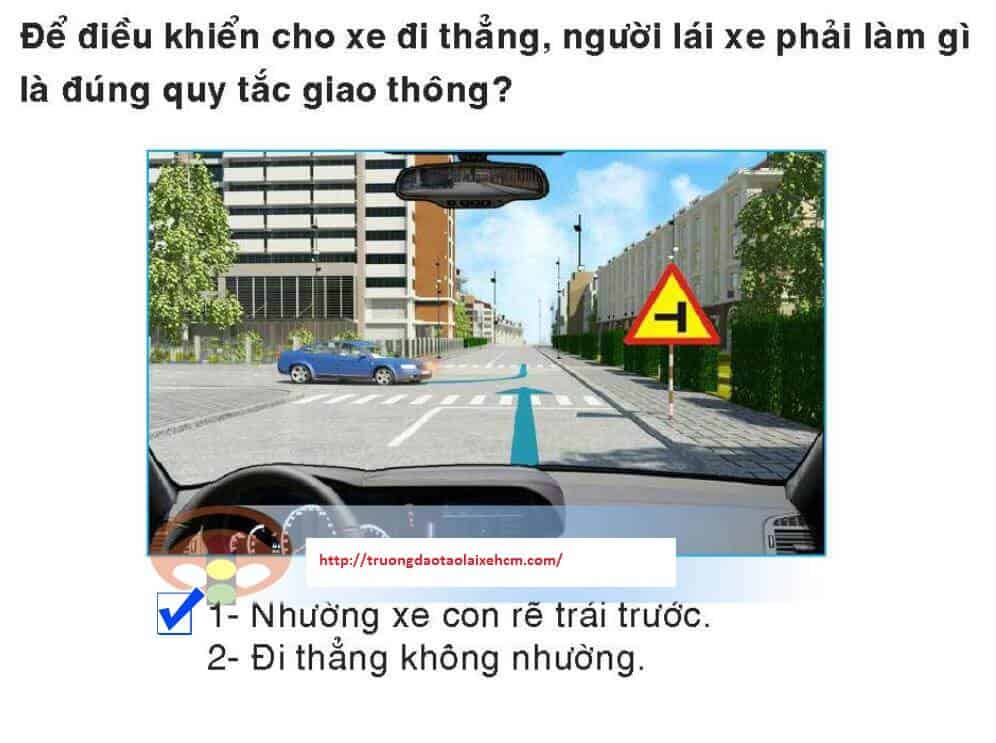
Question 414:
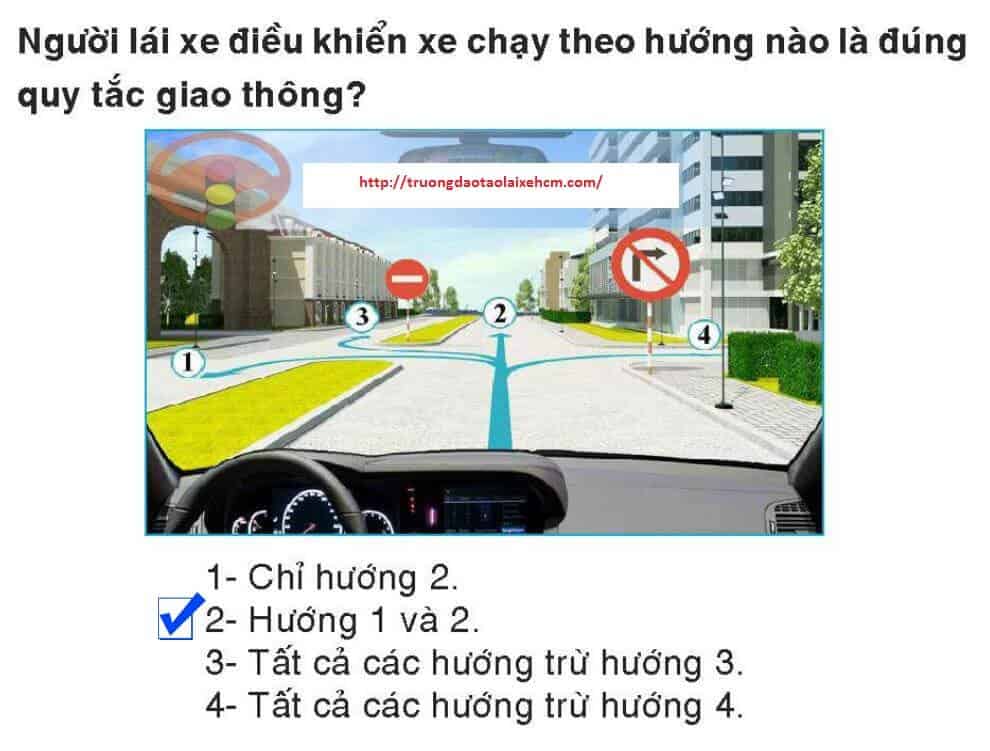
Question 415:
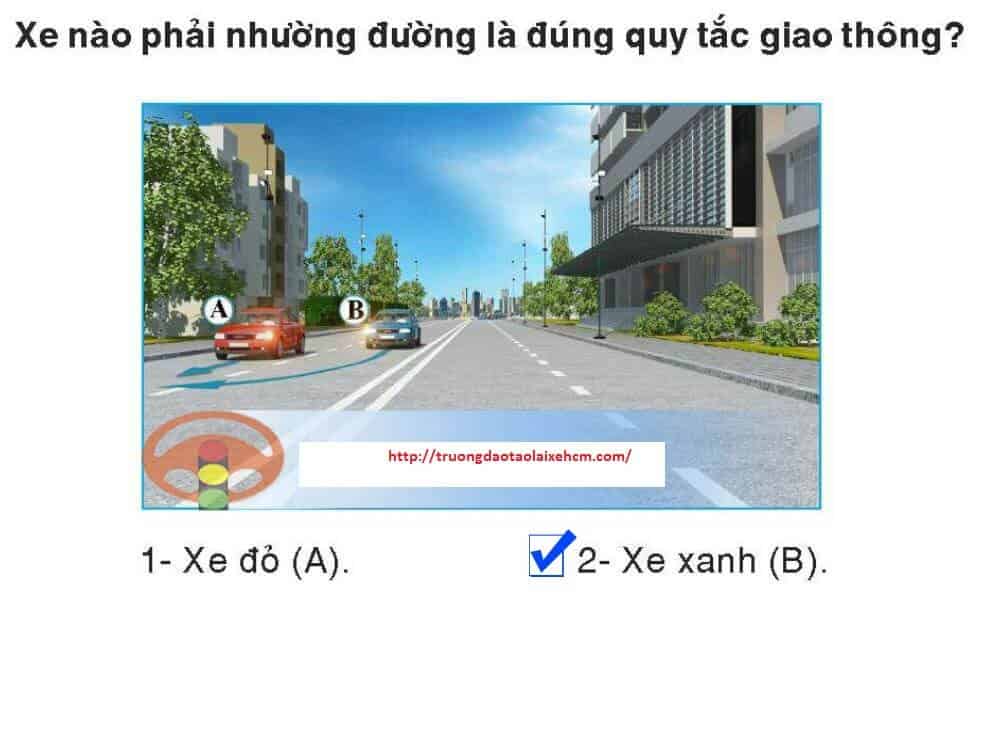
Question 416:
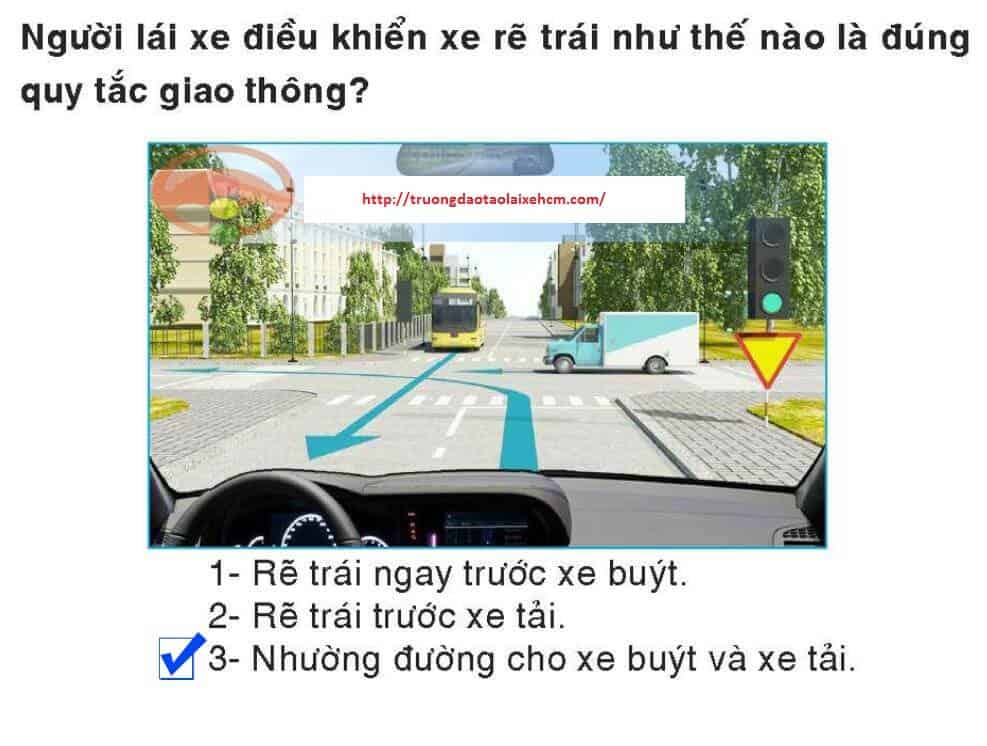
Question 417:
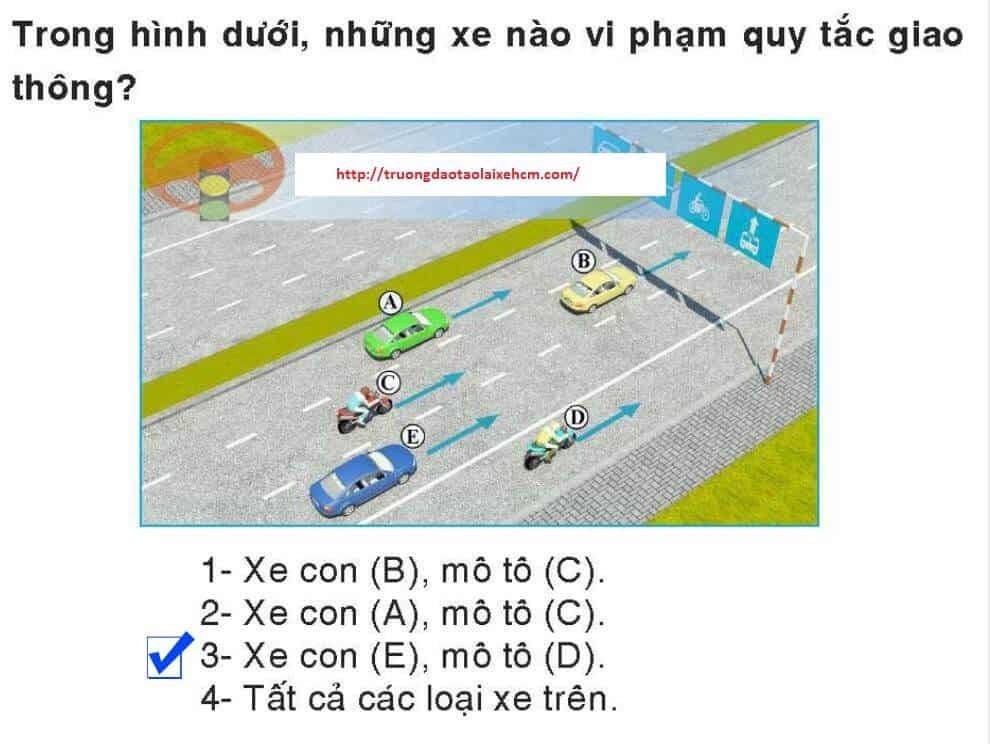
Question 418:
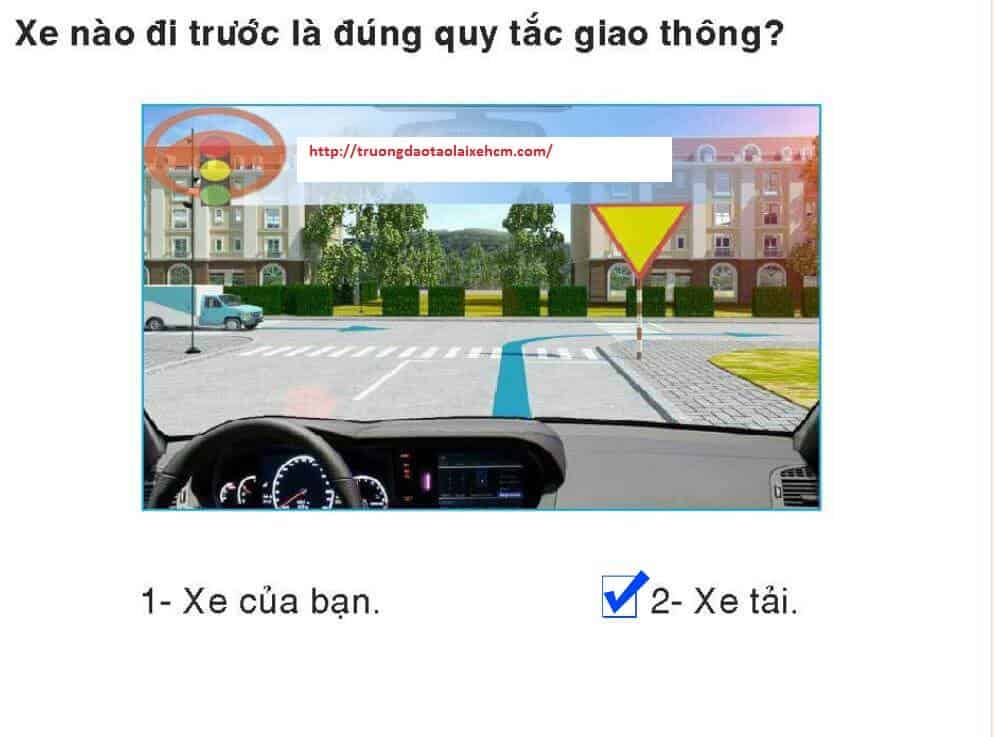
Question 419:
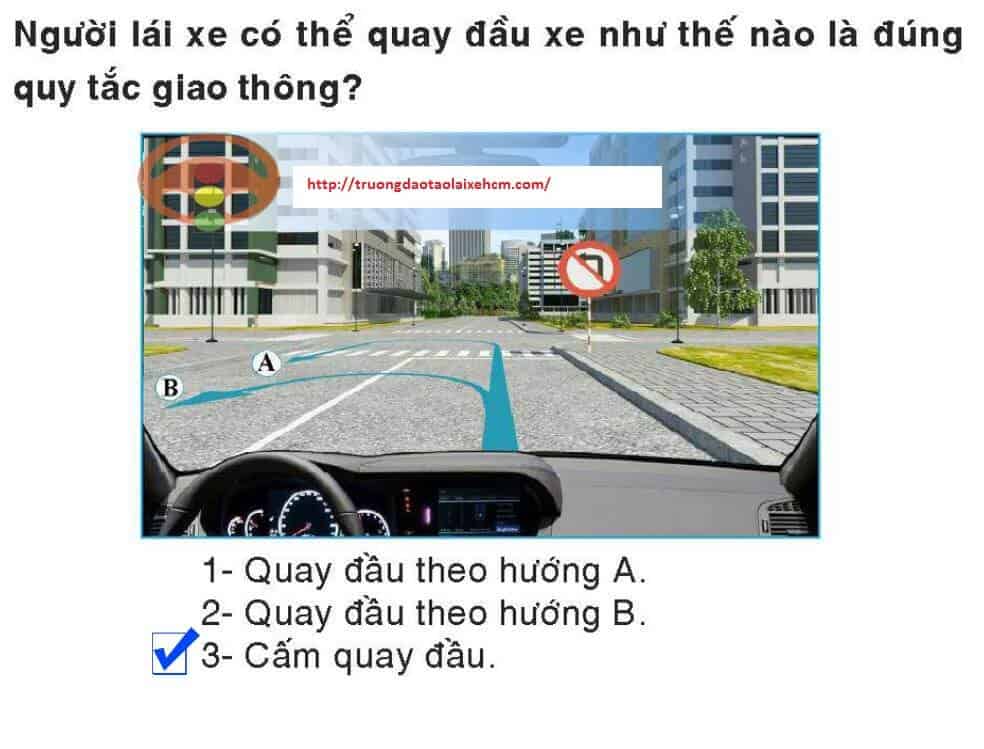
Question 420:
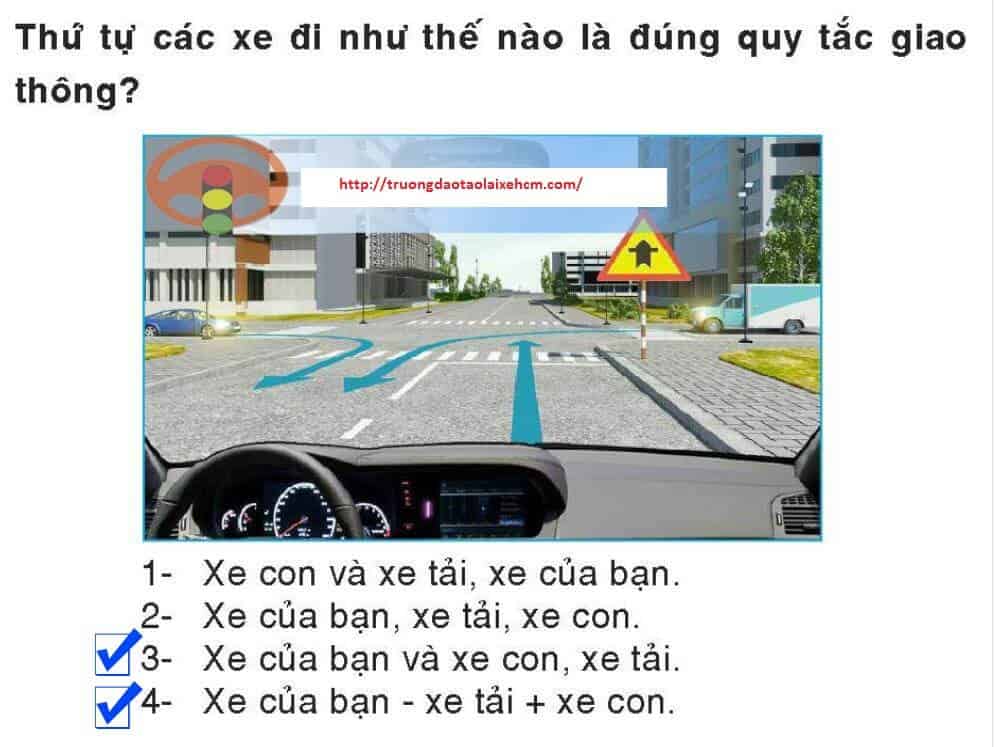
Question 421:
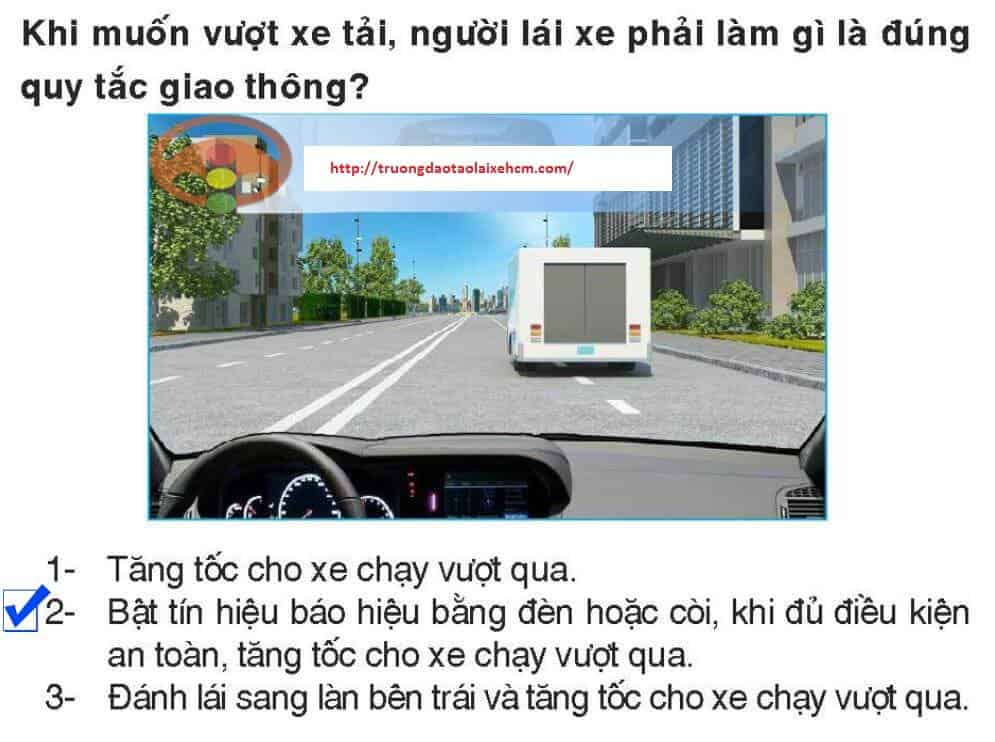
Question 422:
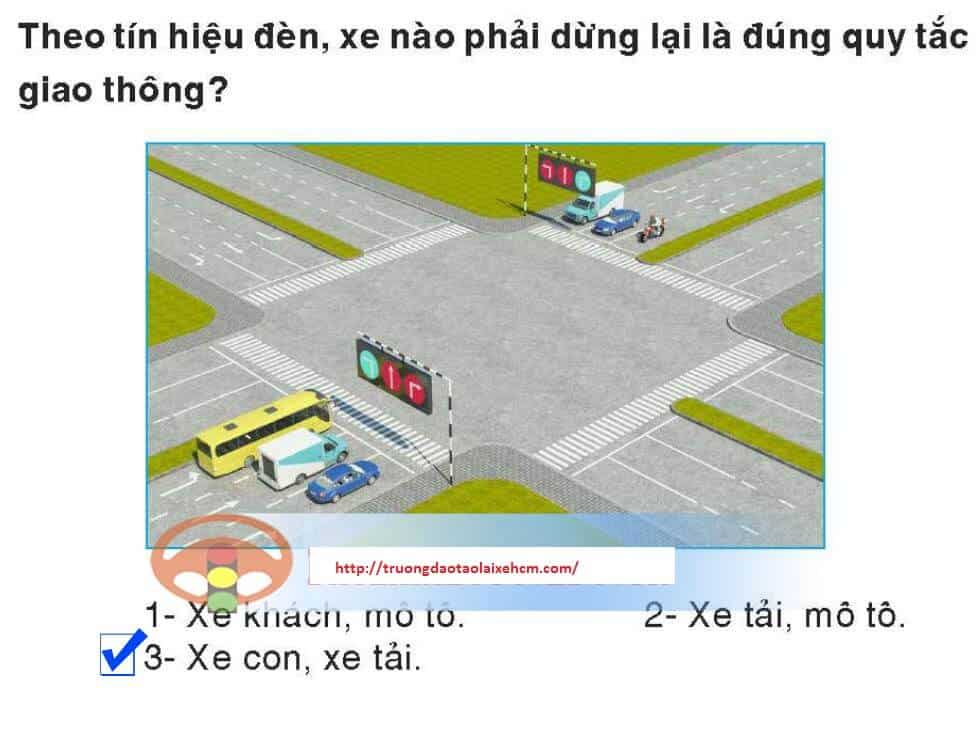
Question 423:
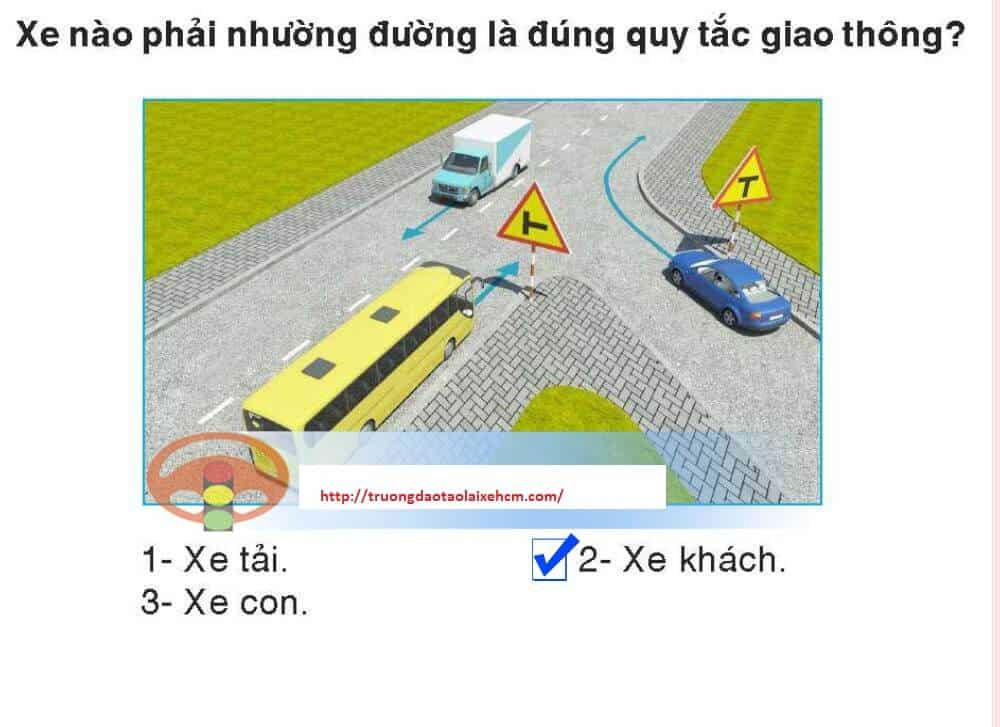
Question 424:
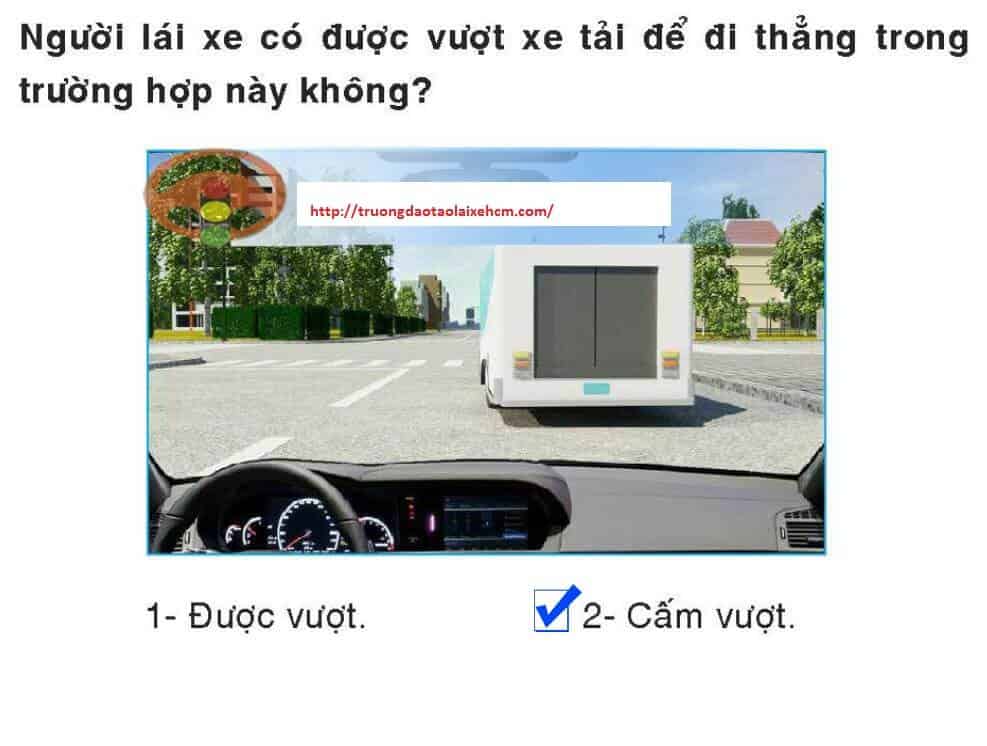
Question 425:
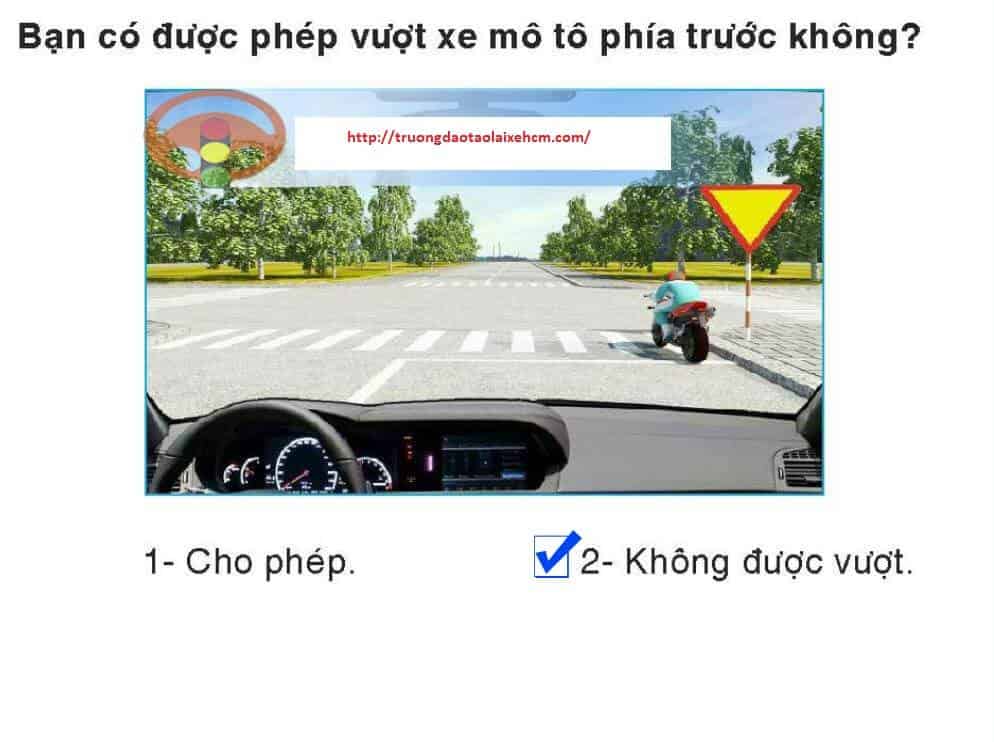
Question 426:
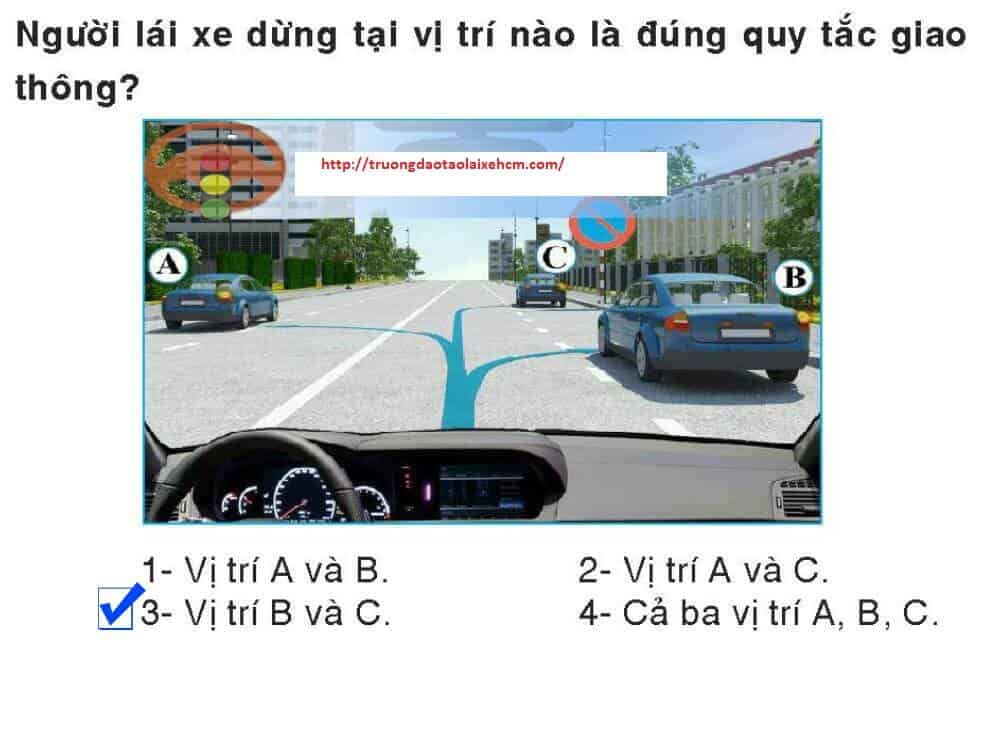
Question 427:
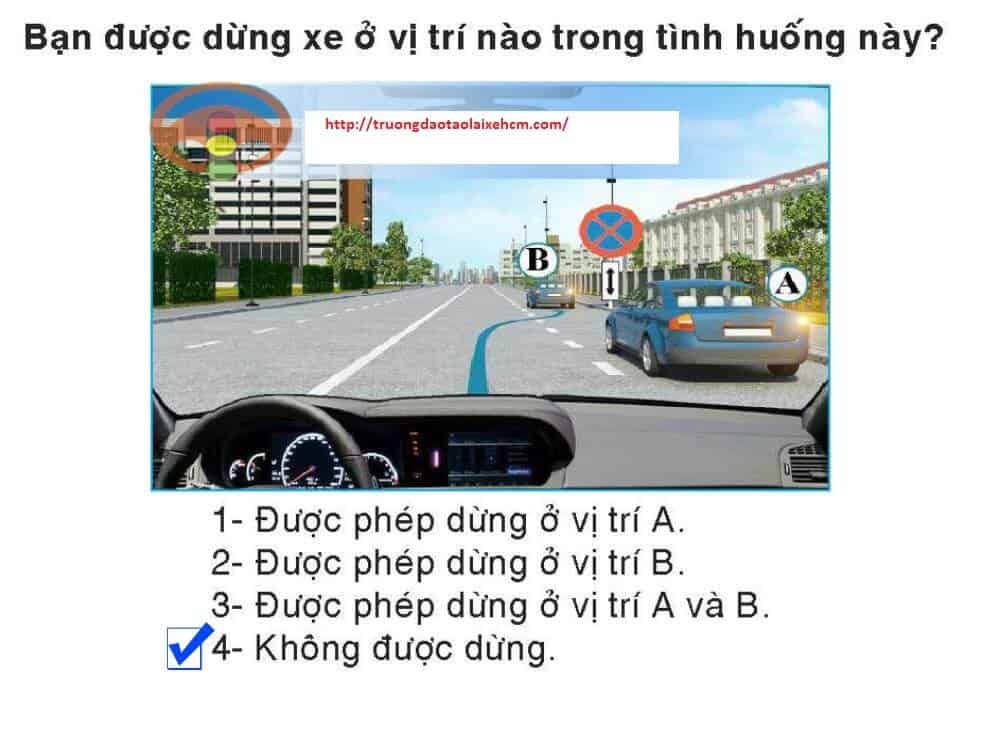
Question 428:
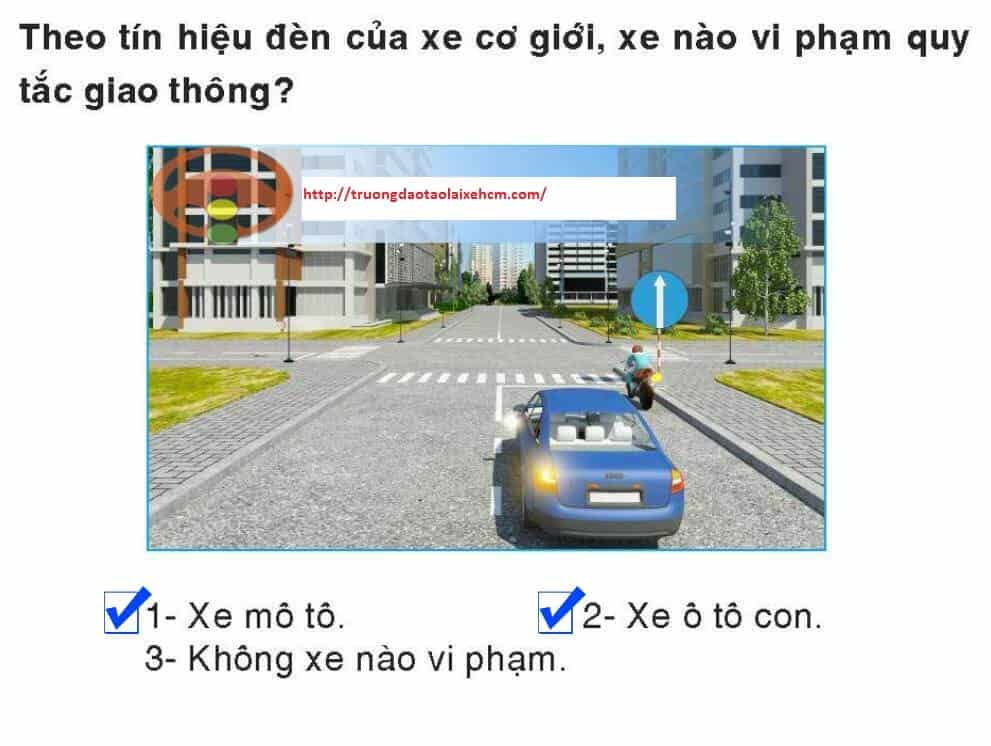
Question 429:
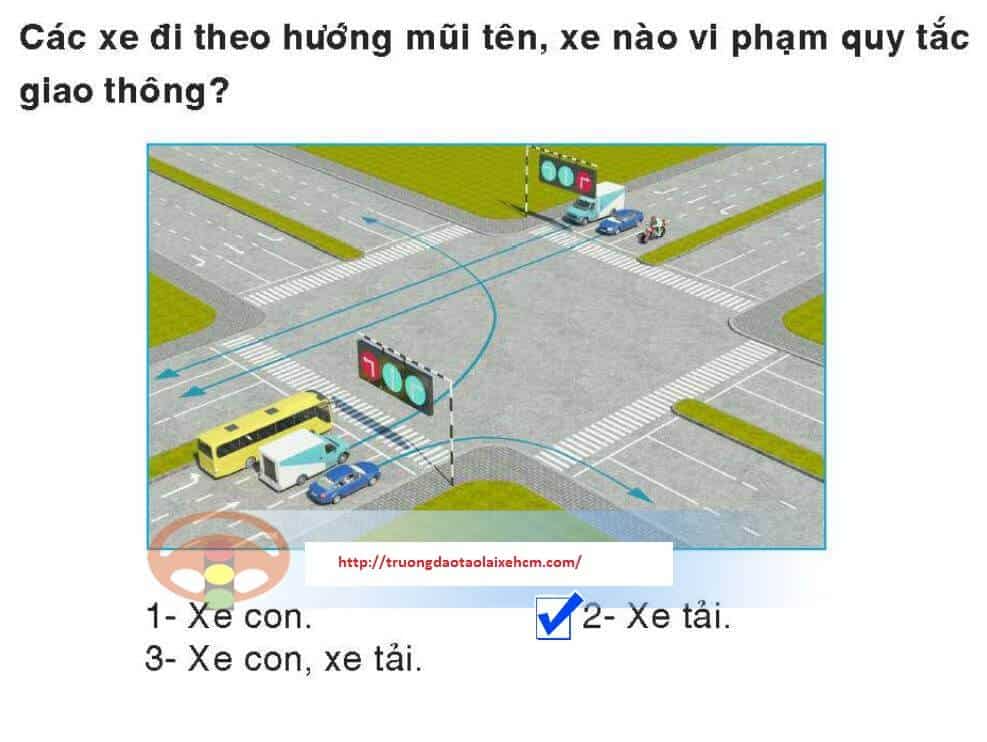
Question 430:
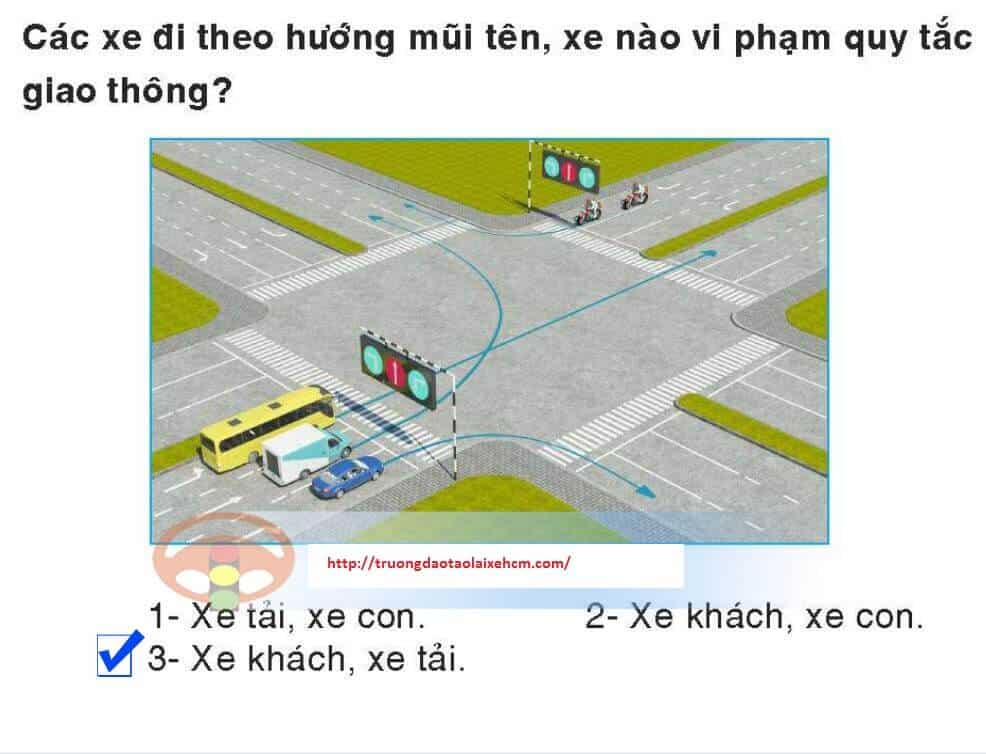
Question 431:
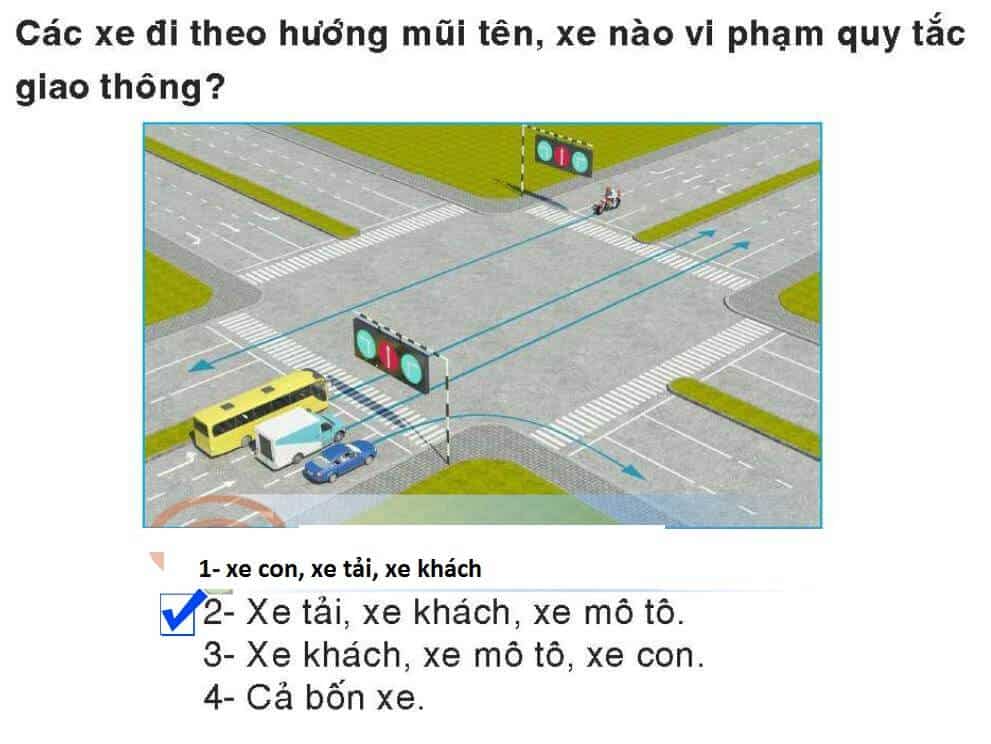
Question 432:
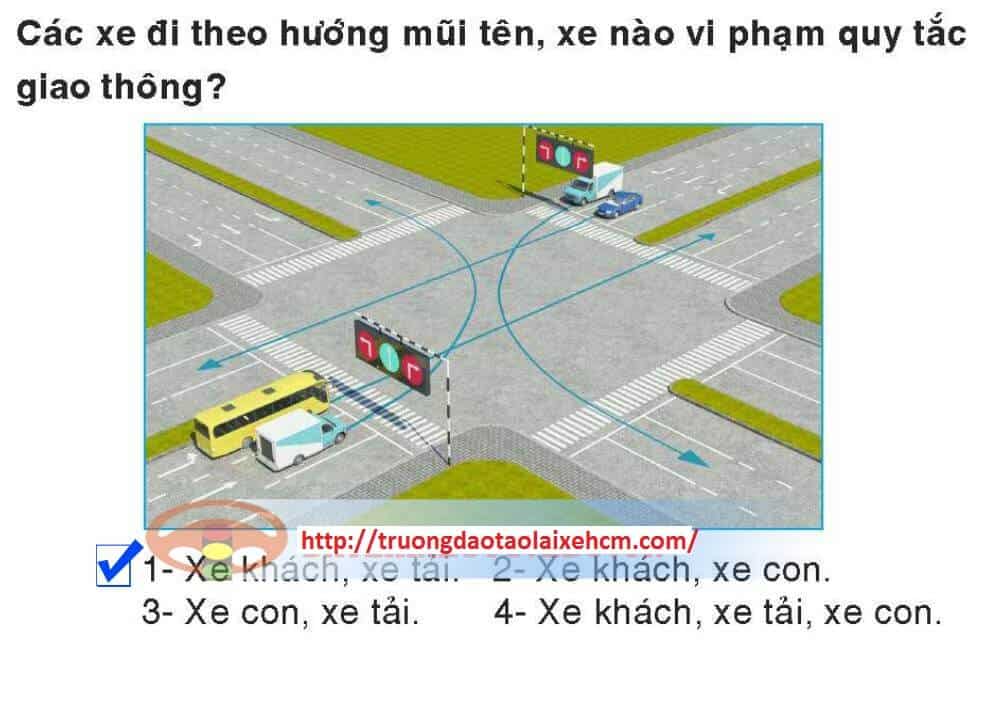
Question 433:
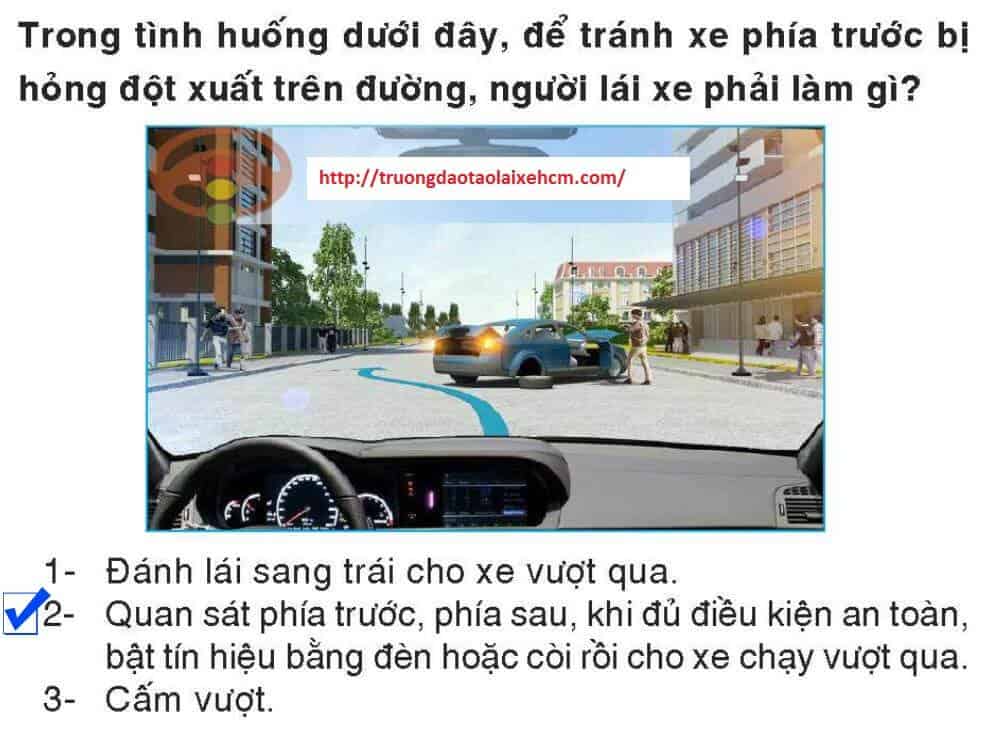
Question 434:
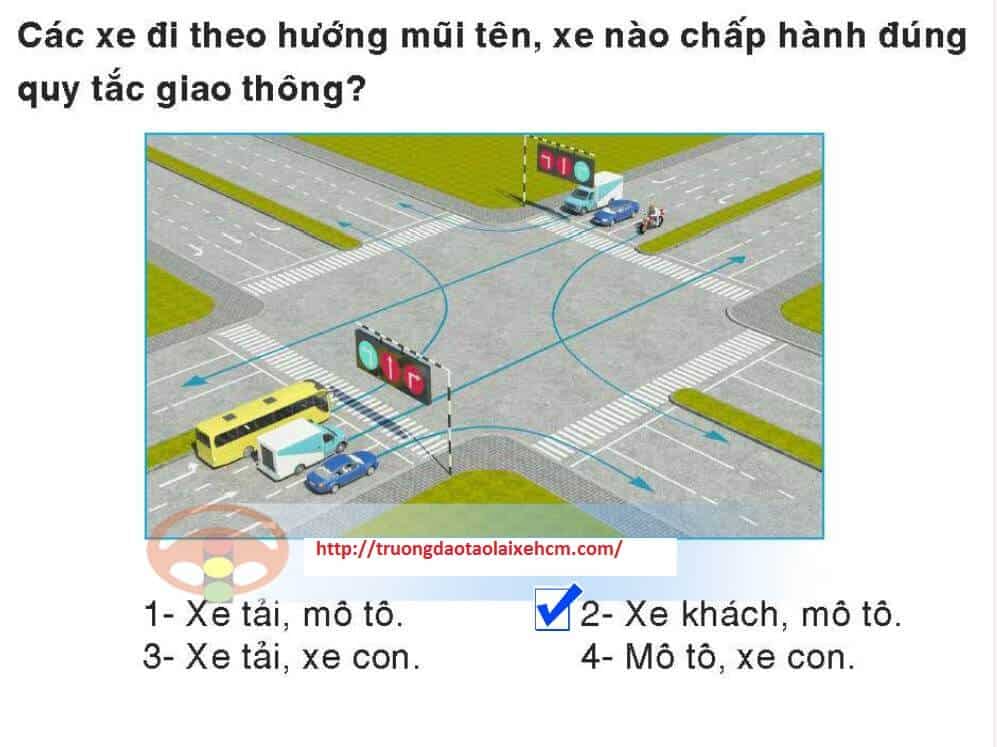
Question 435:
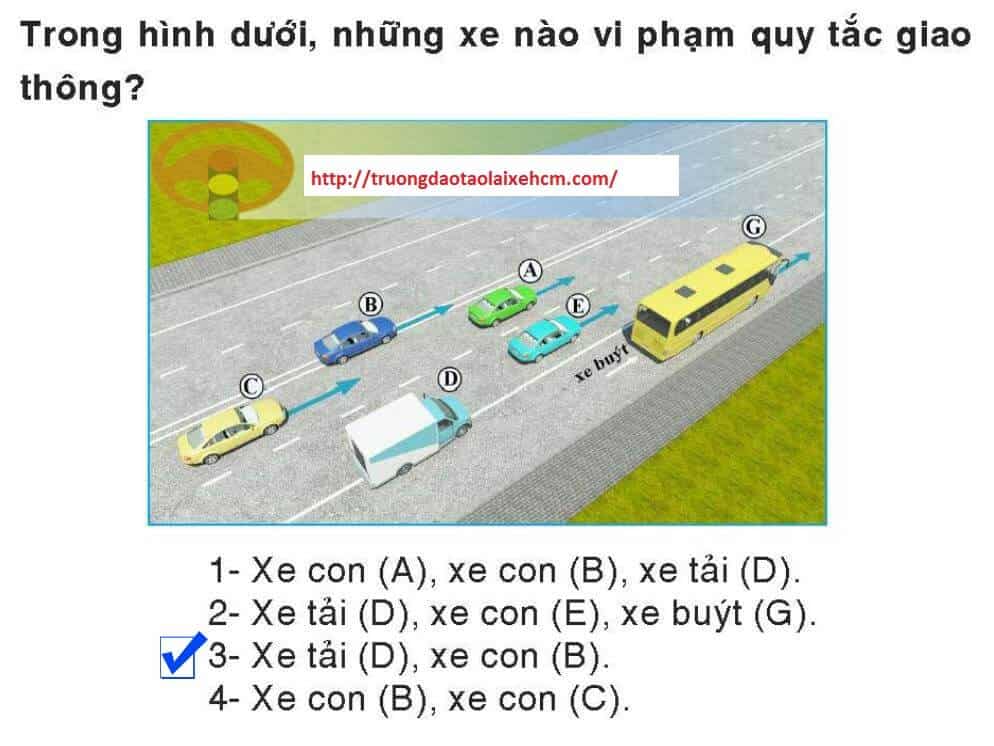
Question 436:
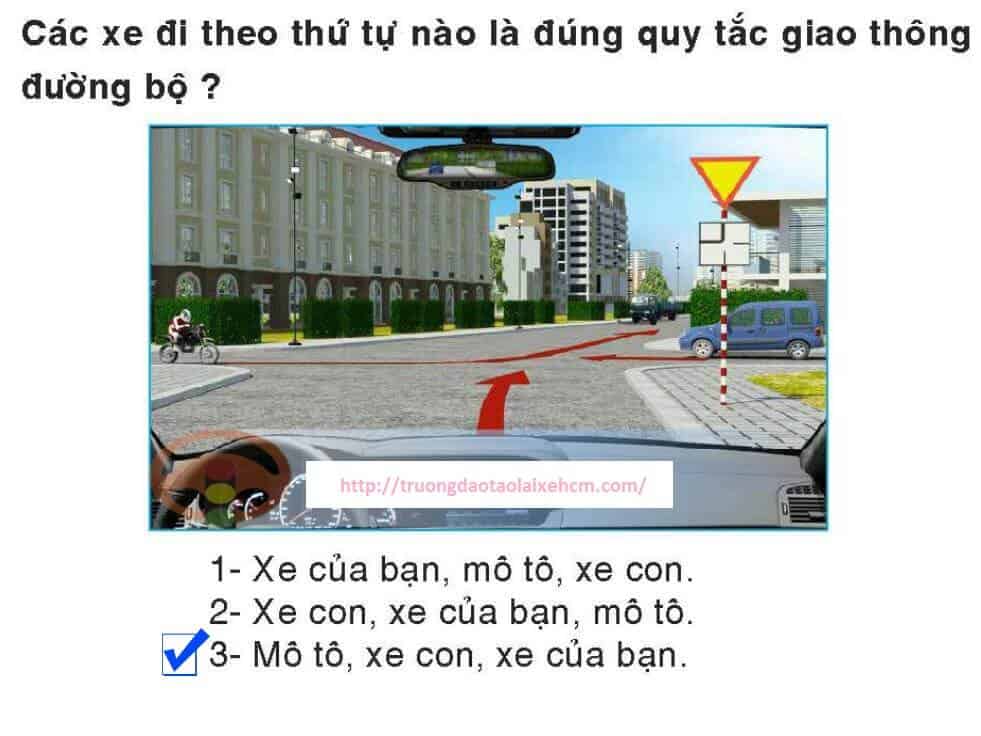
Question 437:
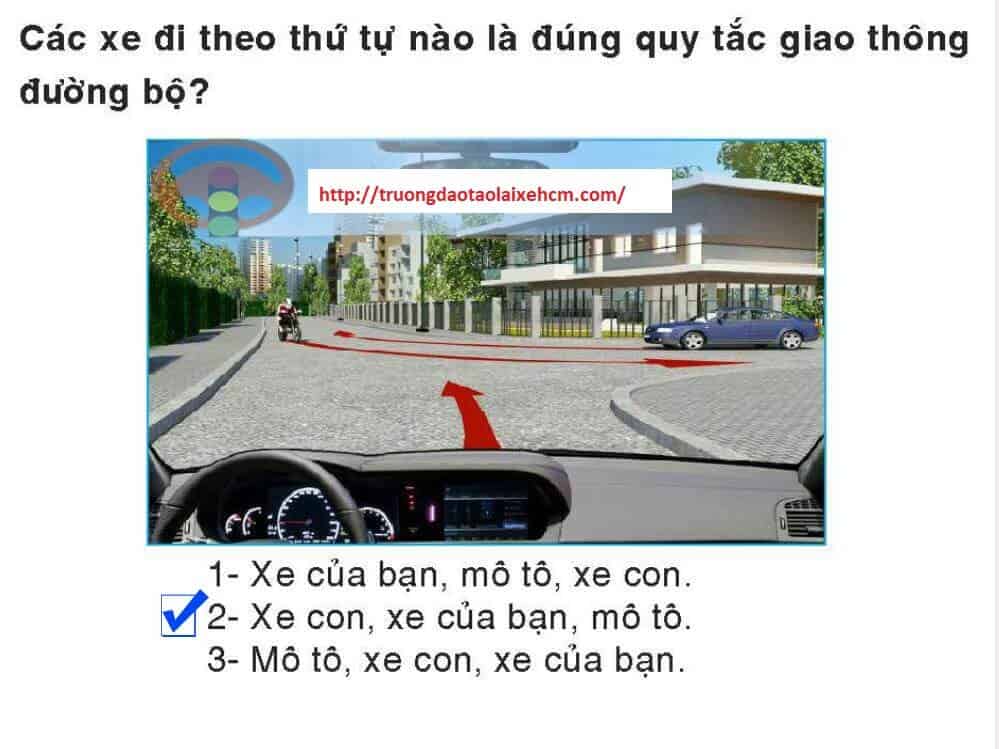
Question 438:
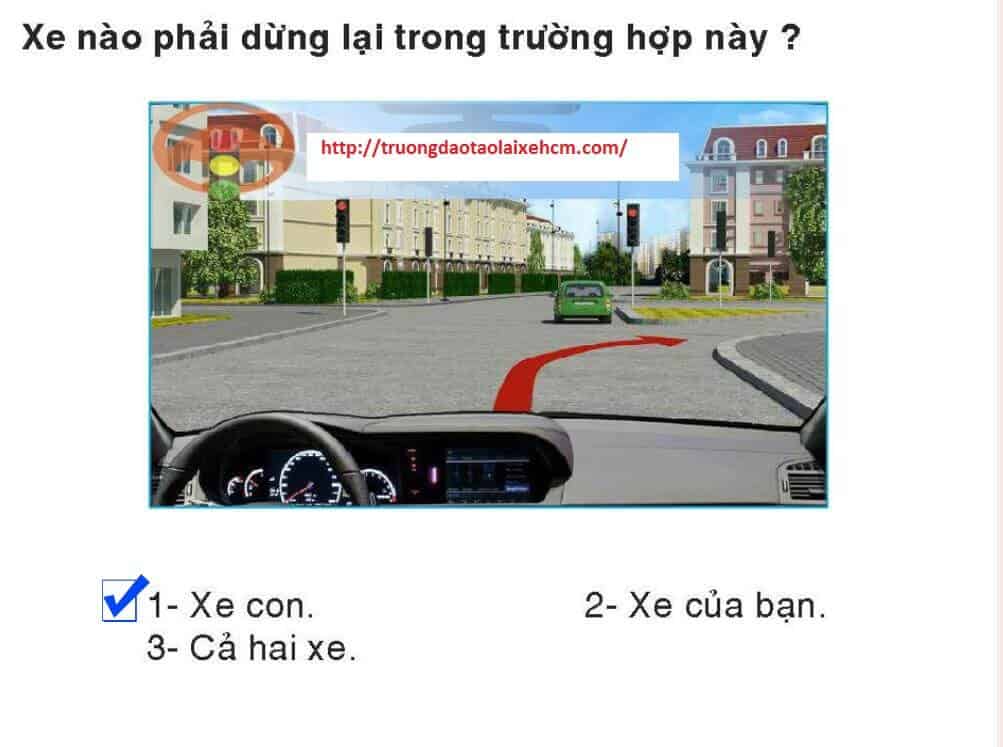
Question 439:
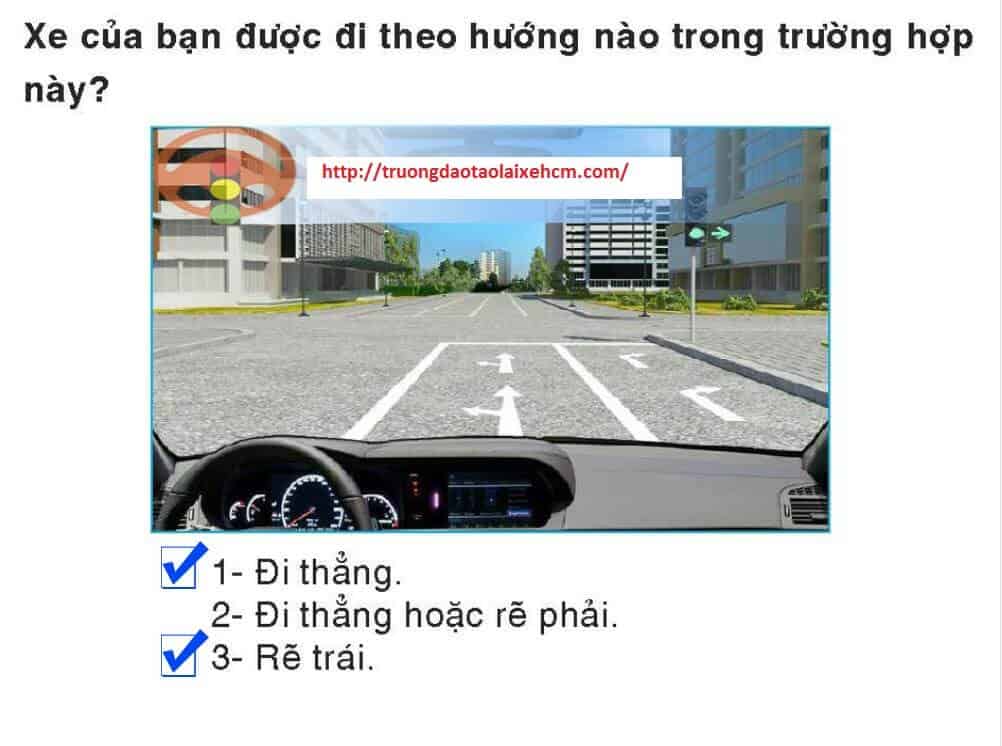
Question 440:
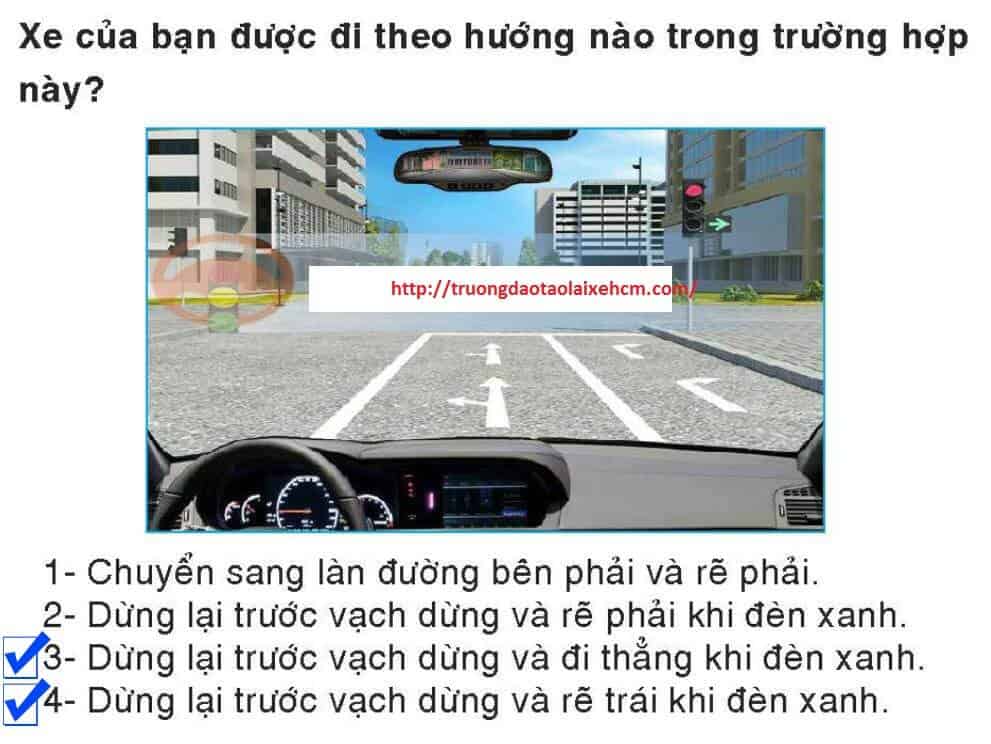
Question 441:
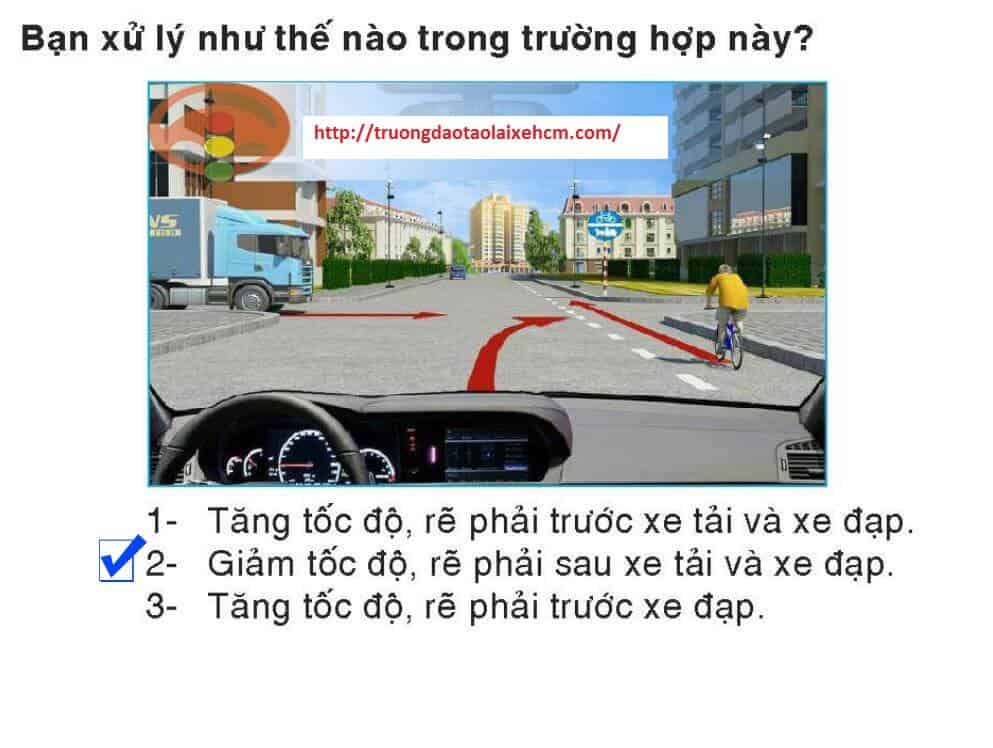
Question 442:
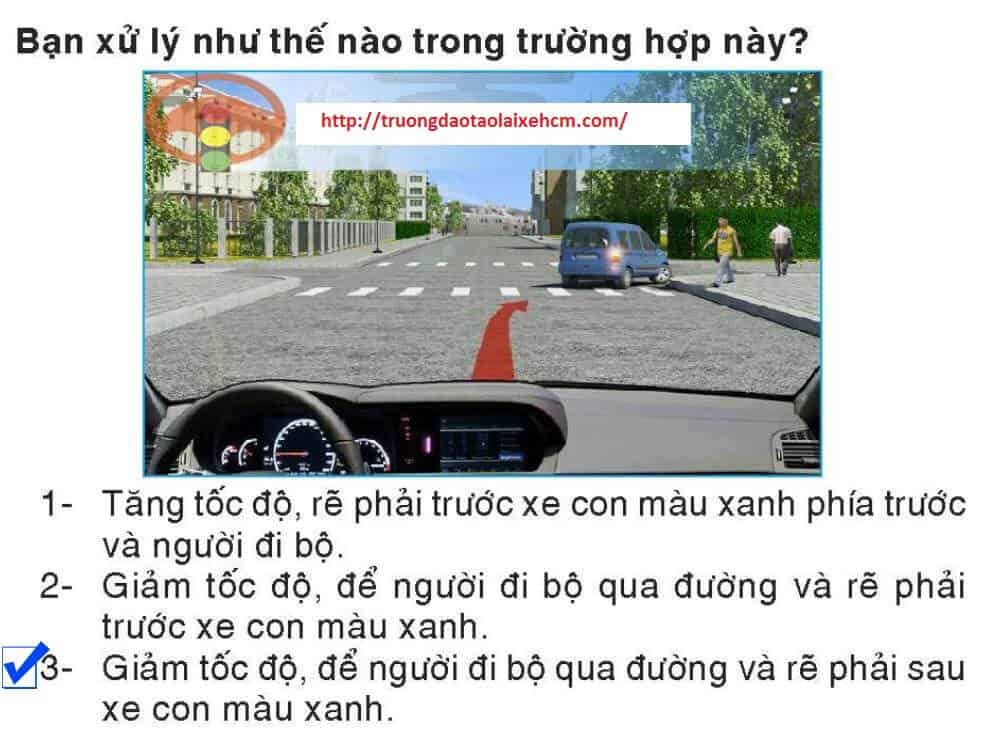
Question 443:
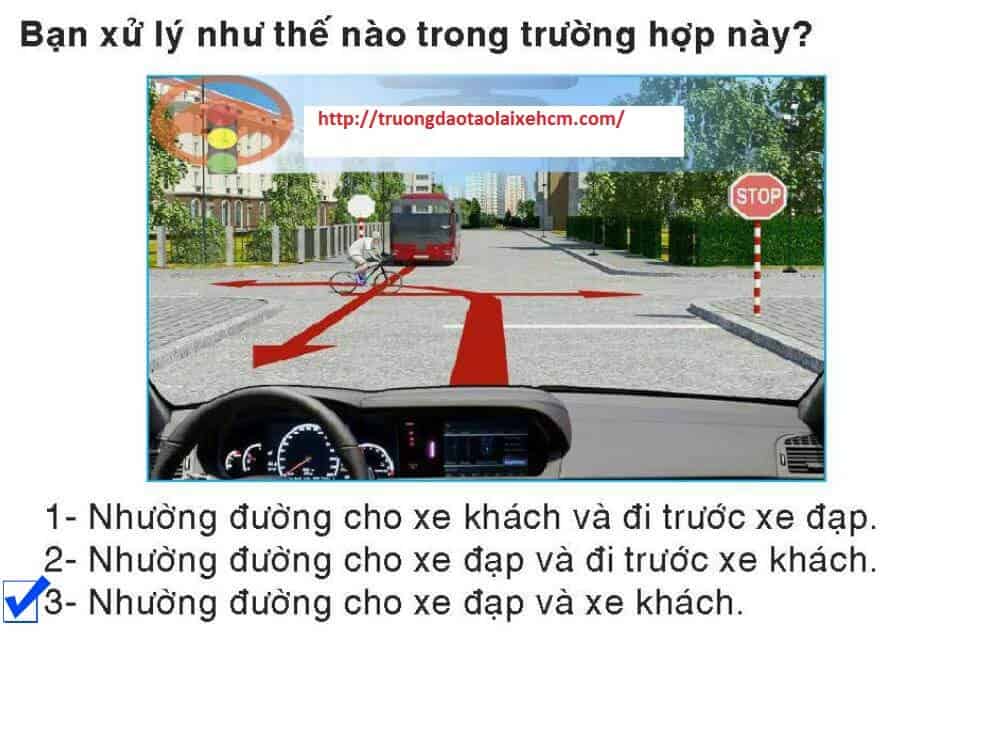
Question 444:
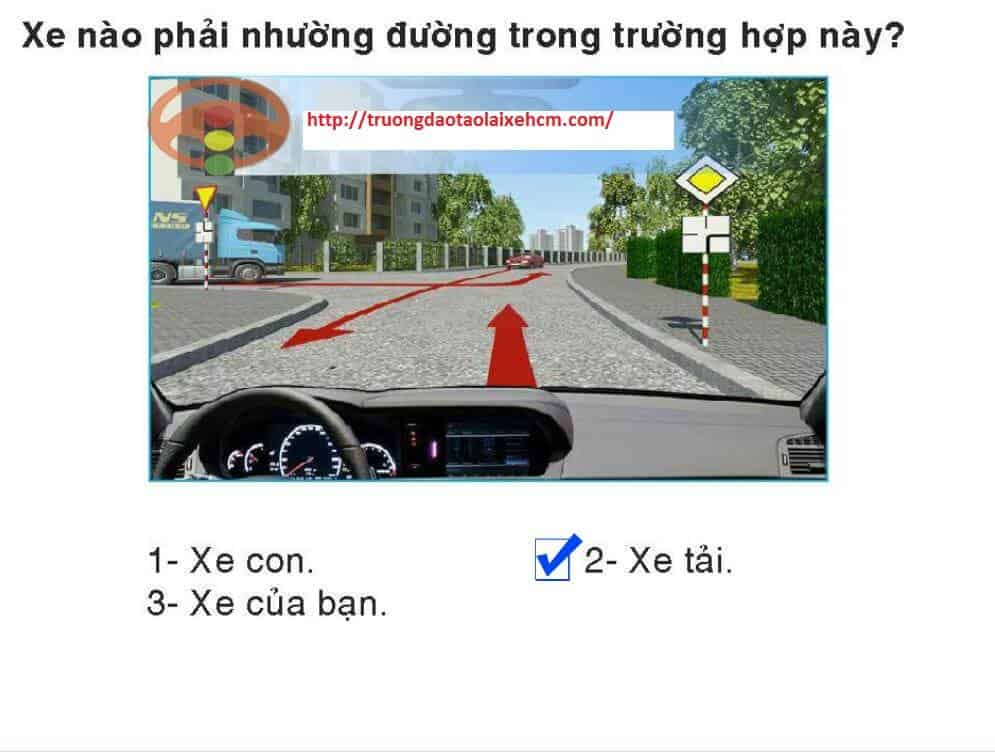
Question 445:
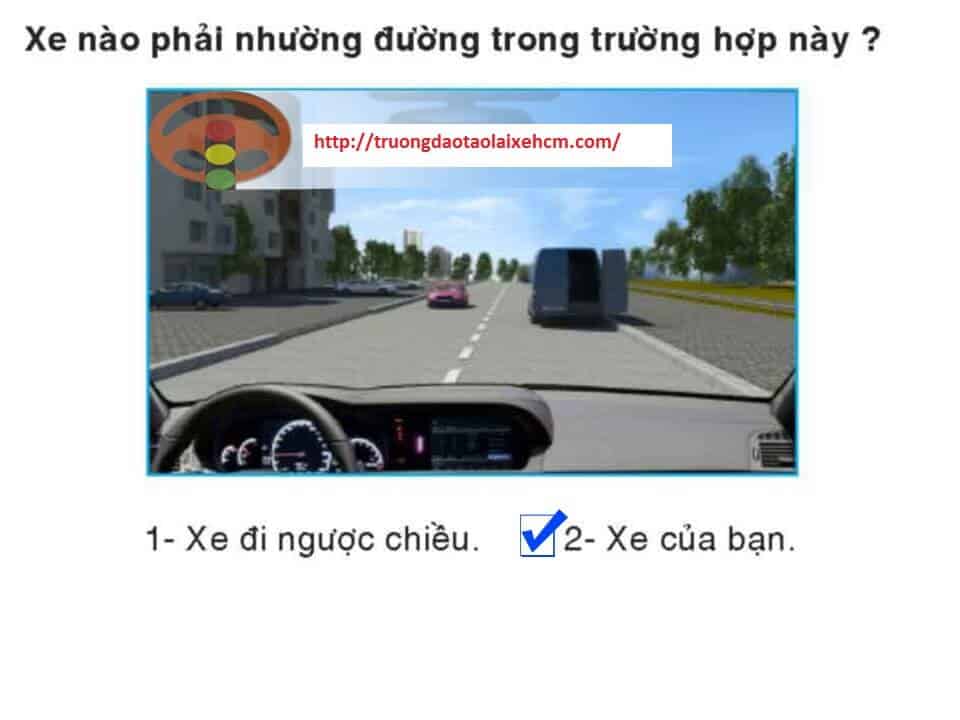
Question 446:
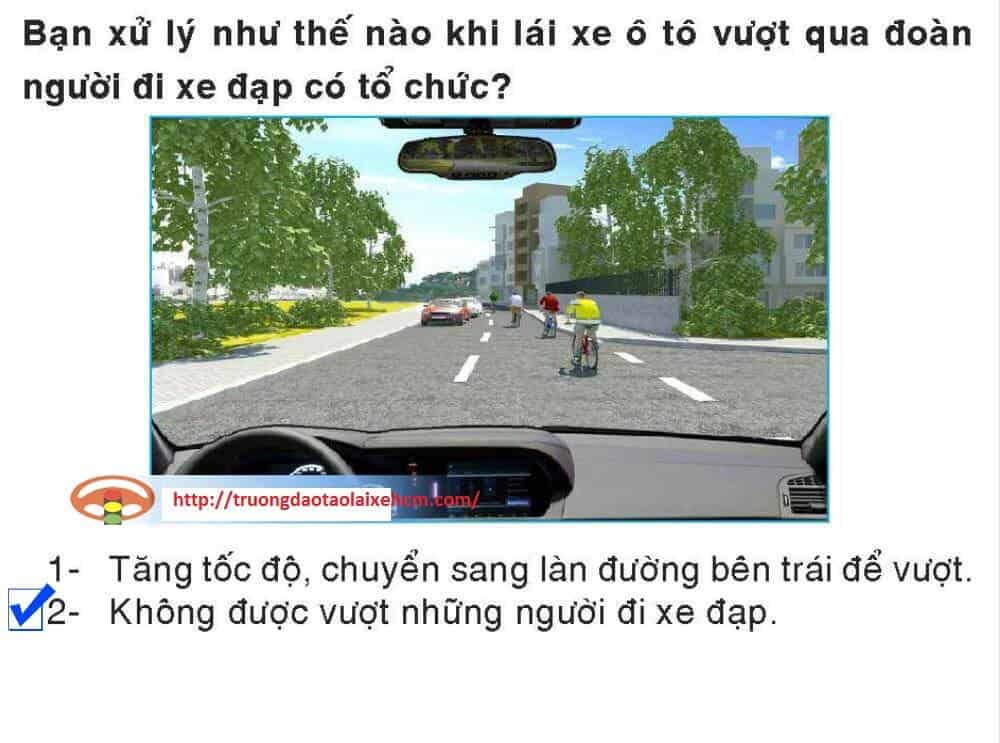
Question 447:
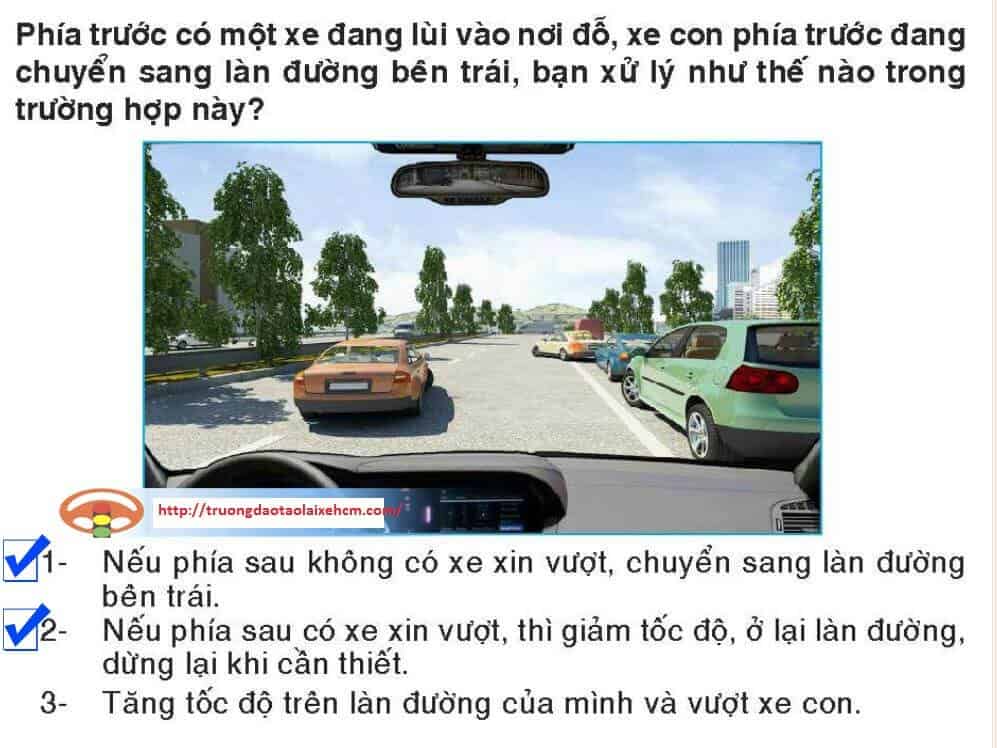
Question 448:
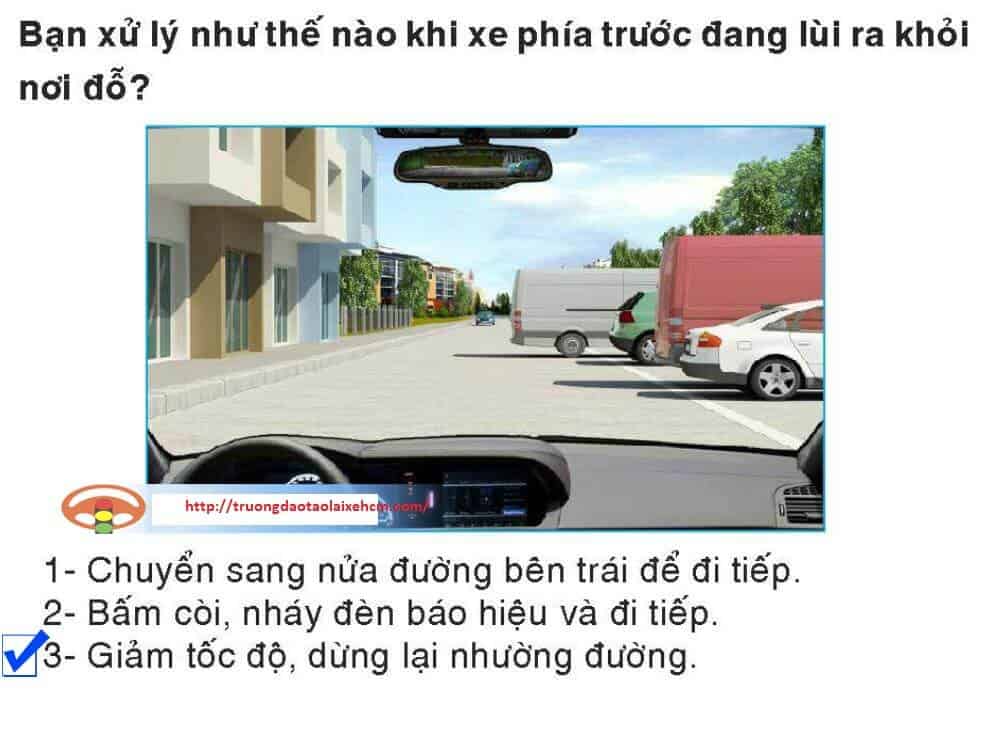
Question 449:
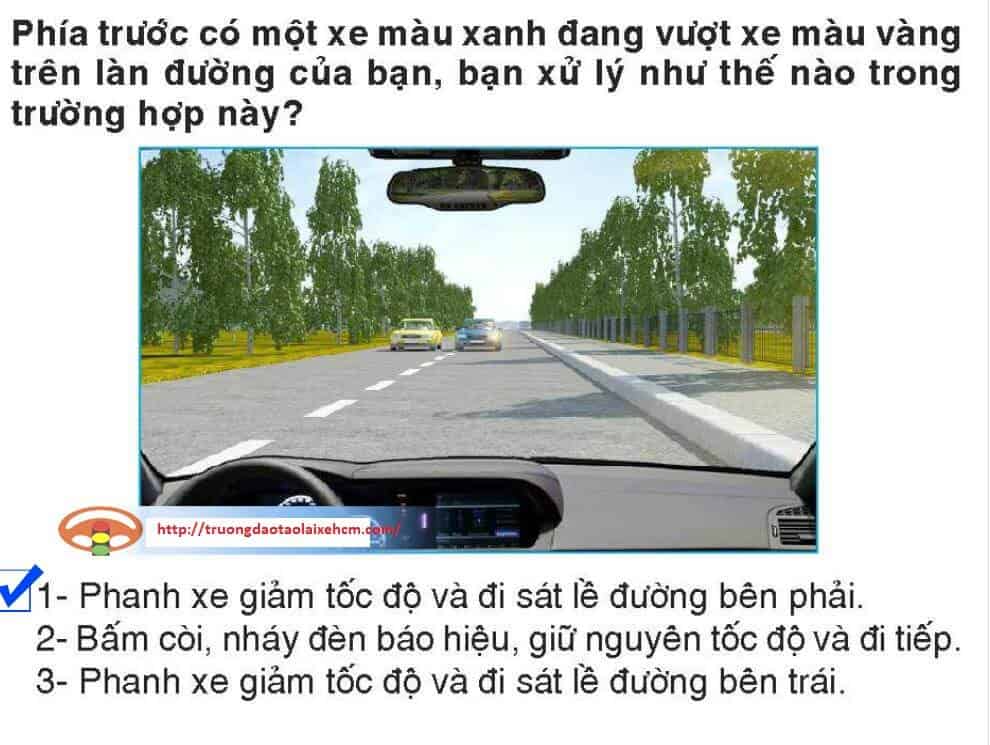
Question 450:
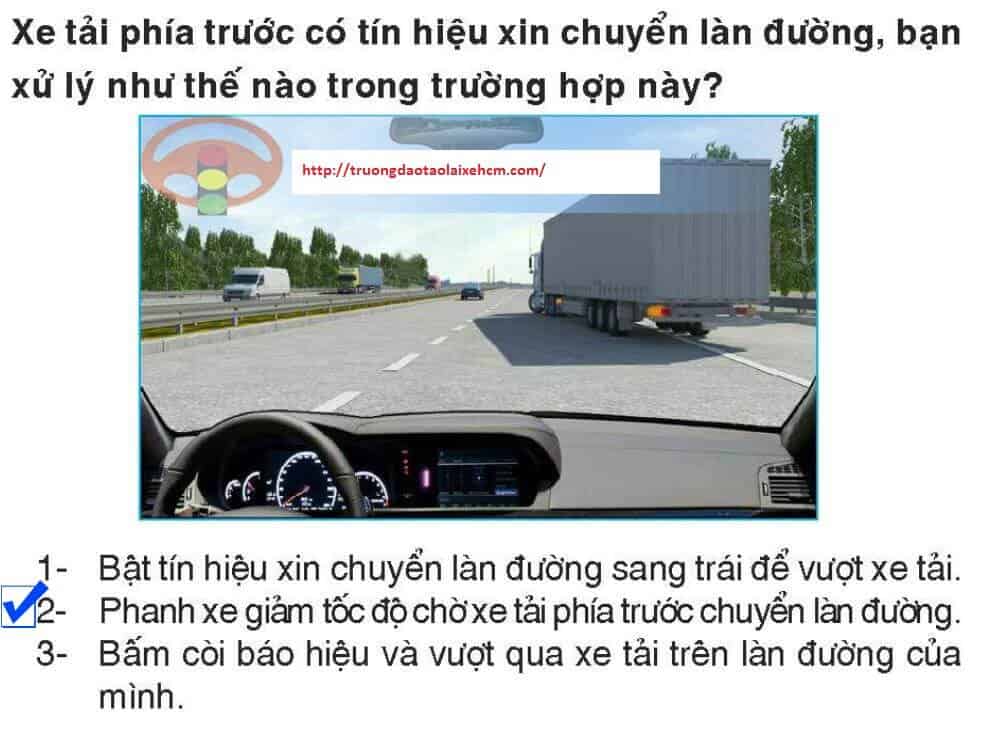
==> Videos Instructions on how to do 15 detailed car driving test questions (with clear explanations of each sentence, each topic, helping you to understand all by listening):
Video solving 15 theory test questions for car driving licenseYou don't forget 60 Driving License Theory Test Score Questions
 Driving test & training school in Ho Chi Minh City Training, teaching and driving test school in Ho Chi Minh City
Driving test & training school in Ho Chi Minh City Training, teaching and driving test school in Ho Chi Minh City
